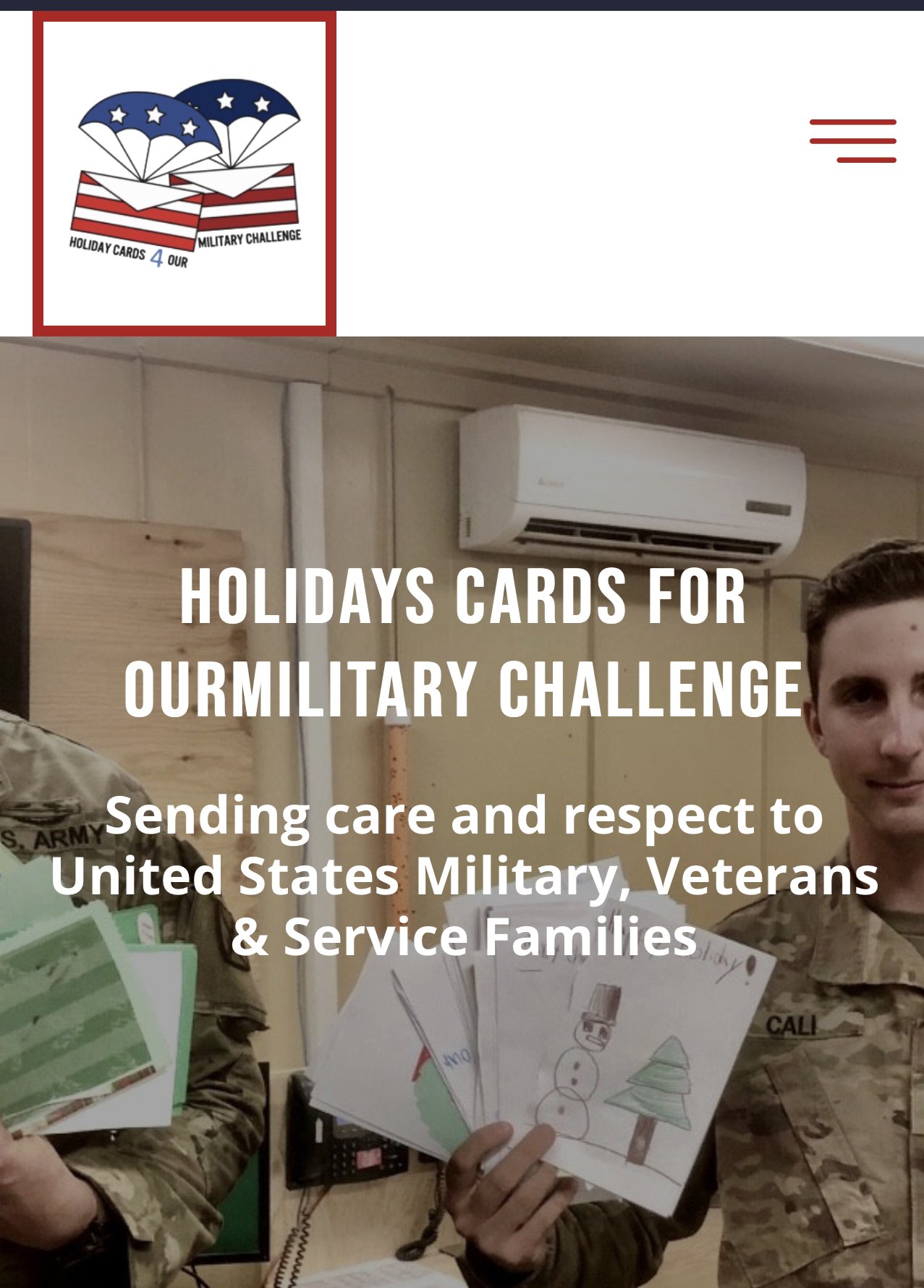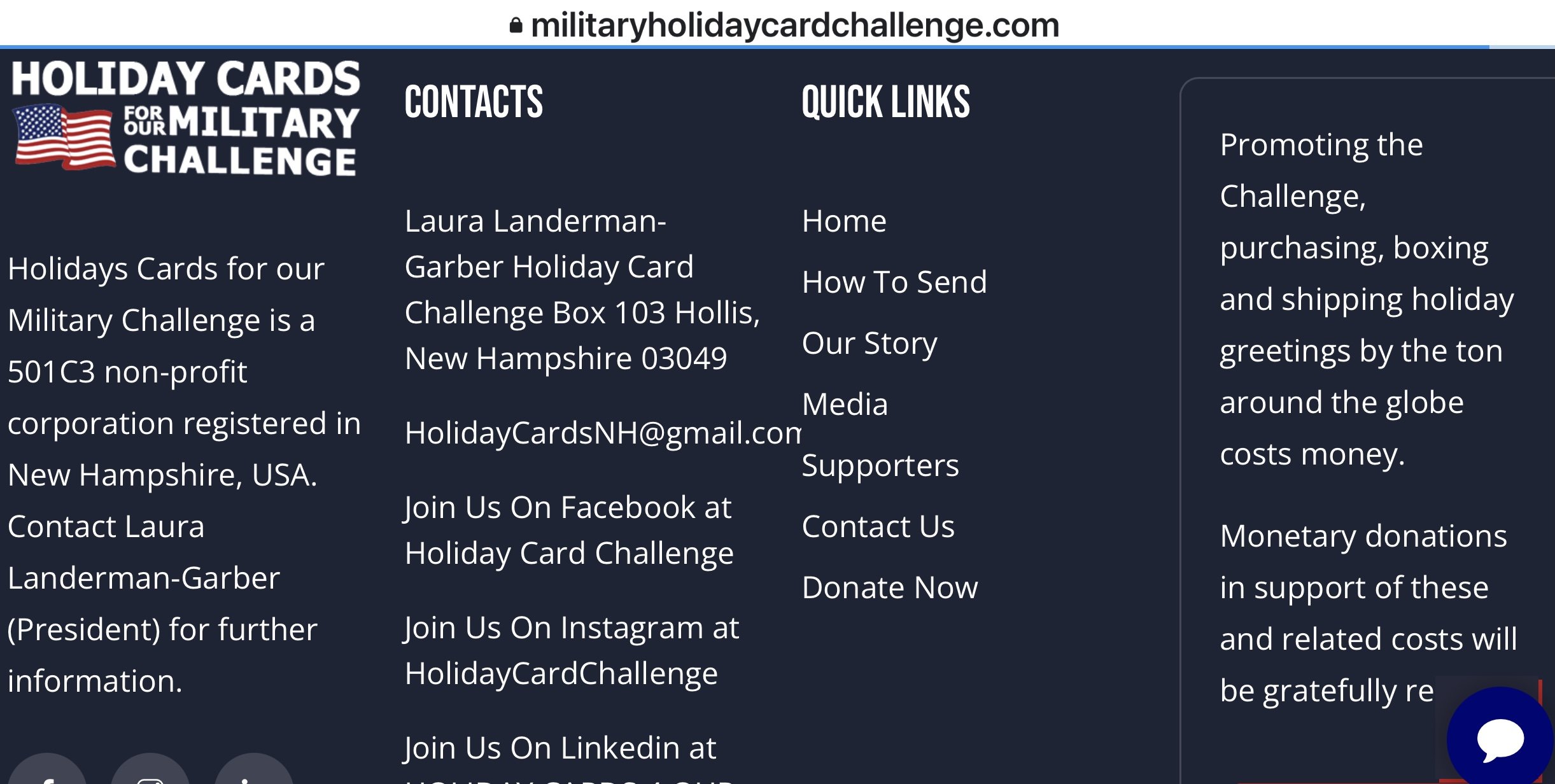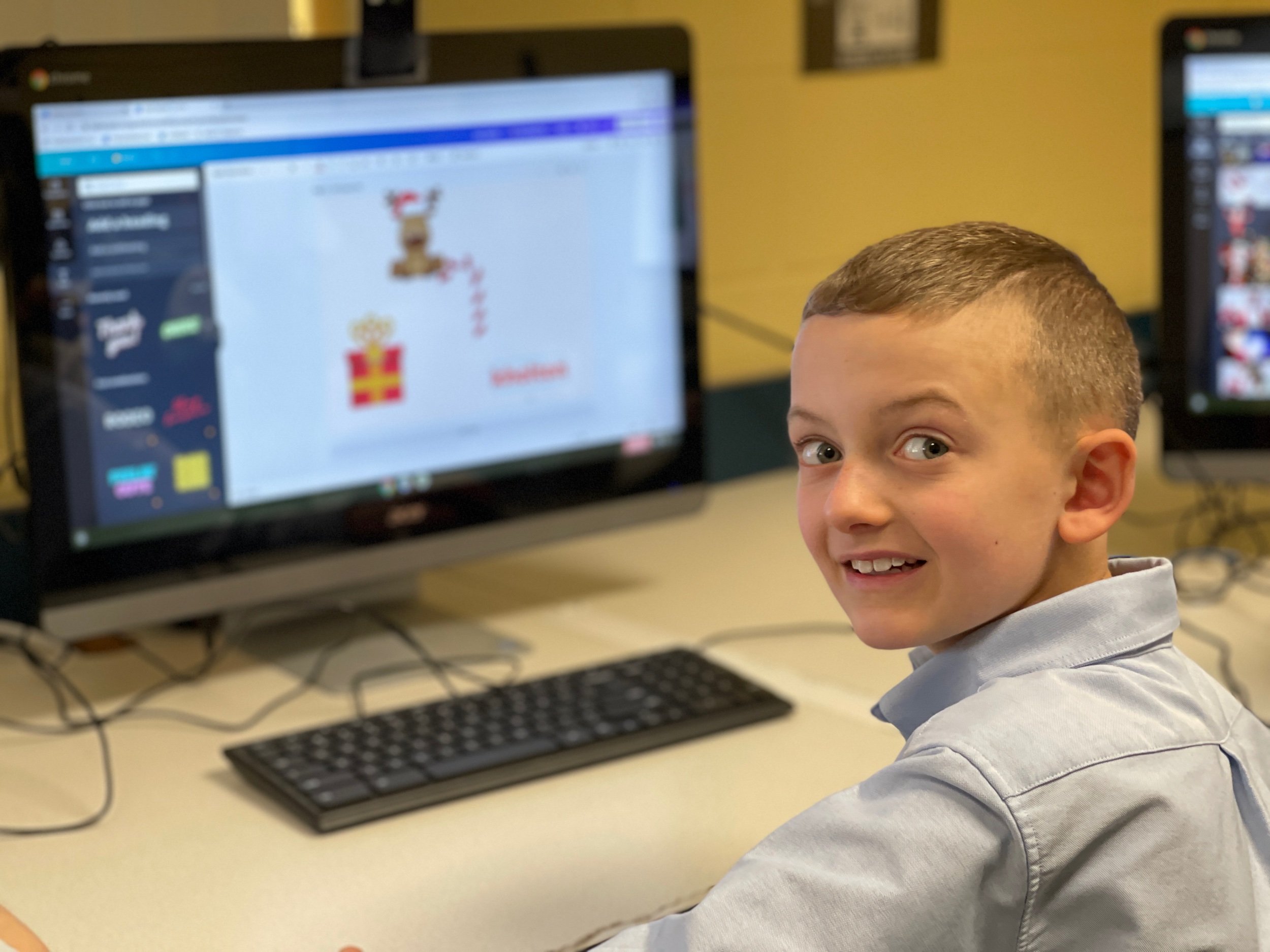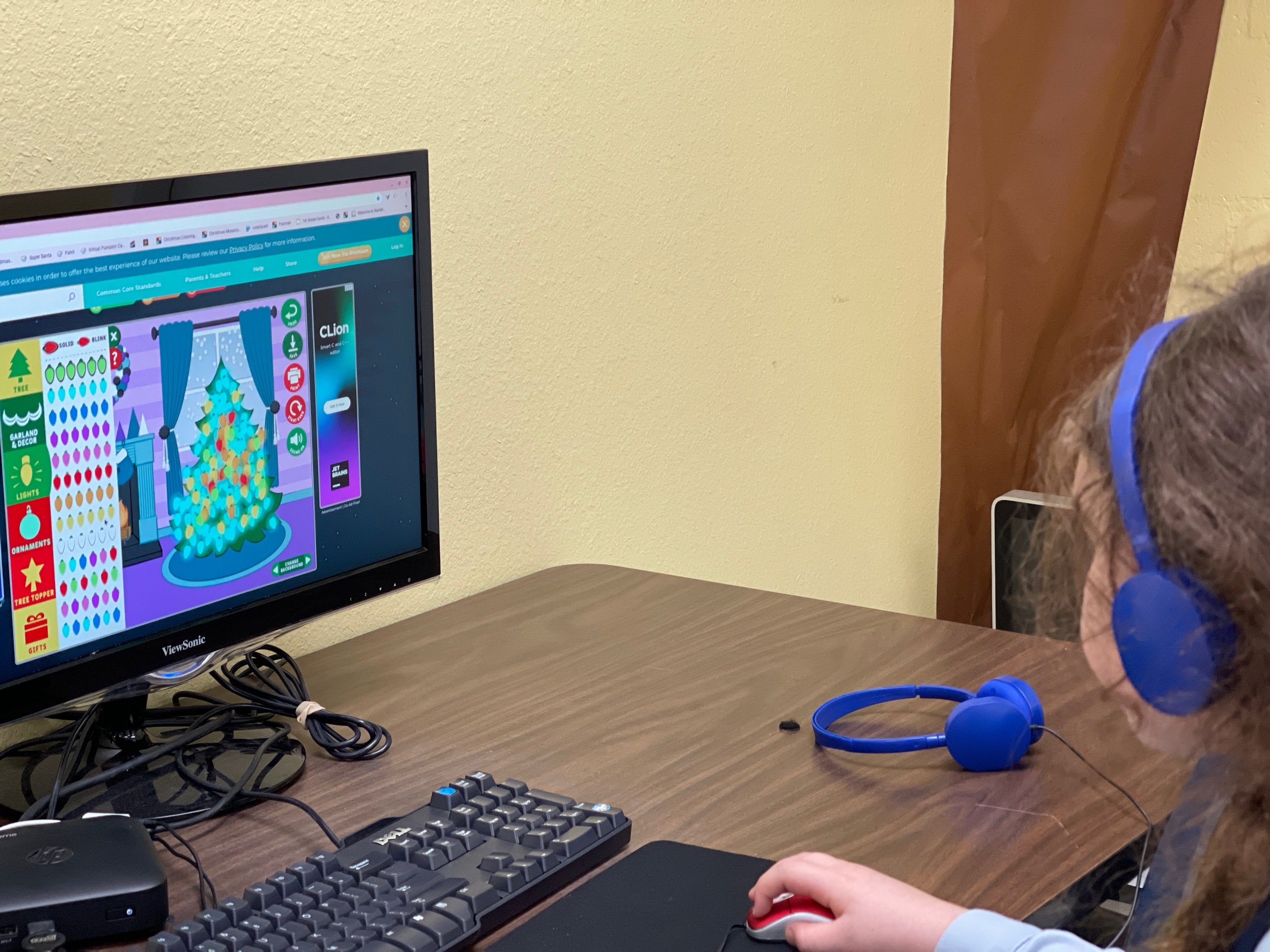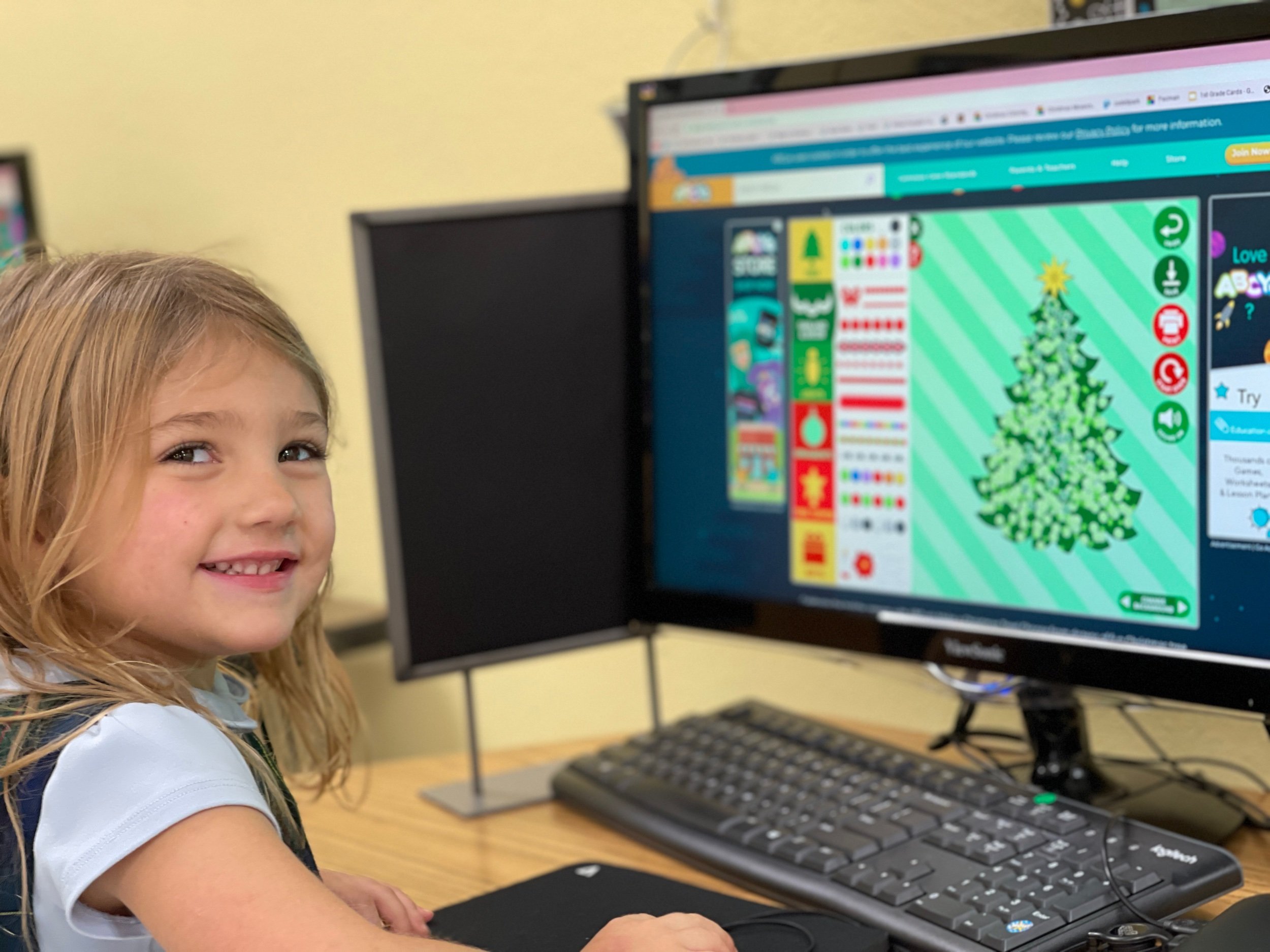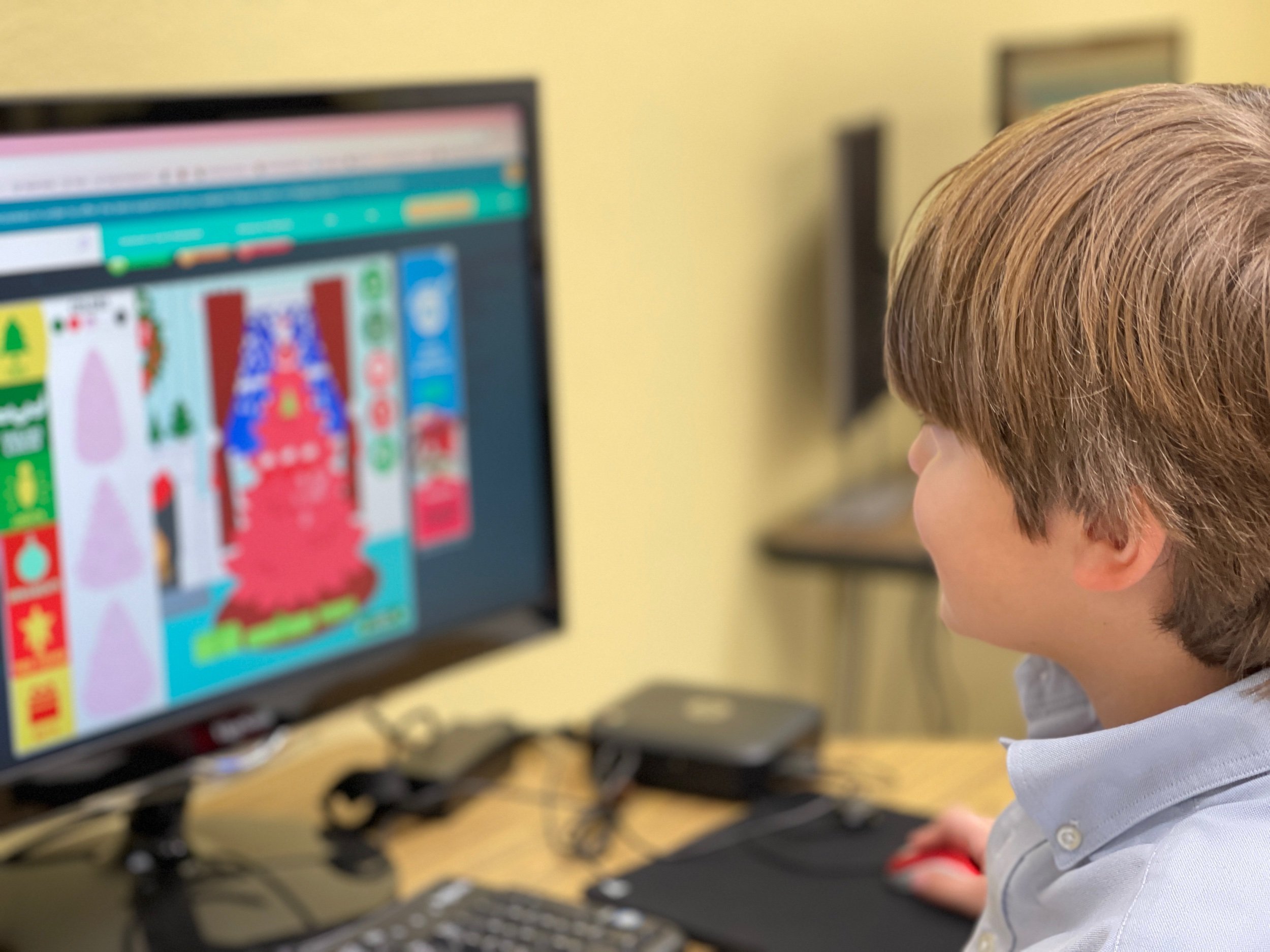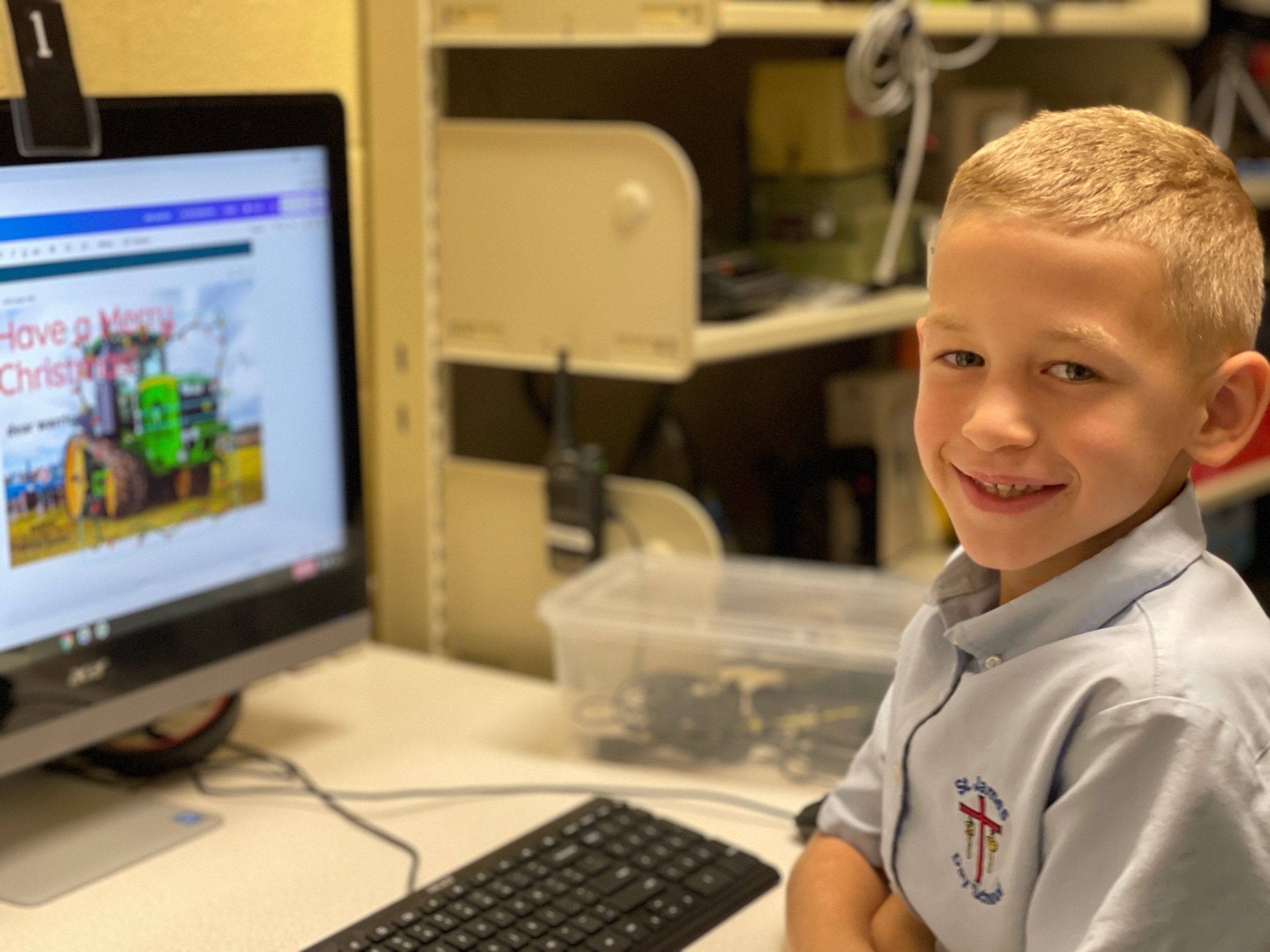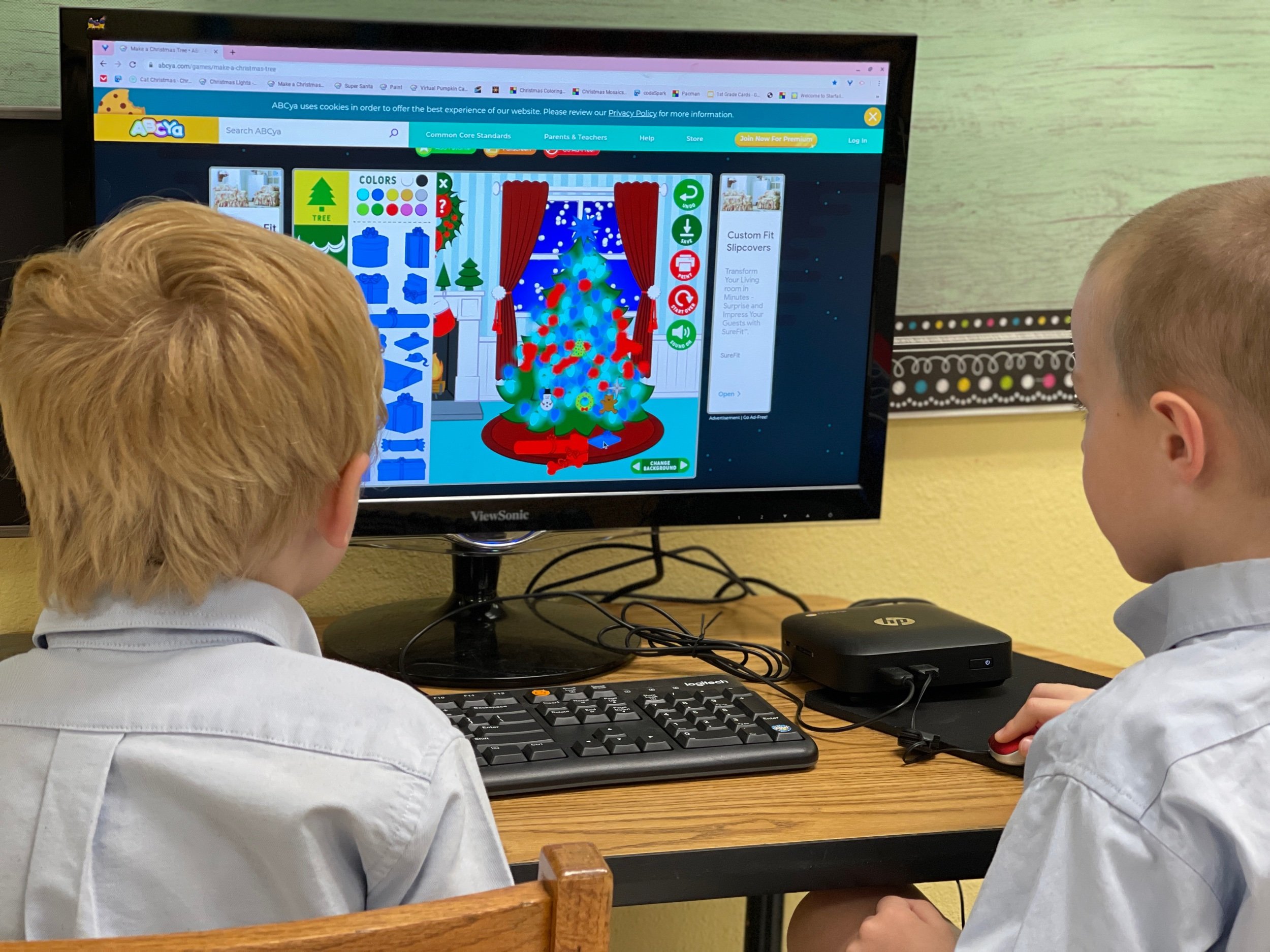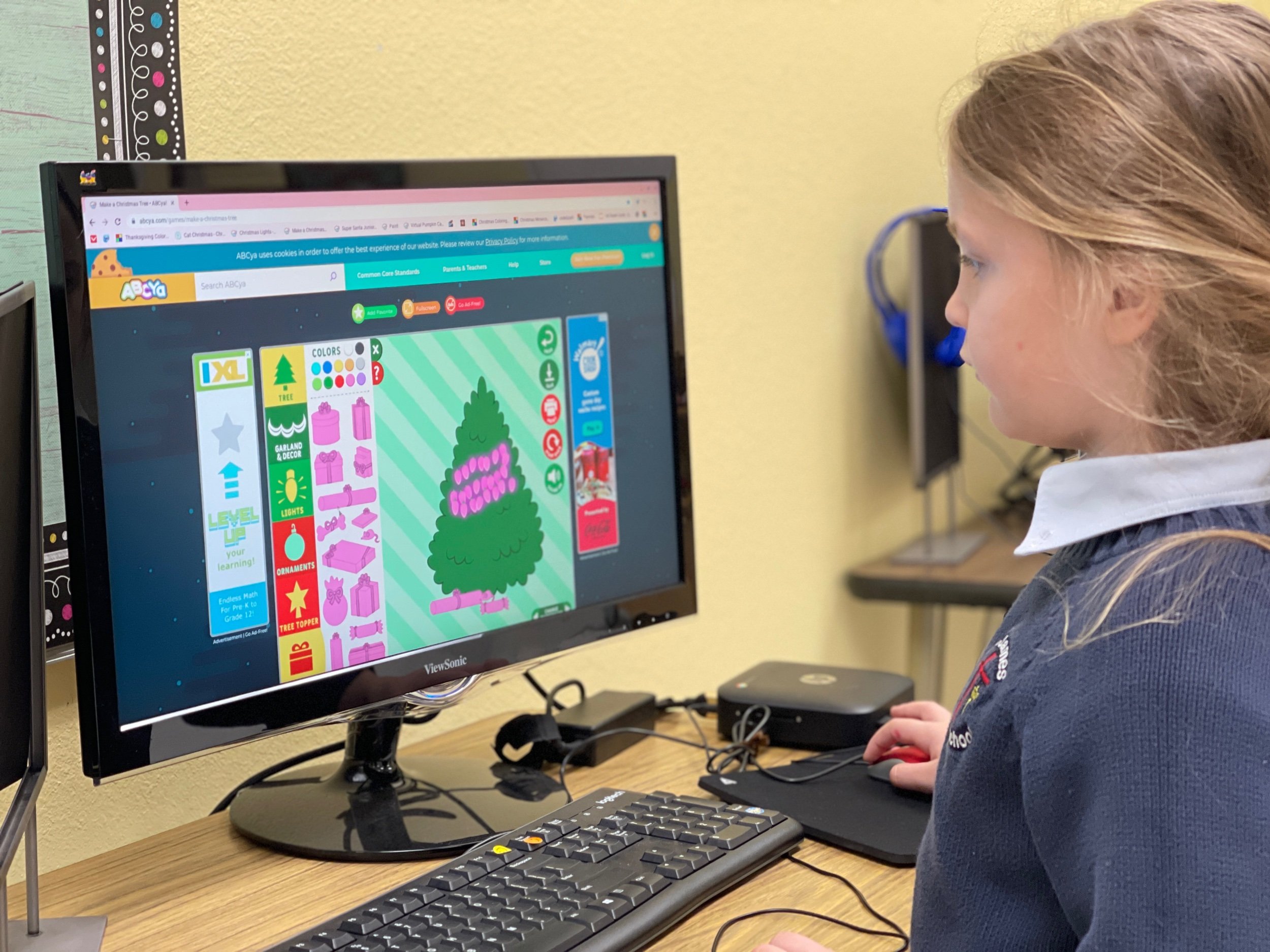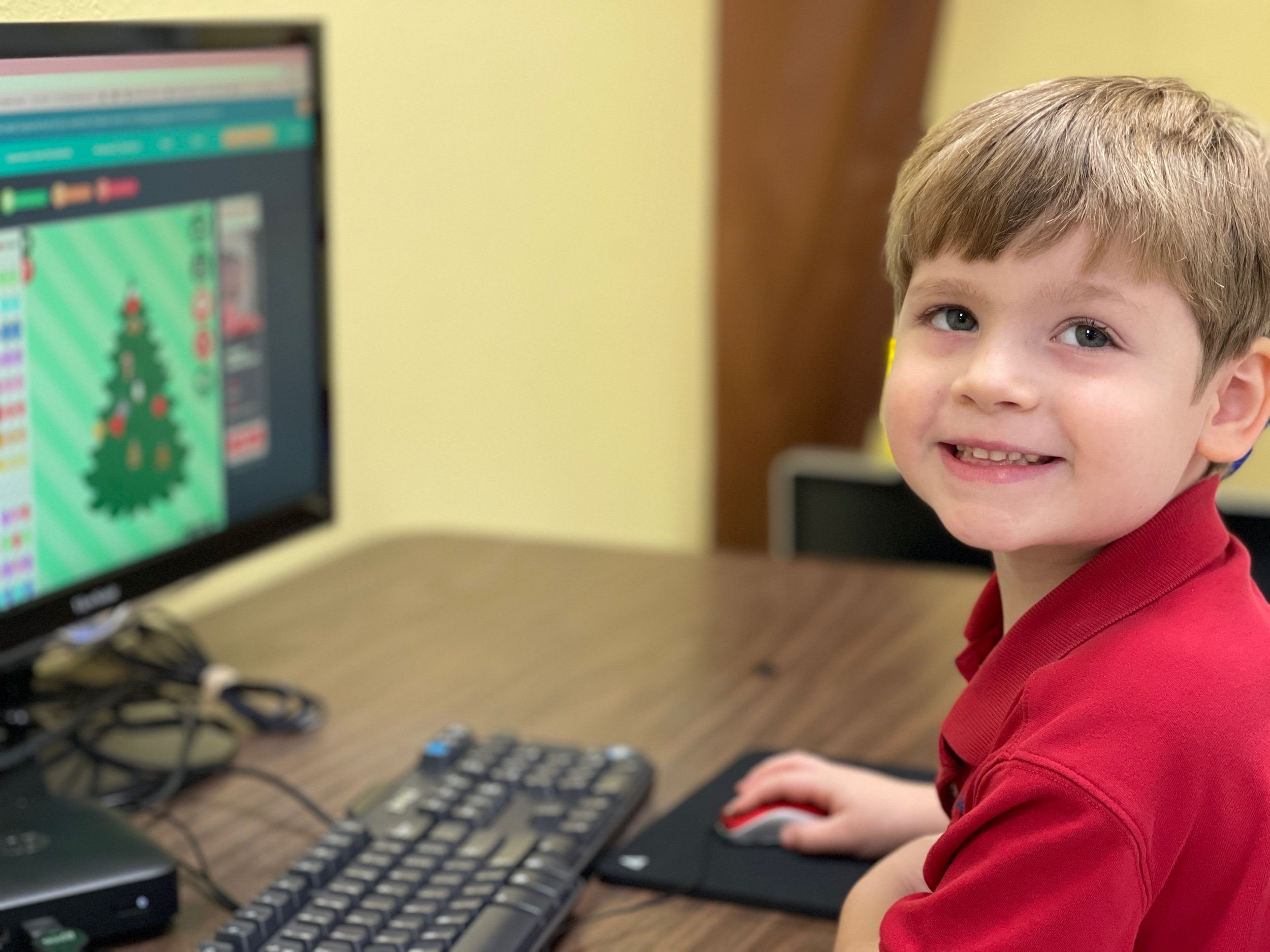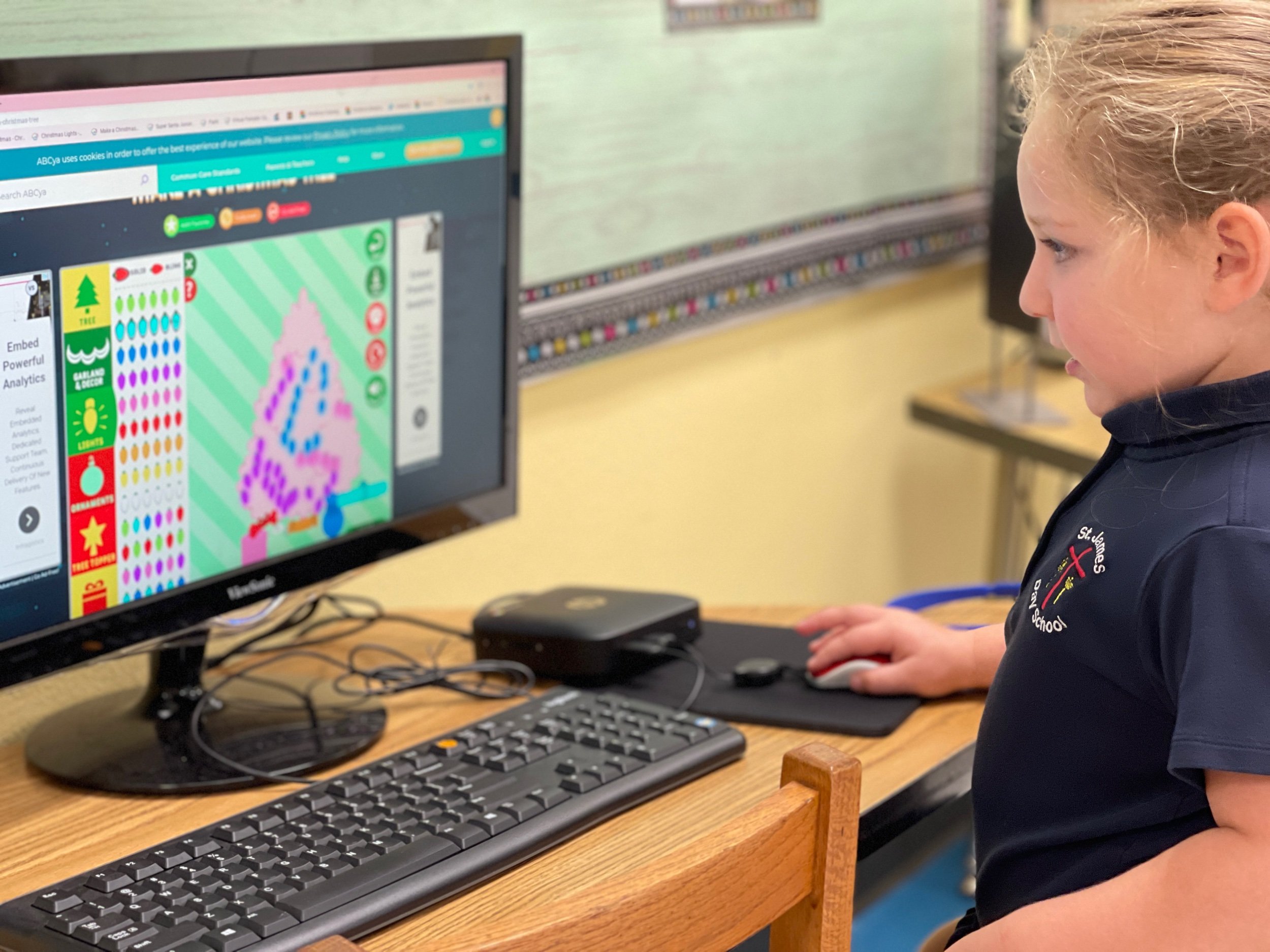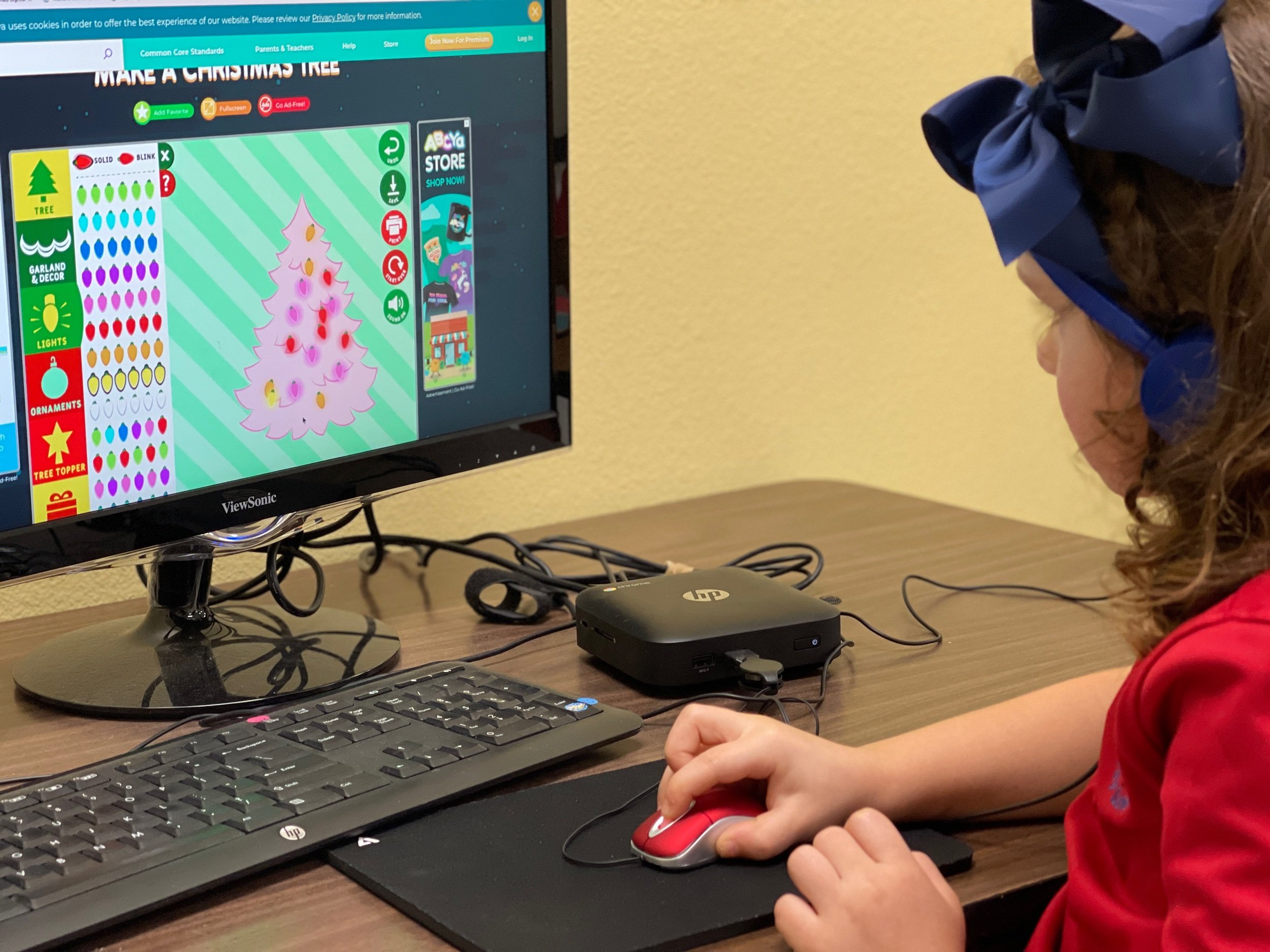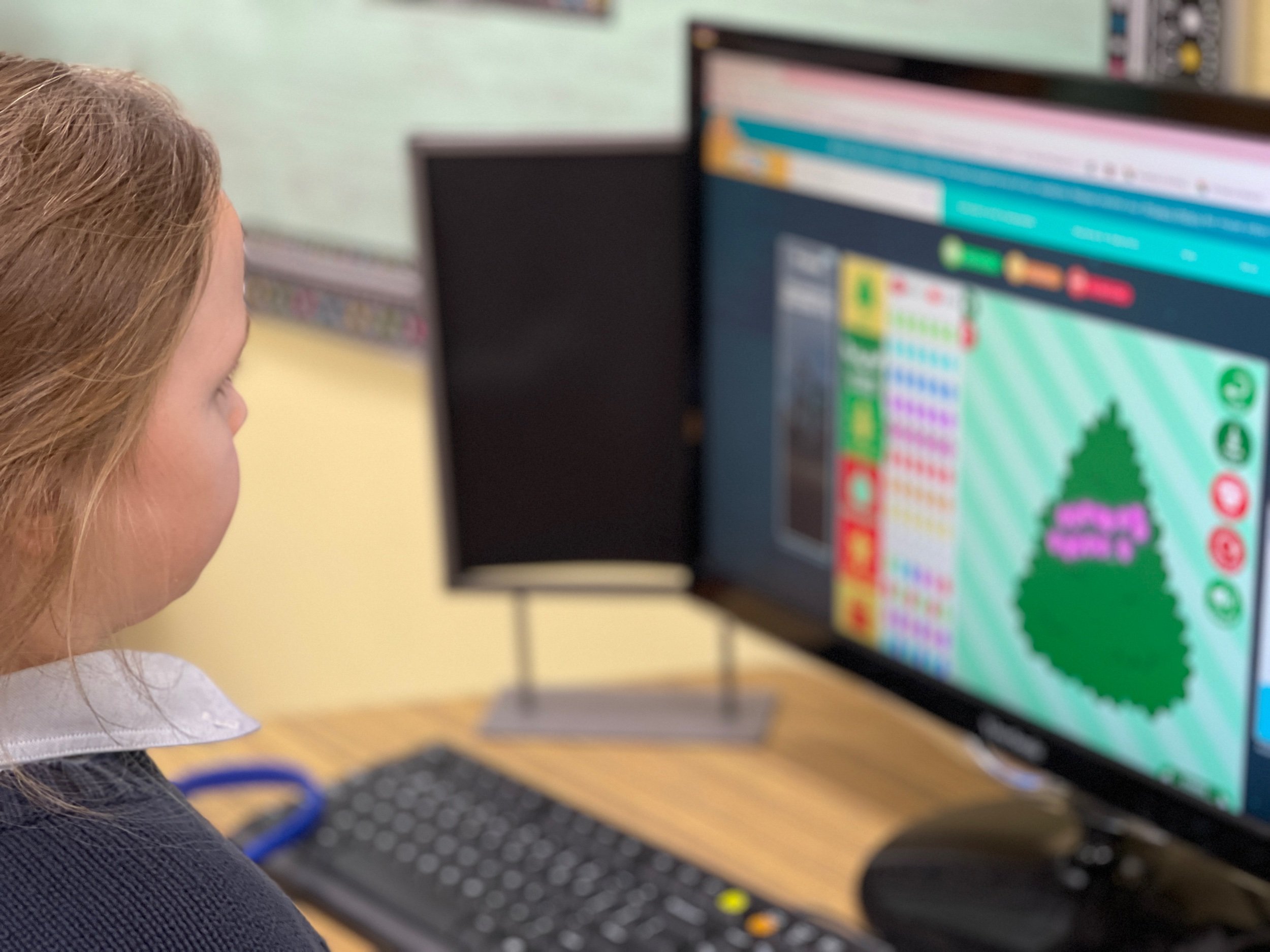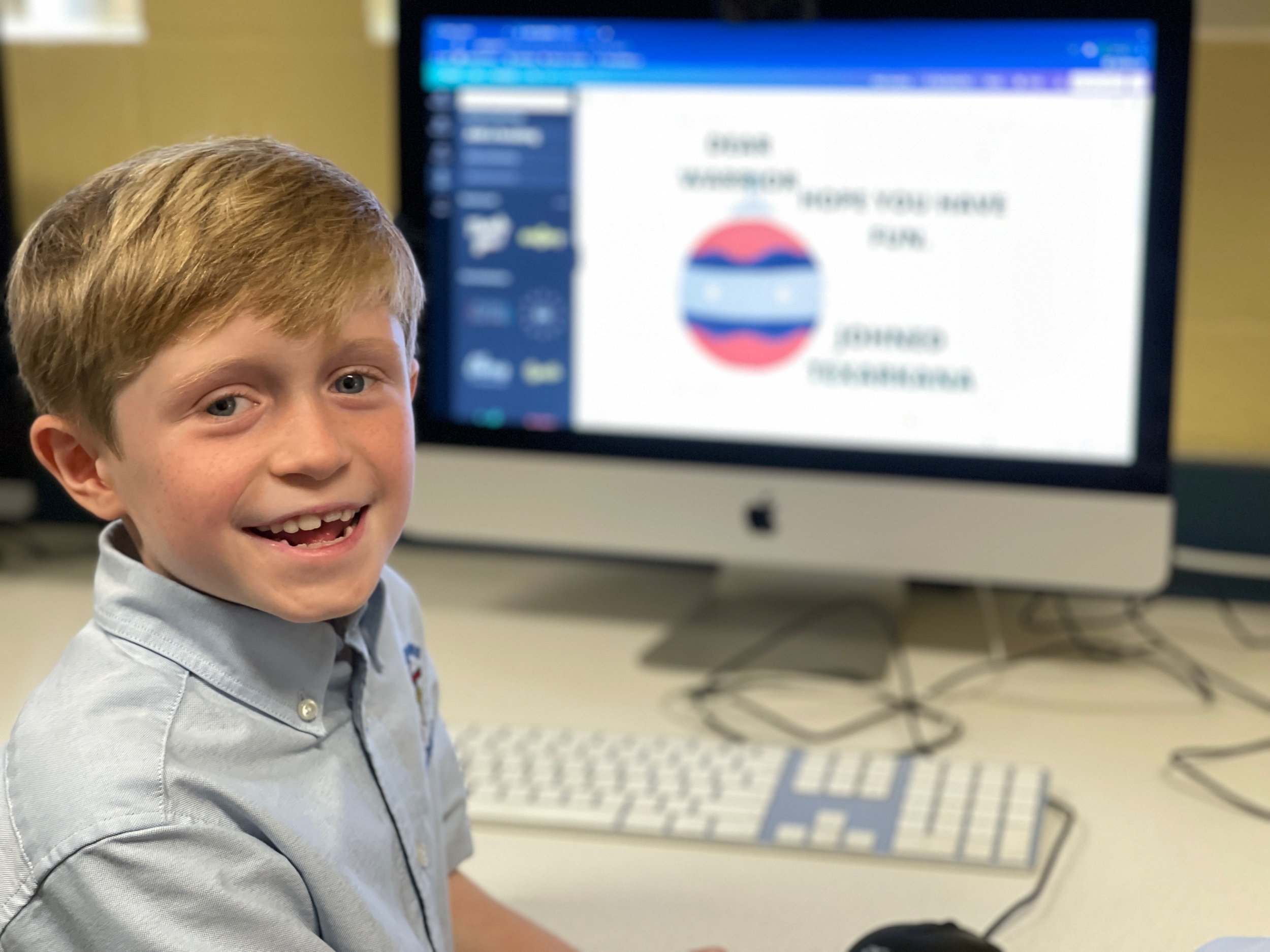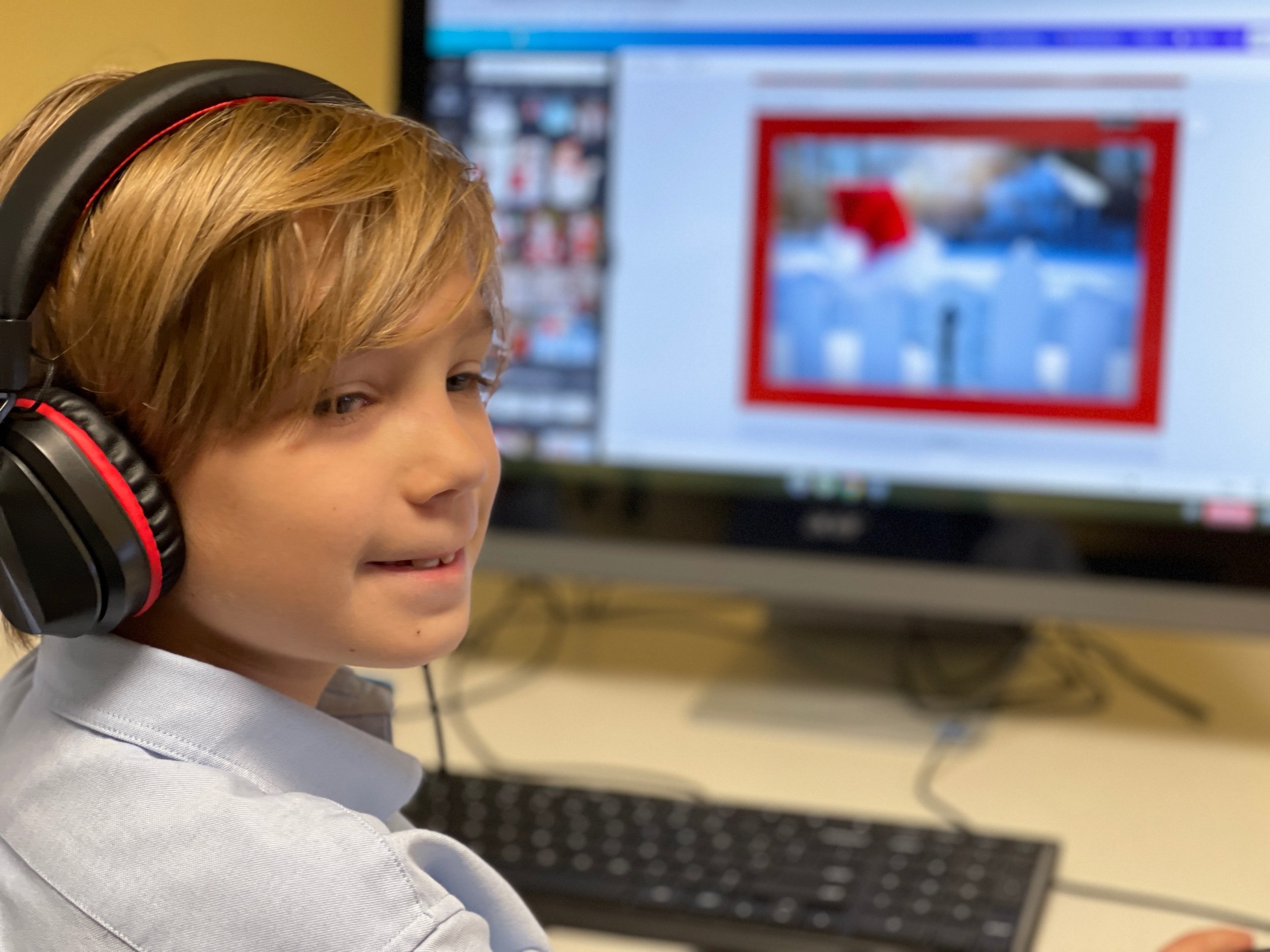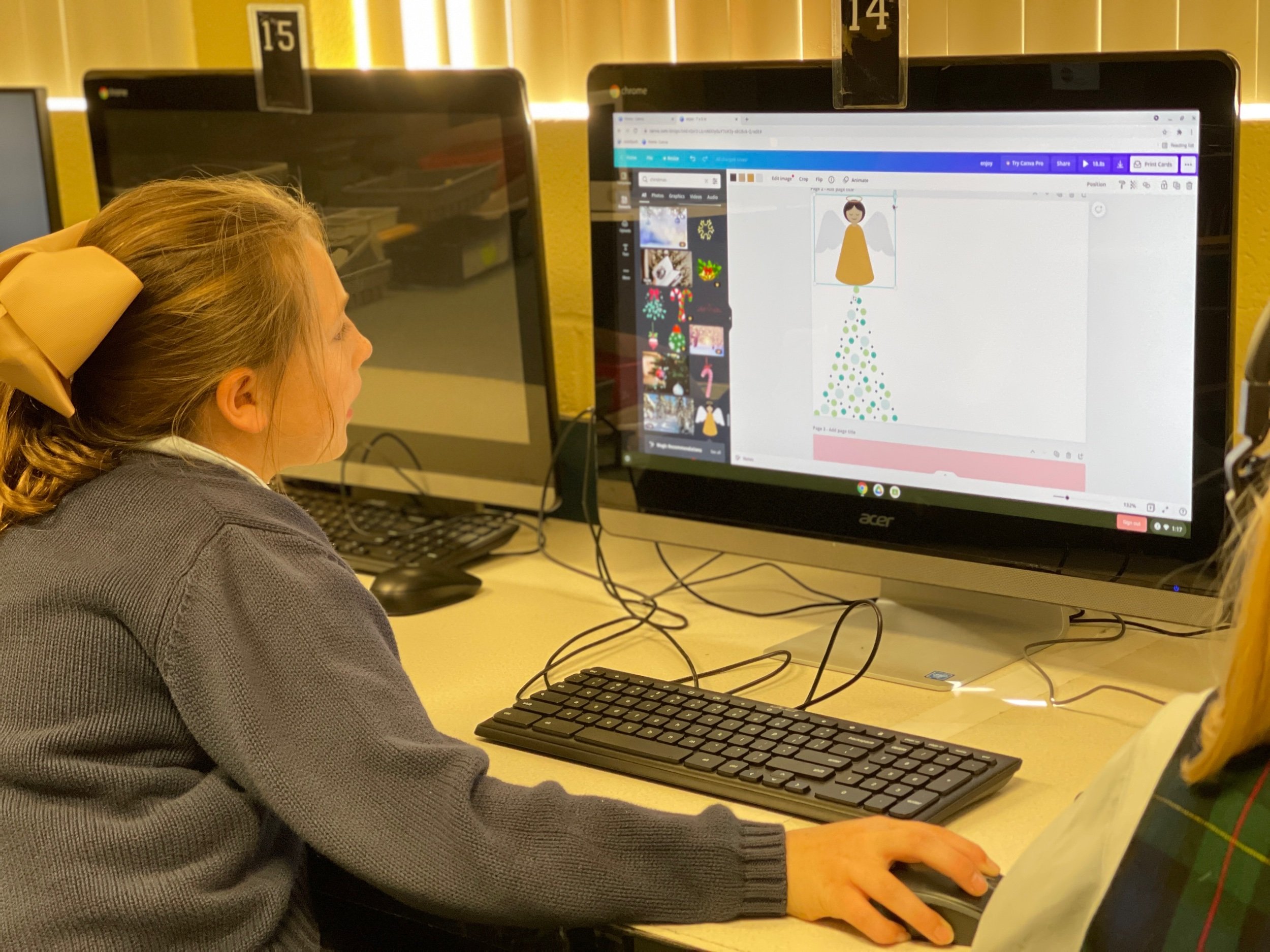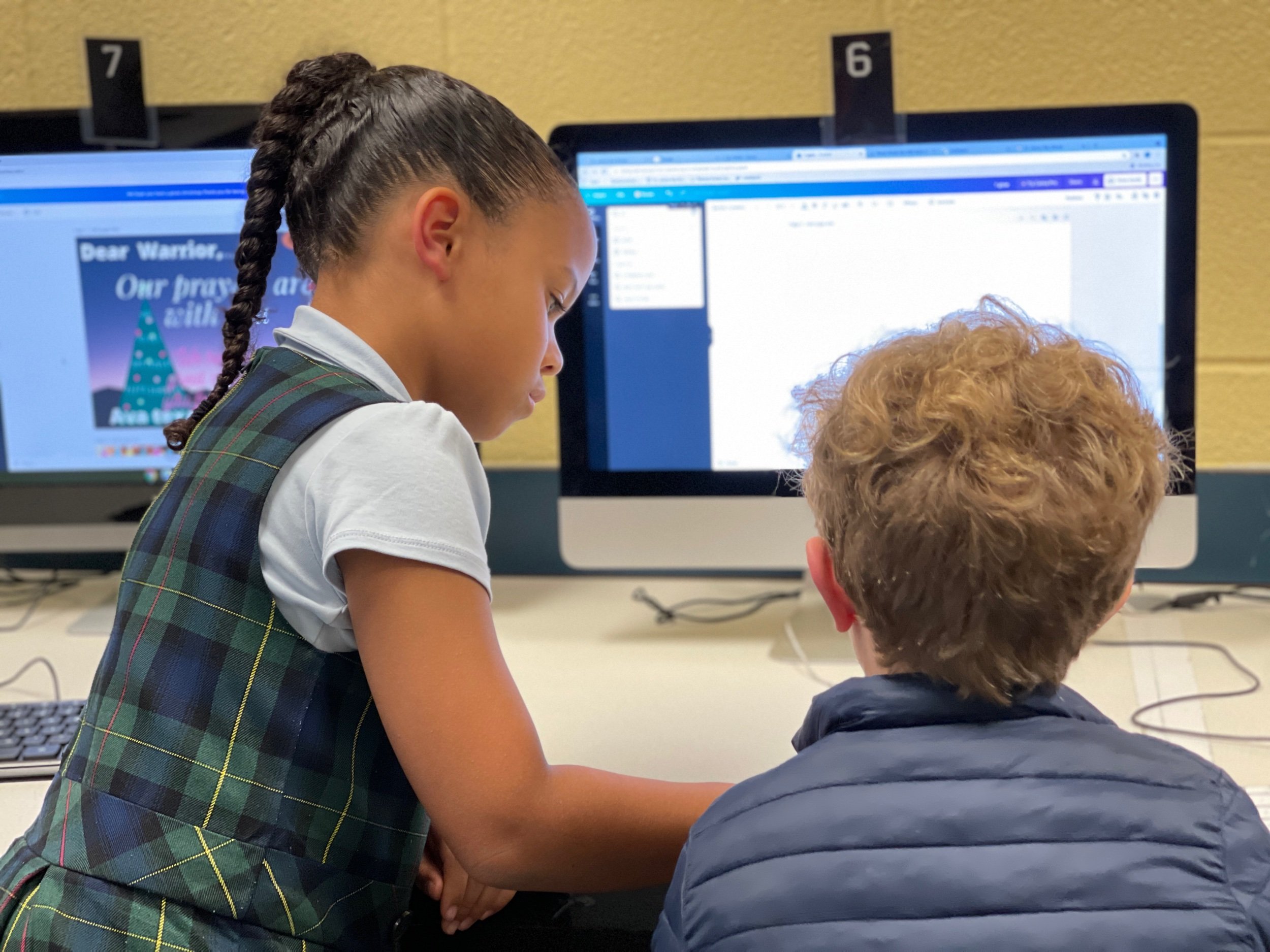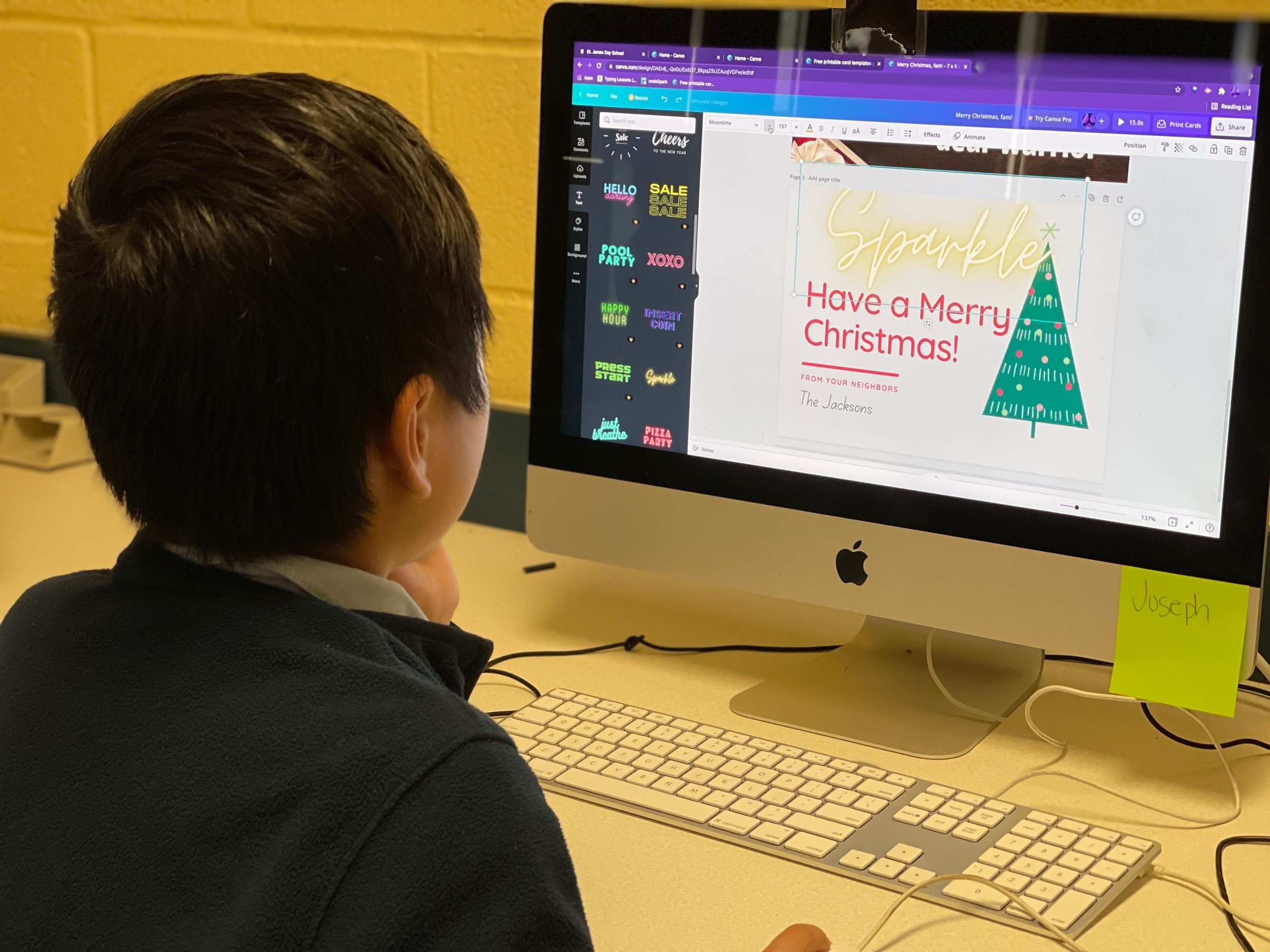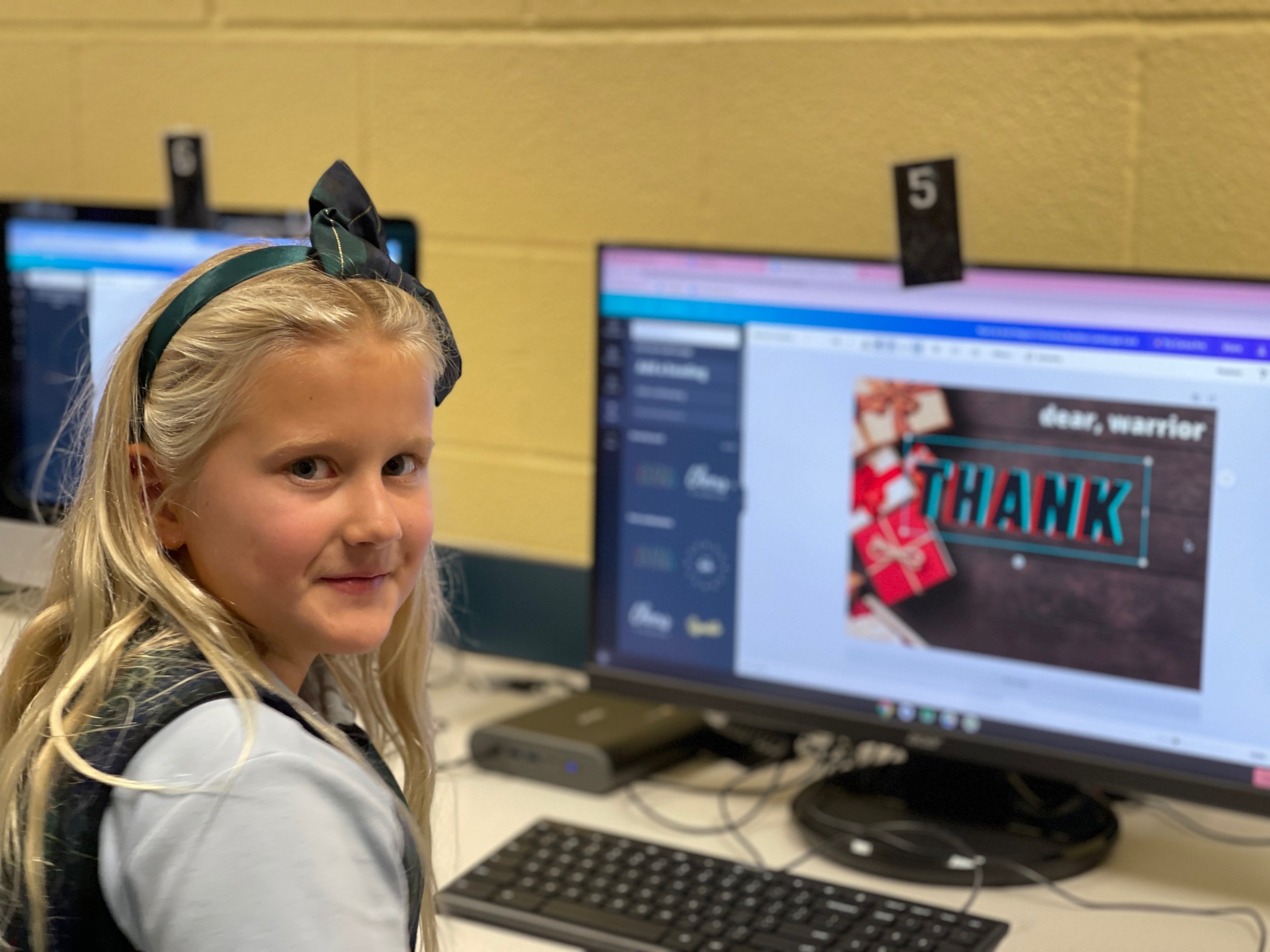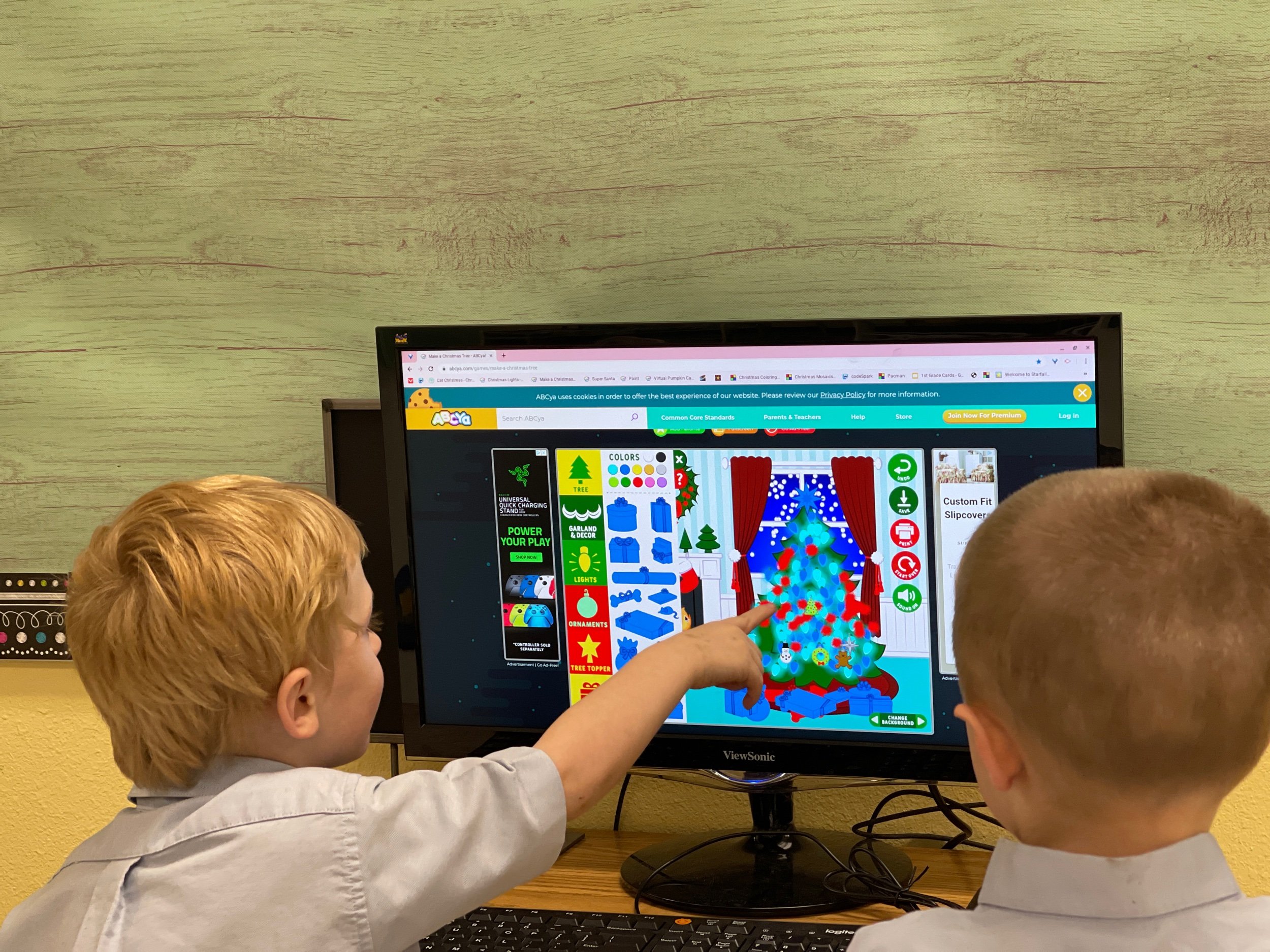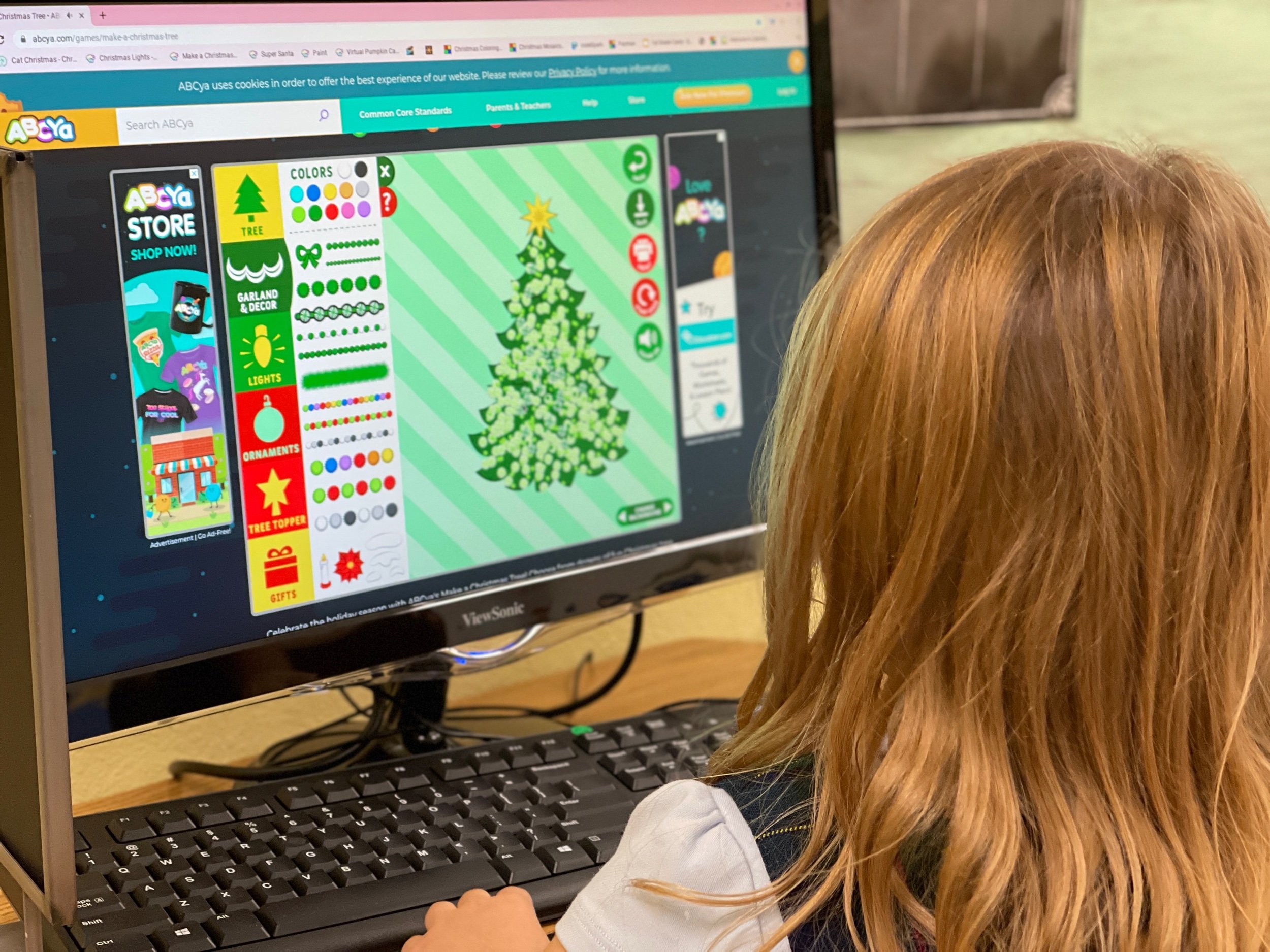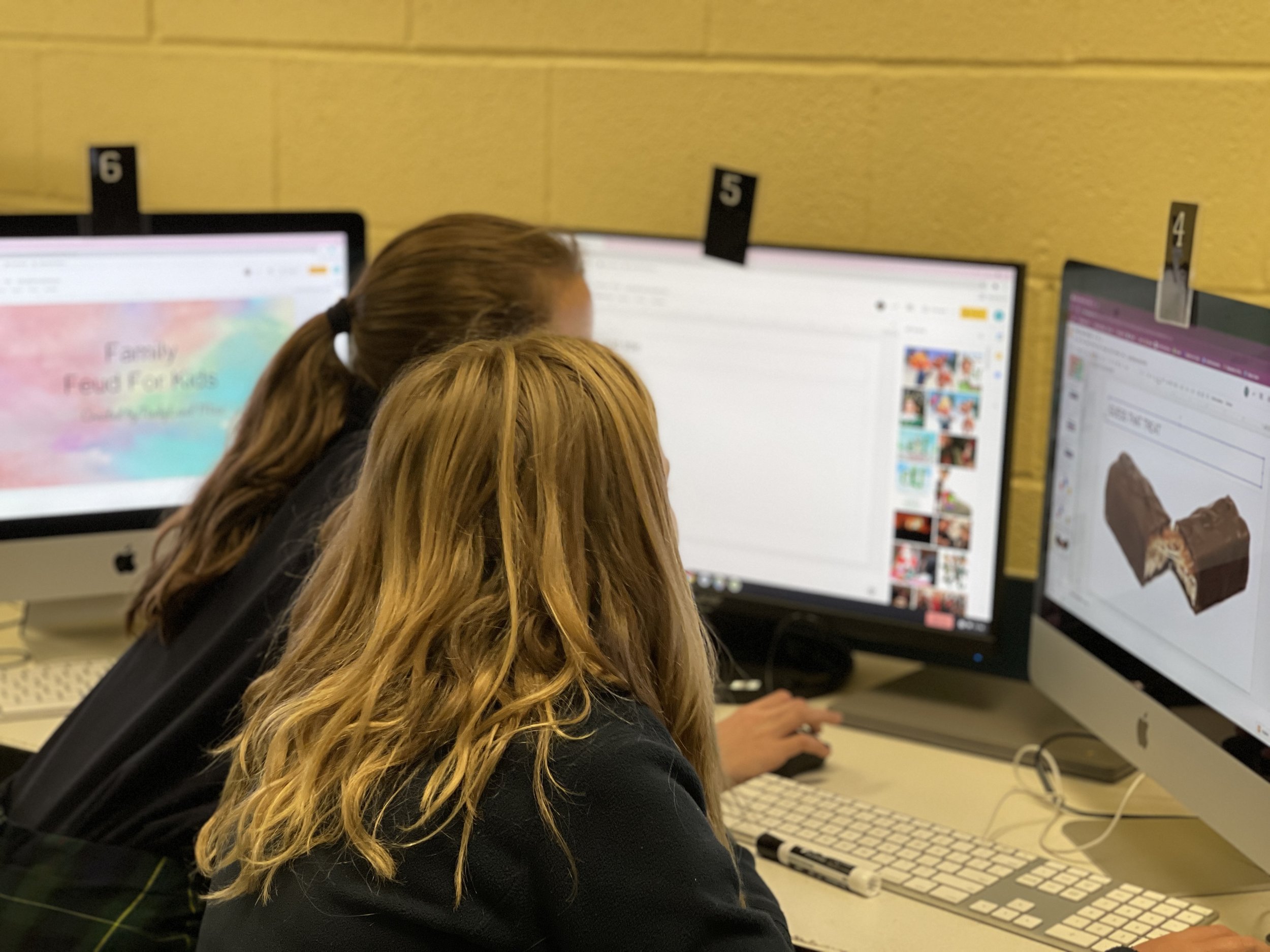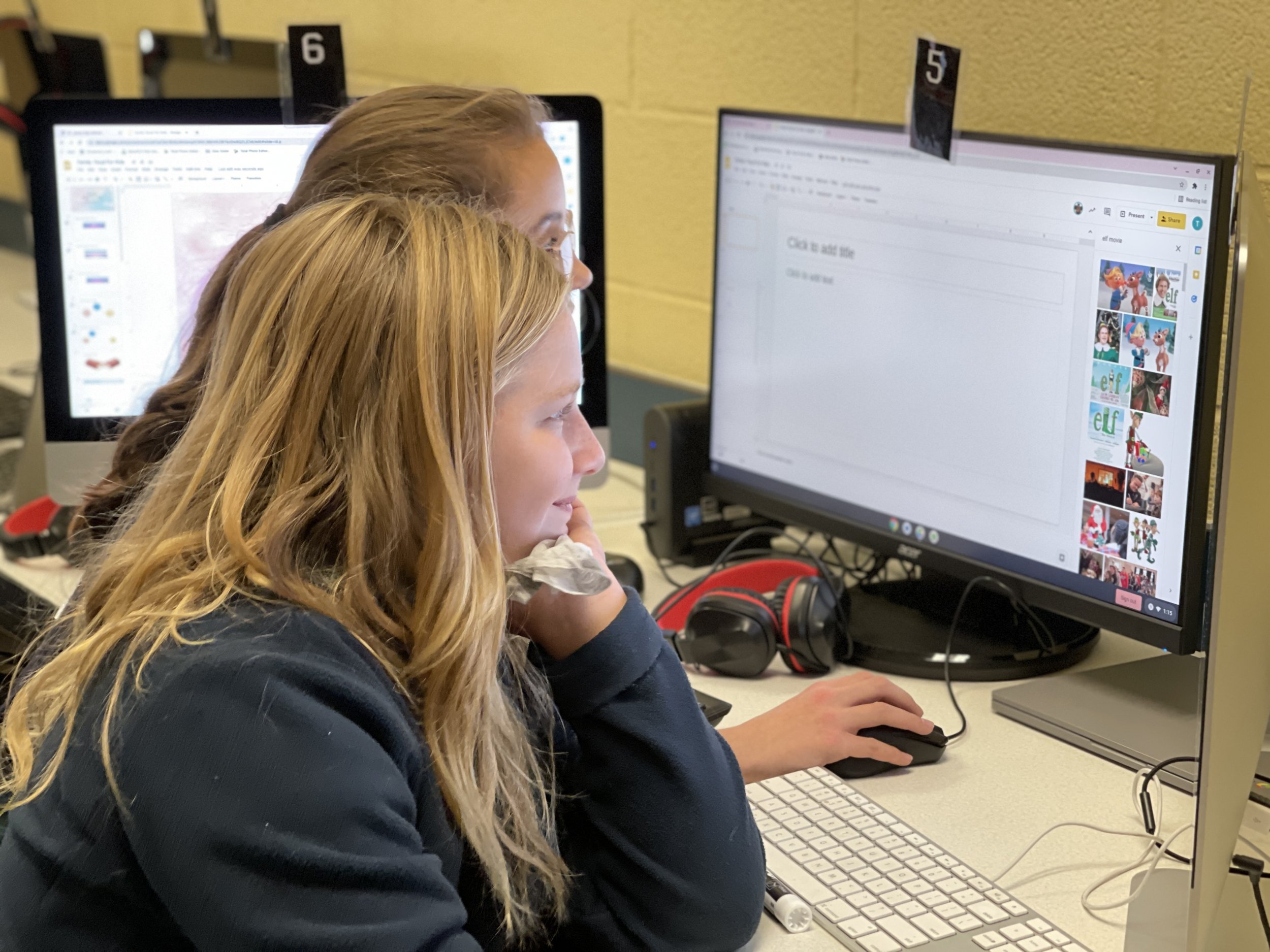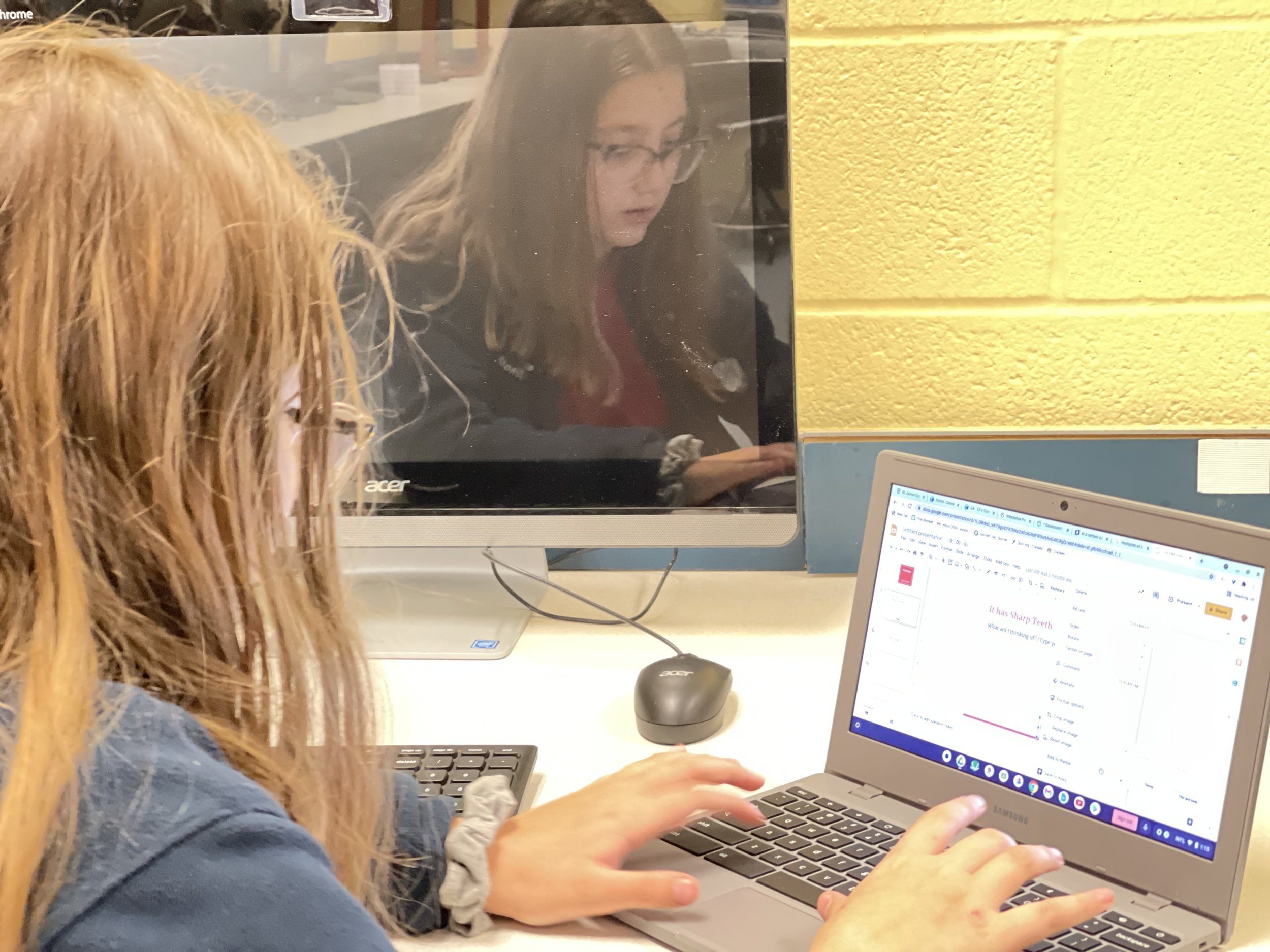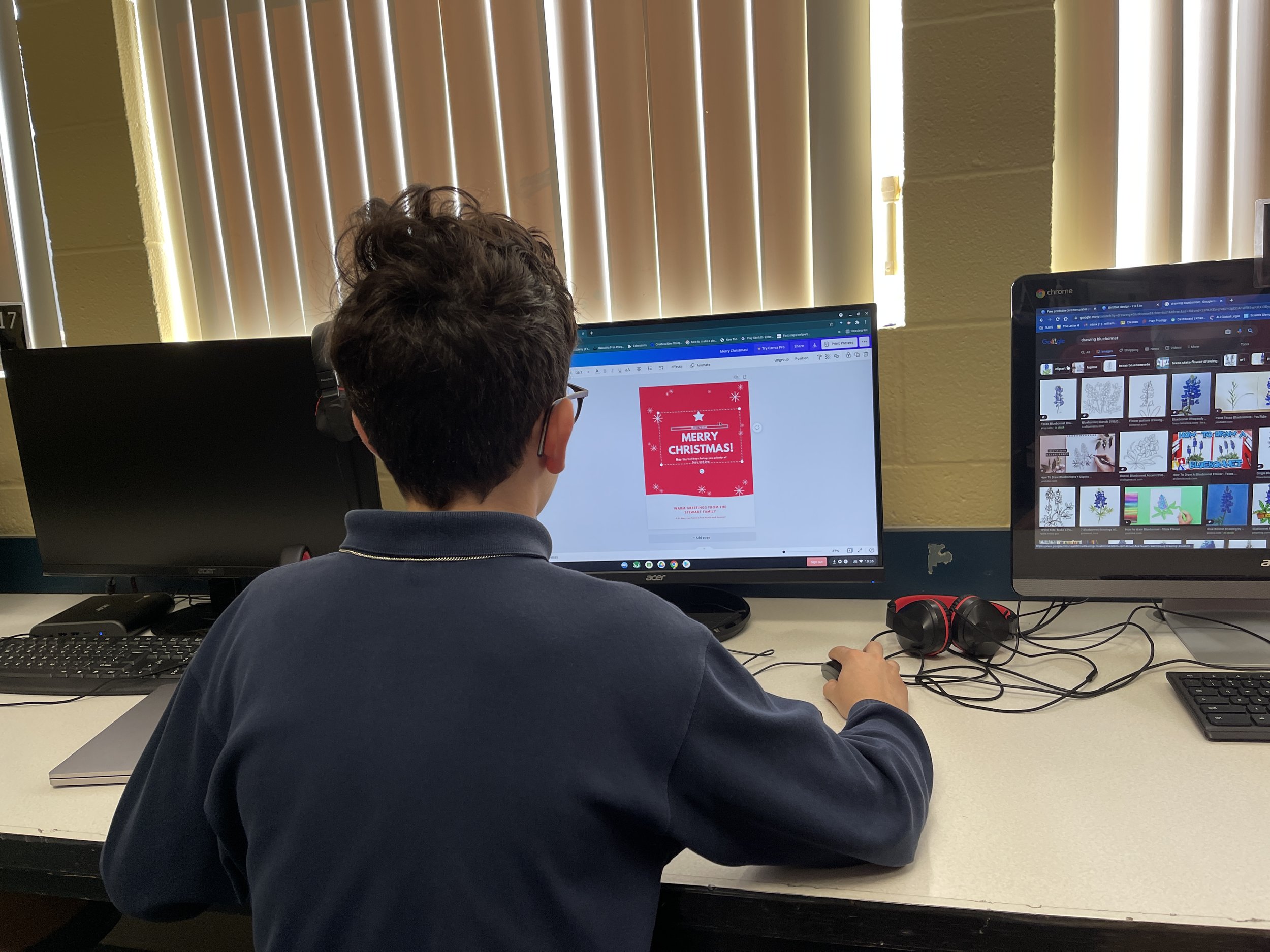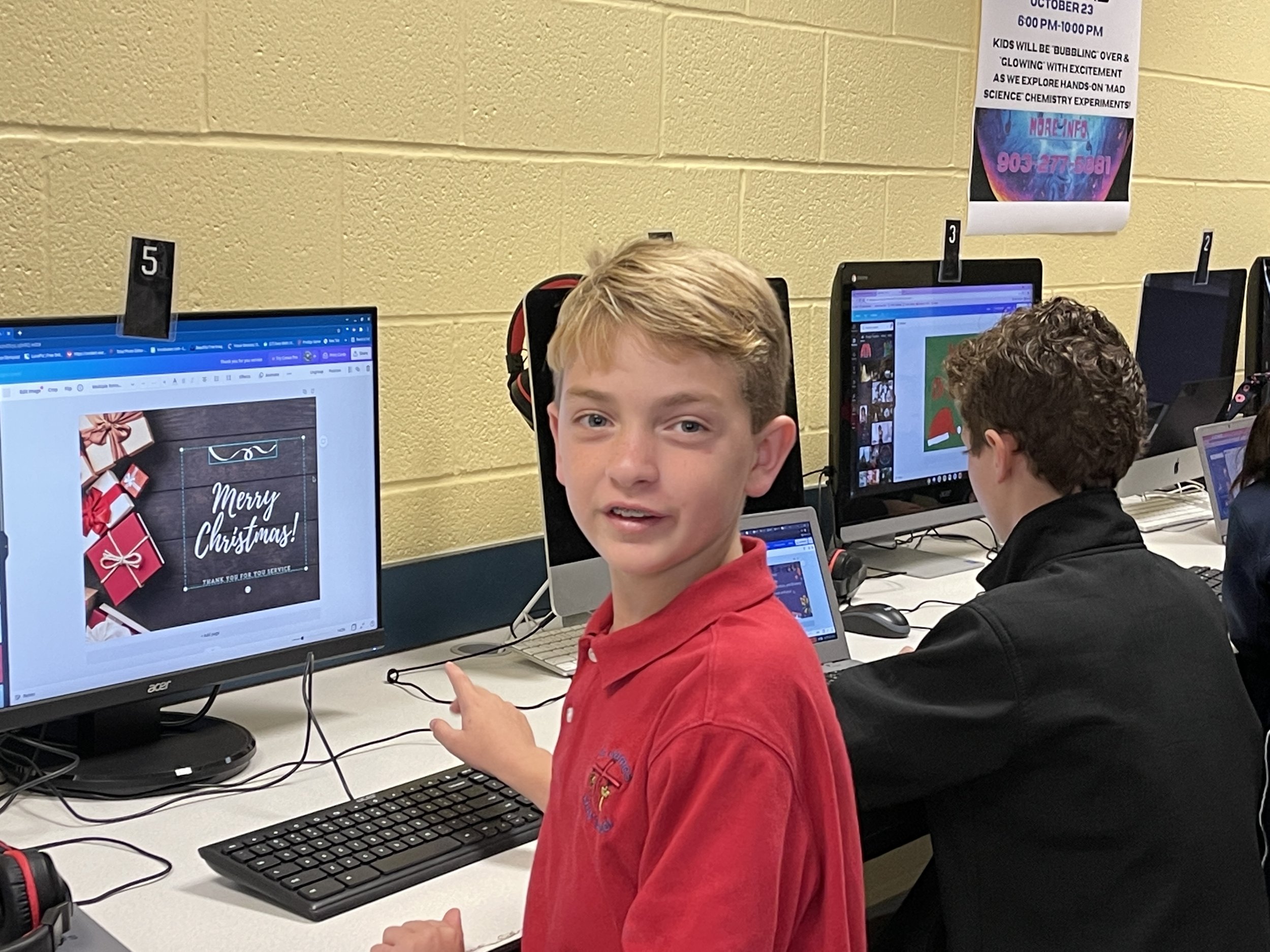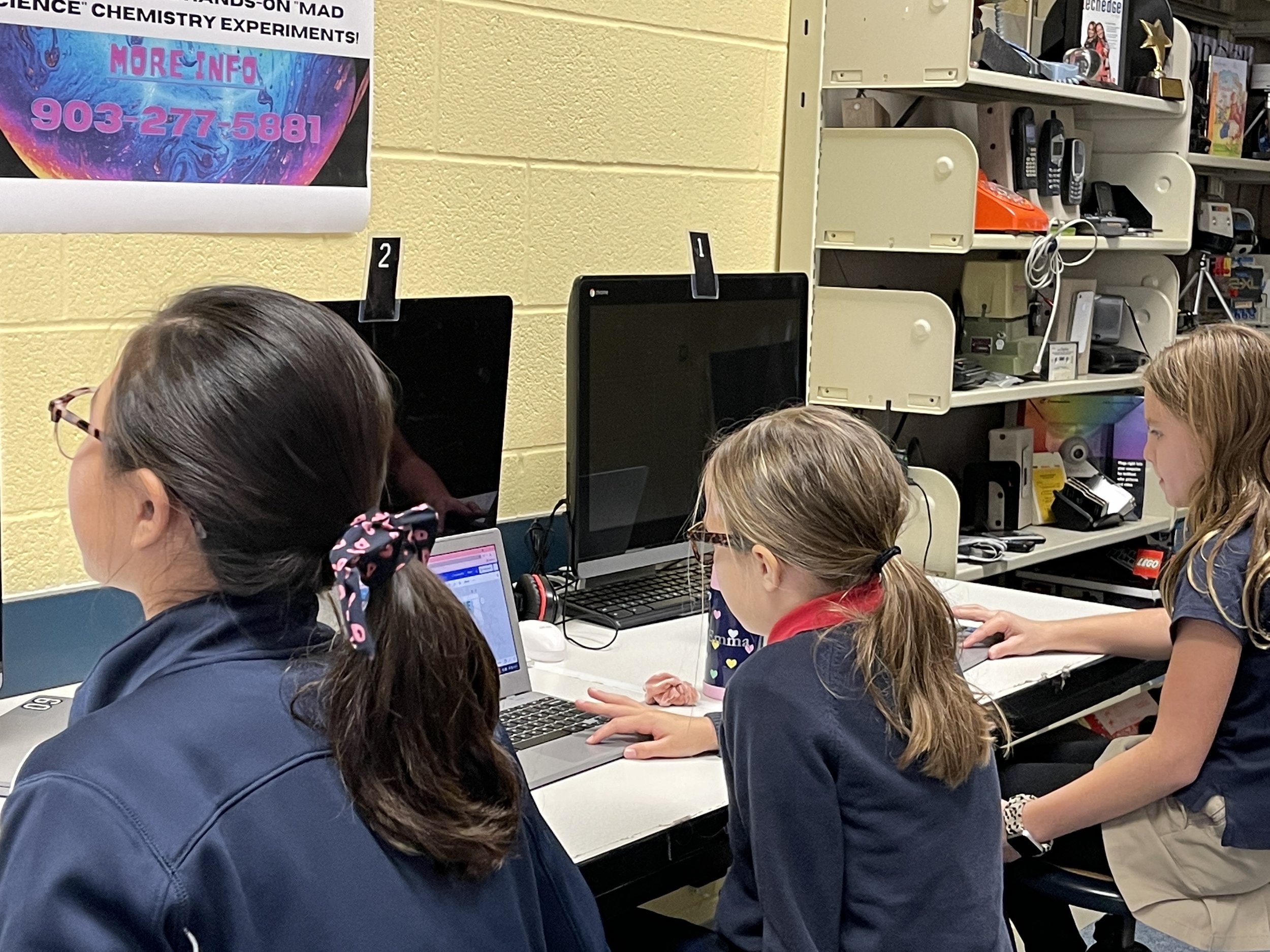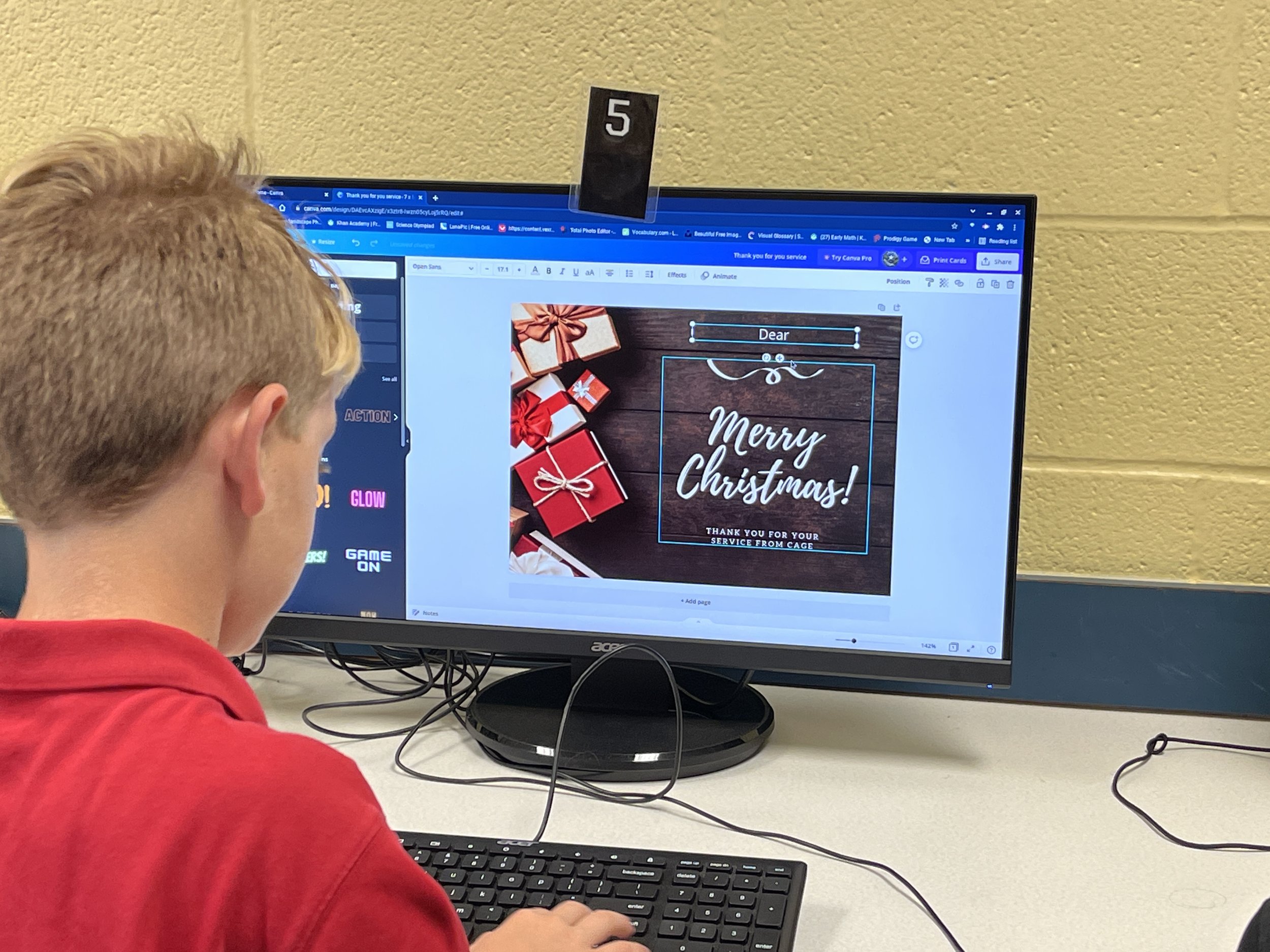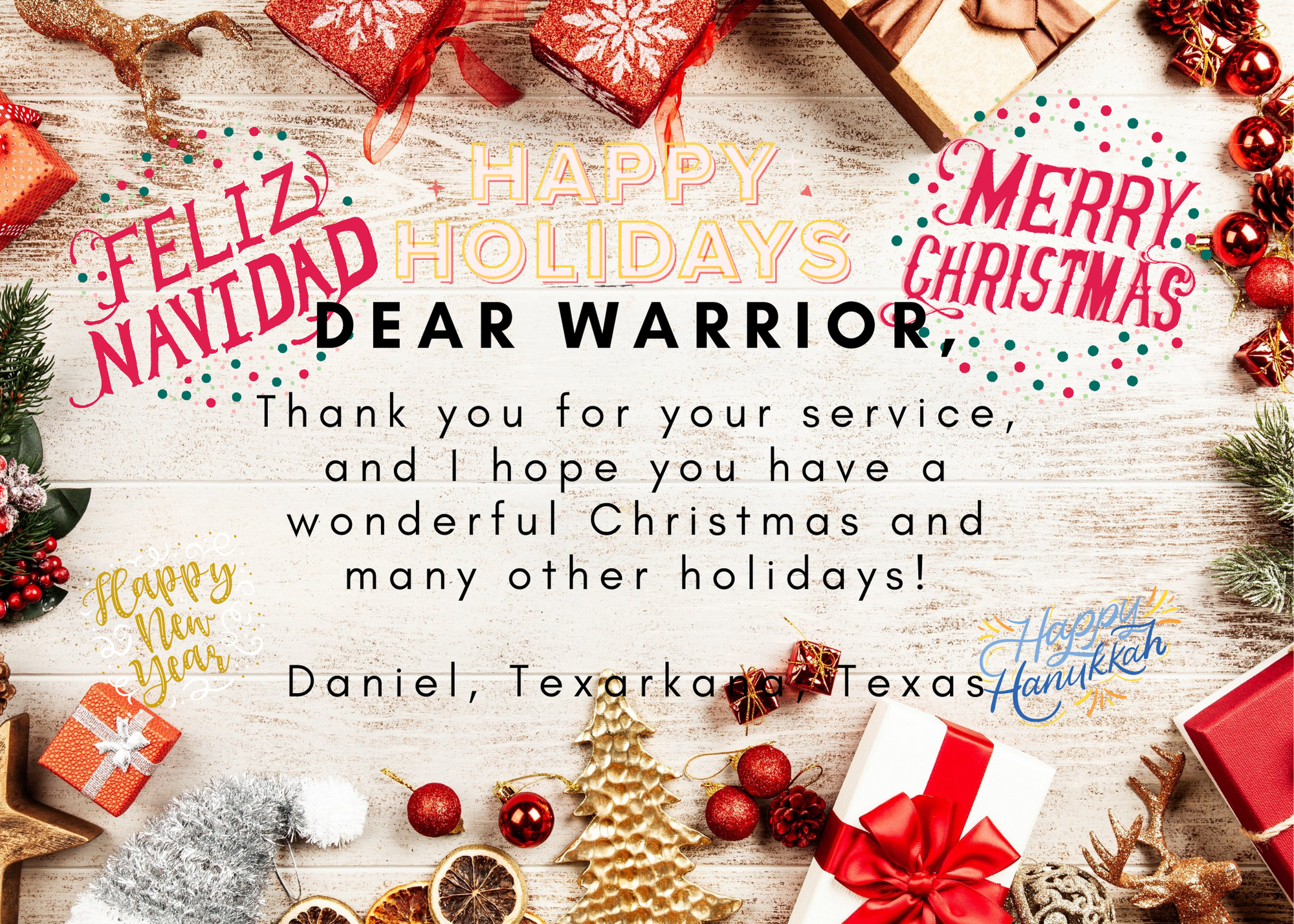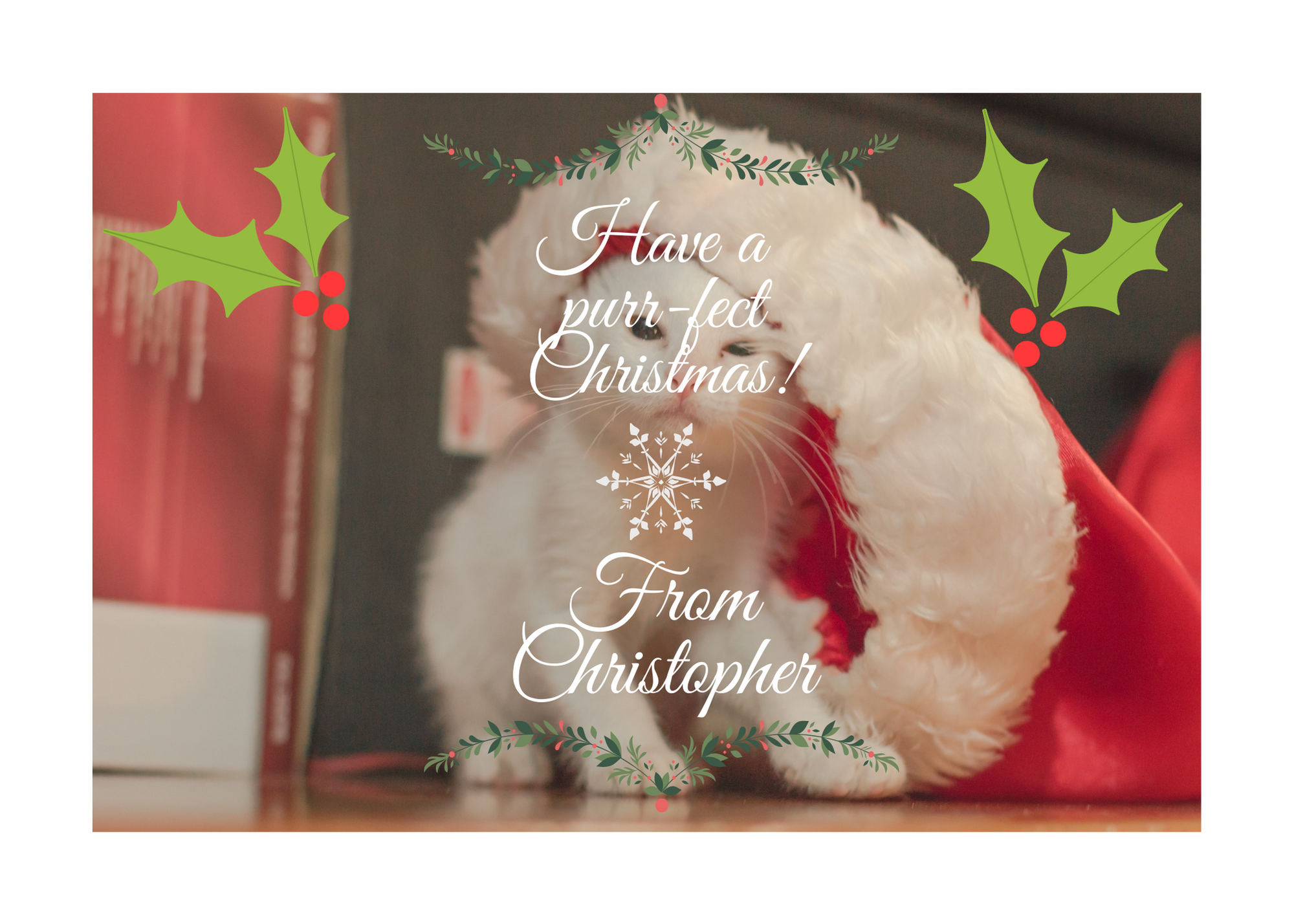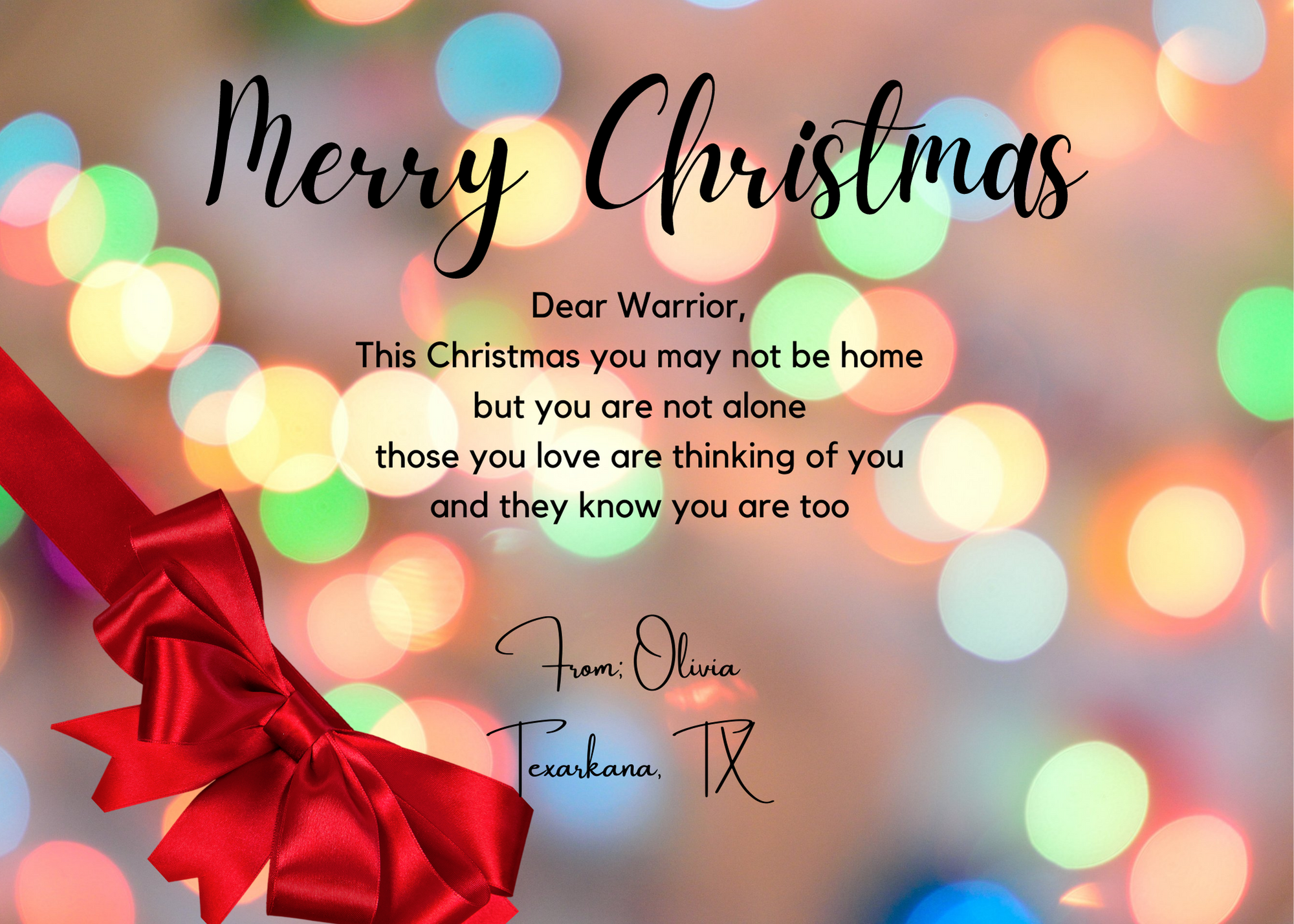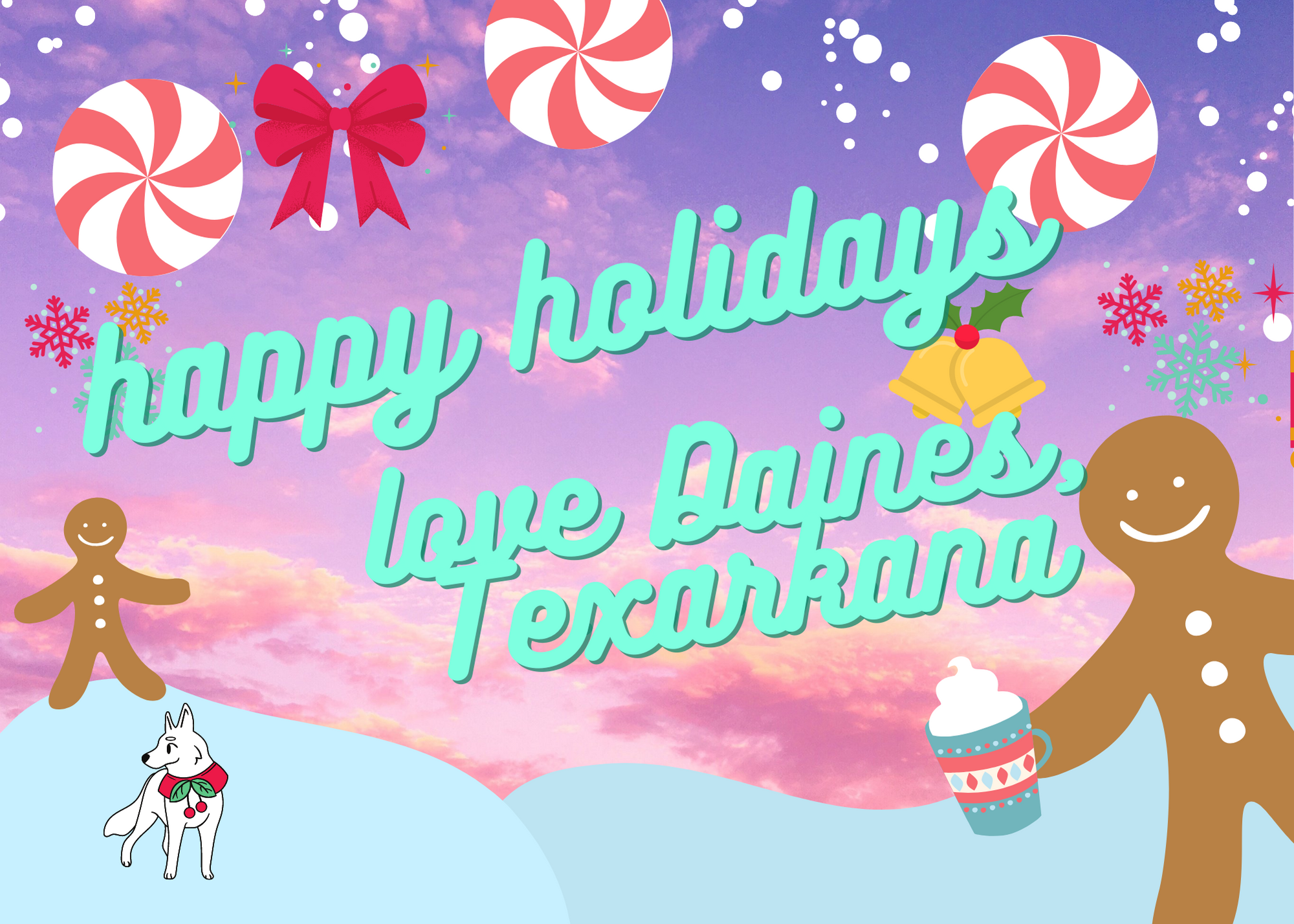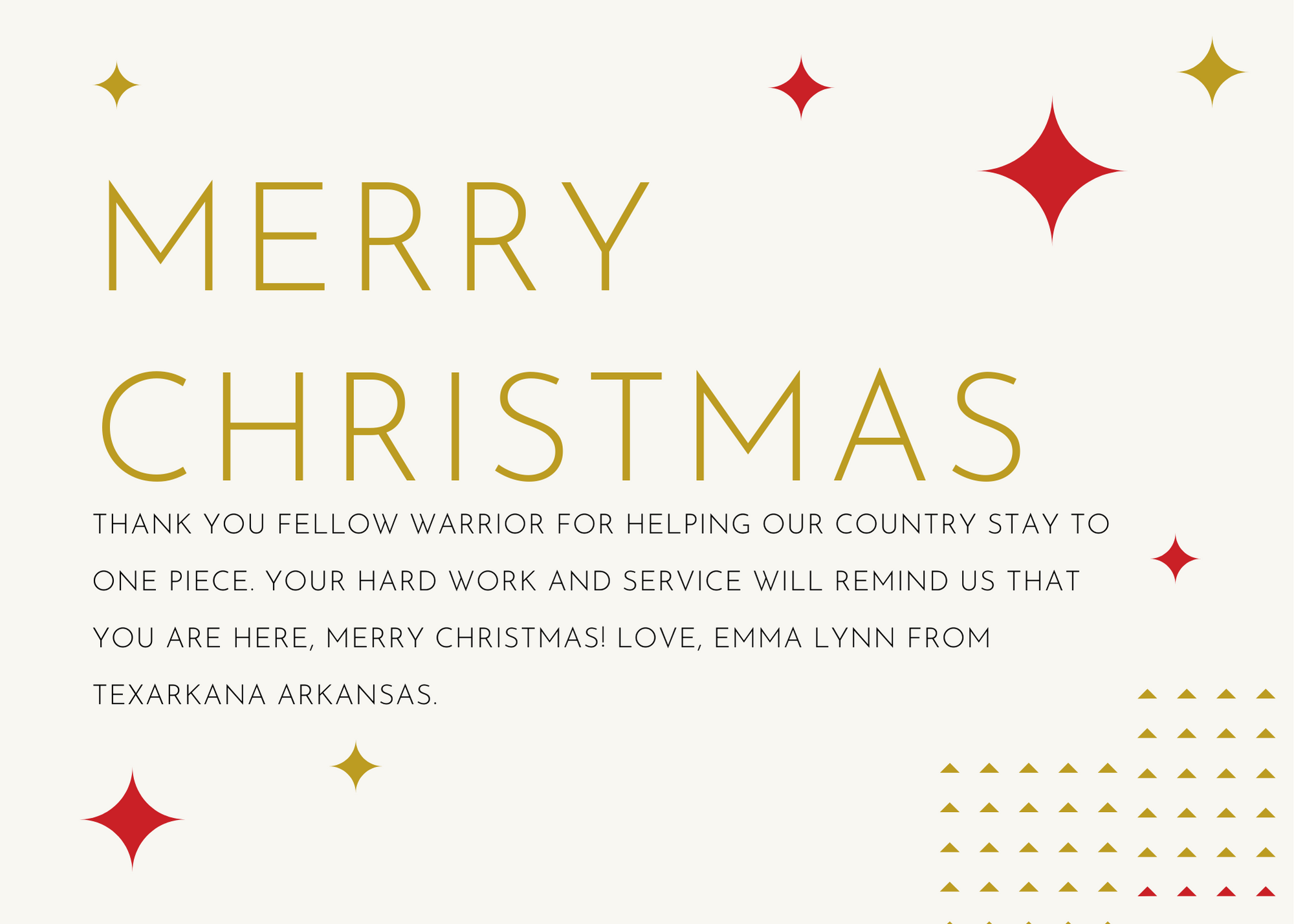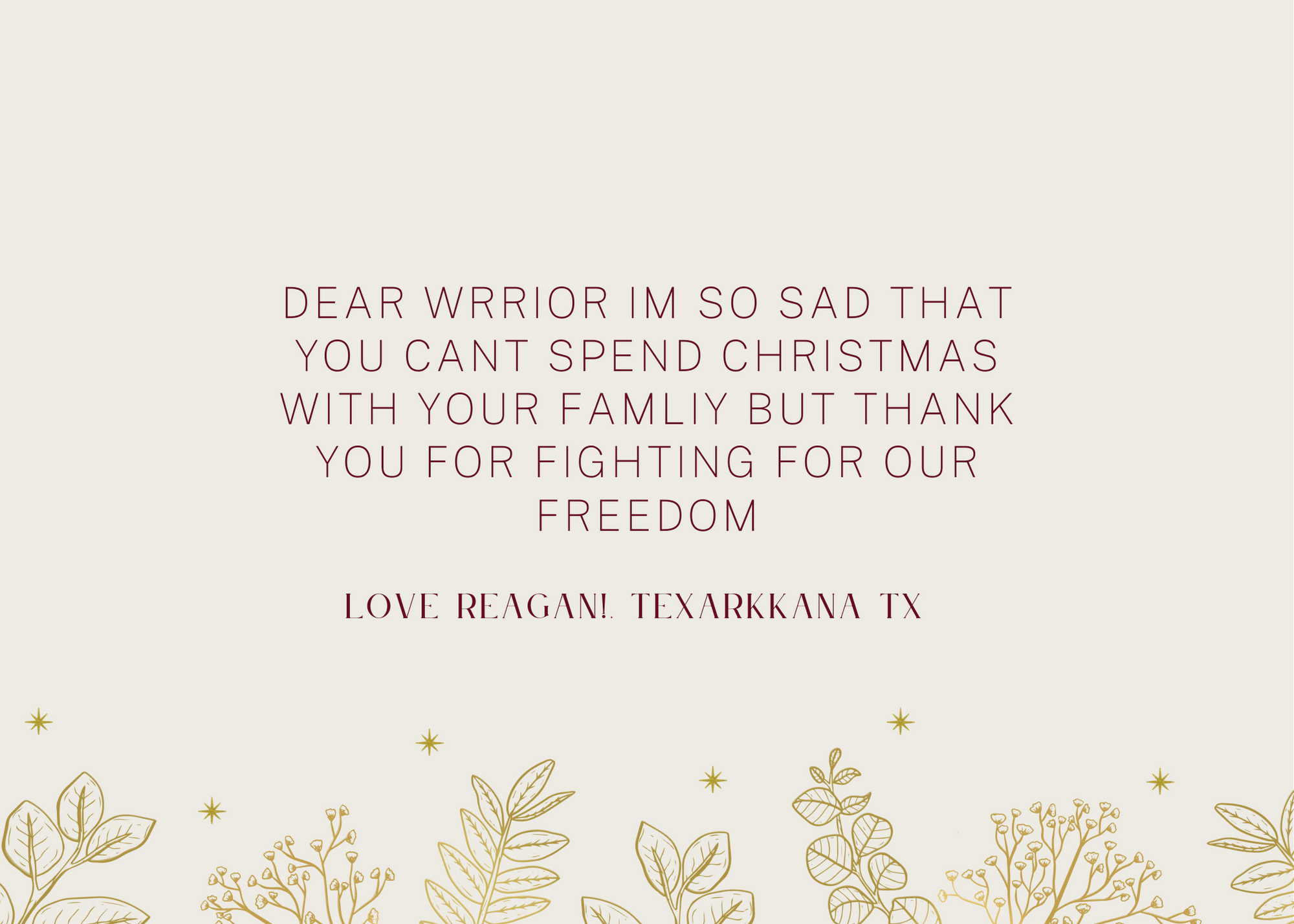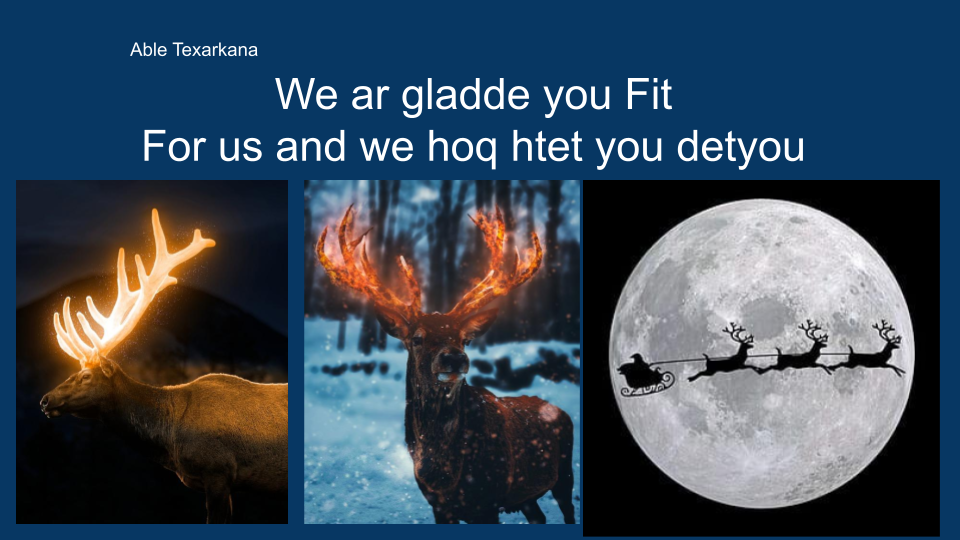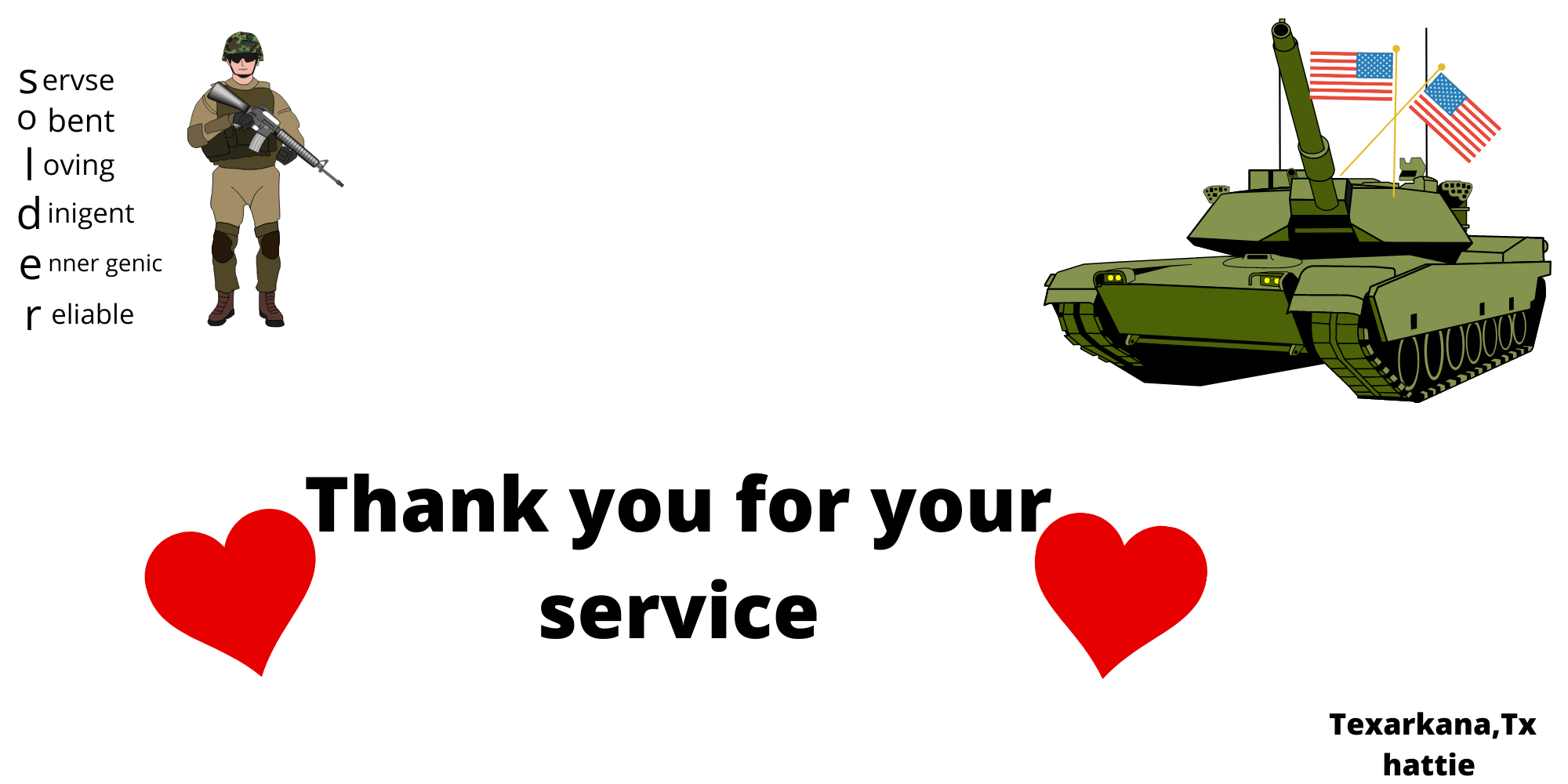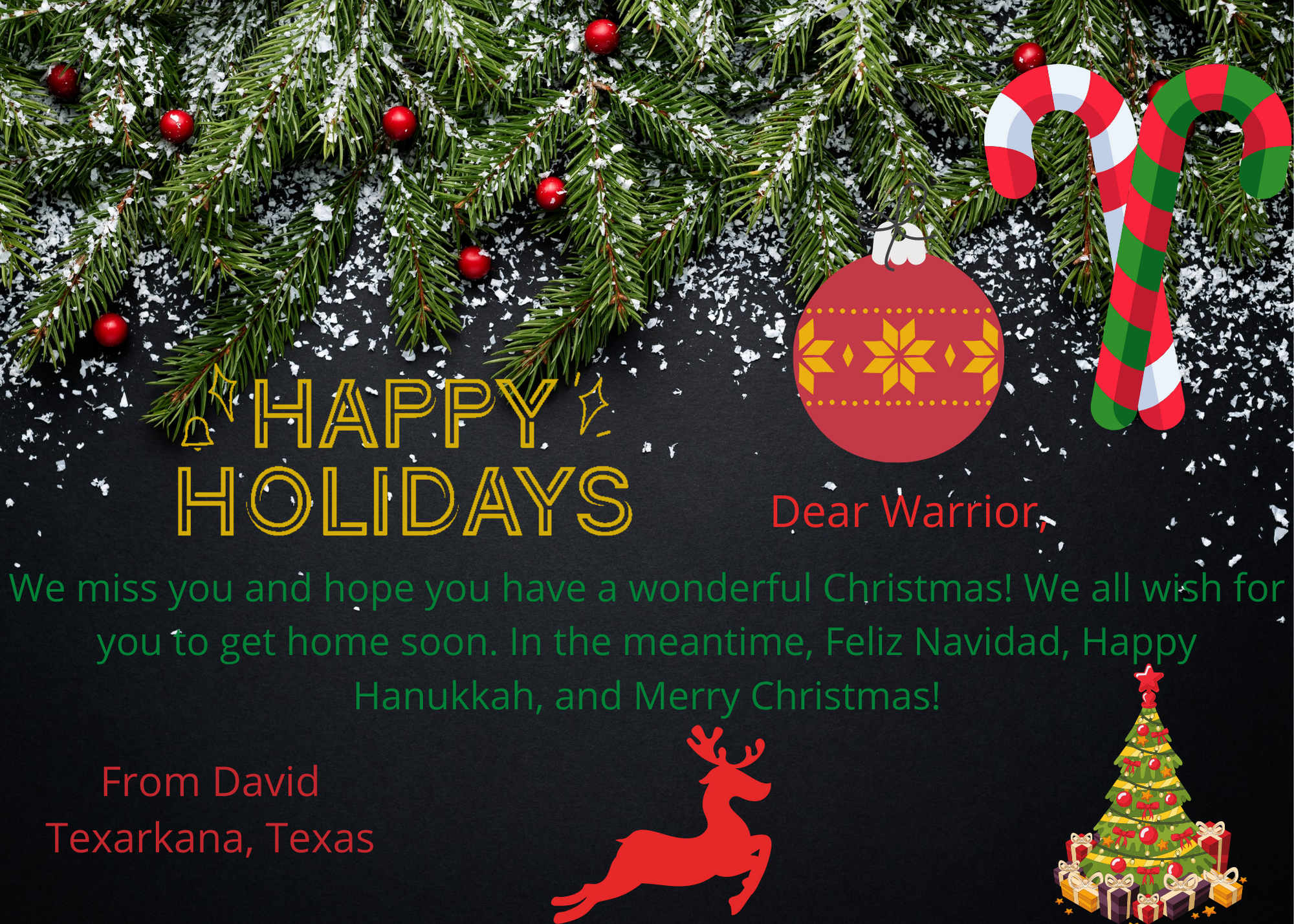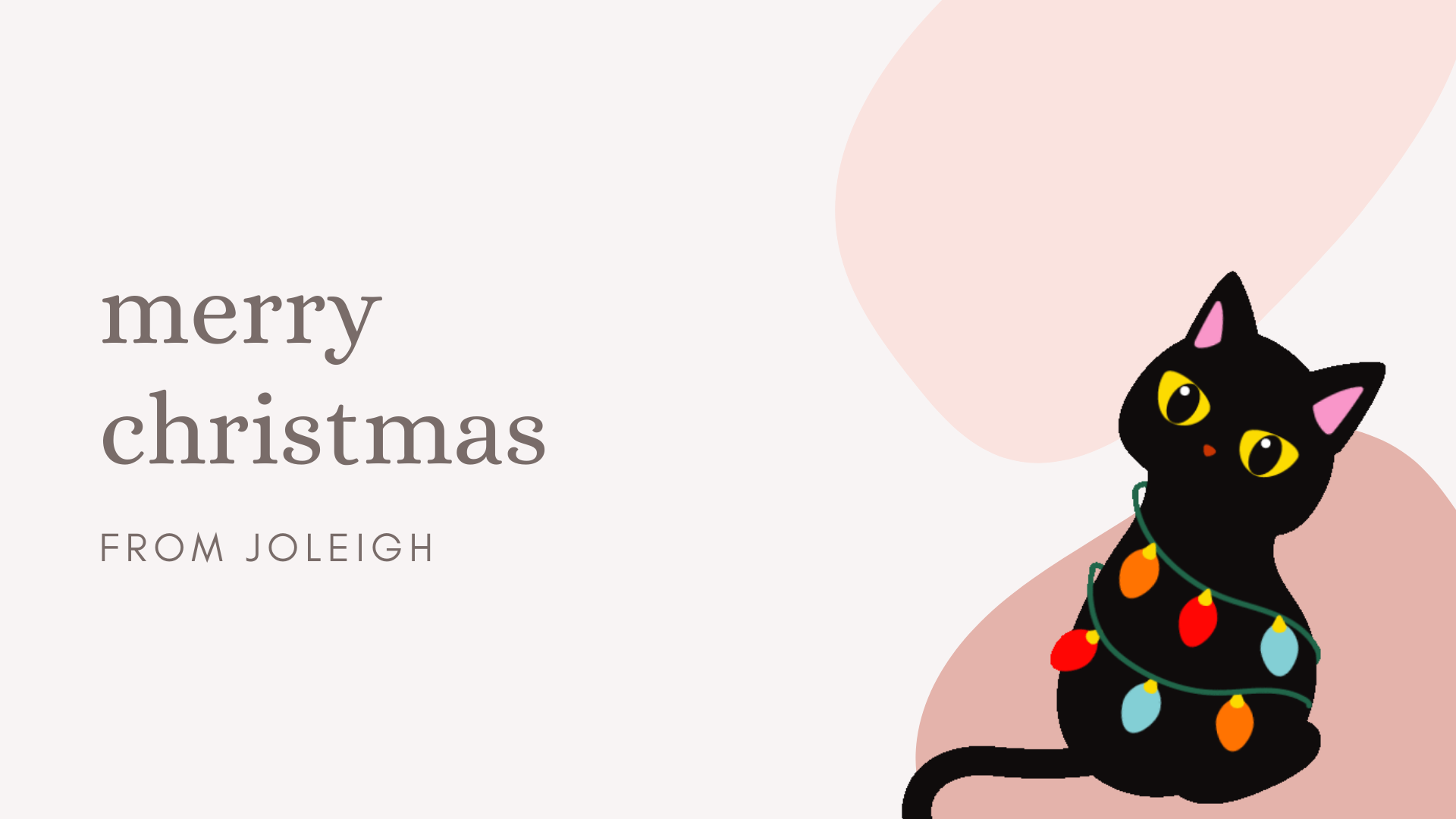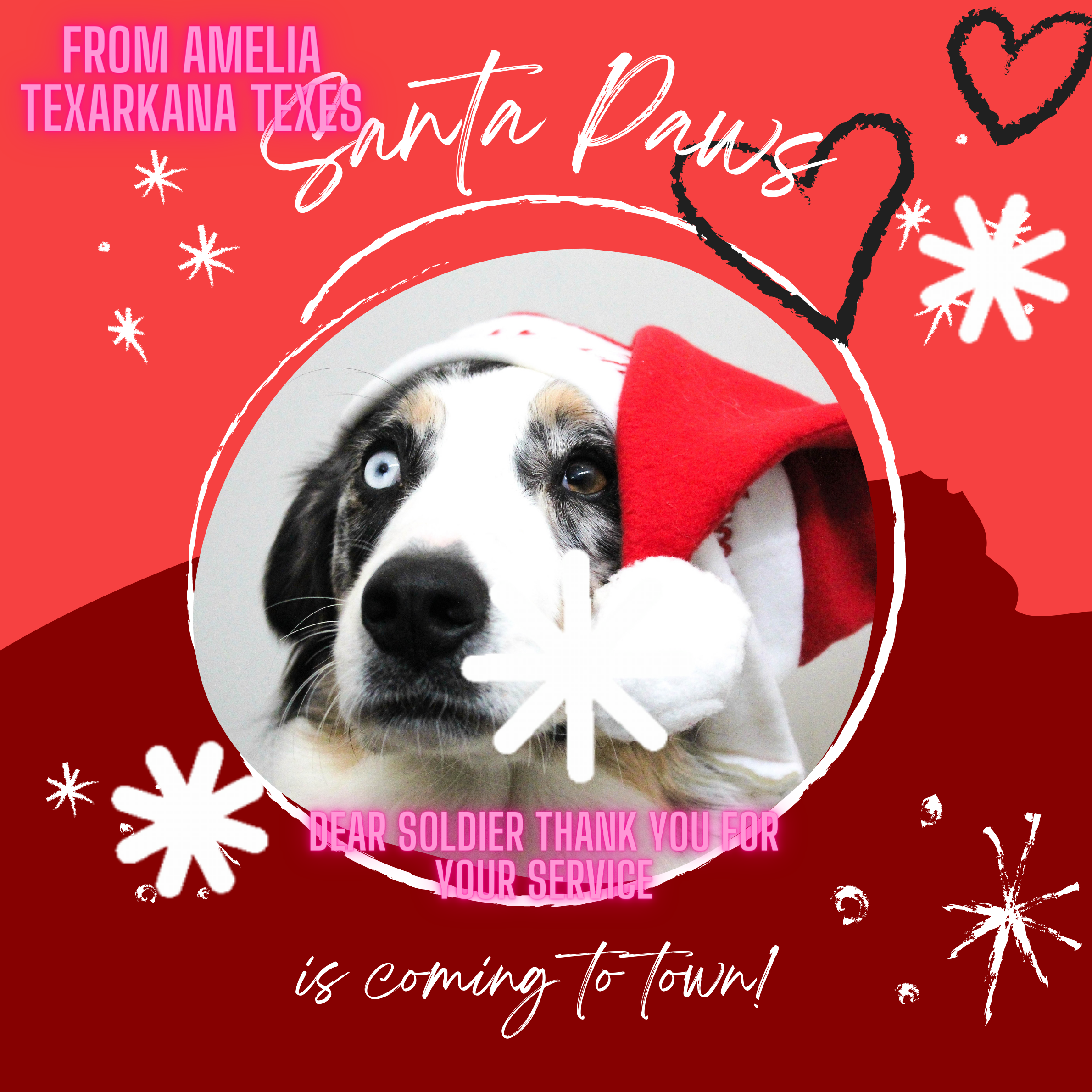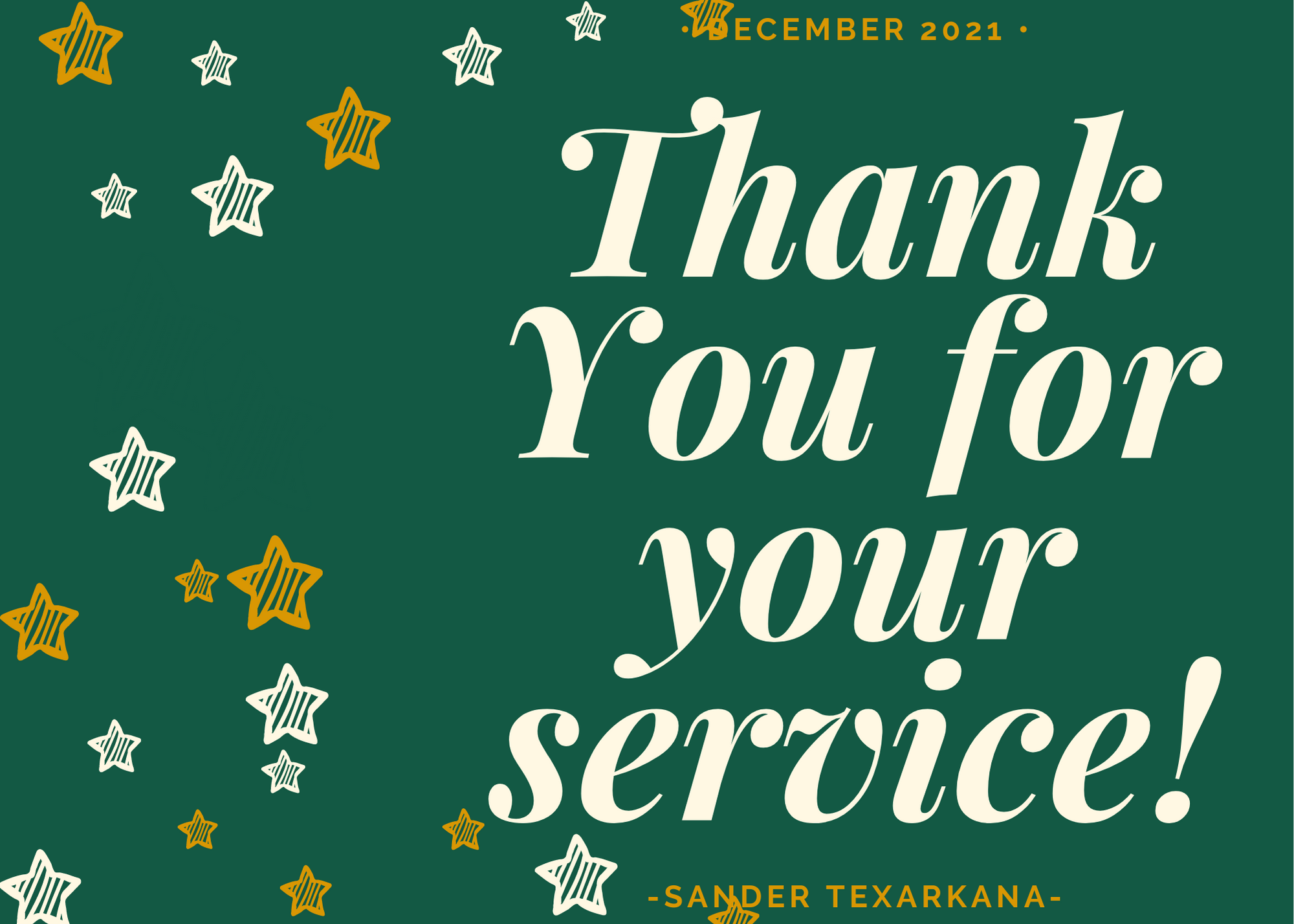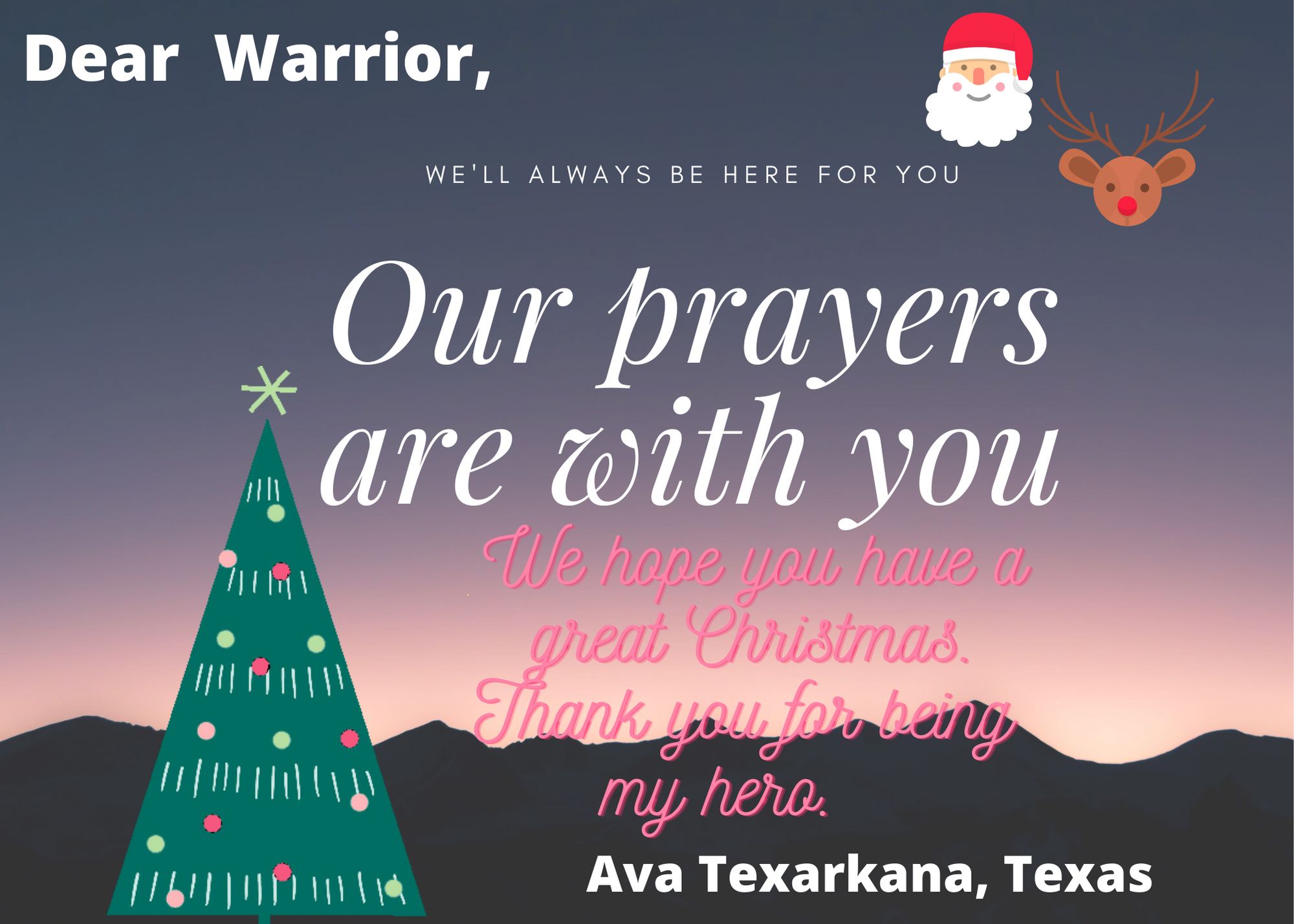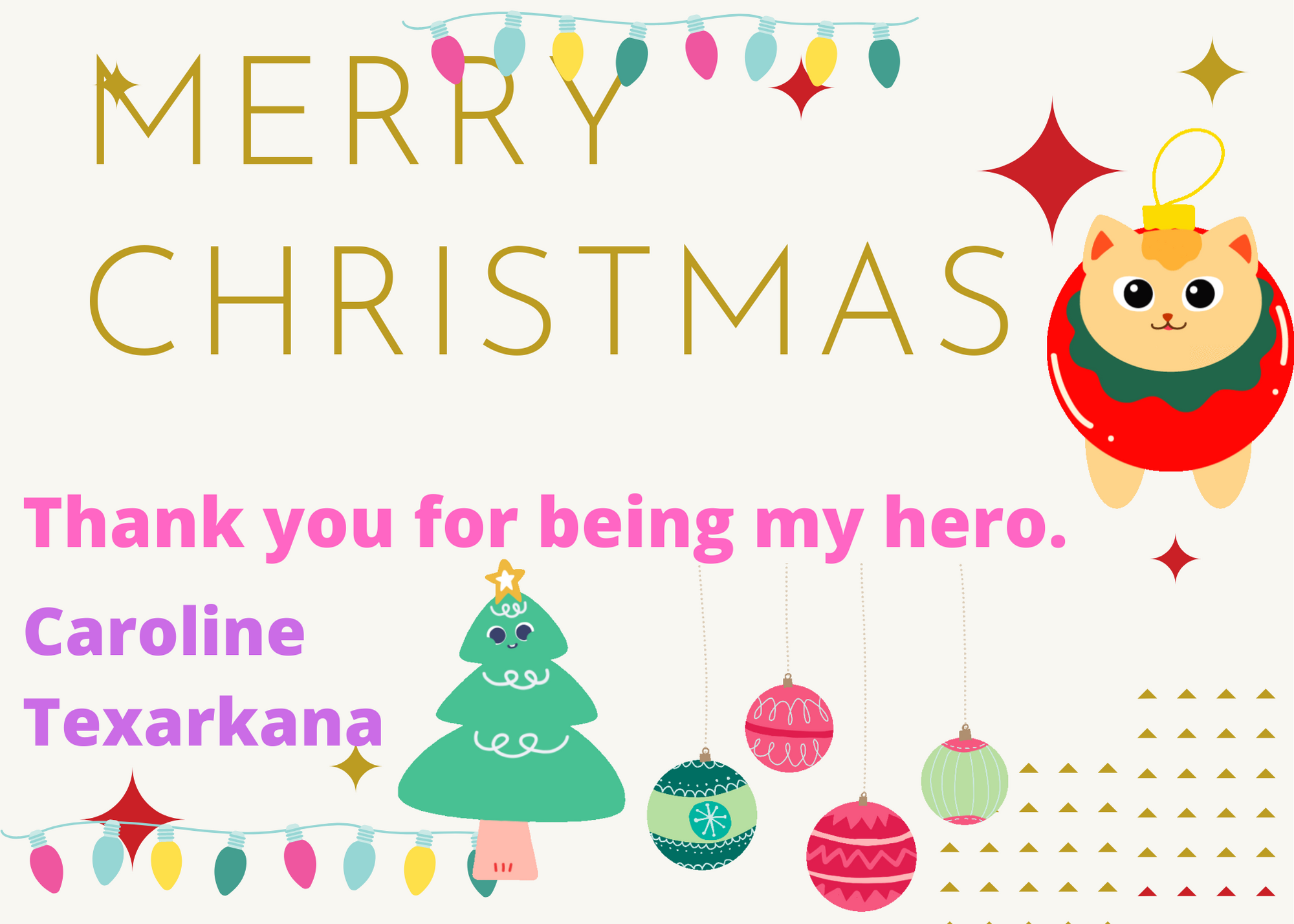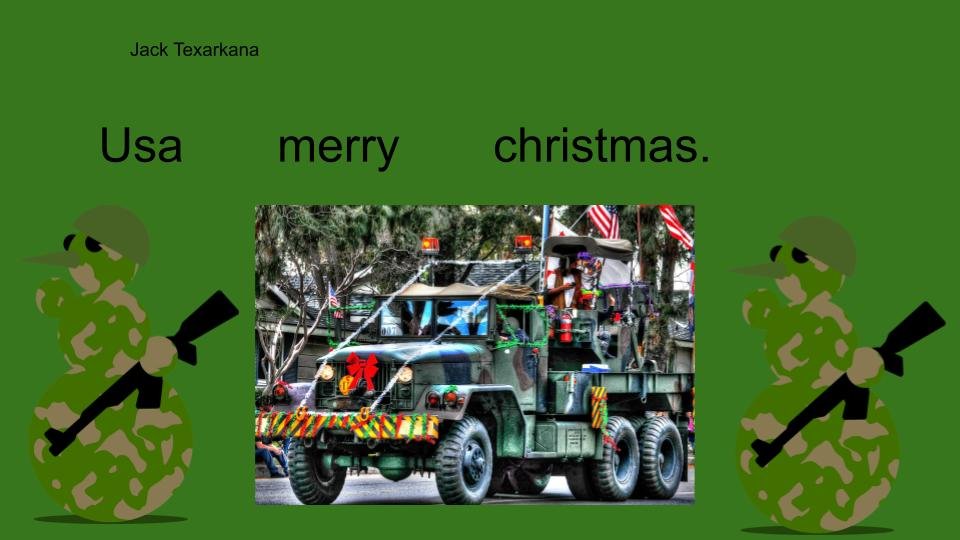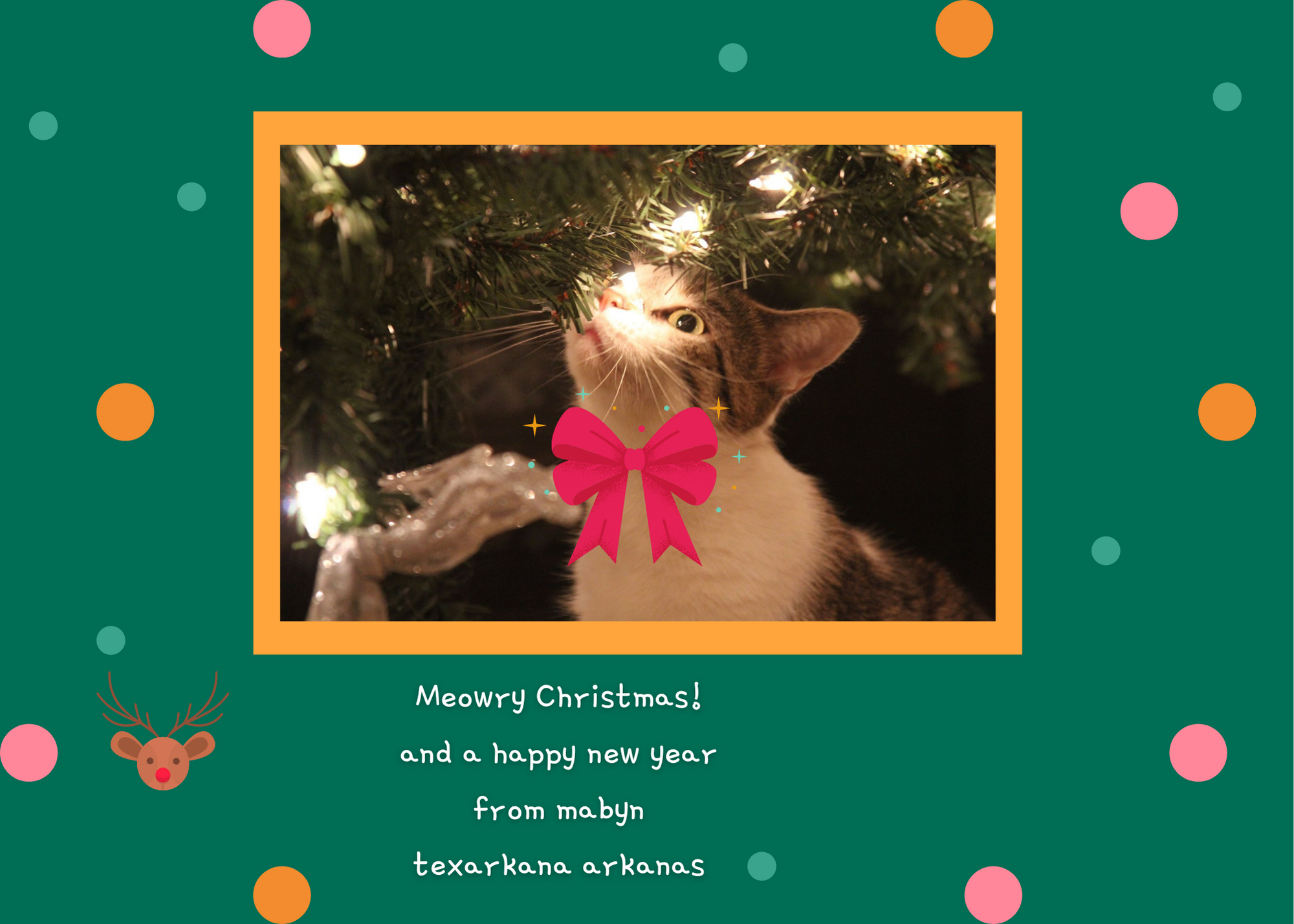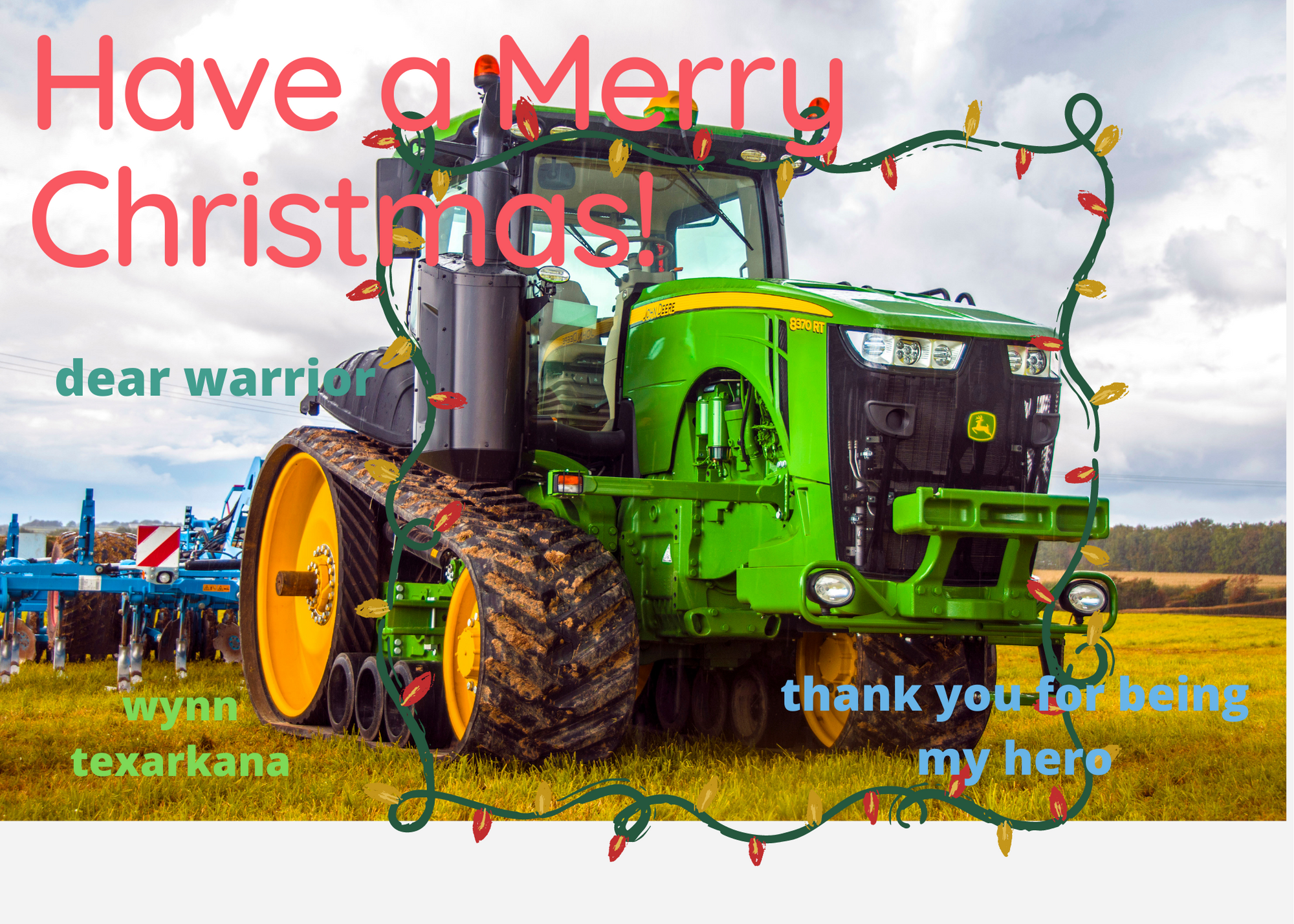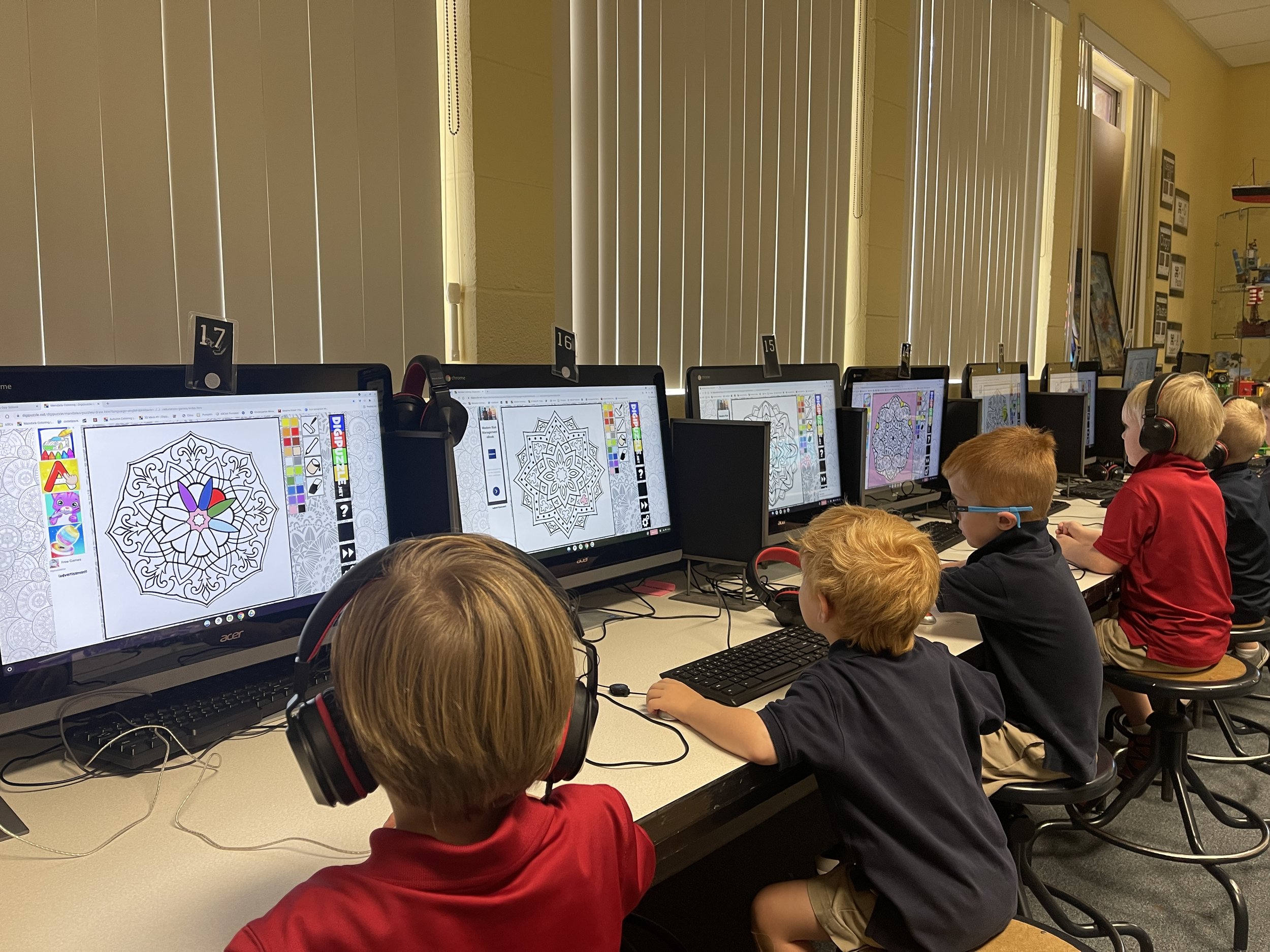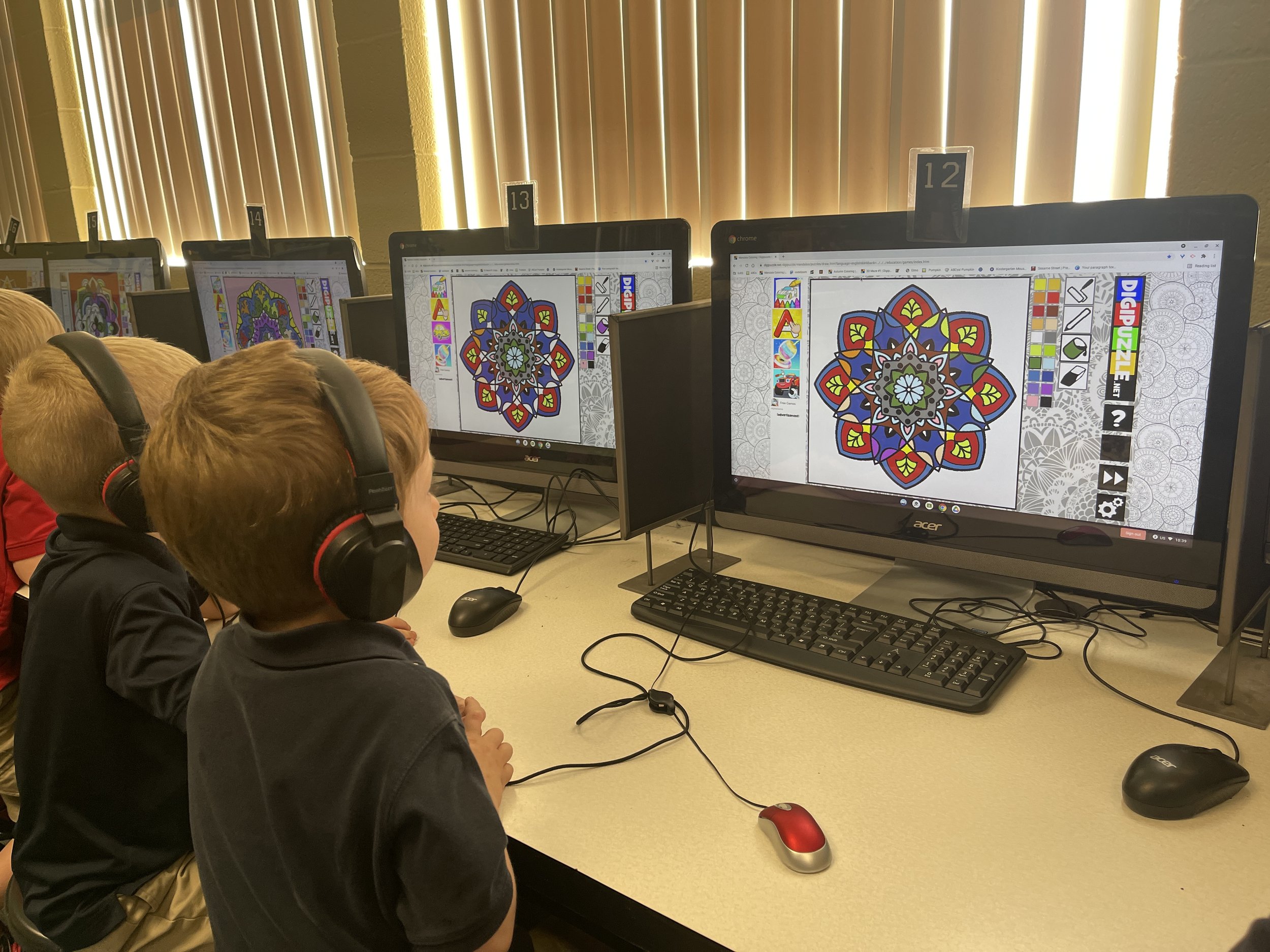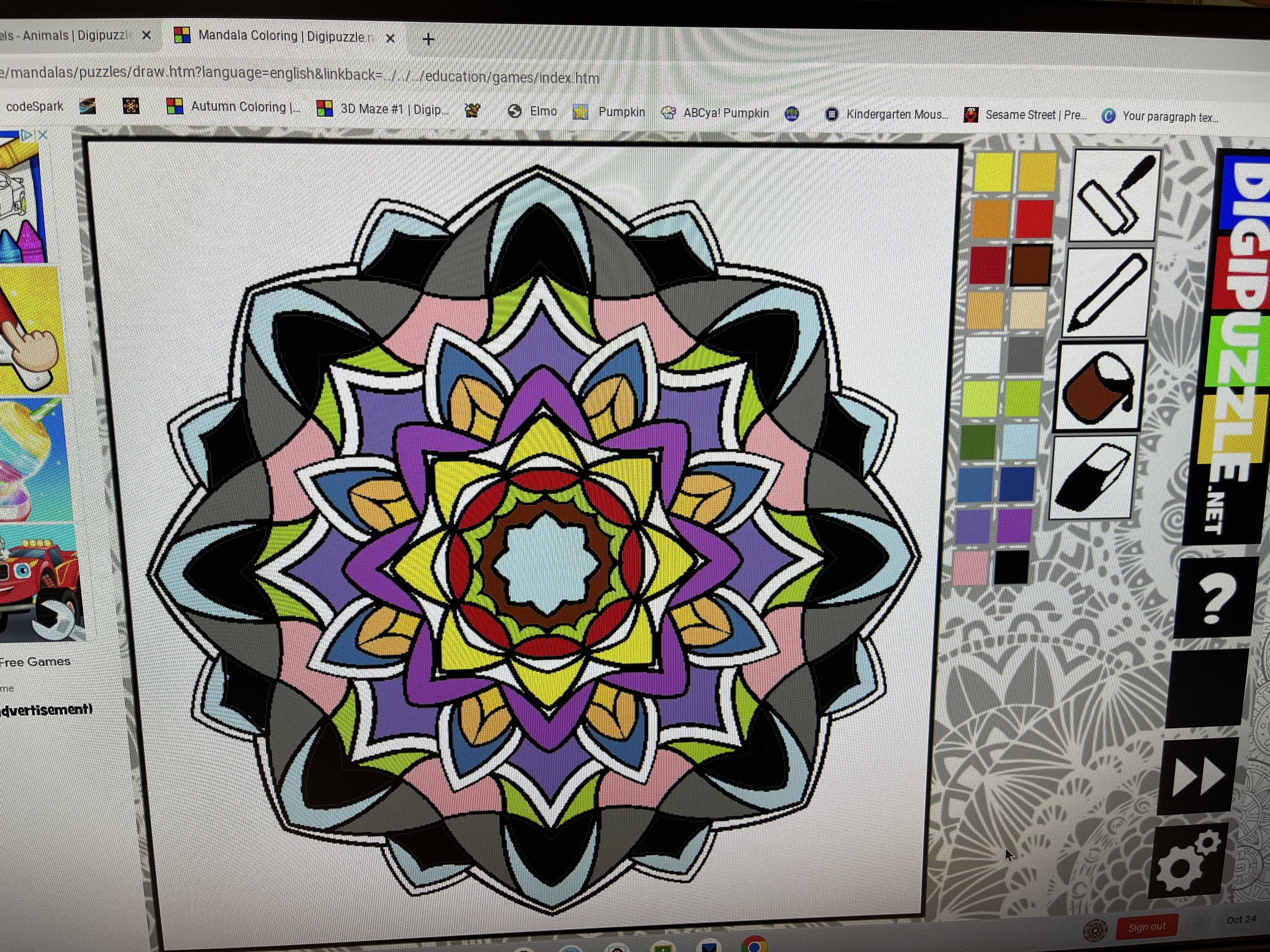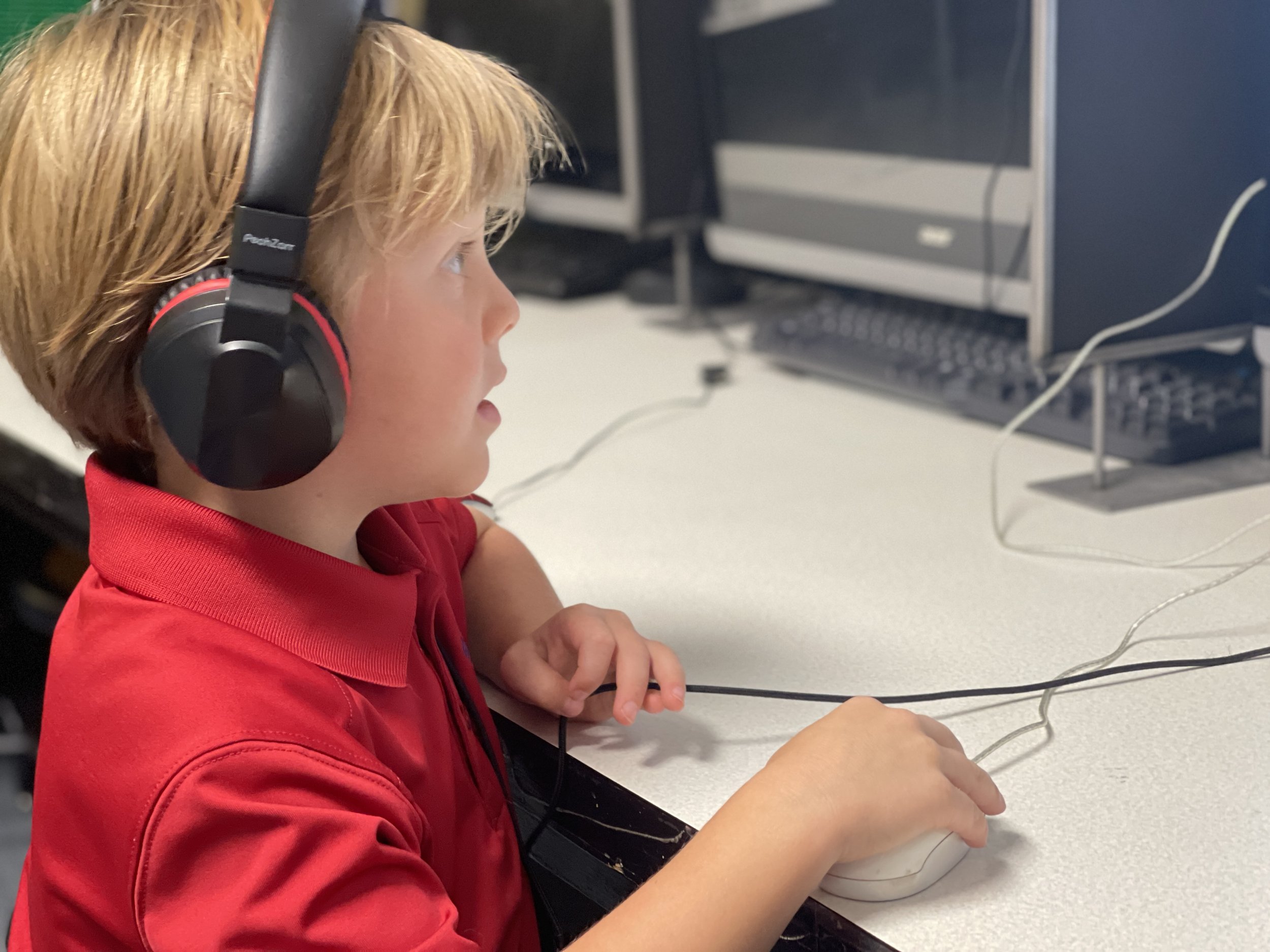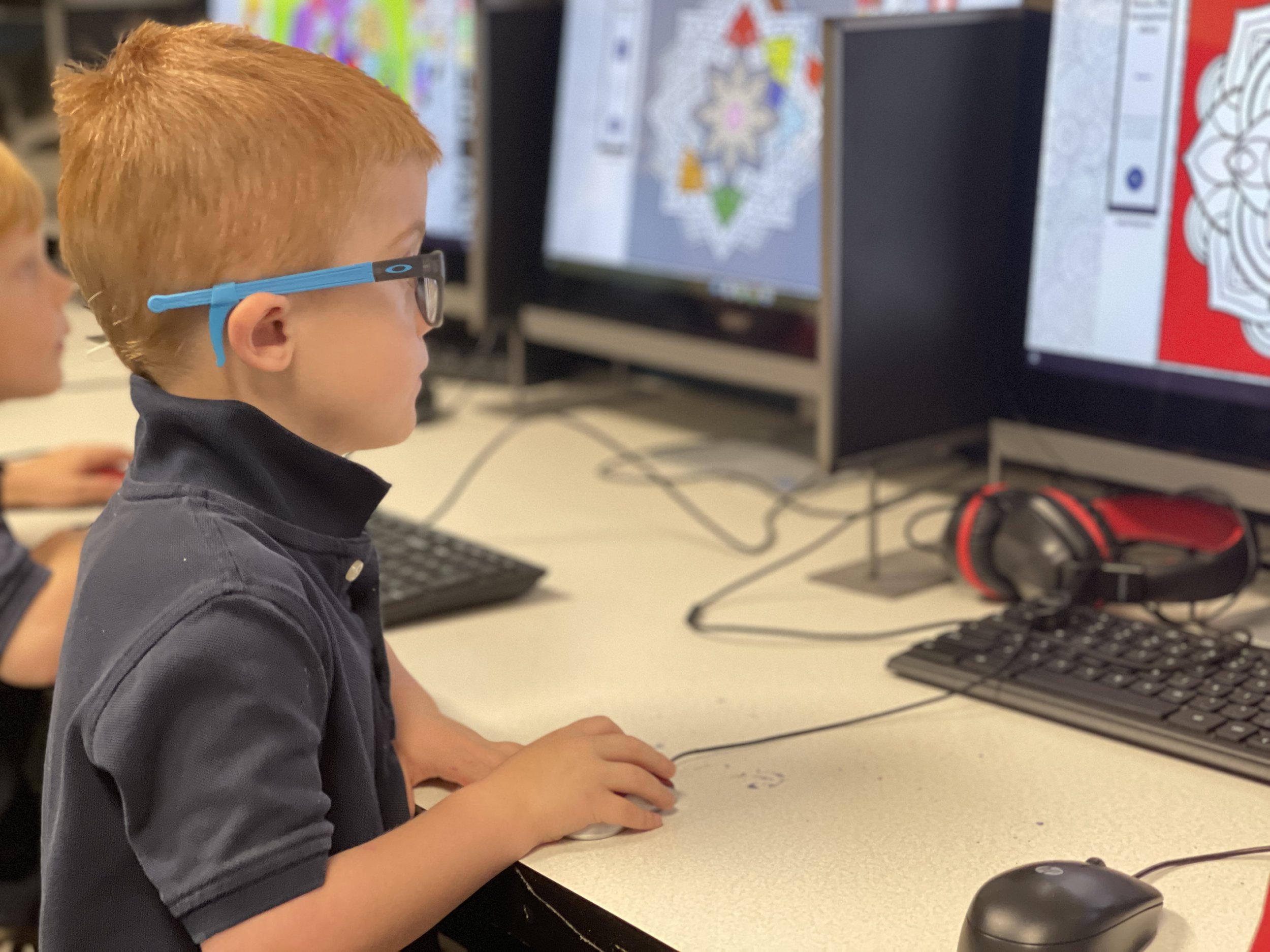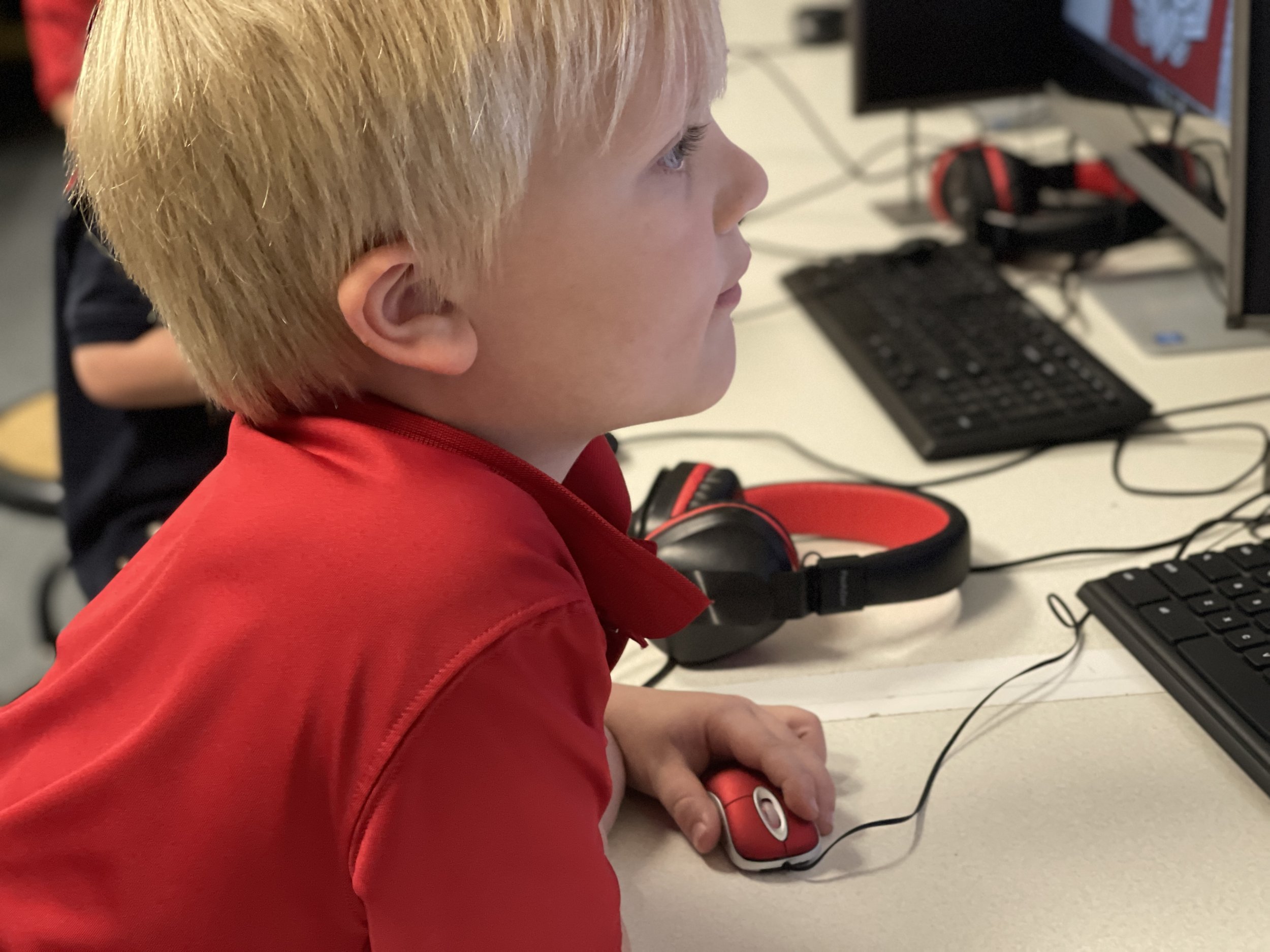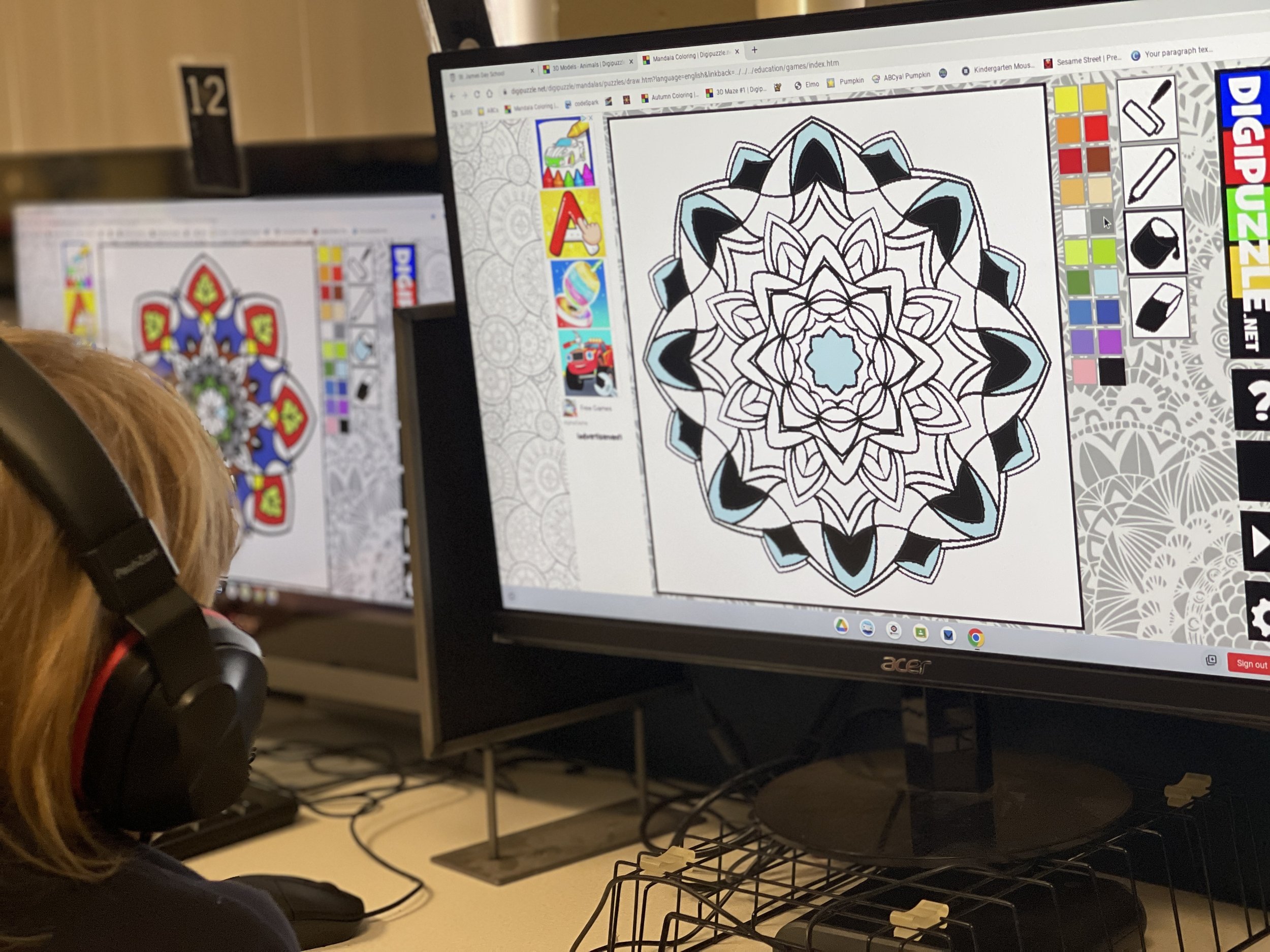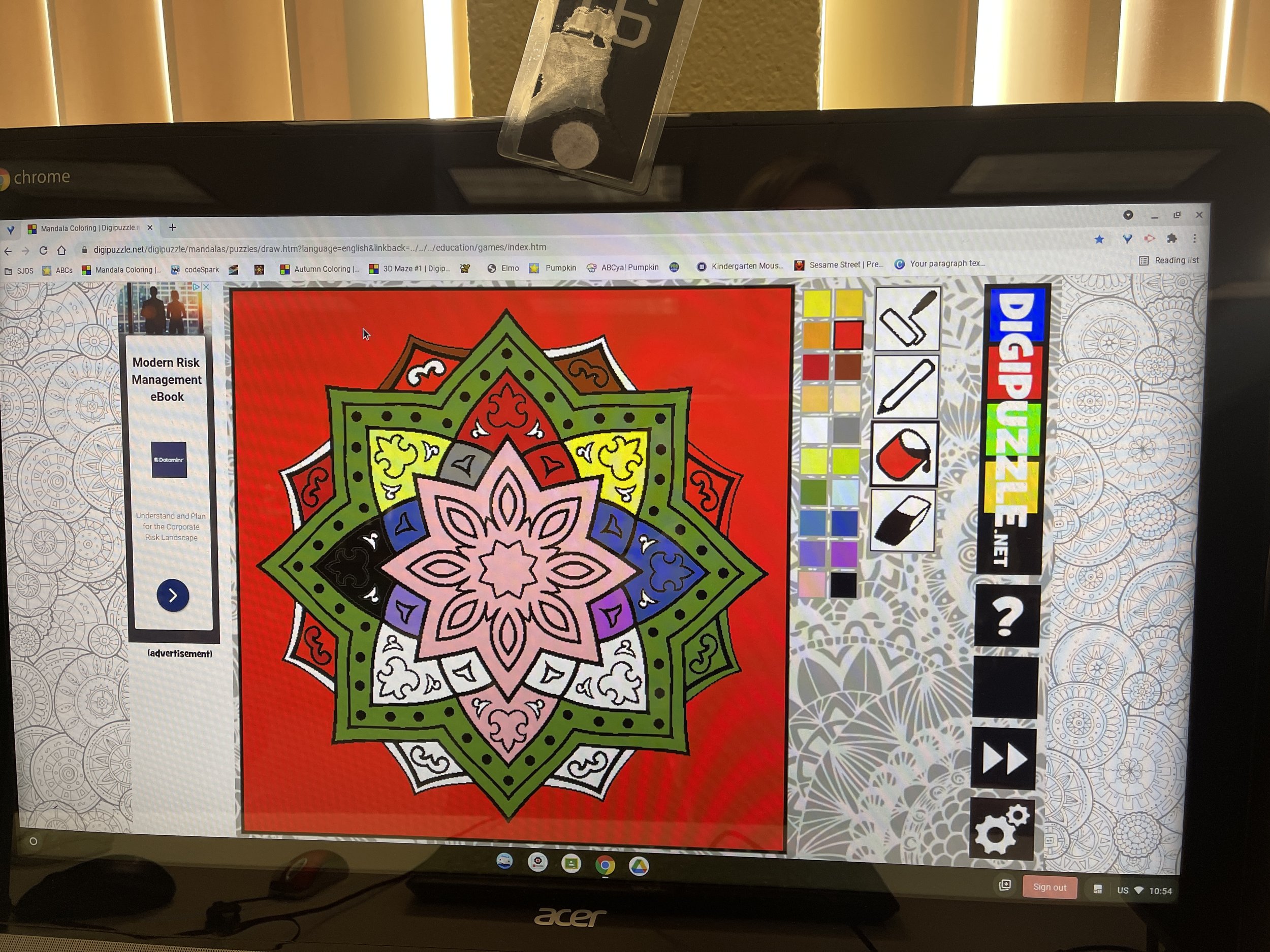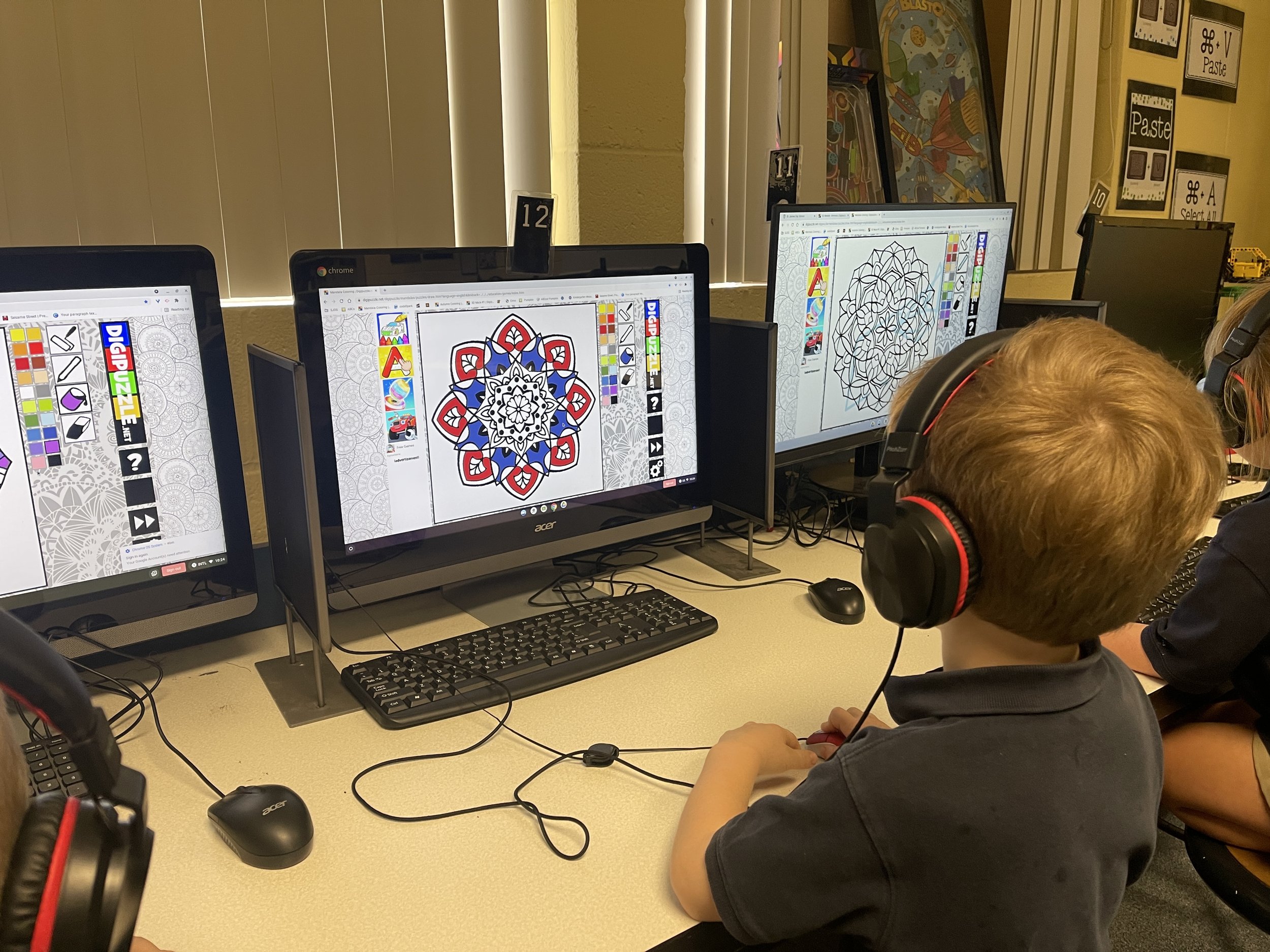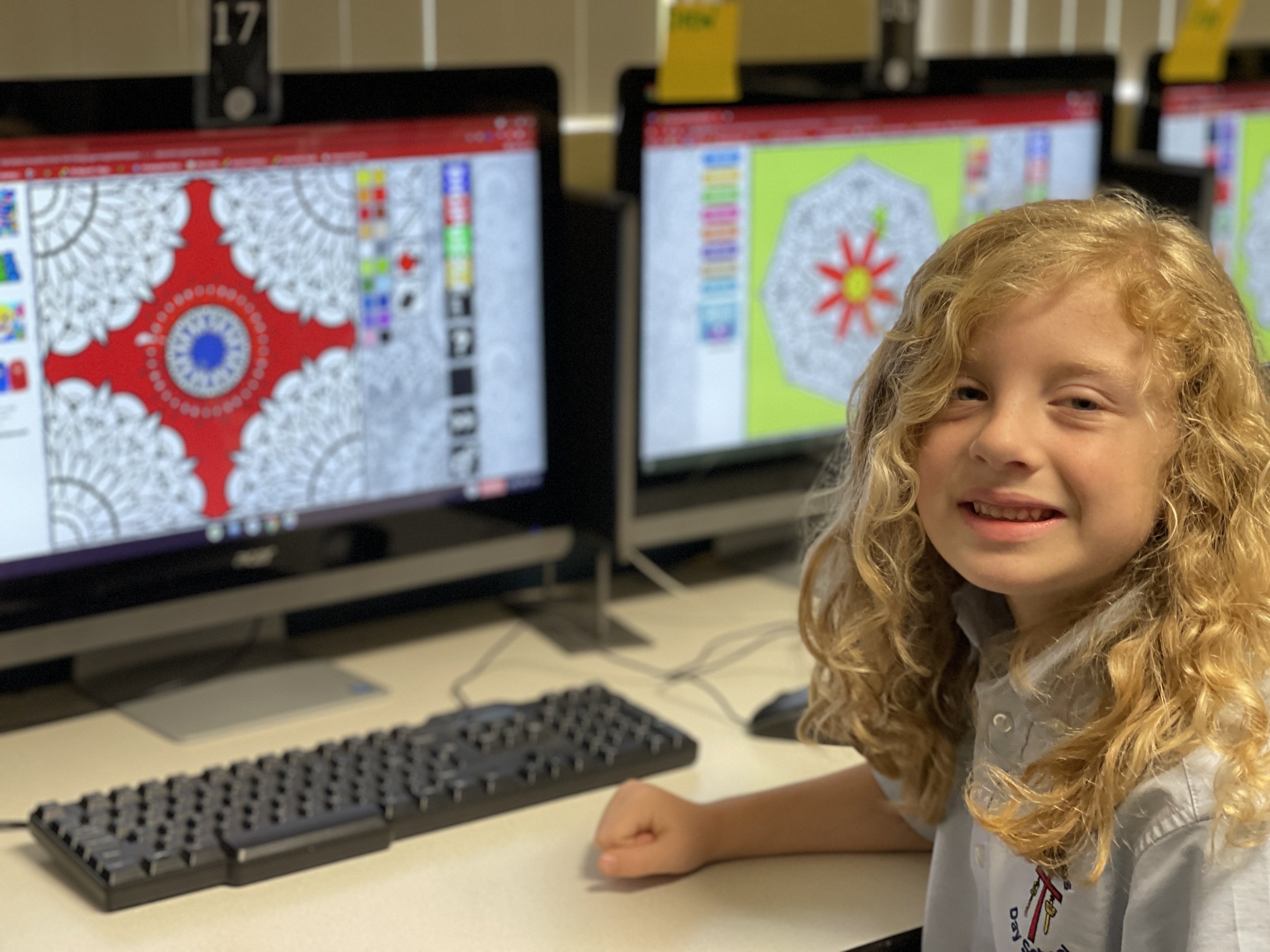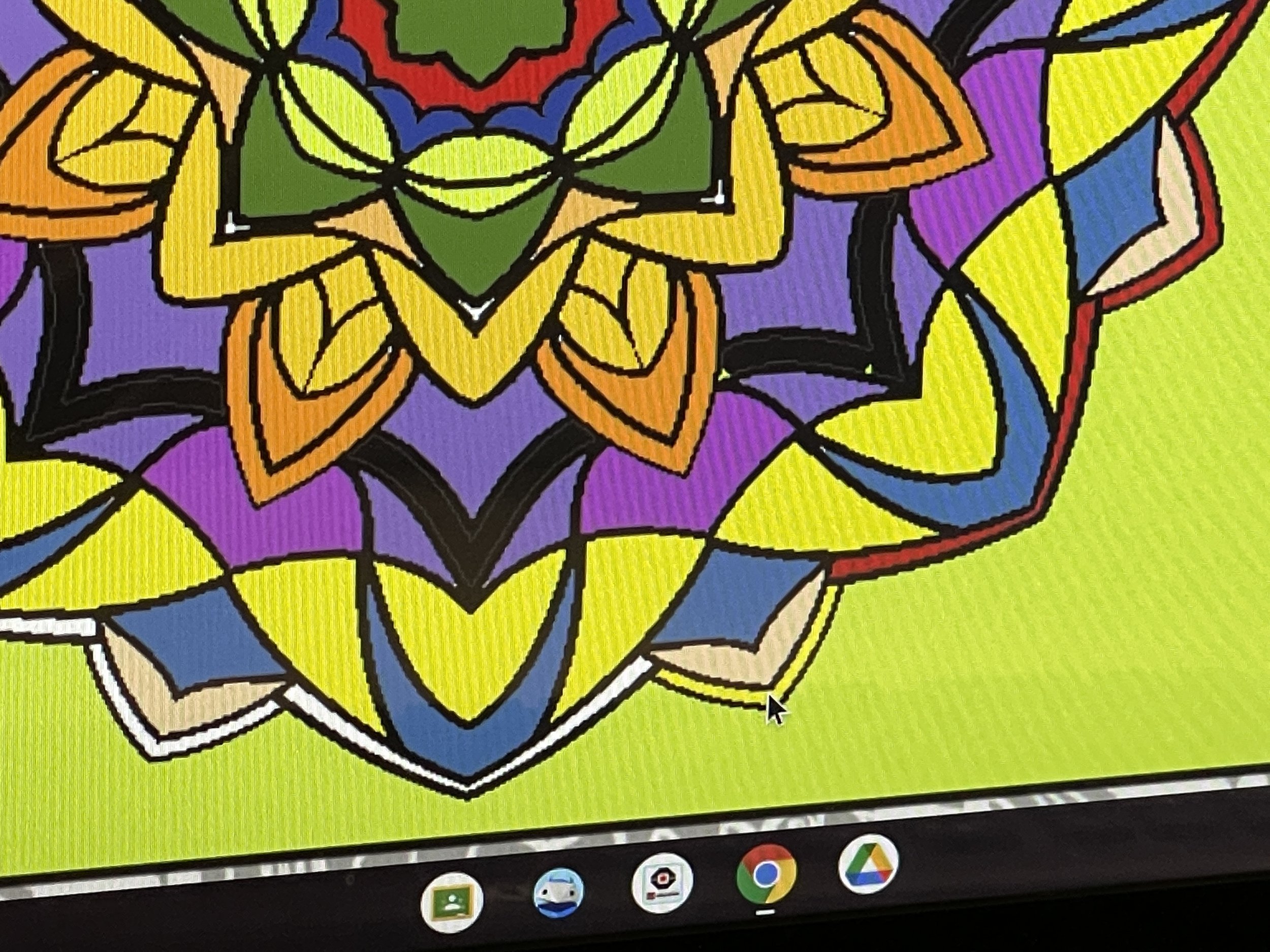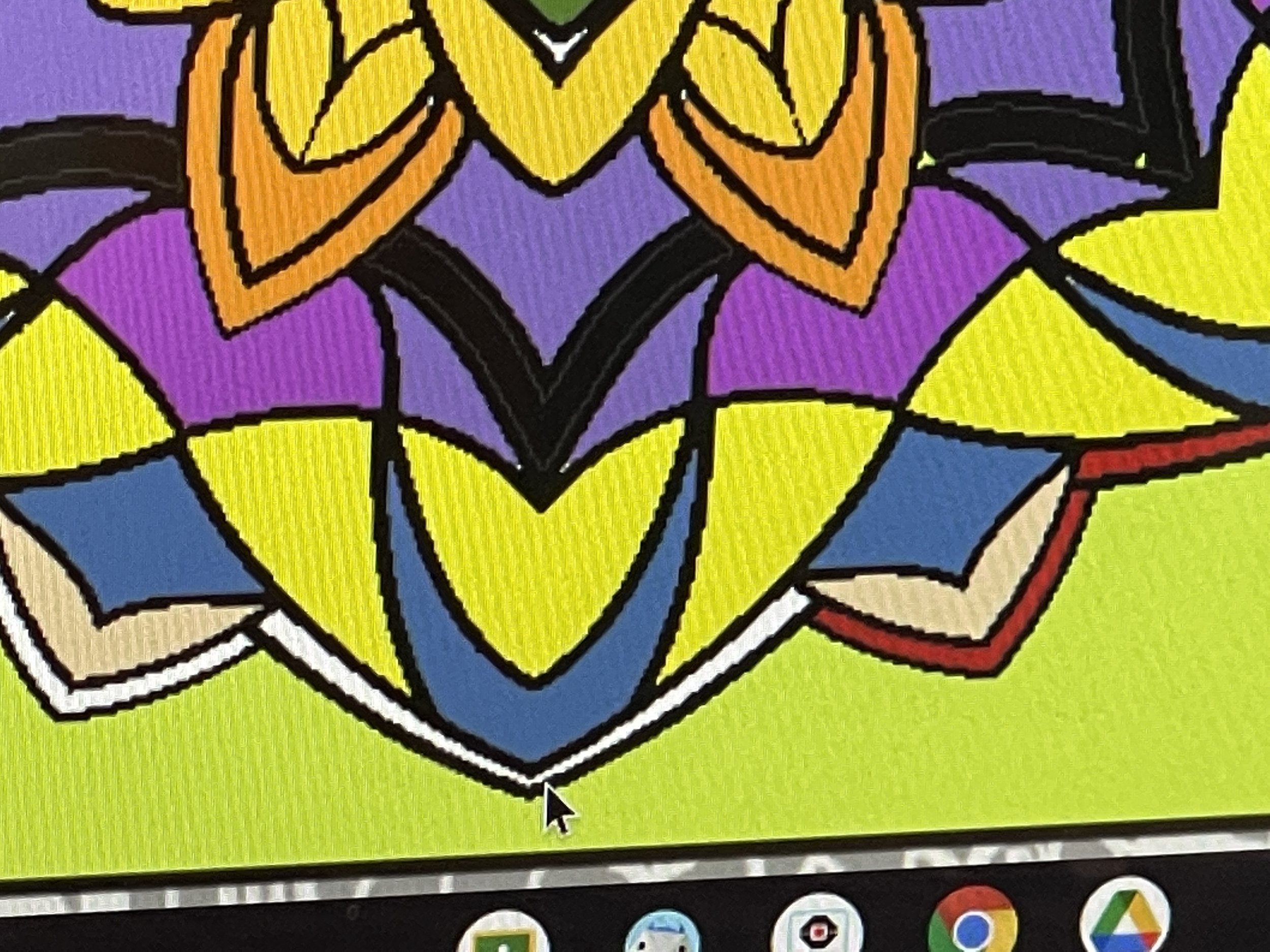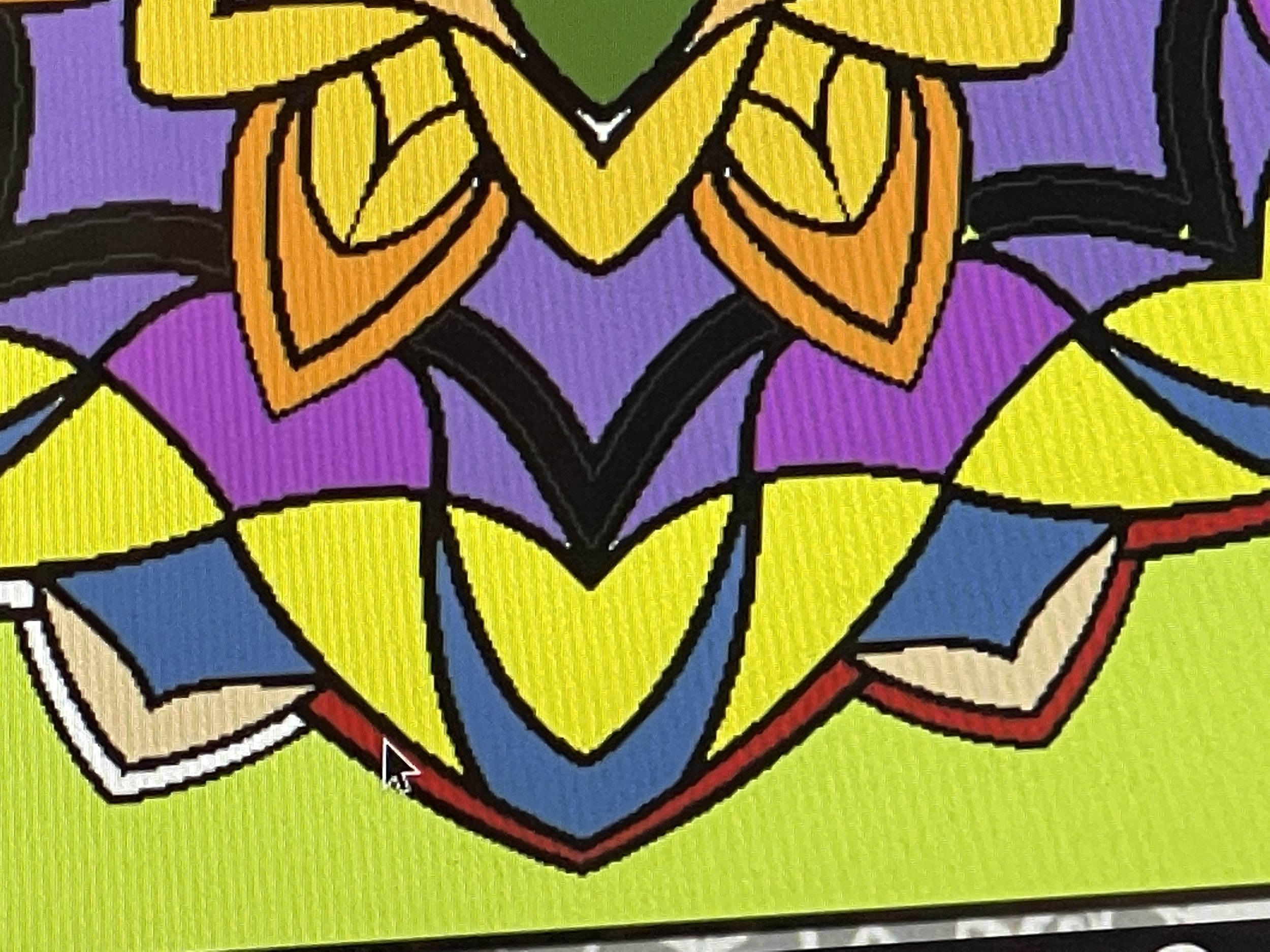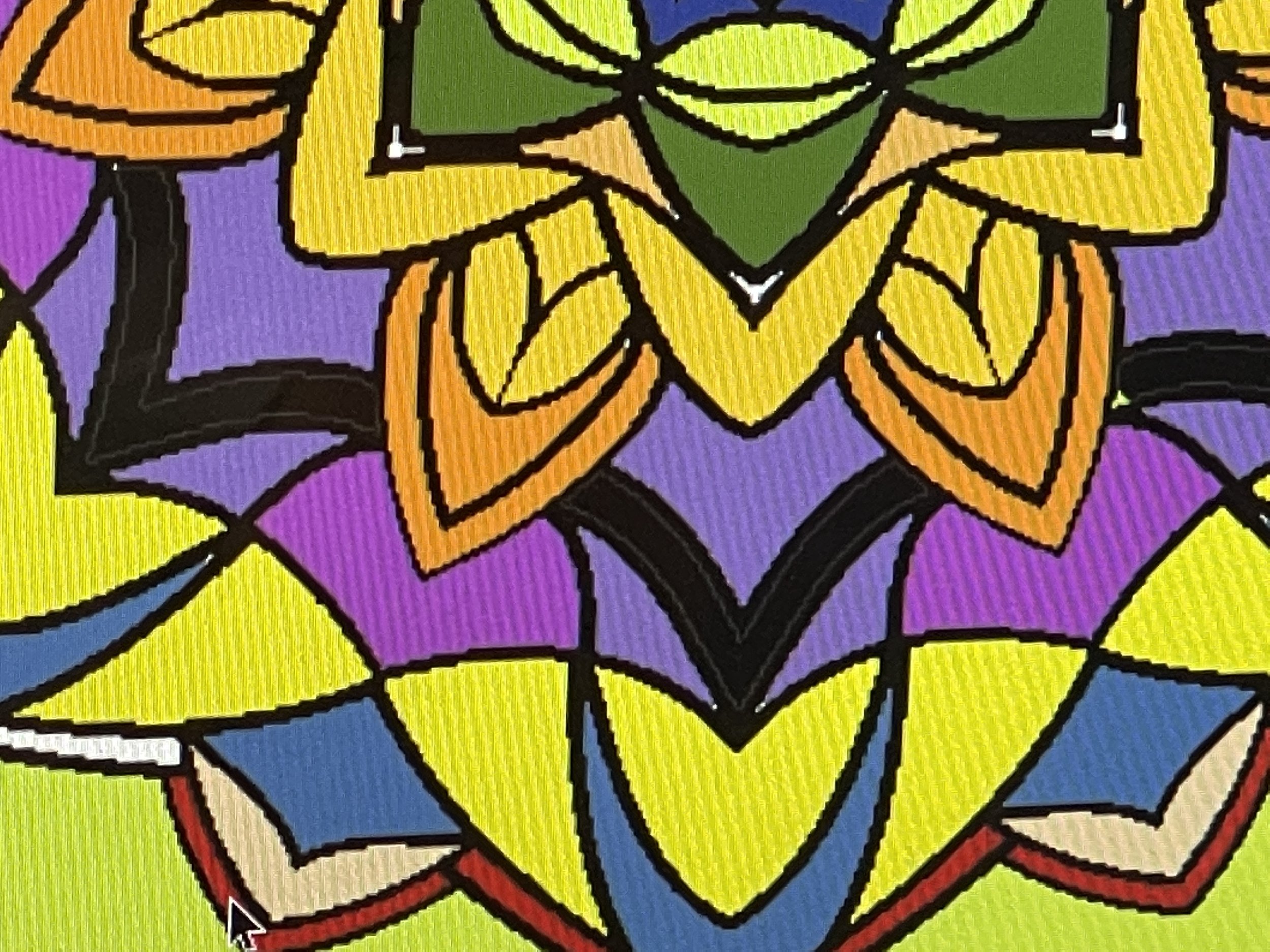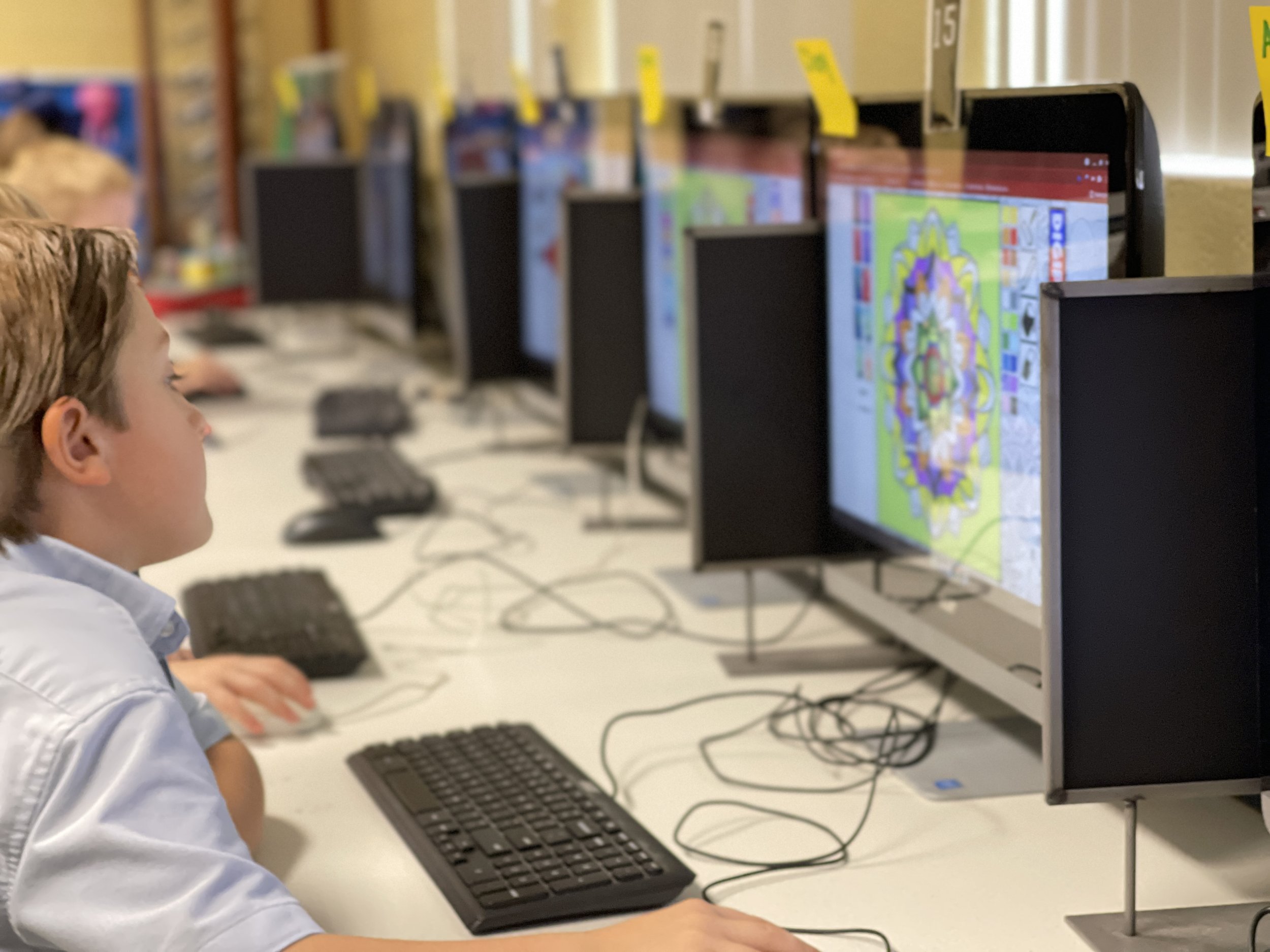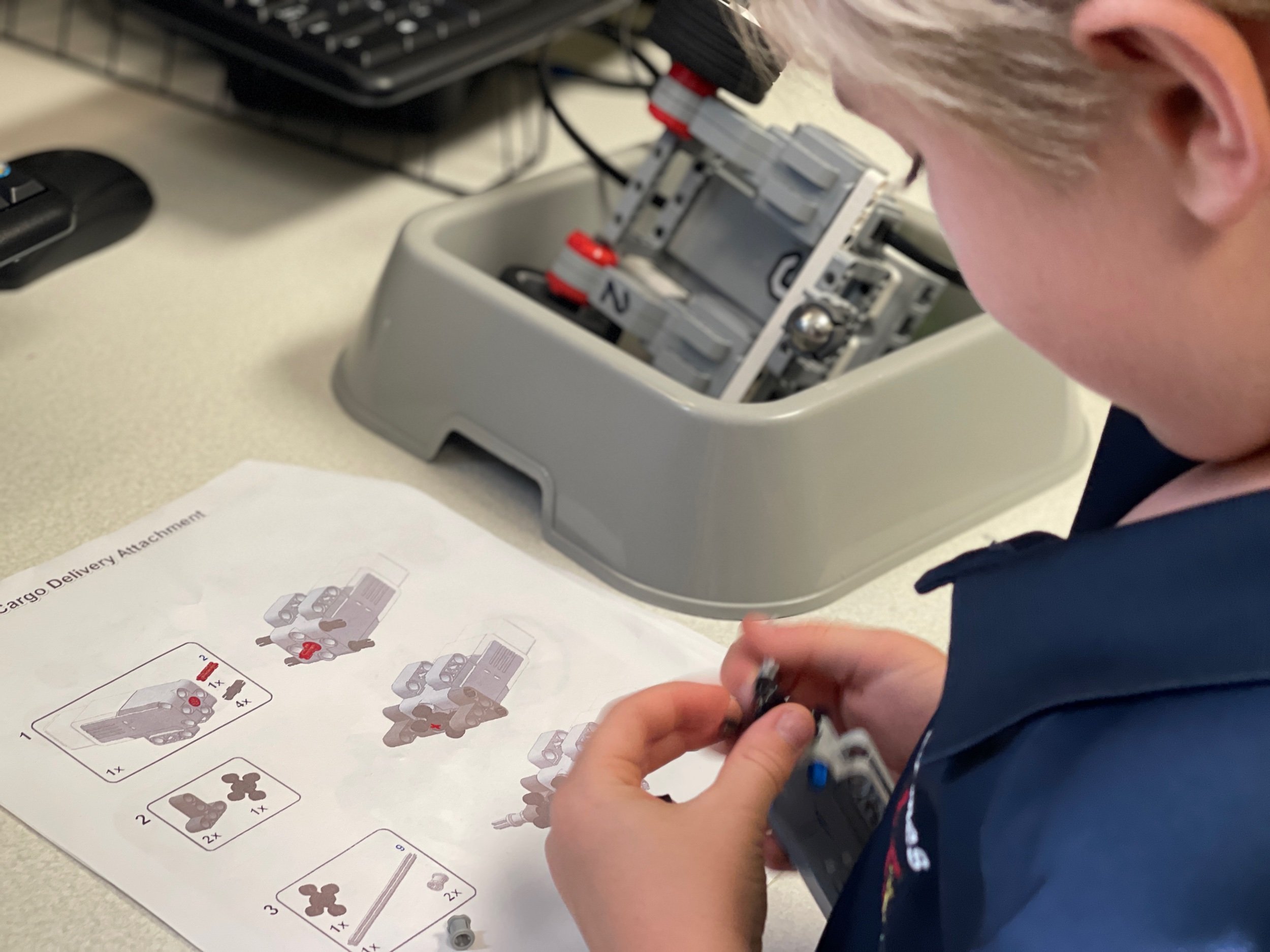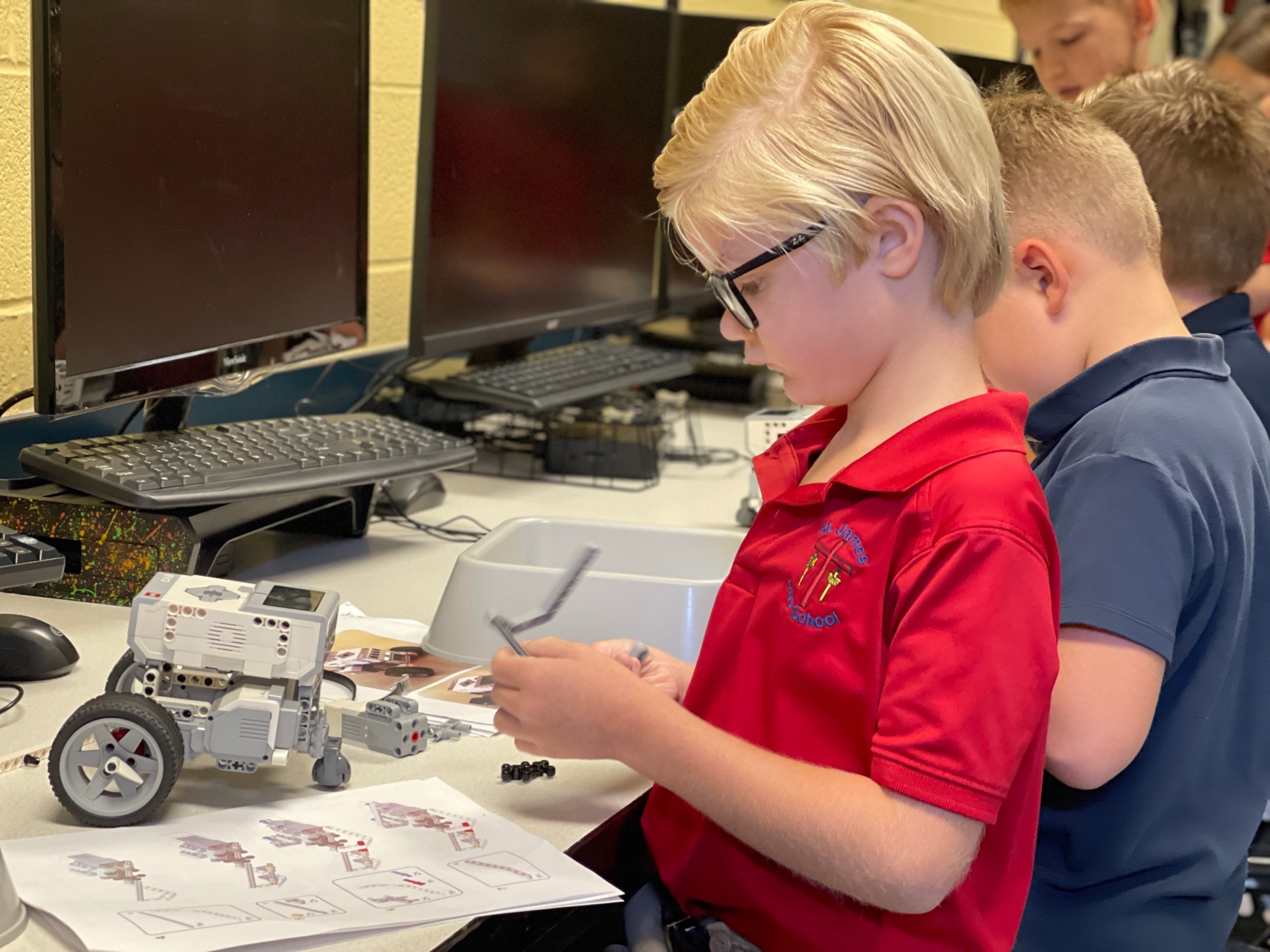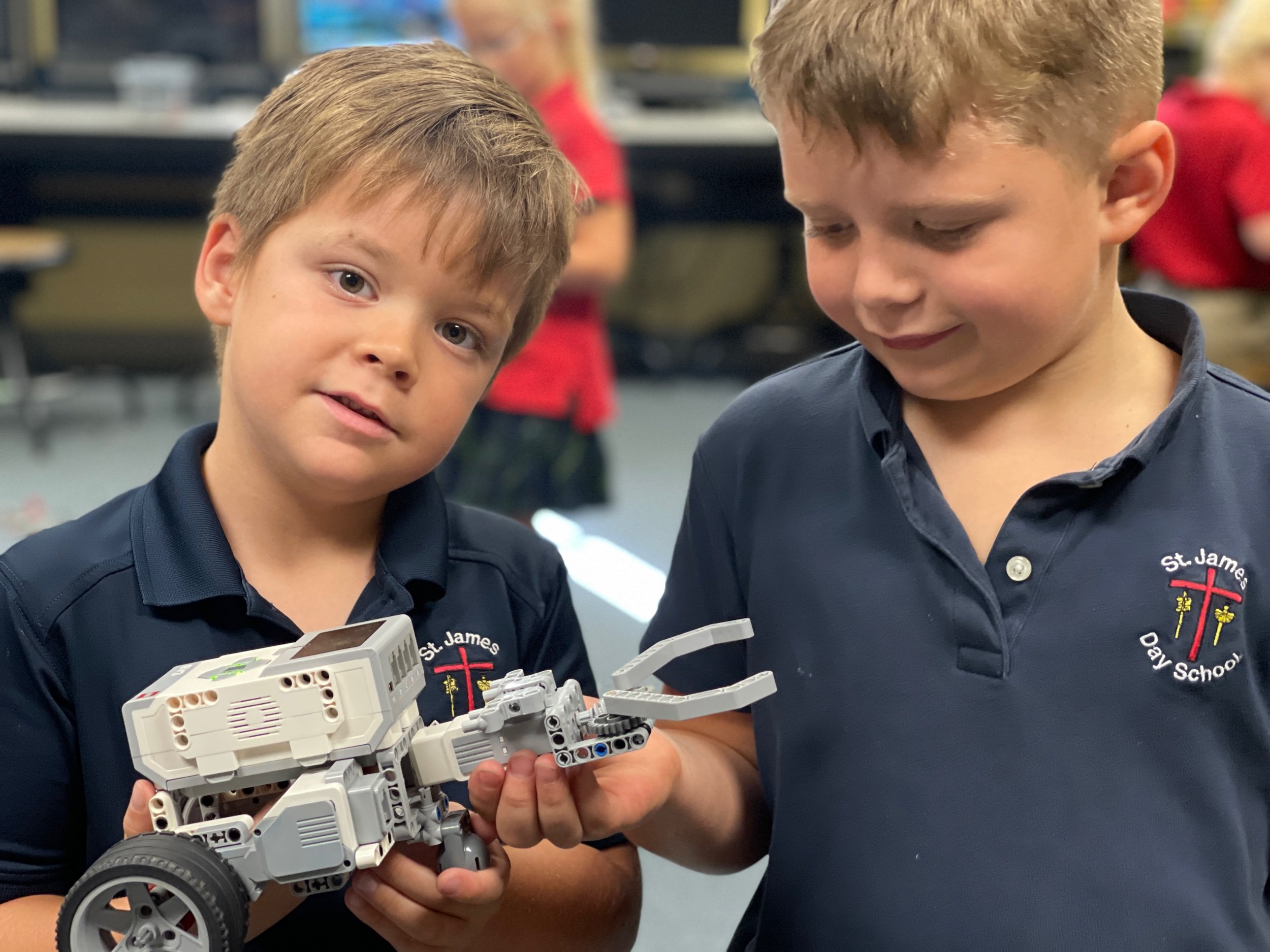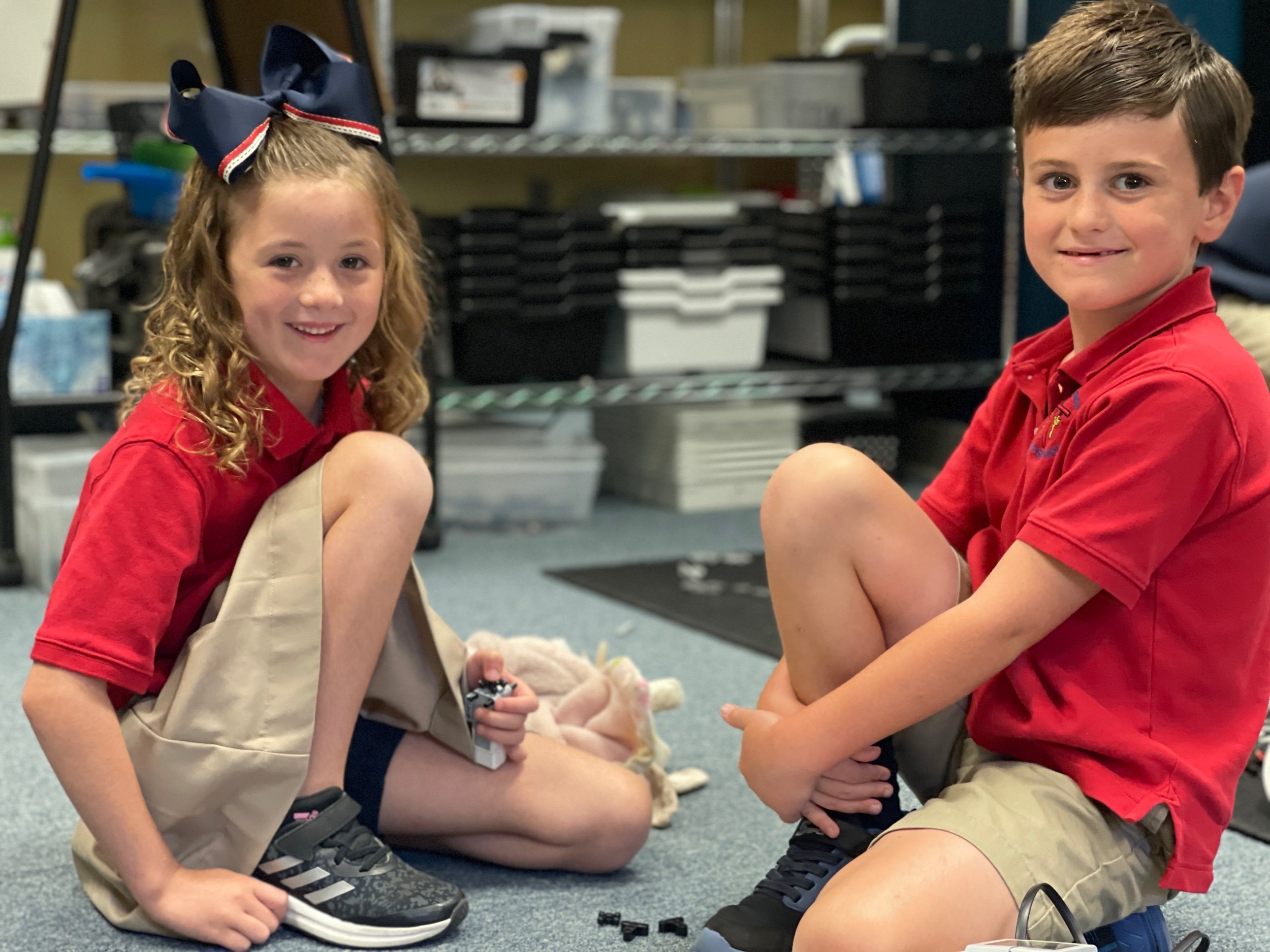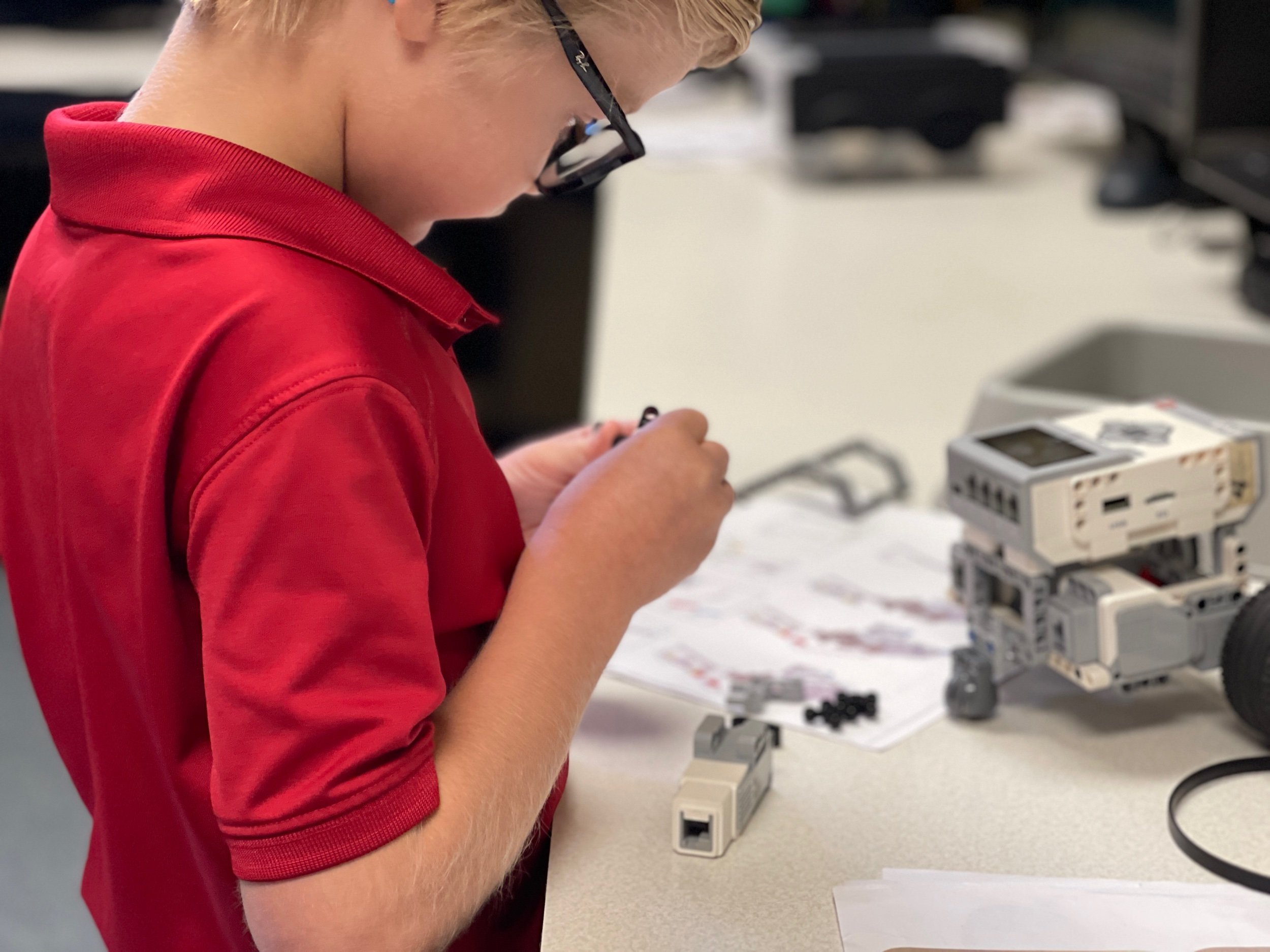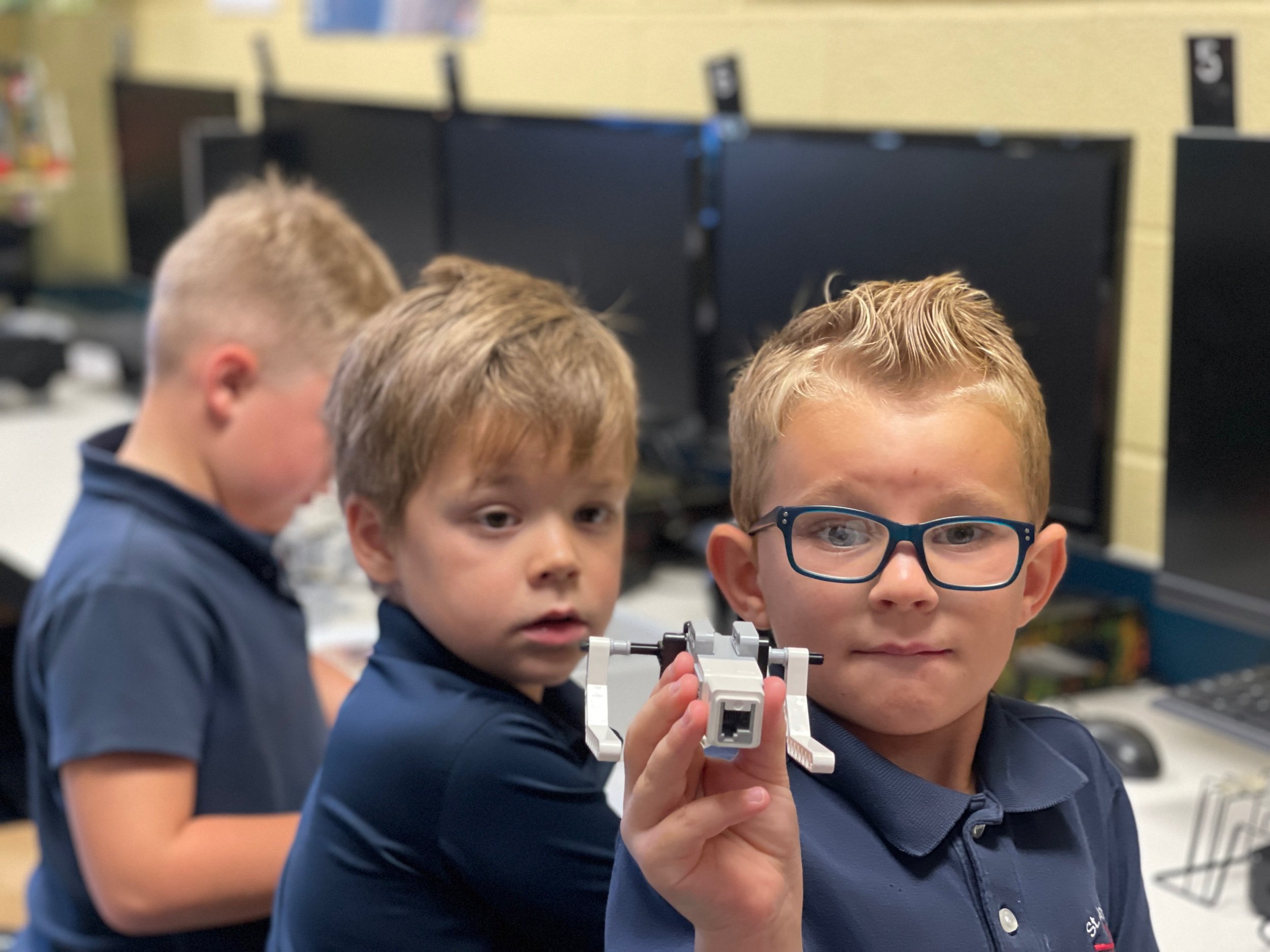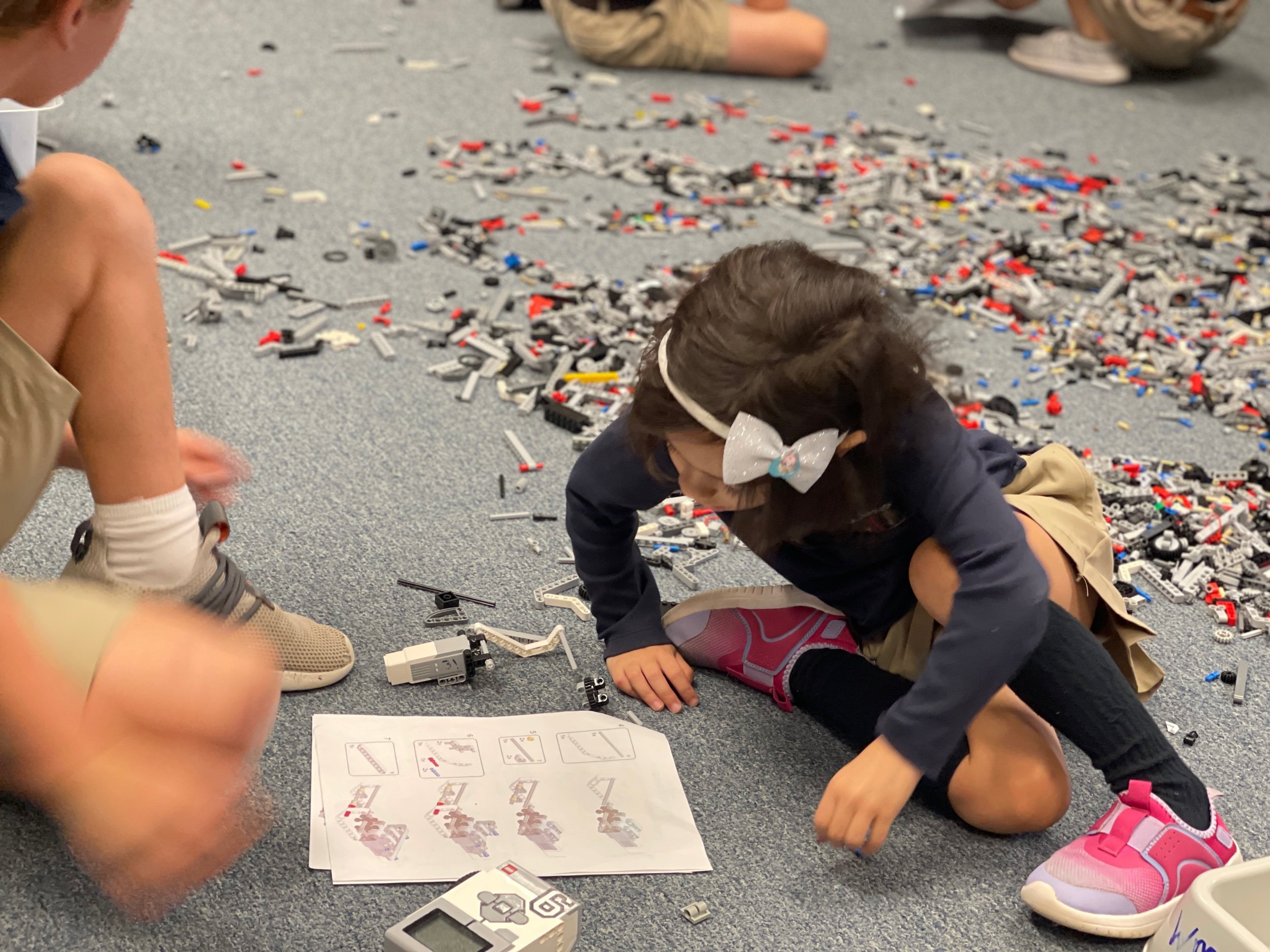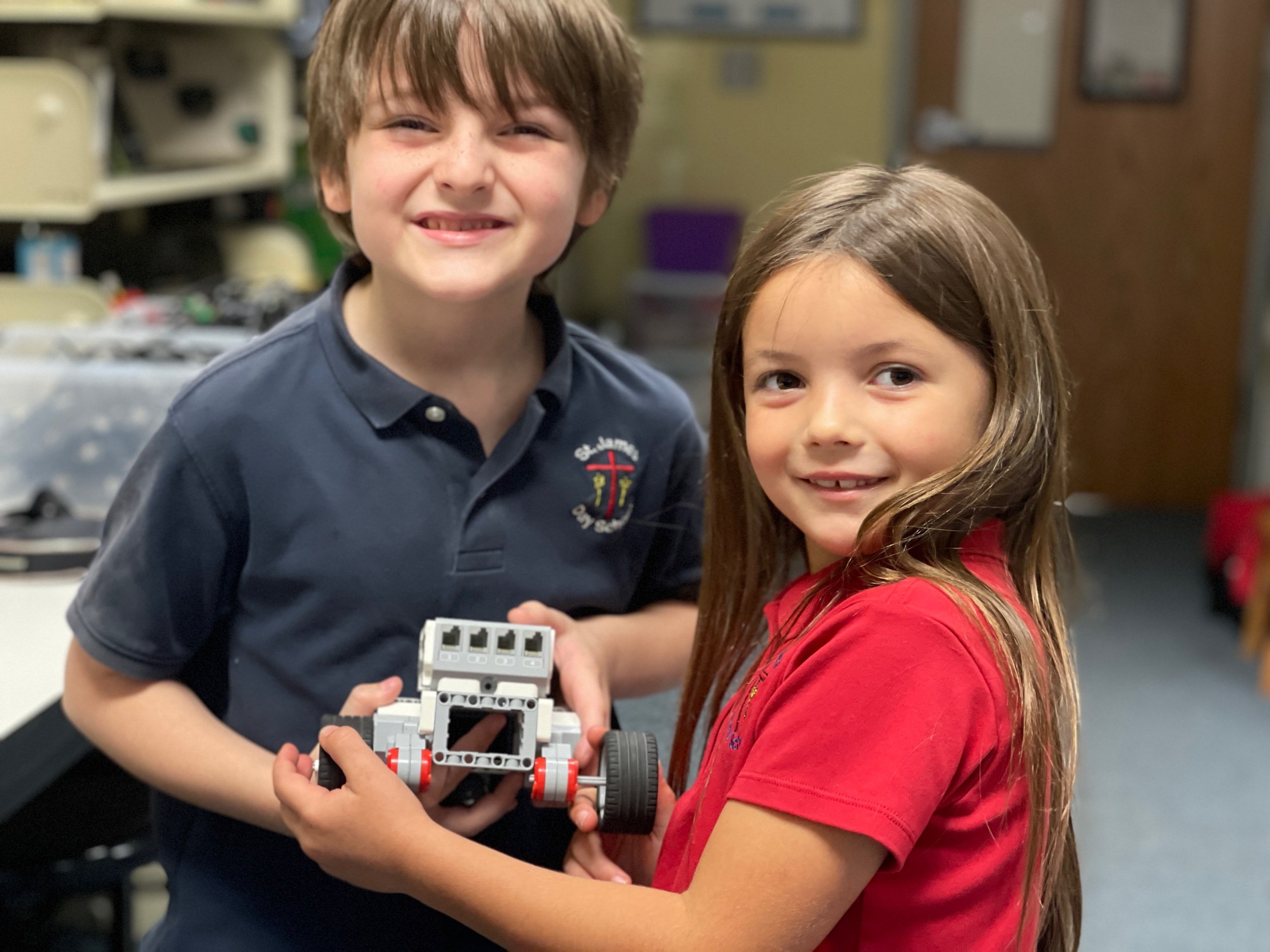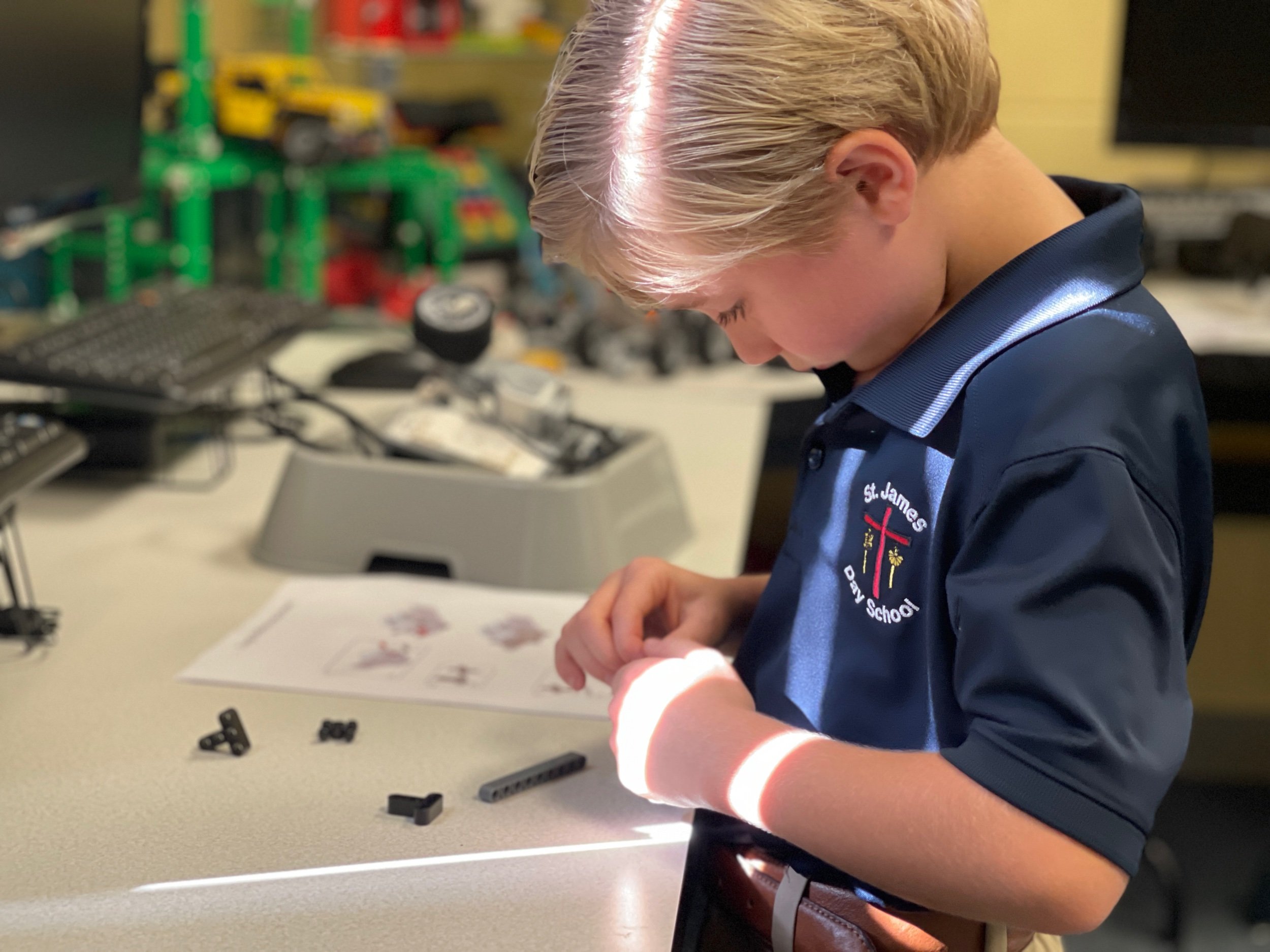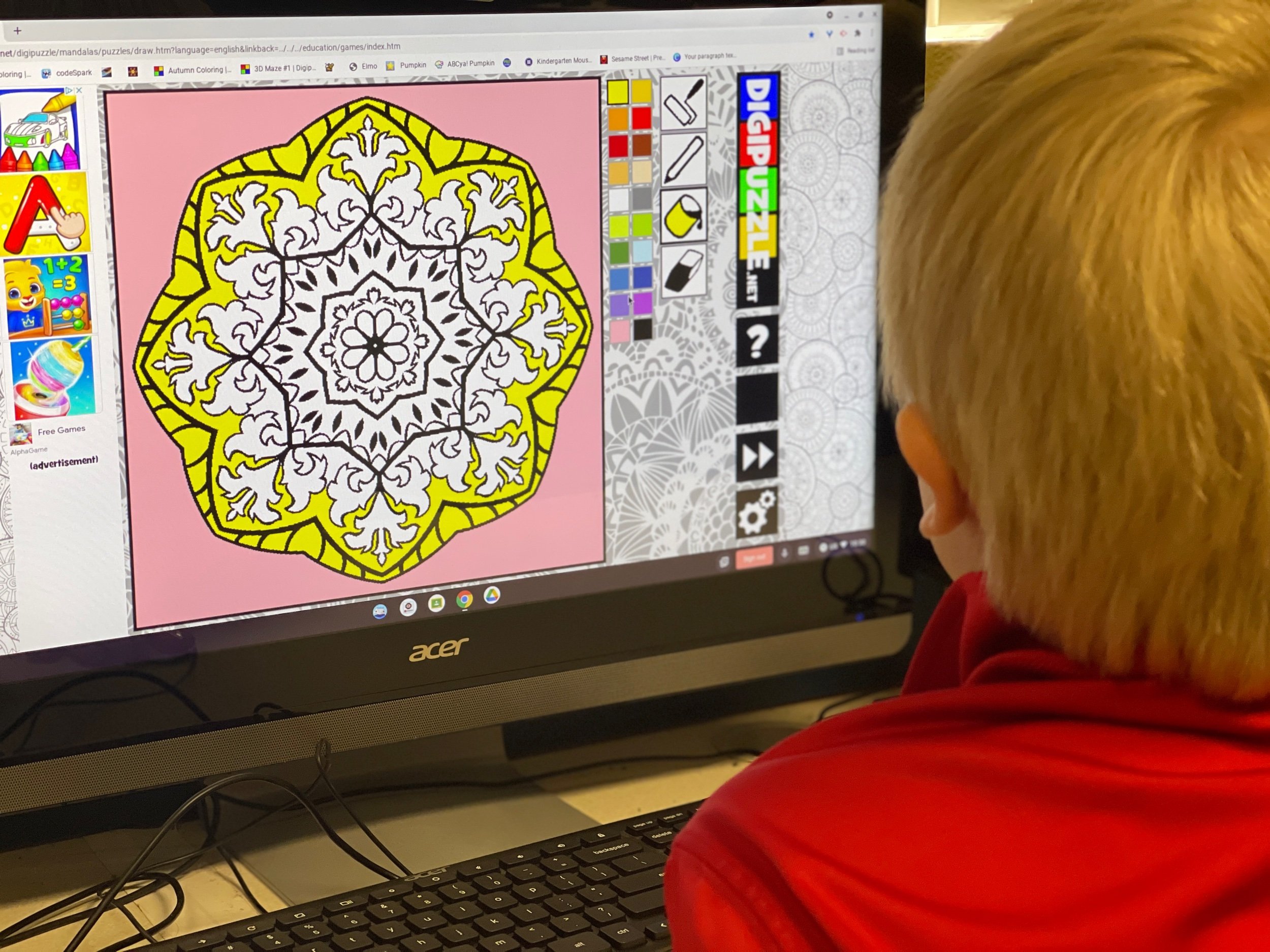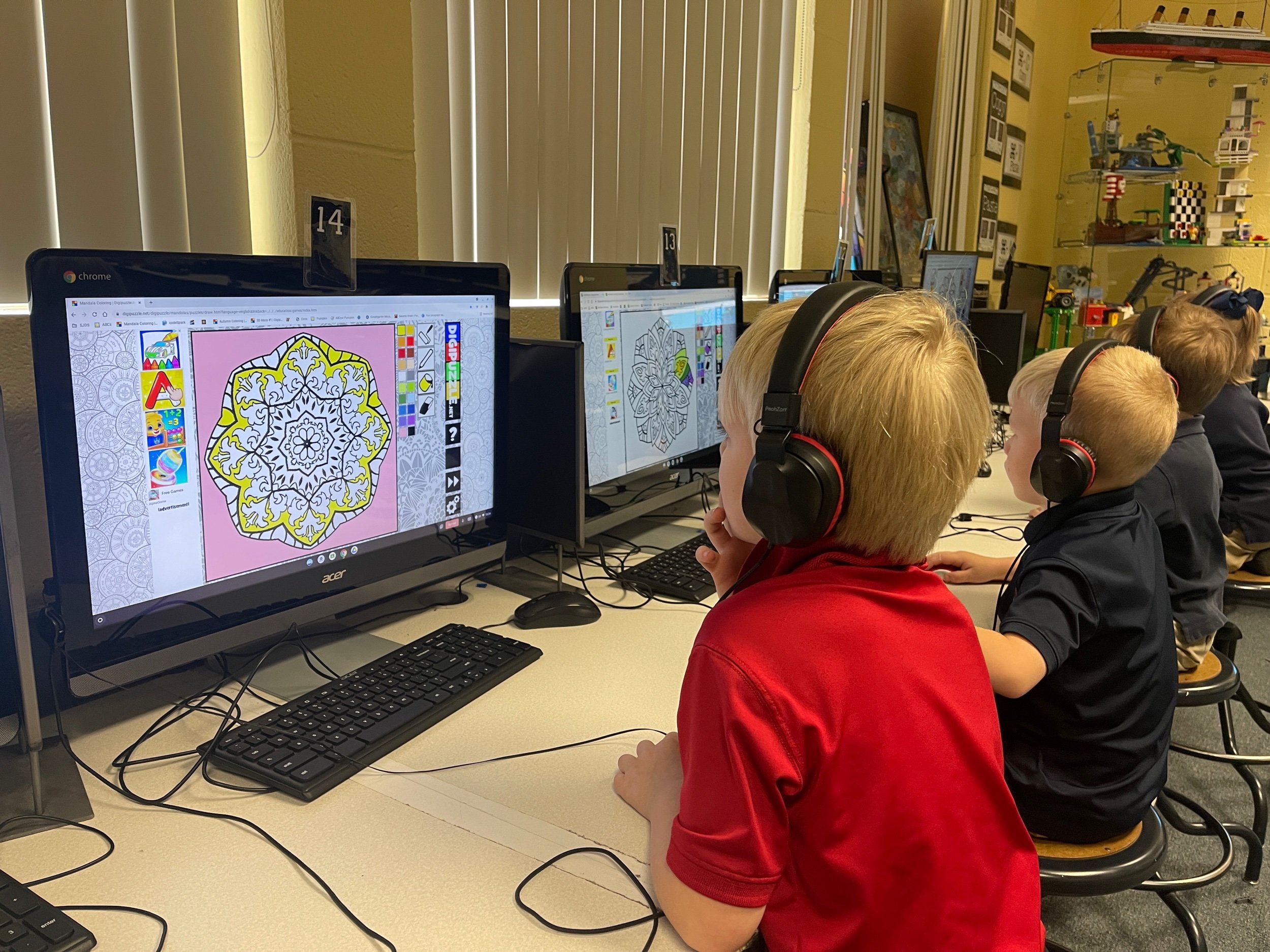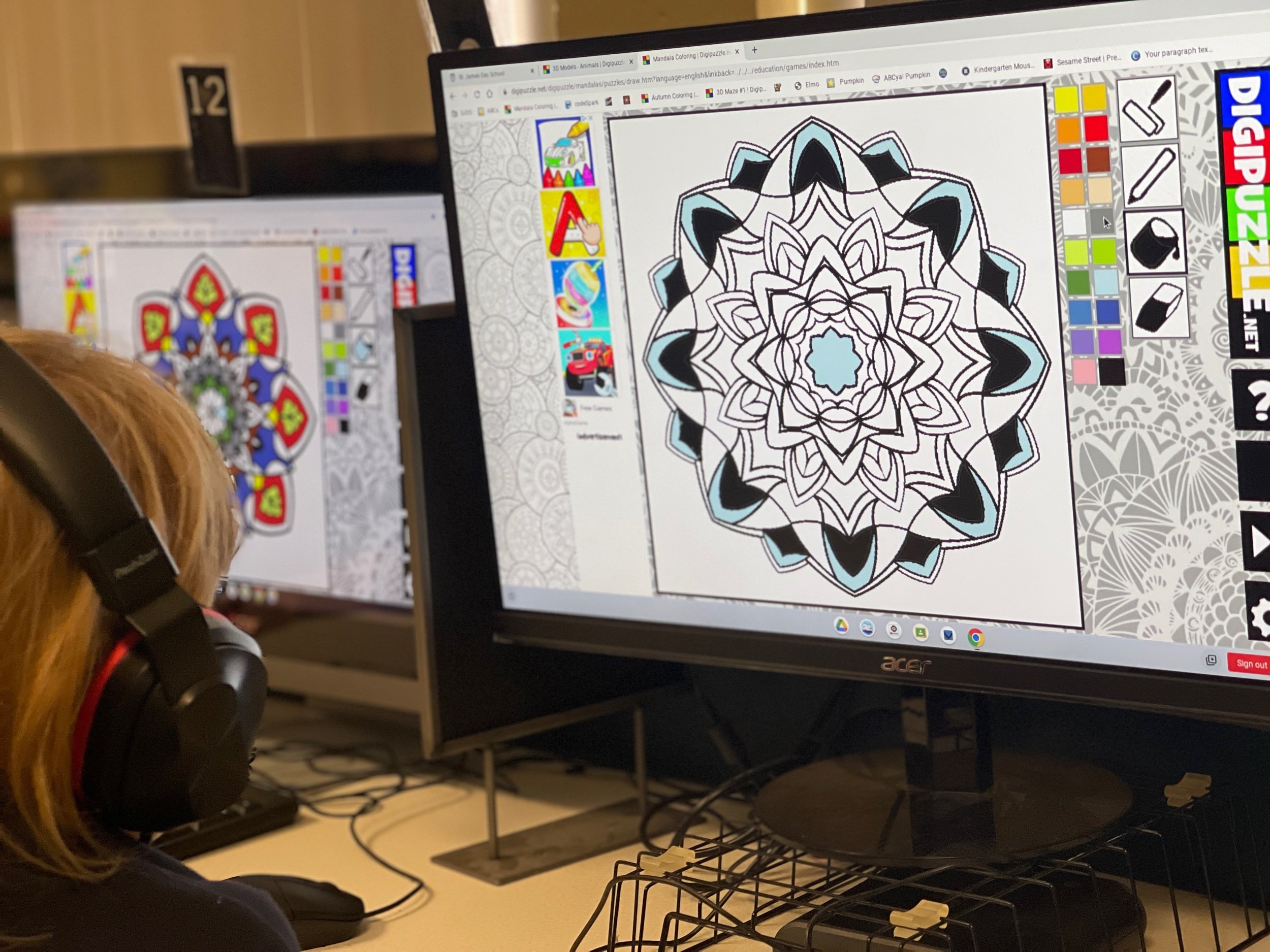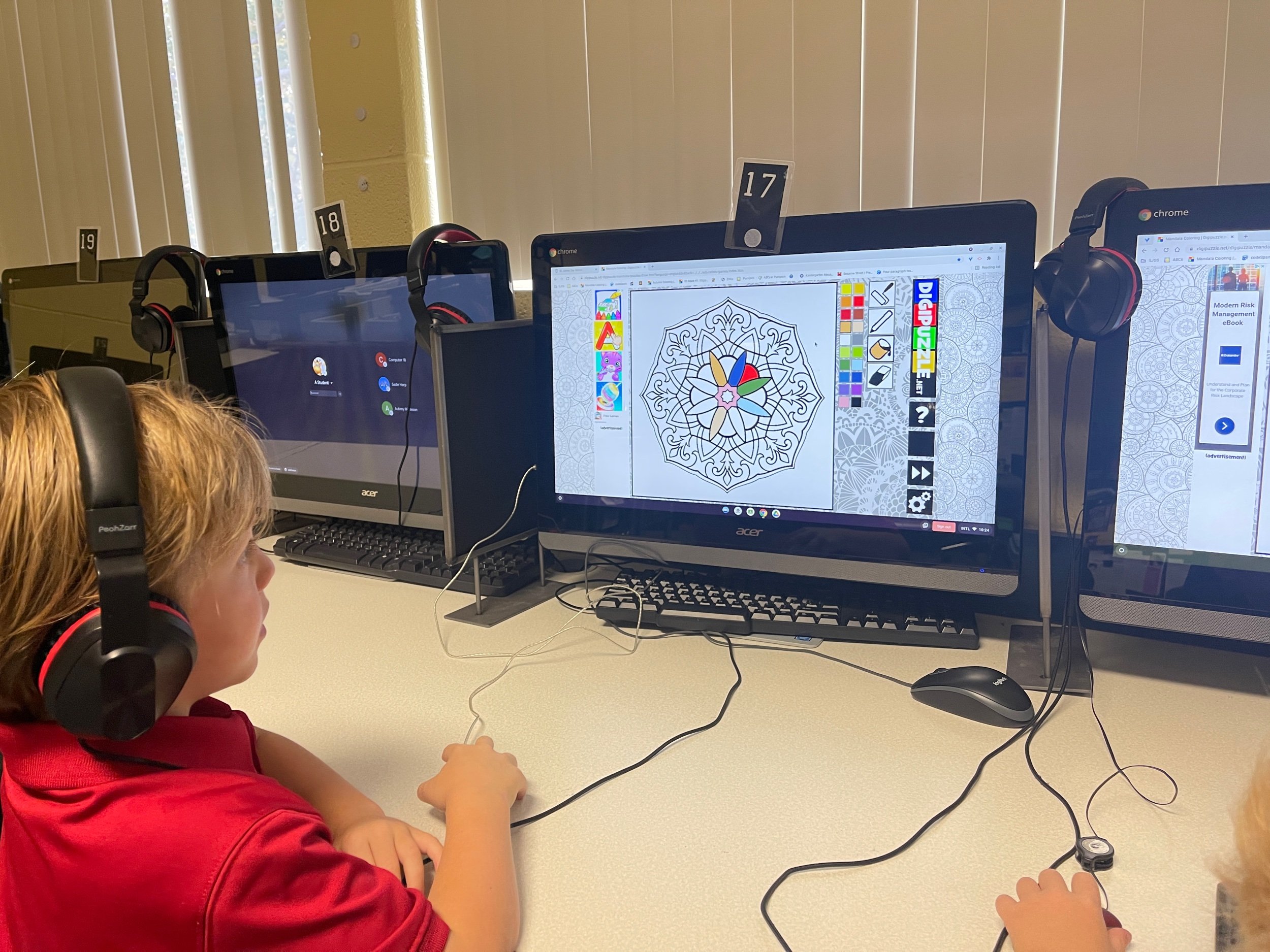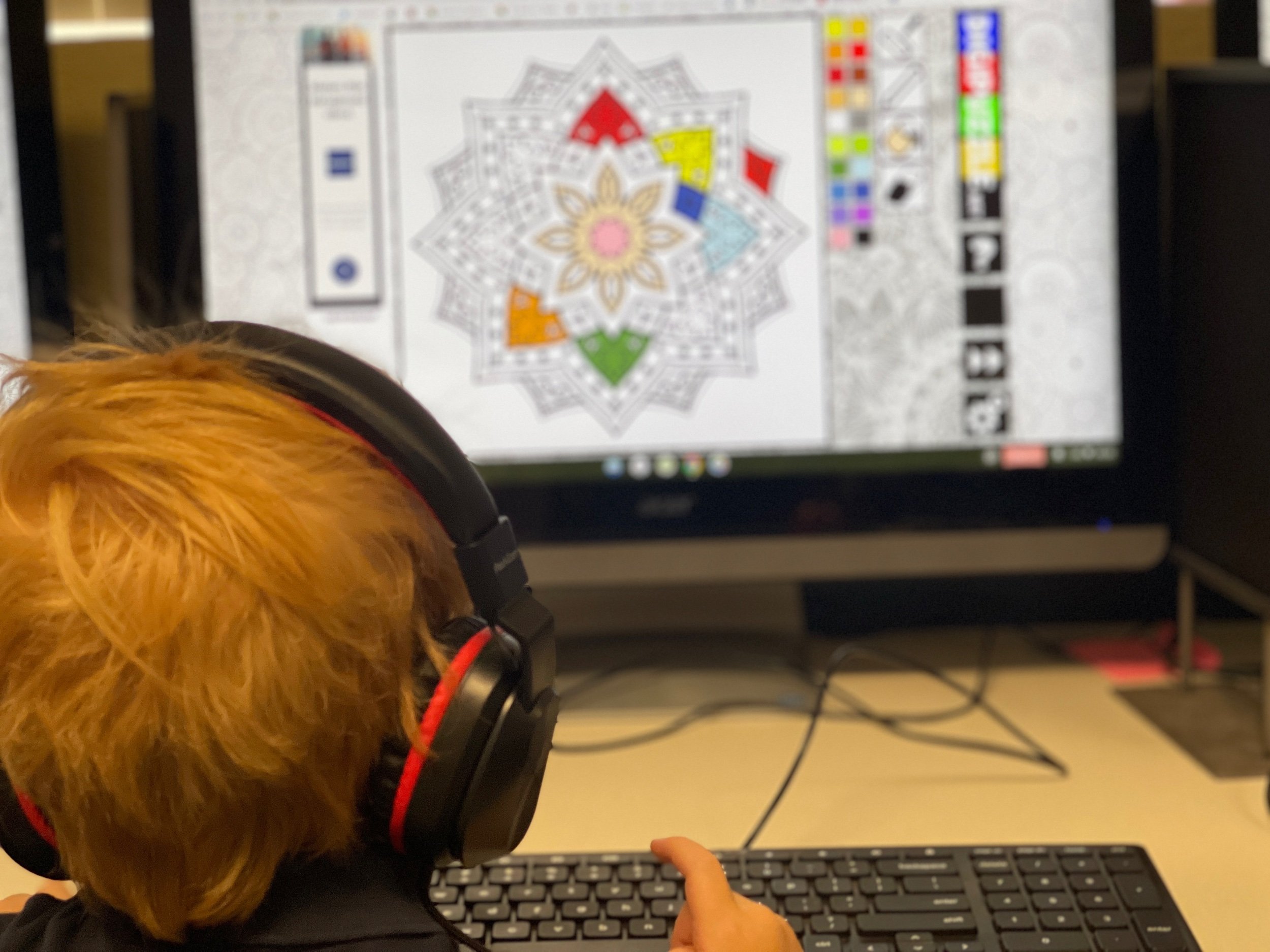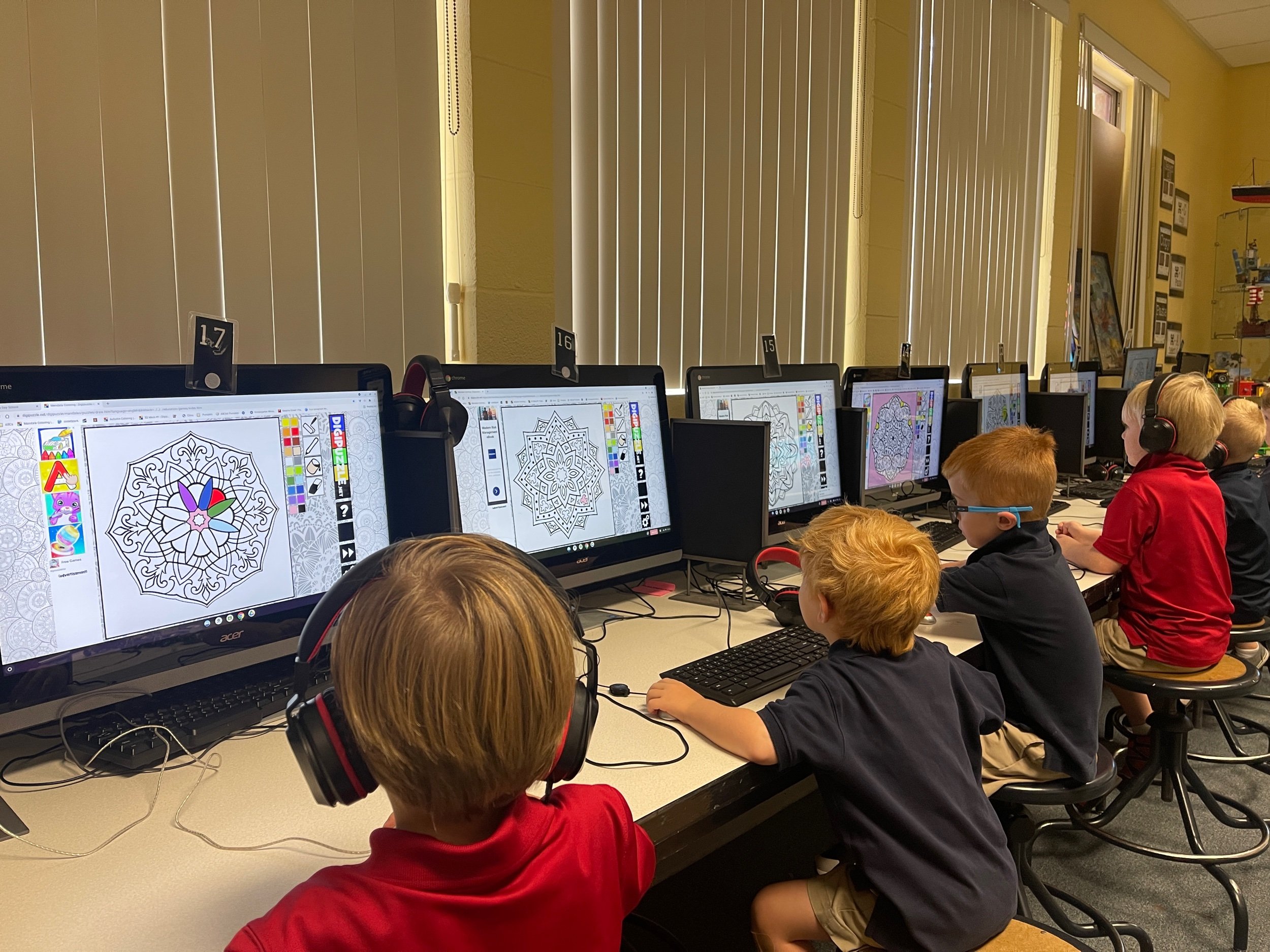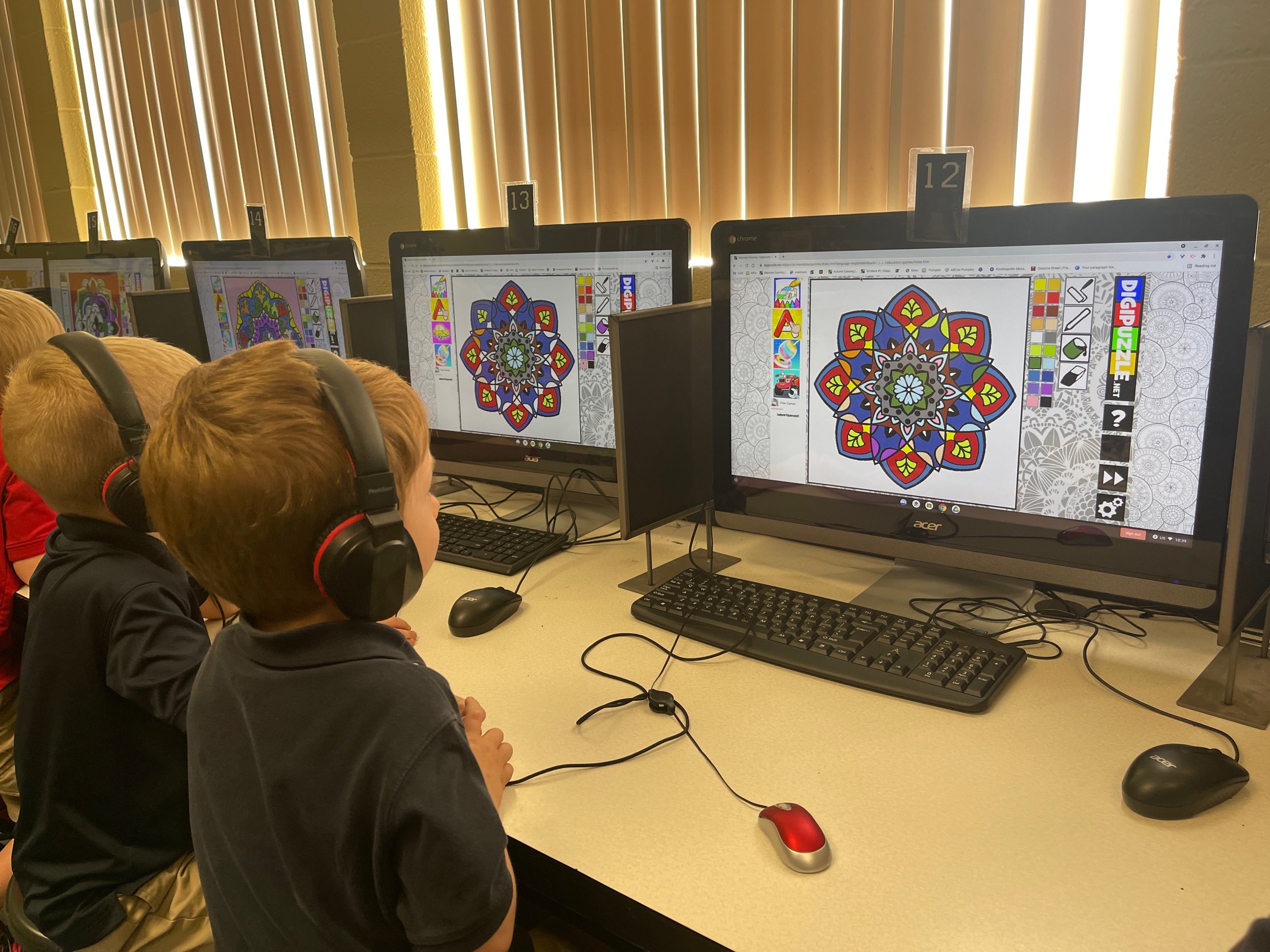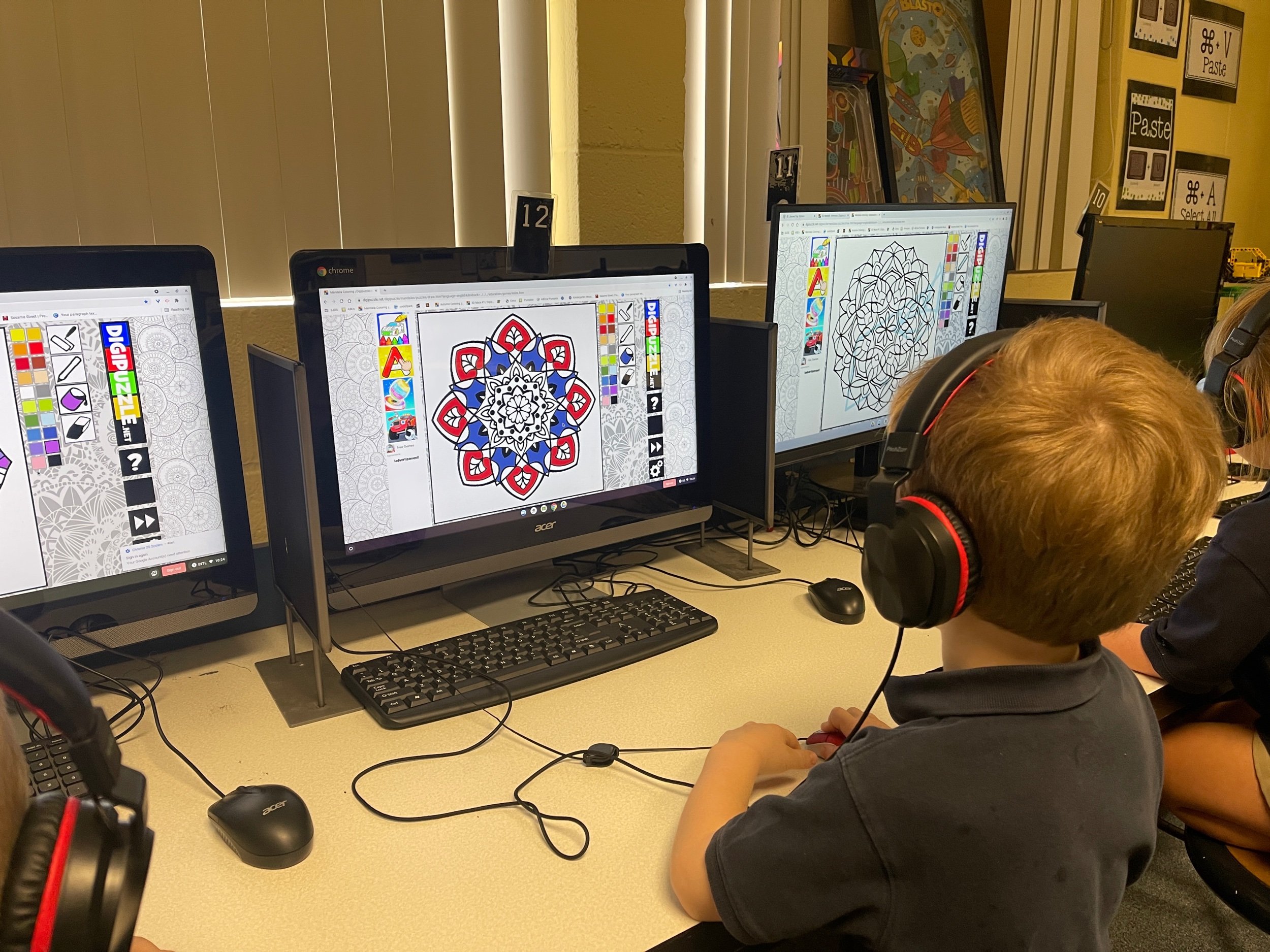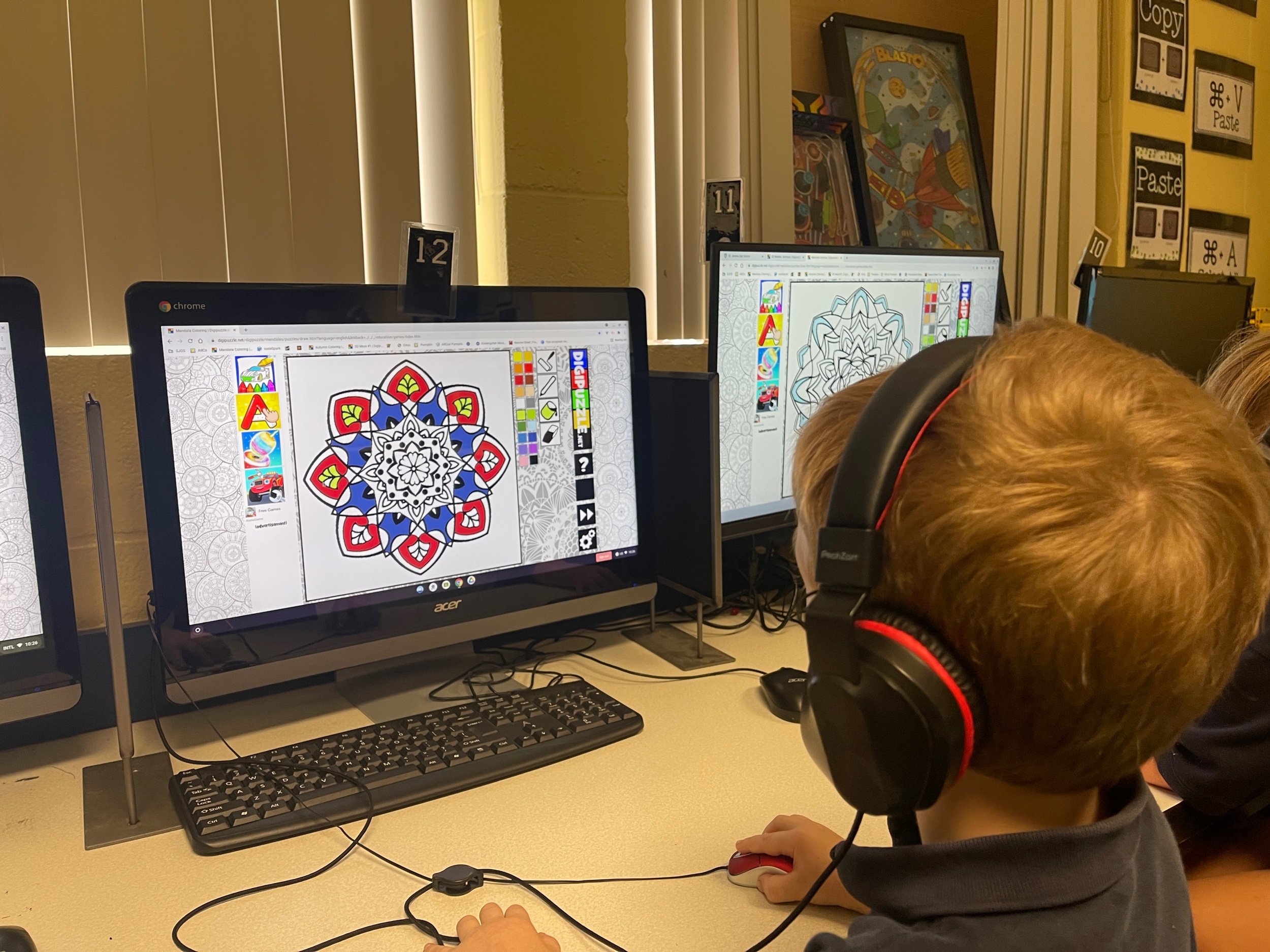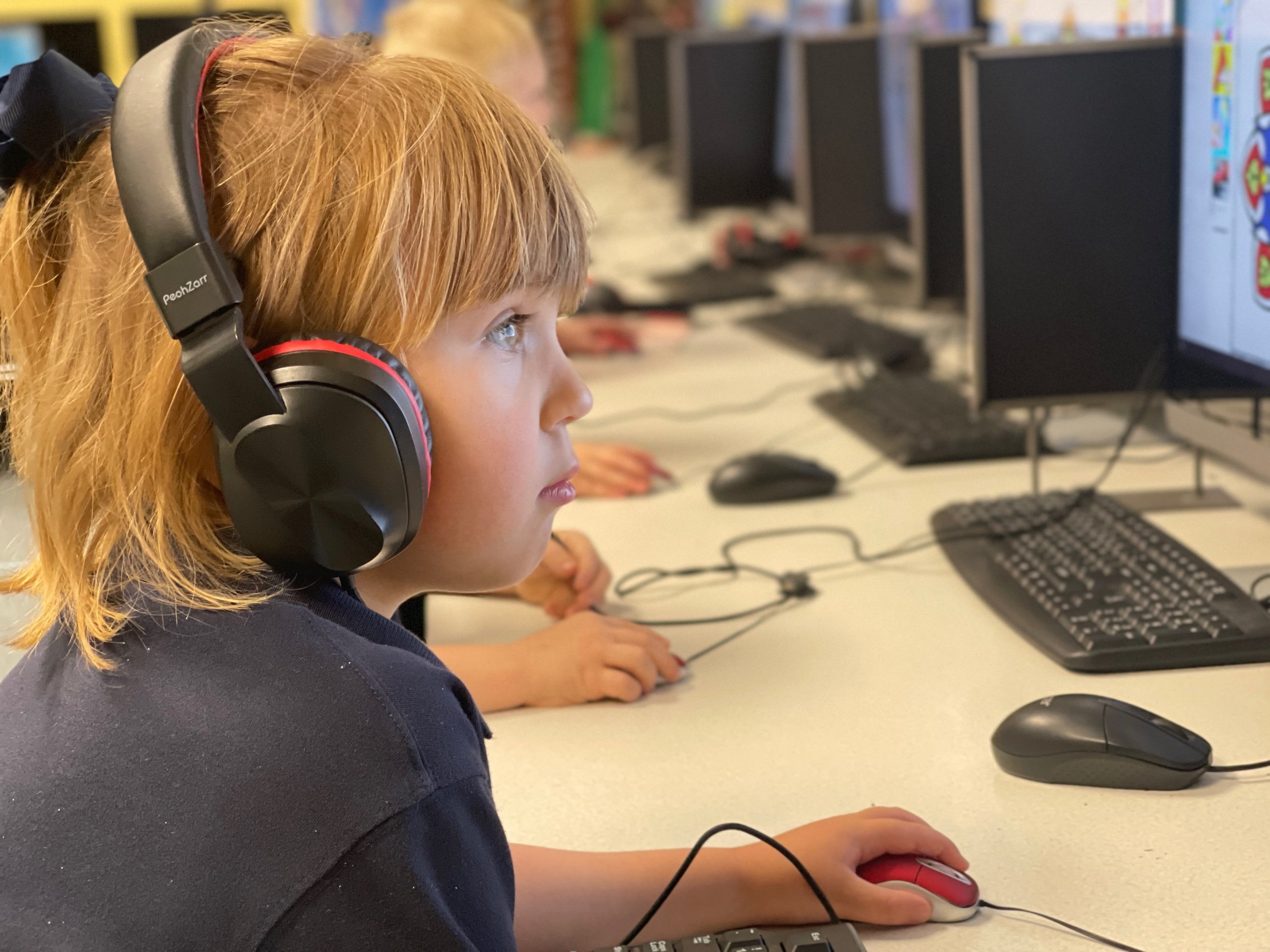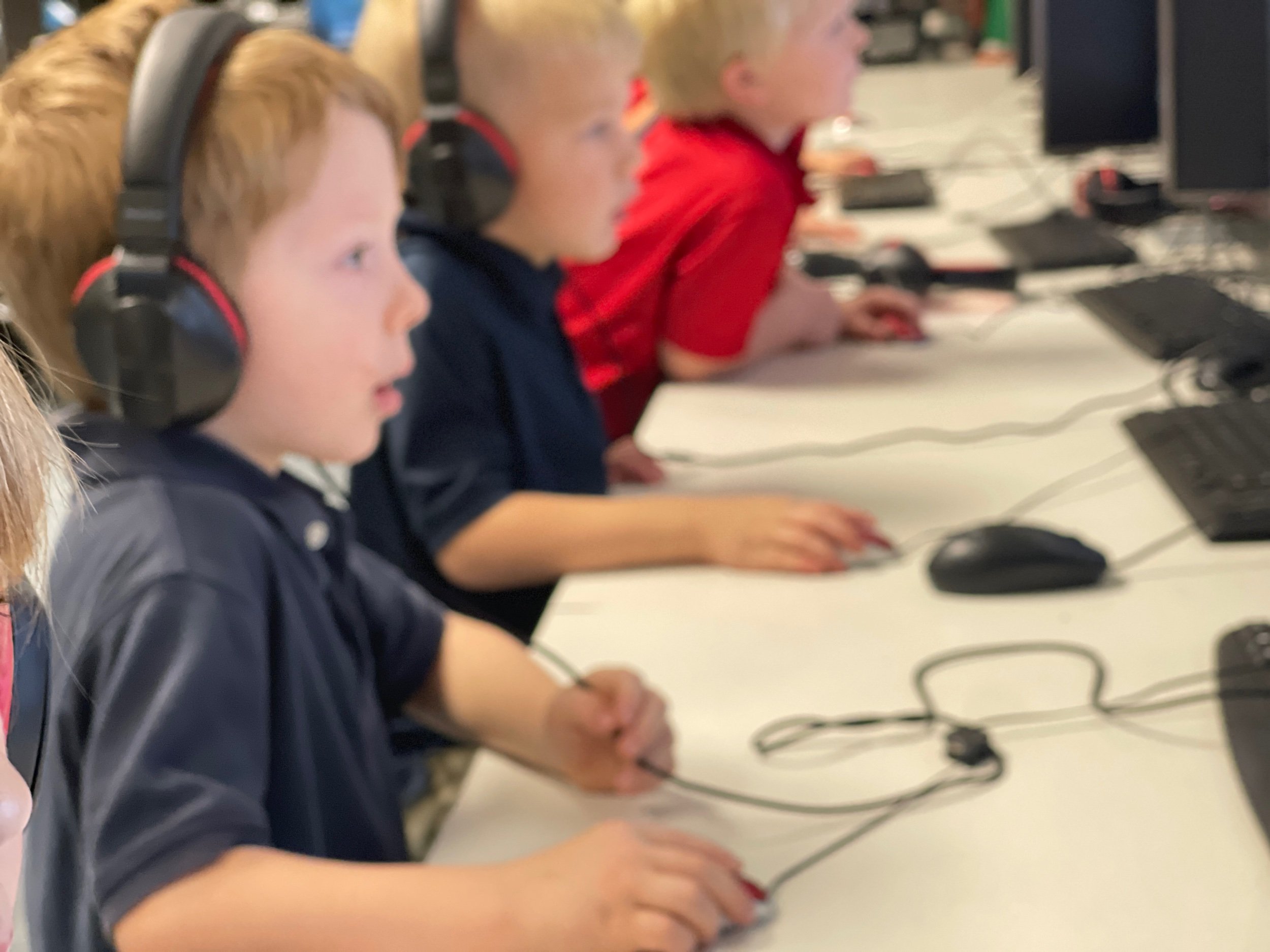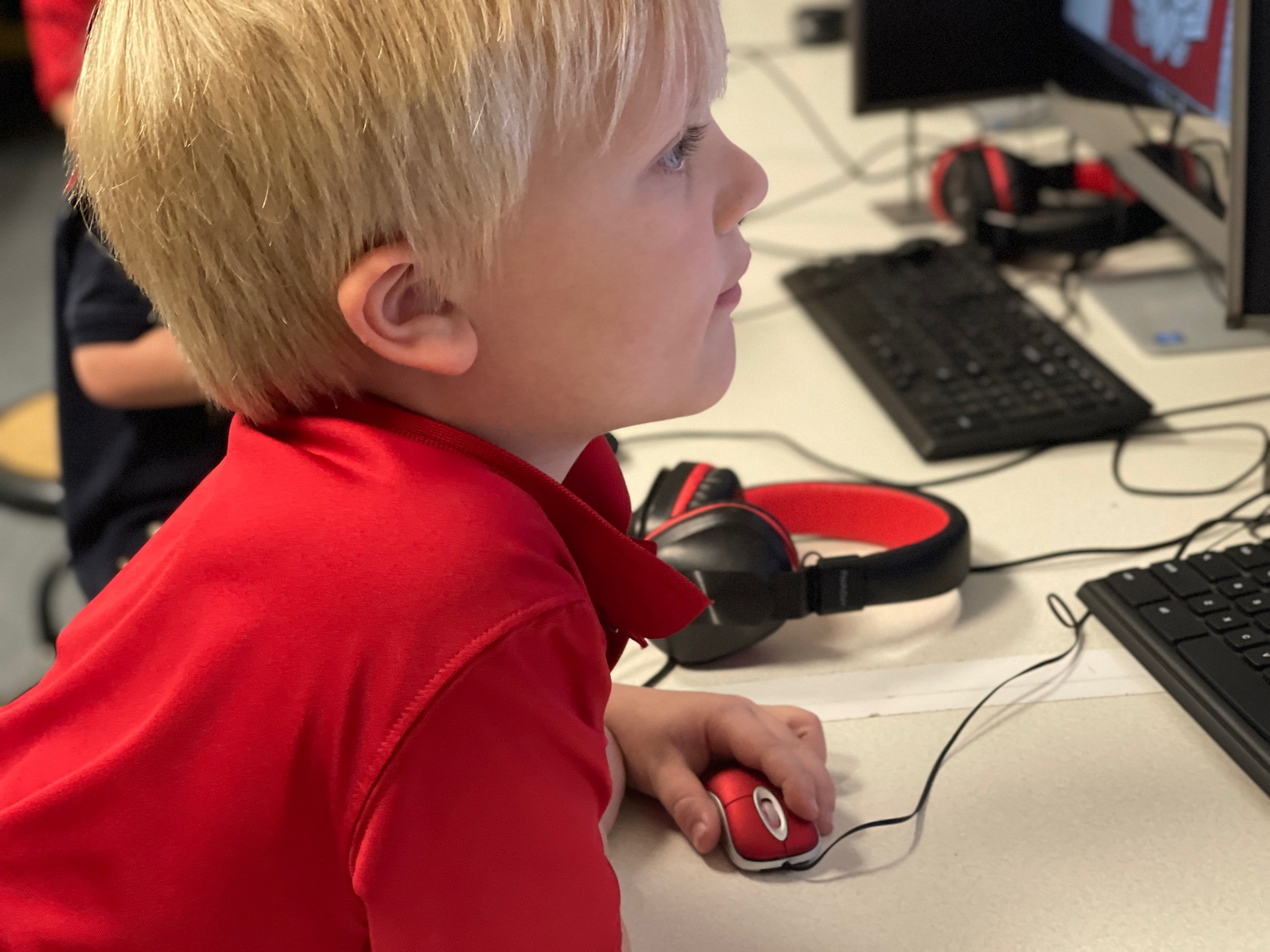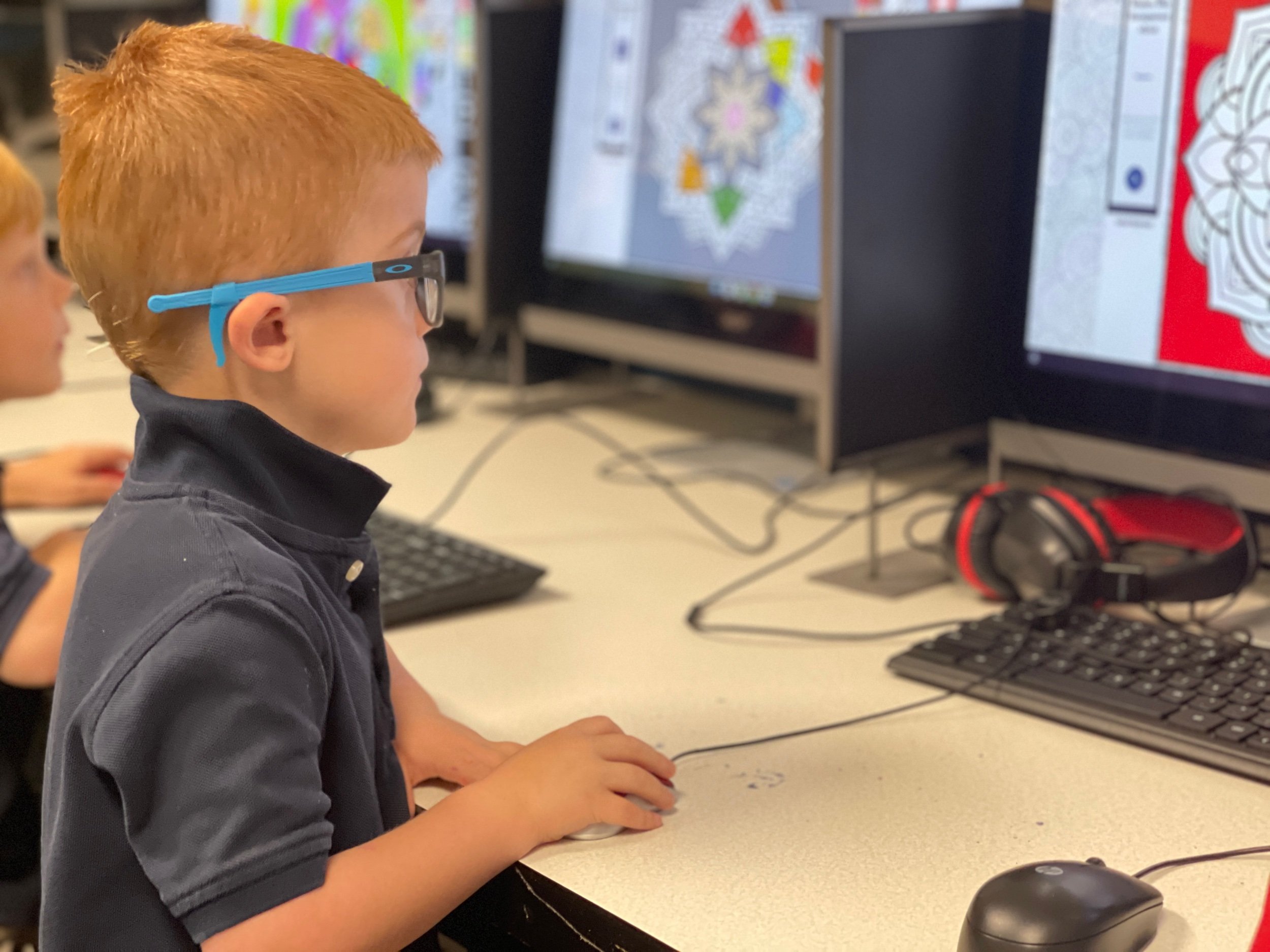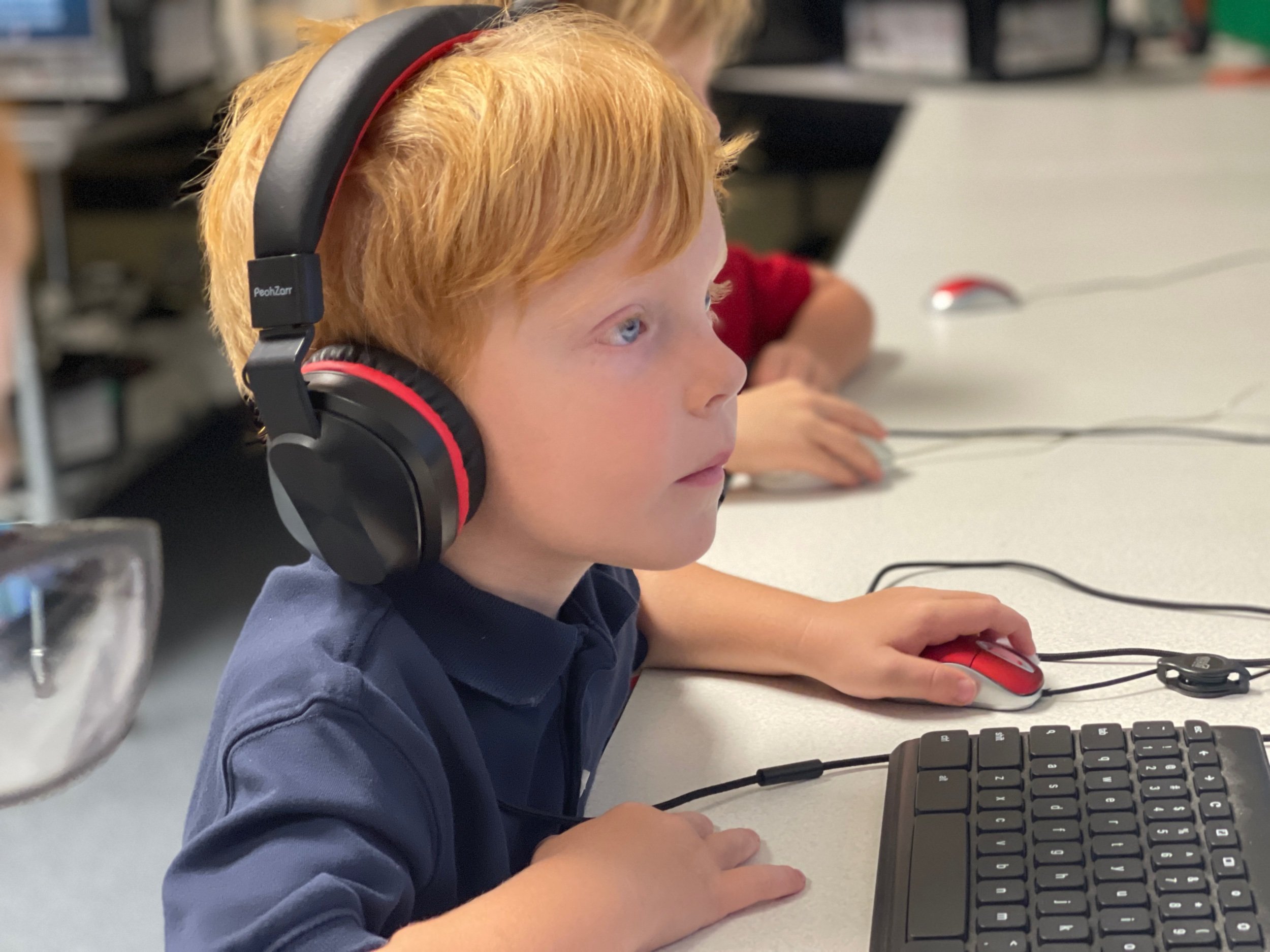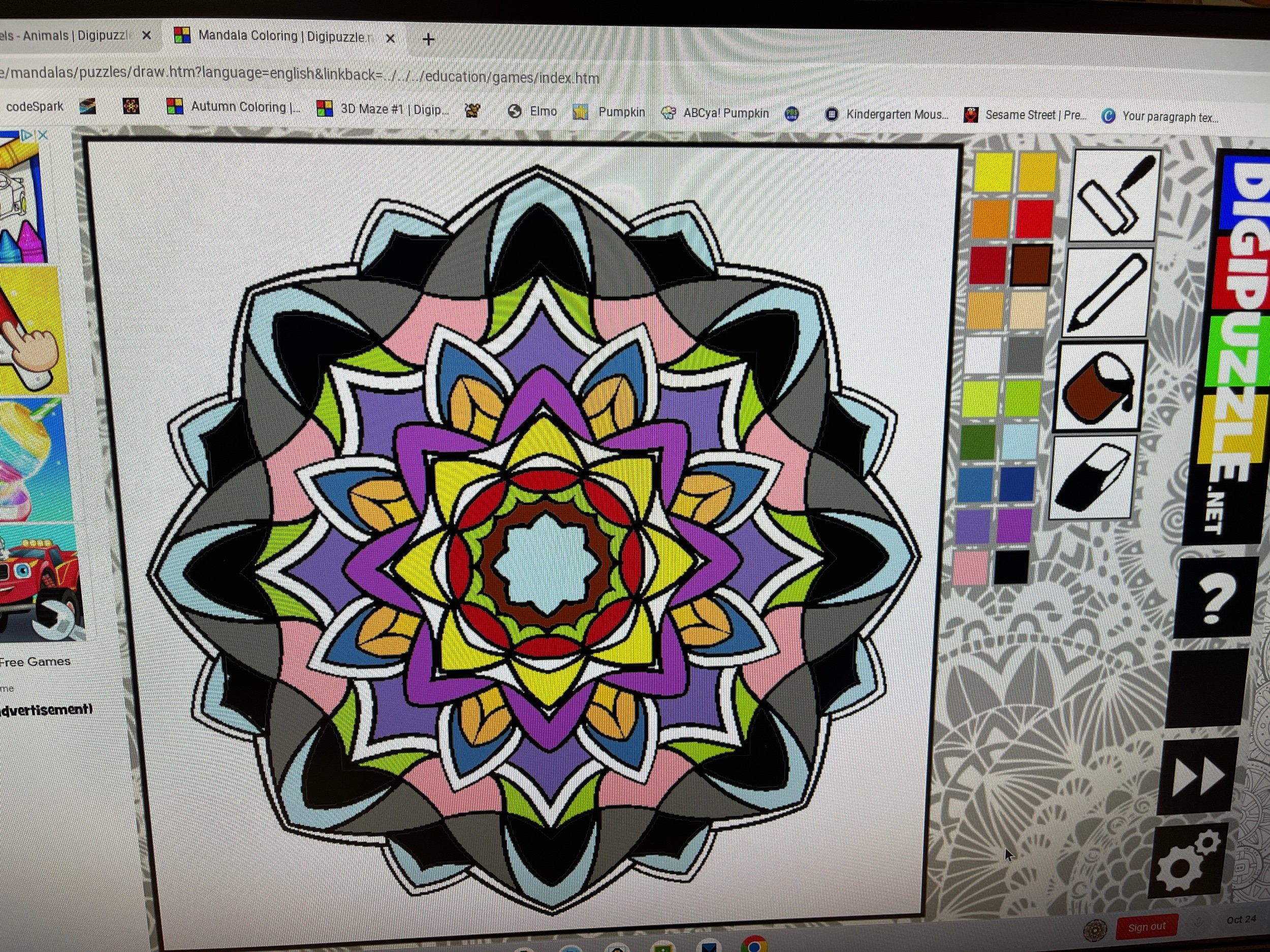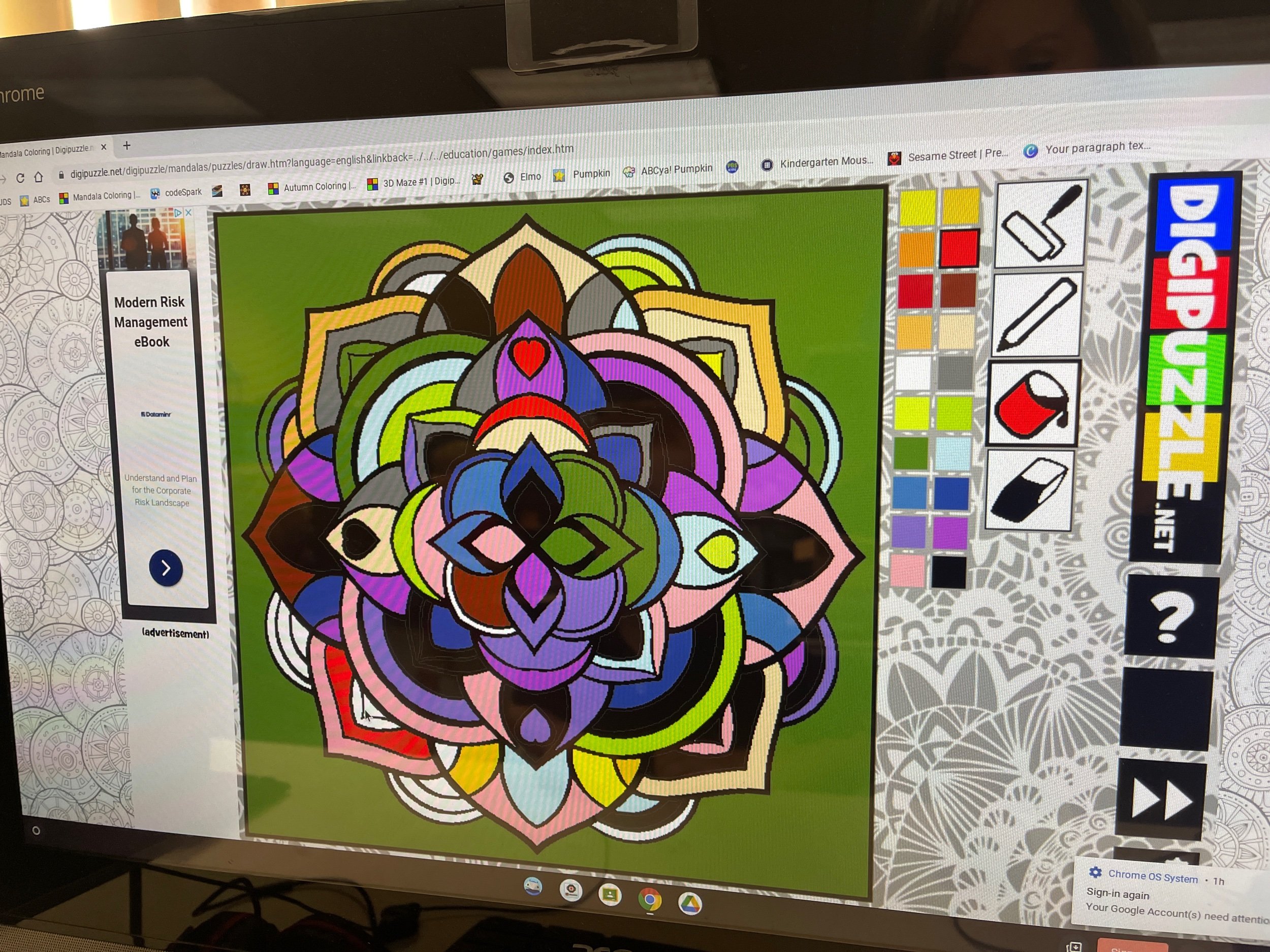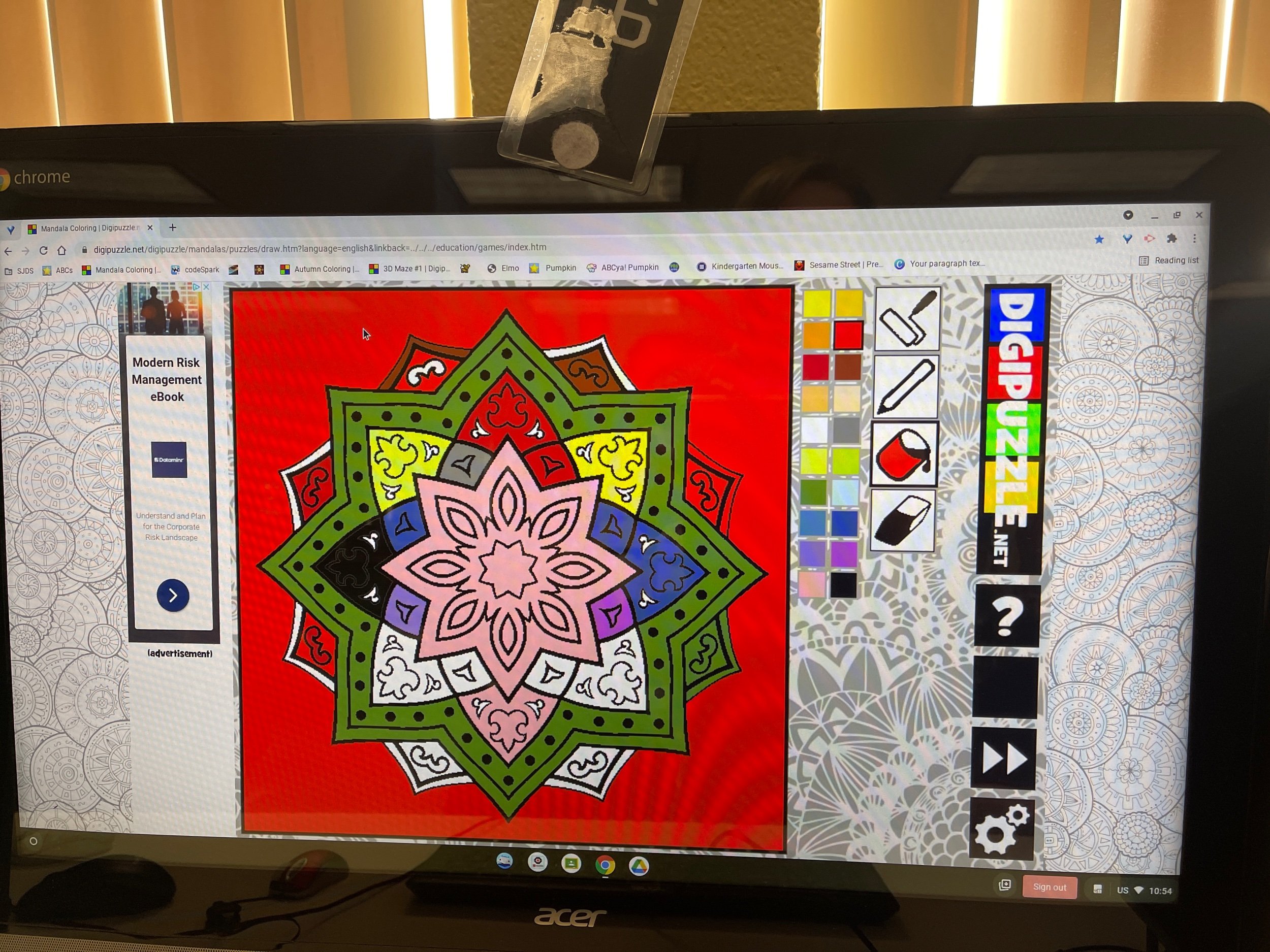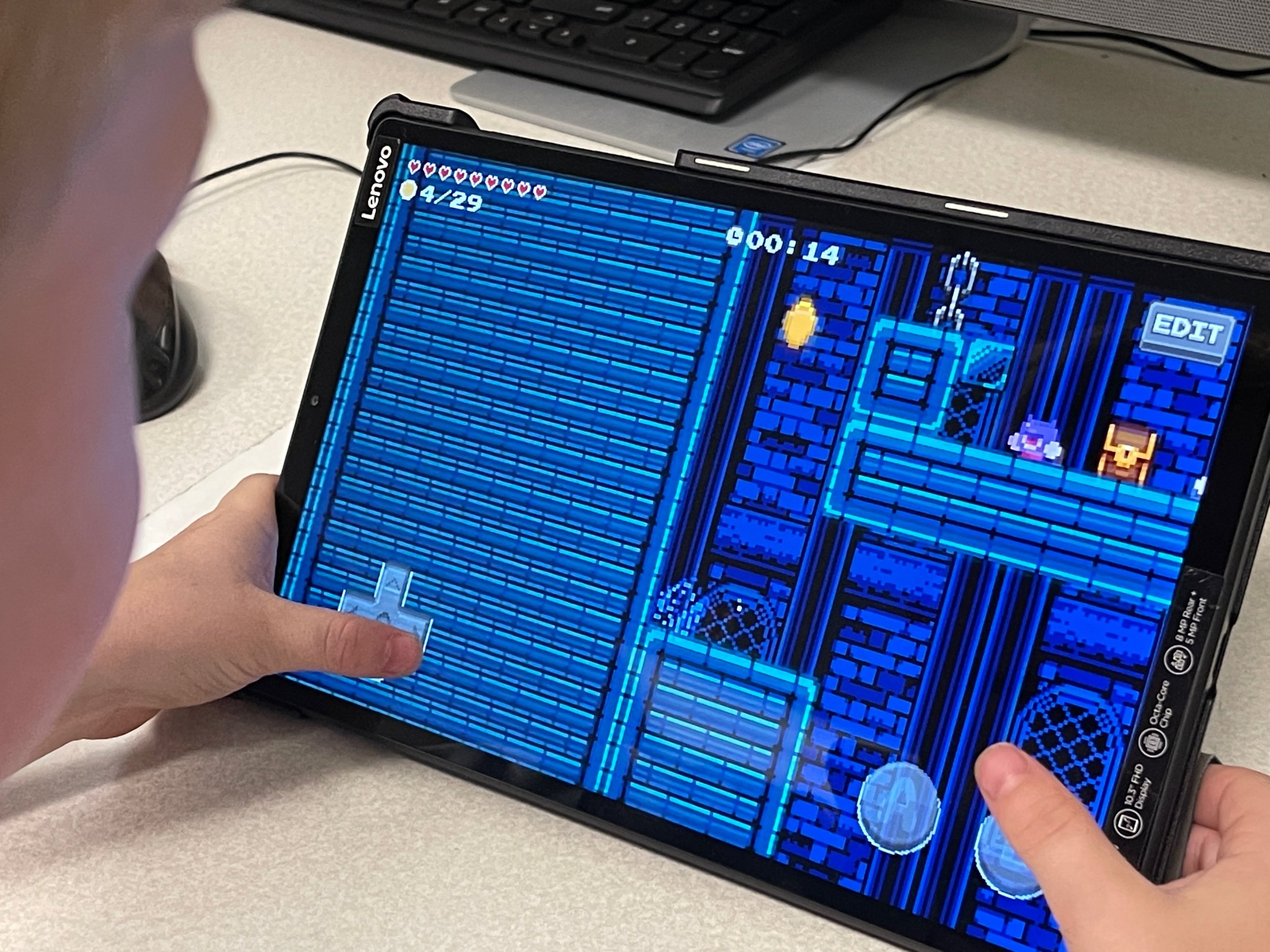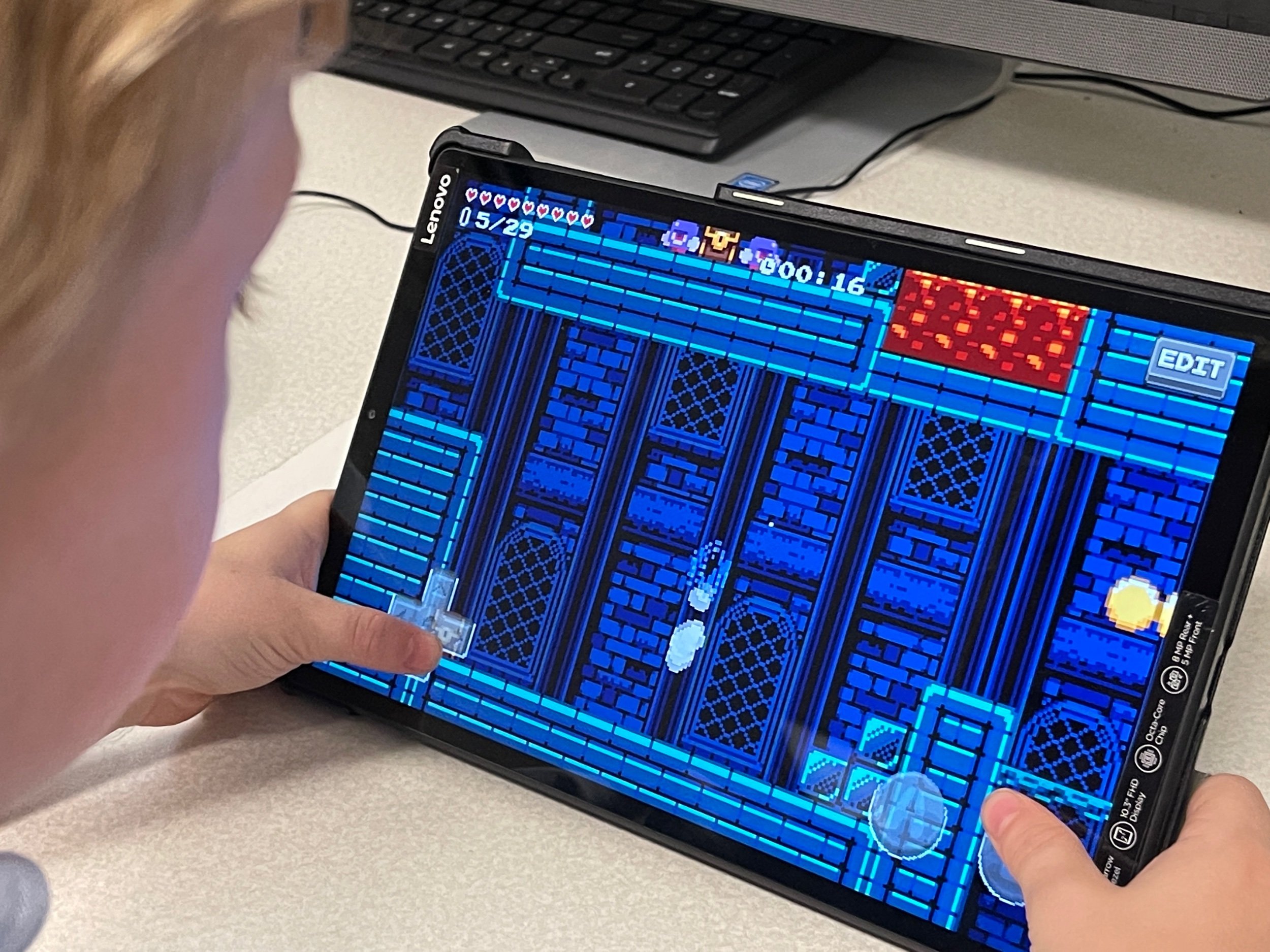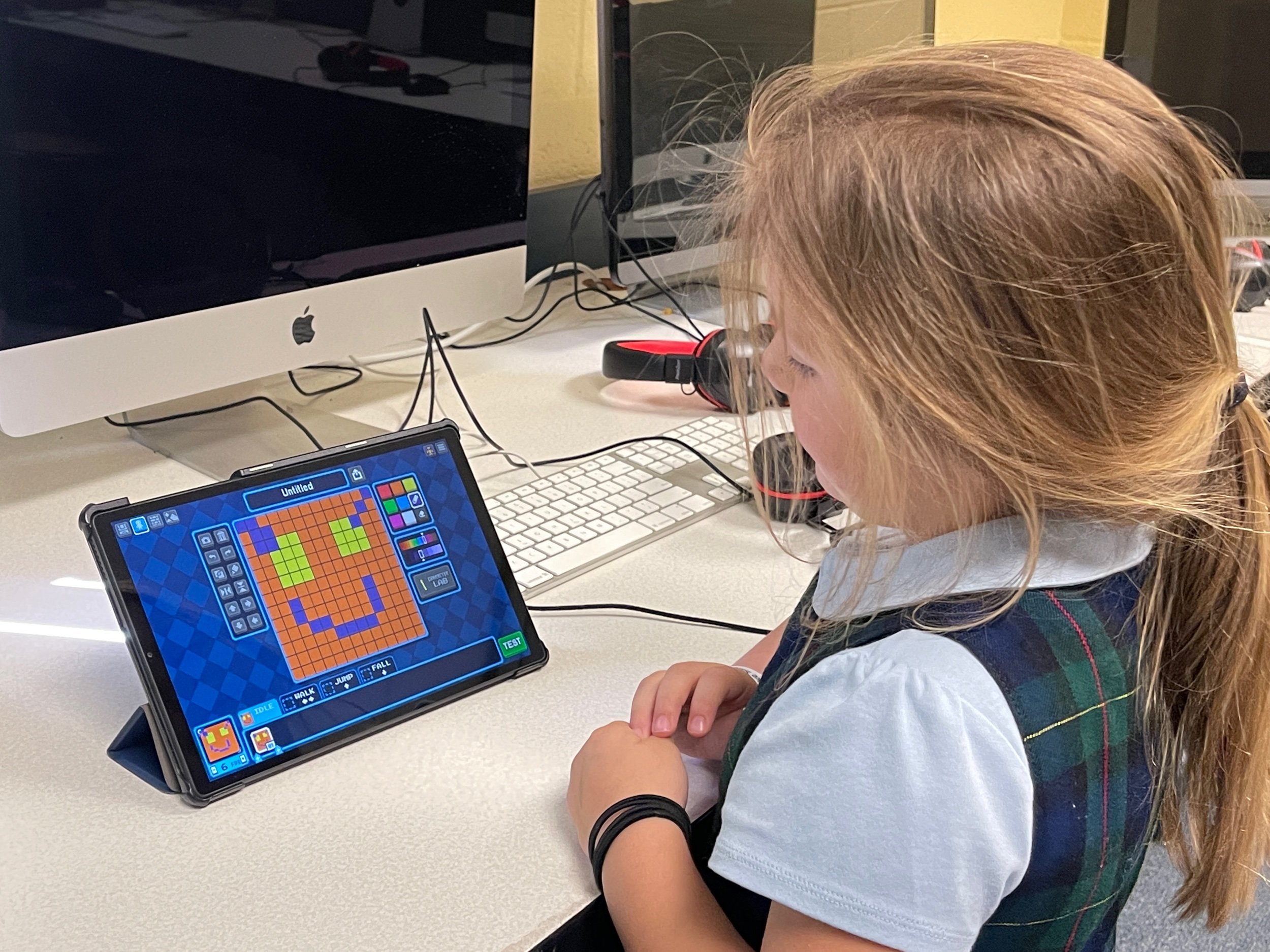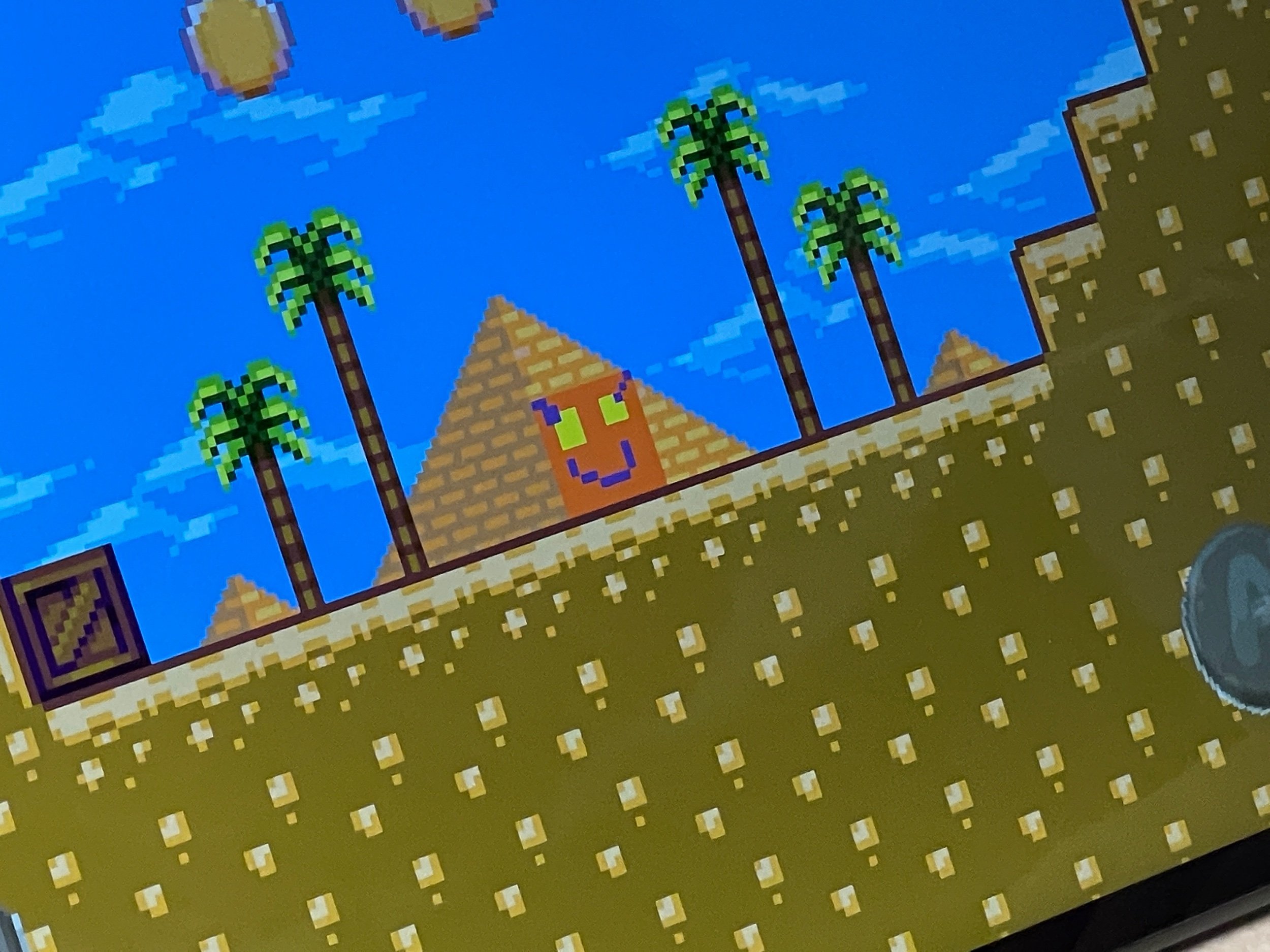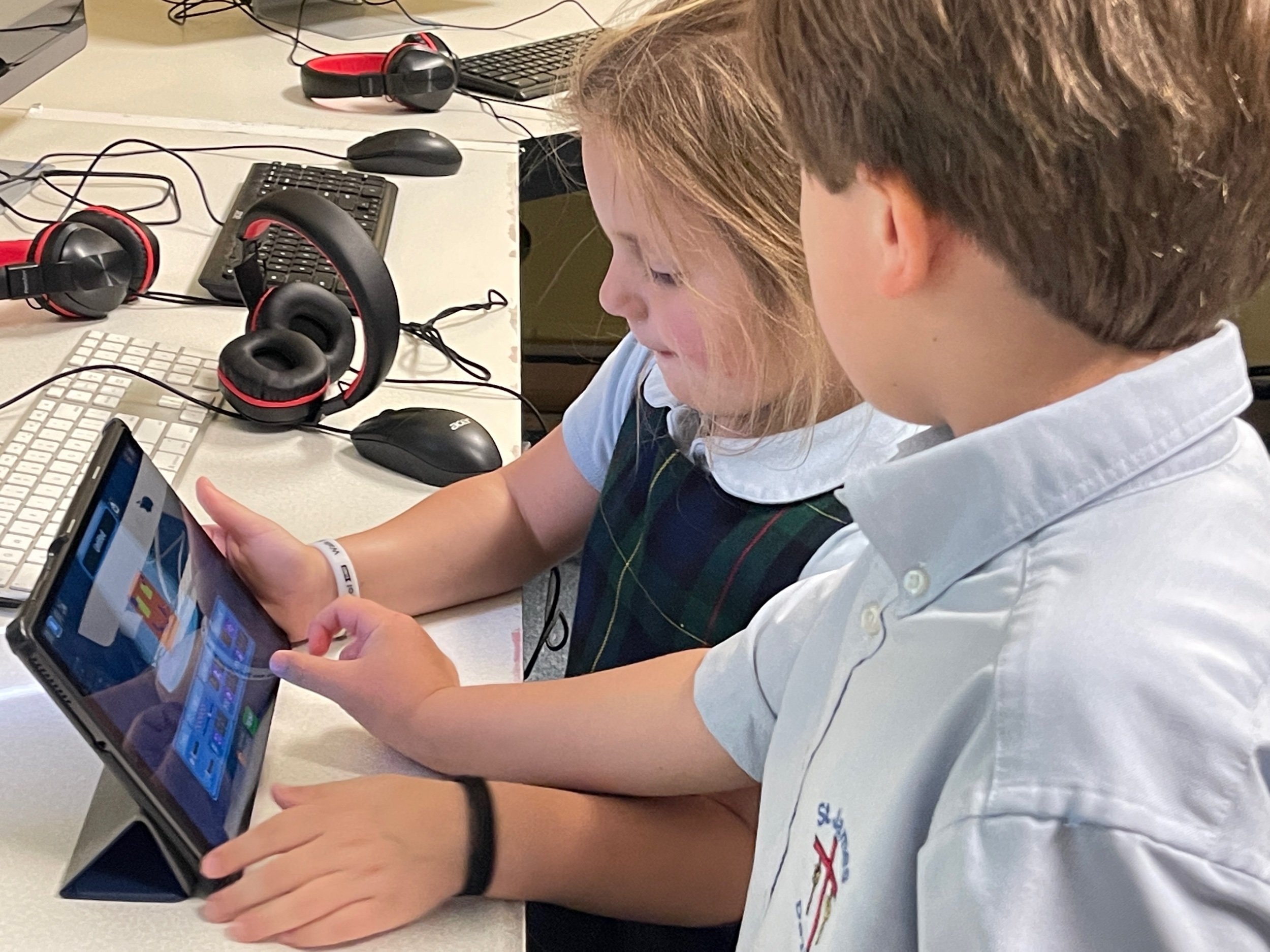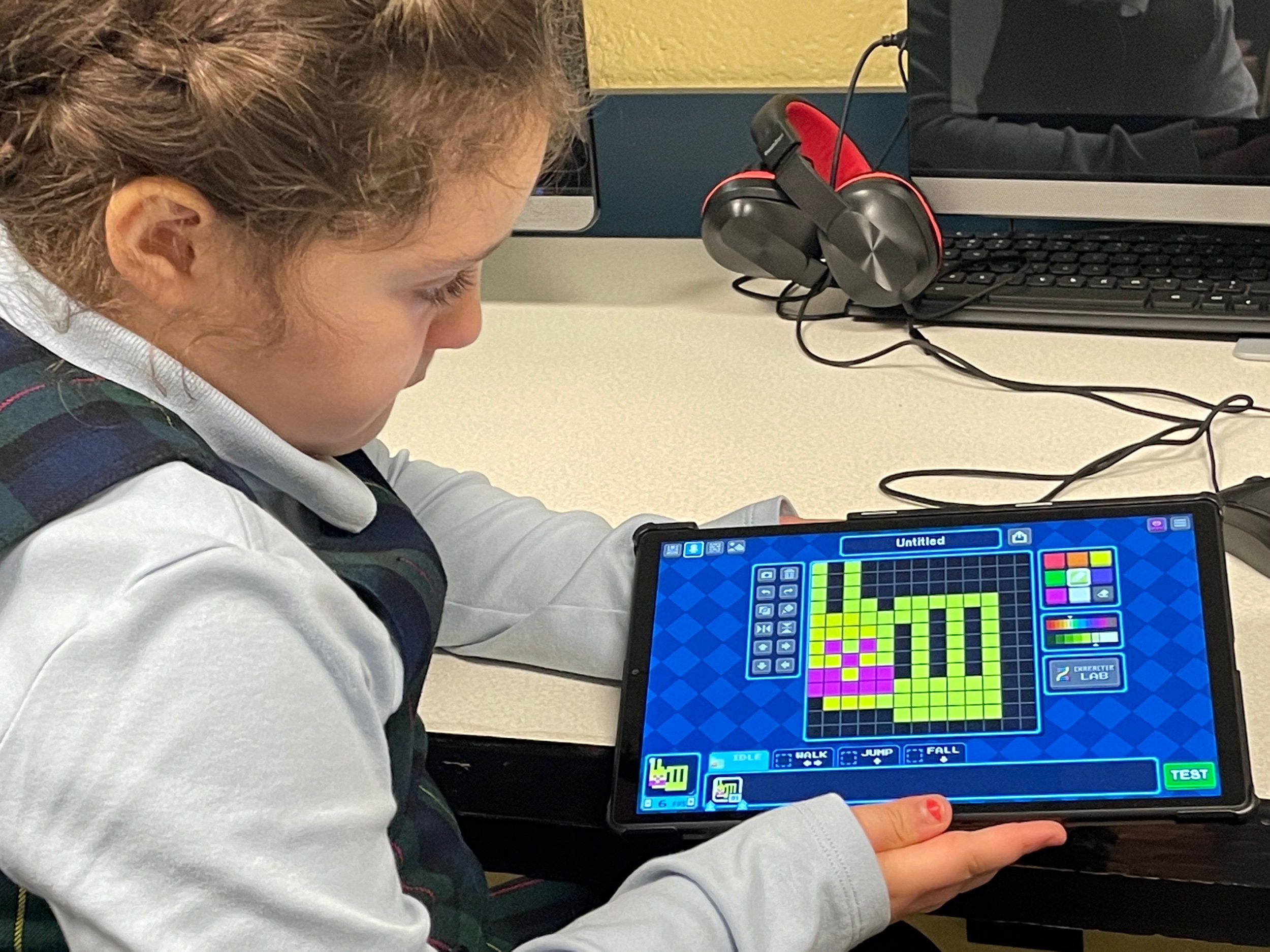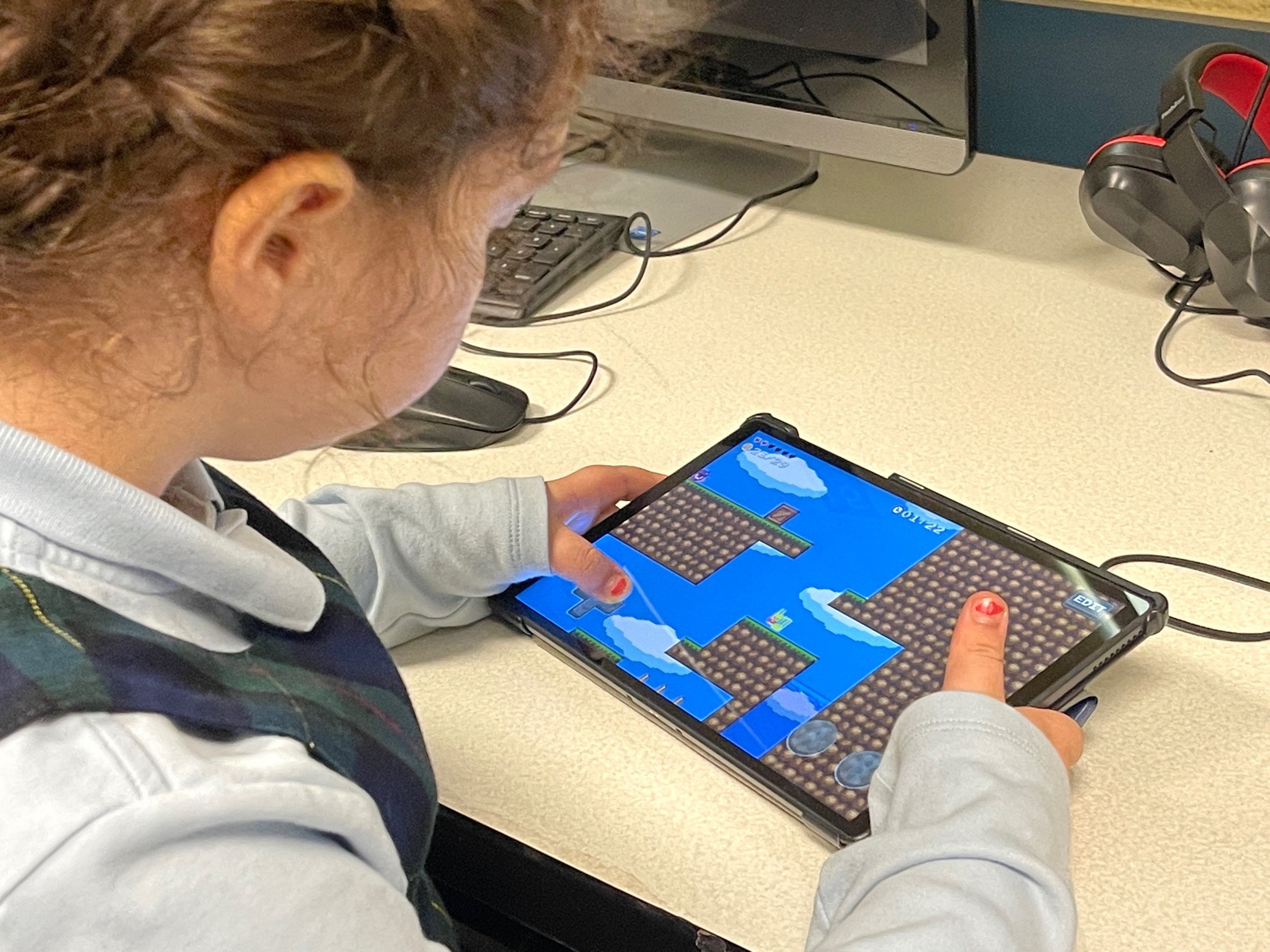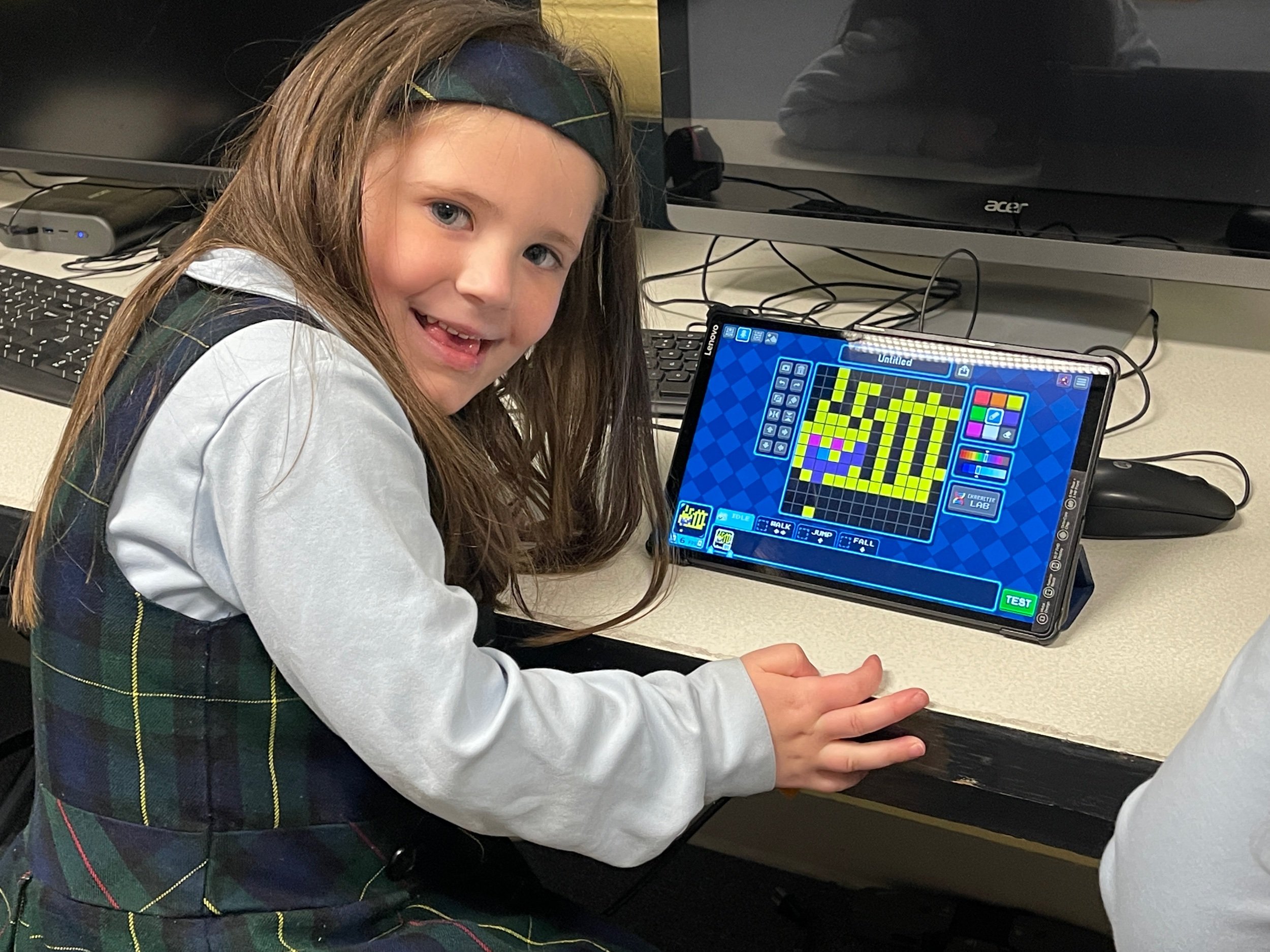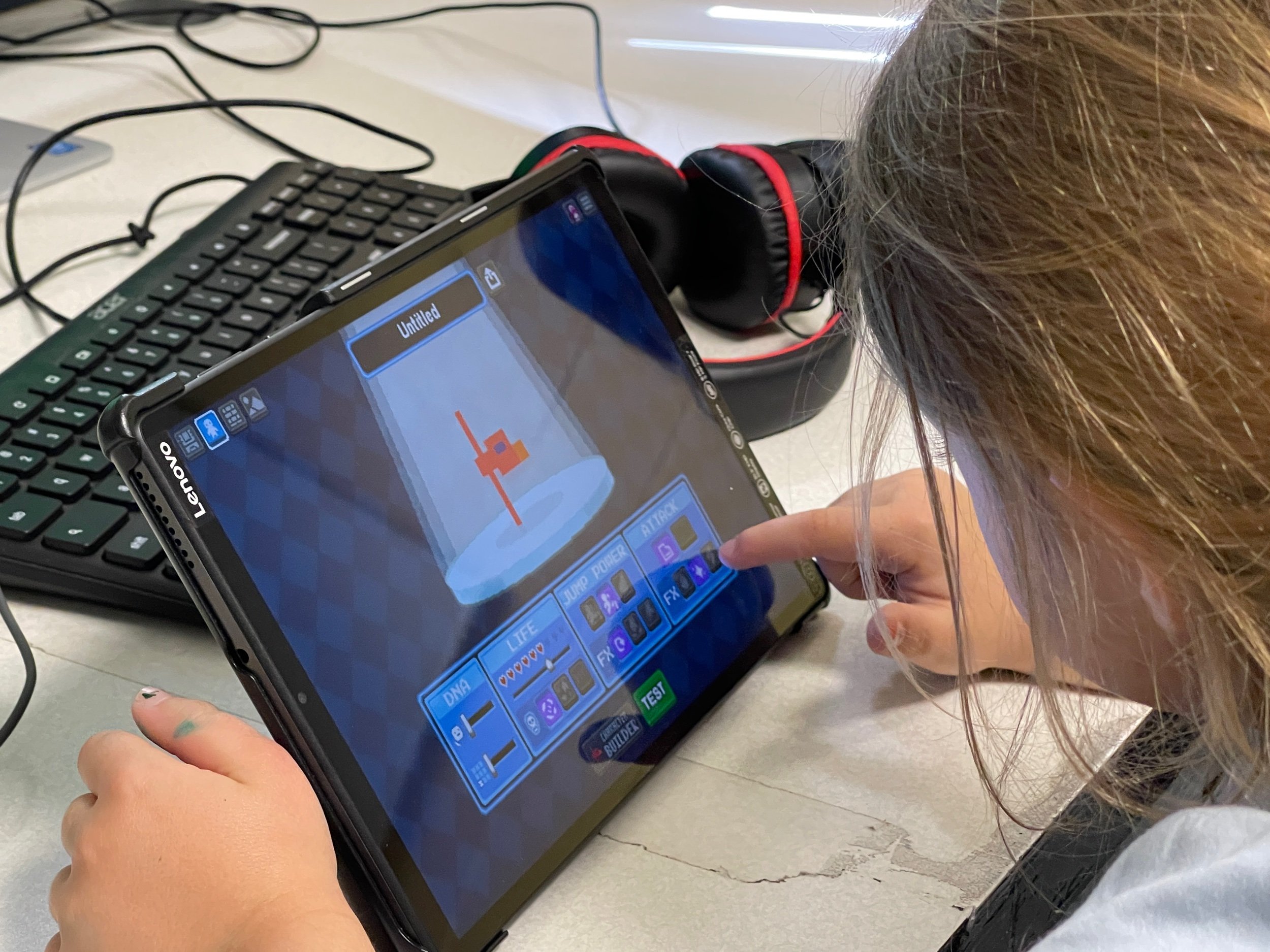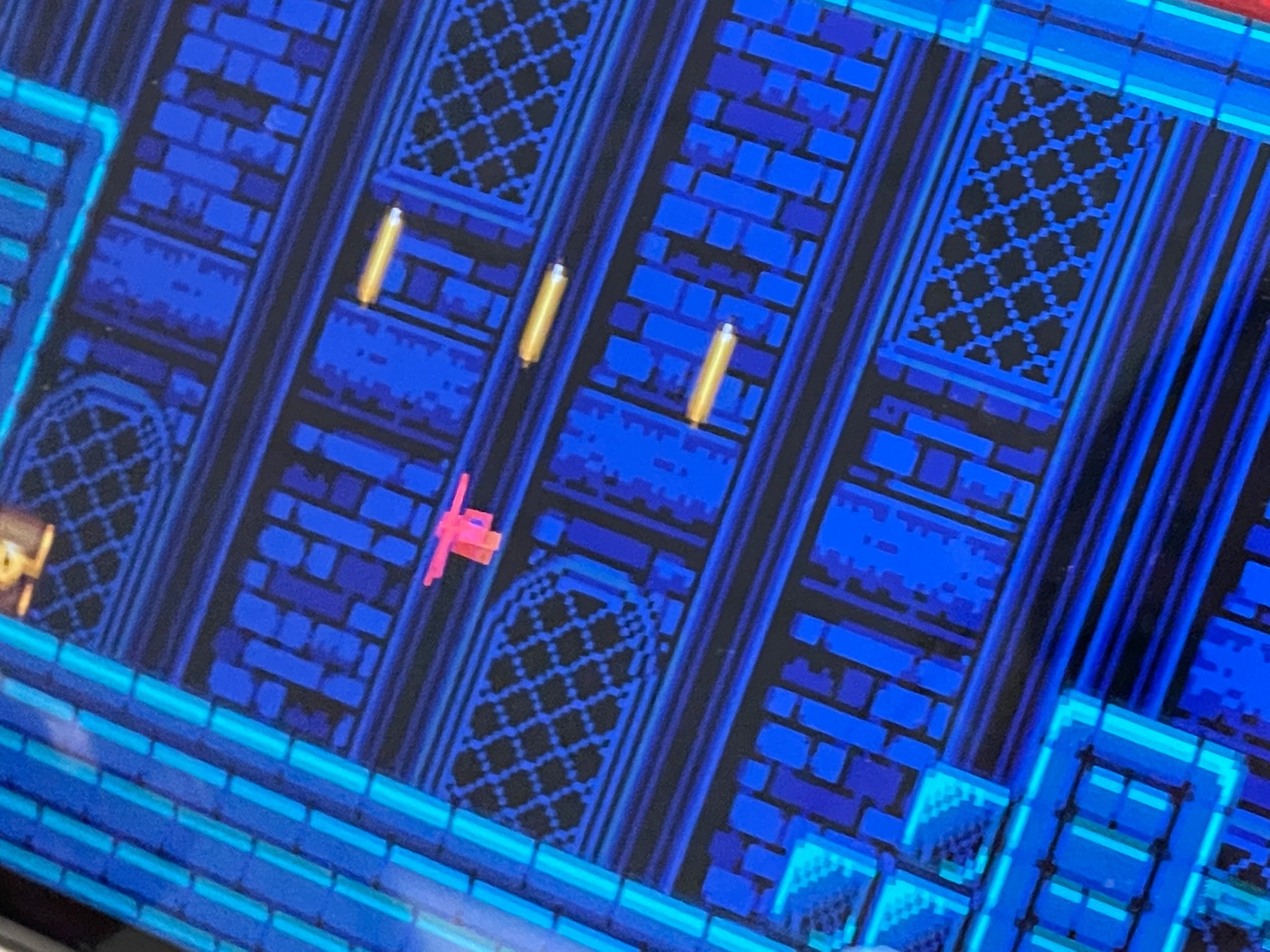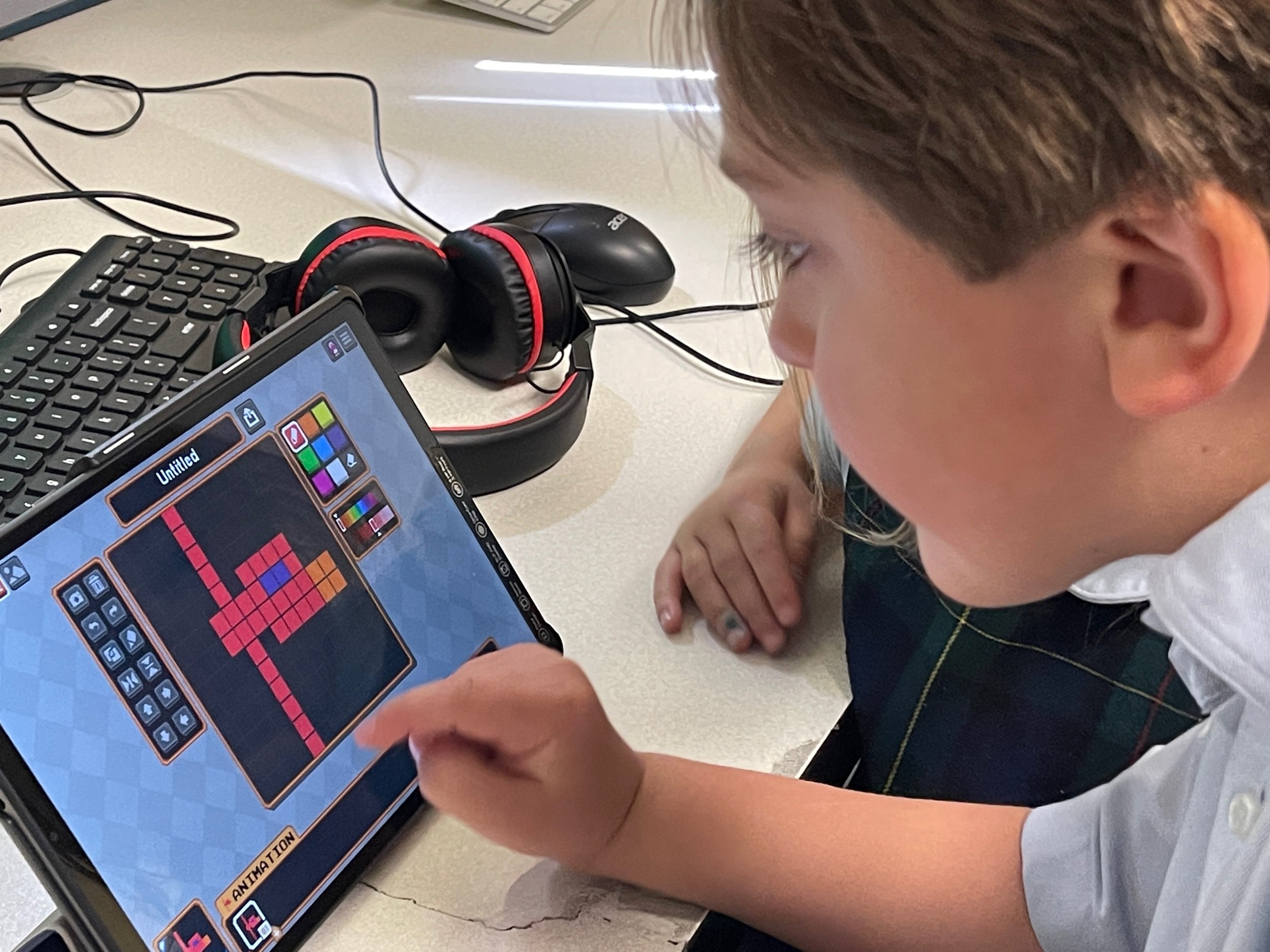In honor of STEAM Day, our students PK-Kindergarten completed colorful Mandala artworks in technology class. They practiced their mouse skills while choosing colors that would bring their individual artworks to life. Each area of the Mandala had to be carefully clicked by the mouse courser in order to color the specific areas.
Students also practiced saving their Mandala designs to Google Drive and finally choosing a printer to print them in color.
Technology Applications that were covered in this class were:
6) Technology operations and concepts. The student demonstrates knowledge and appropriate use of technology systems, concepts, and operations. The student is expected to:
(A) use appropriate terminology regarding basic hardware, software applications, programs, networking, virtual environments, and emerging technologies;
(B) use appropriate digital tools and resources for storage, access, file management, collaboration, and designing solutions to problems;
(C) perform basic software application functions, including opening an application and creating, modifying, printing, and saving files;
(D) use a variety of input, output, and storage devices;
Students from 4th grade through 8th grade will create unique inventions or innovations to present at the Spartan Shark Tank. The Spartan Shark Tank is a creative way to demonstrate multiple levels of technology applications, and robotics programming while expanding our learning in problem-solving and troubleshooting in real-world applications. Presentation dates will be posted soon. Please see the details and requirements below for each group's invention or innovation.
First-graders have been working on "fourth-grade" builds for robotics. The collaborative groups have been using visual guides to find and assemble the parts needed to create the final product, Riley Rover. They have been measuring axles by using rounded beams and counting the holes to determine the length of the axles. The collaborative groups have also been practicing social skills by sharing, assisting other groups, and by praising each other's efforts! Their next steps are to assemble and attach frontal grippers and cargo lifters. These first graders will begin coding their robots upon completion of all their hard work.
Pre-Kindergarten students are using their mice to practice left clicks, right clicks, and roller clicks with the online website Thisissand. They are developing fine motor skills and visual perception skills to navigate their mice on the computer screens. By choosing different colors for their sand mountains, the students use their creativity and imaginations tp produce an original work of art.
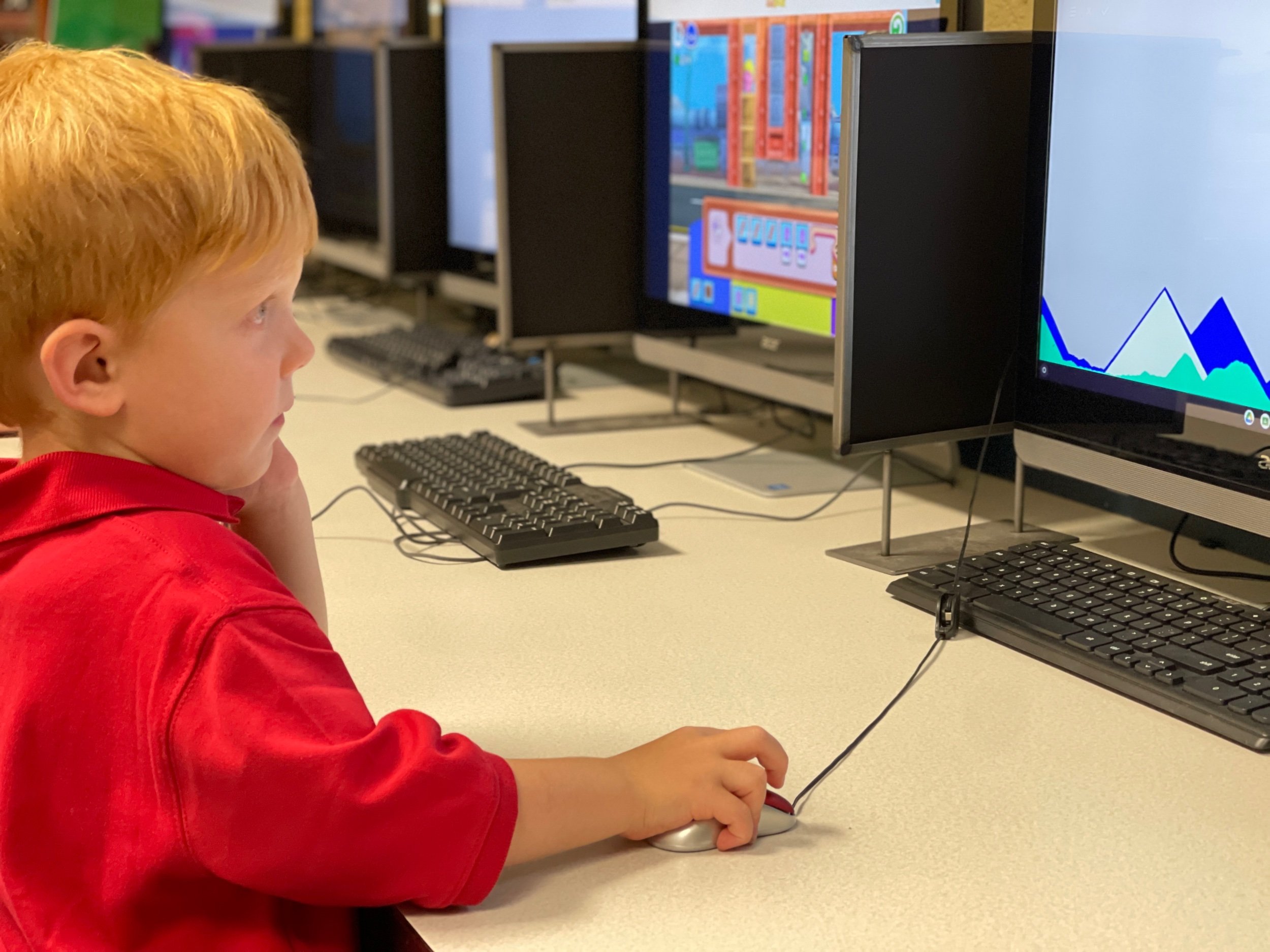

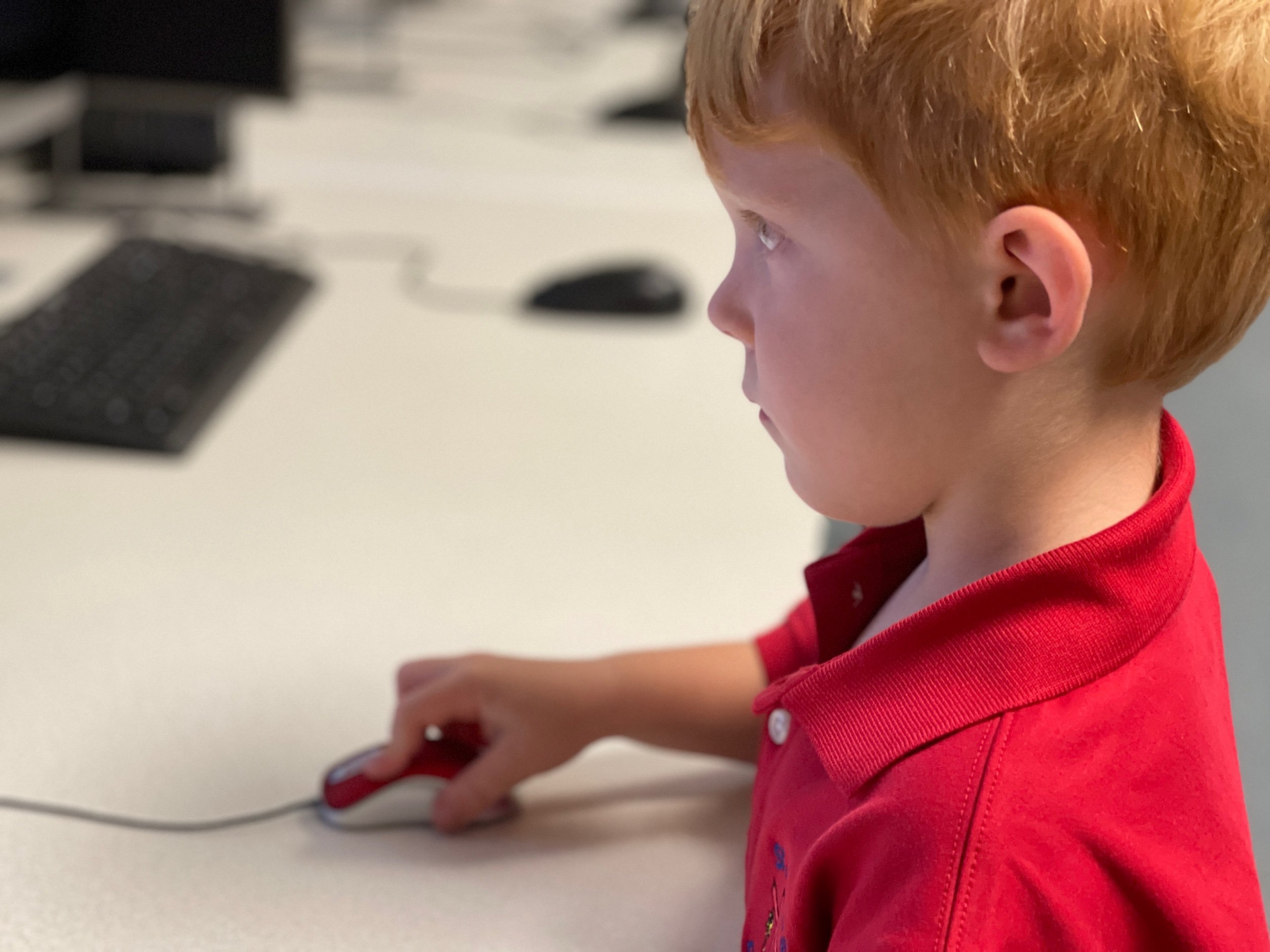
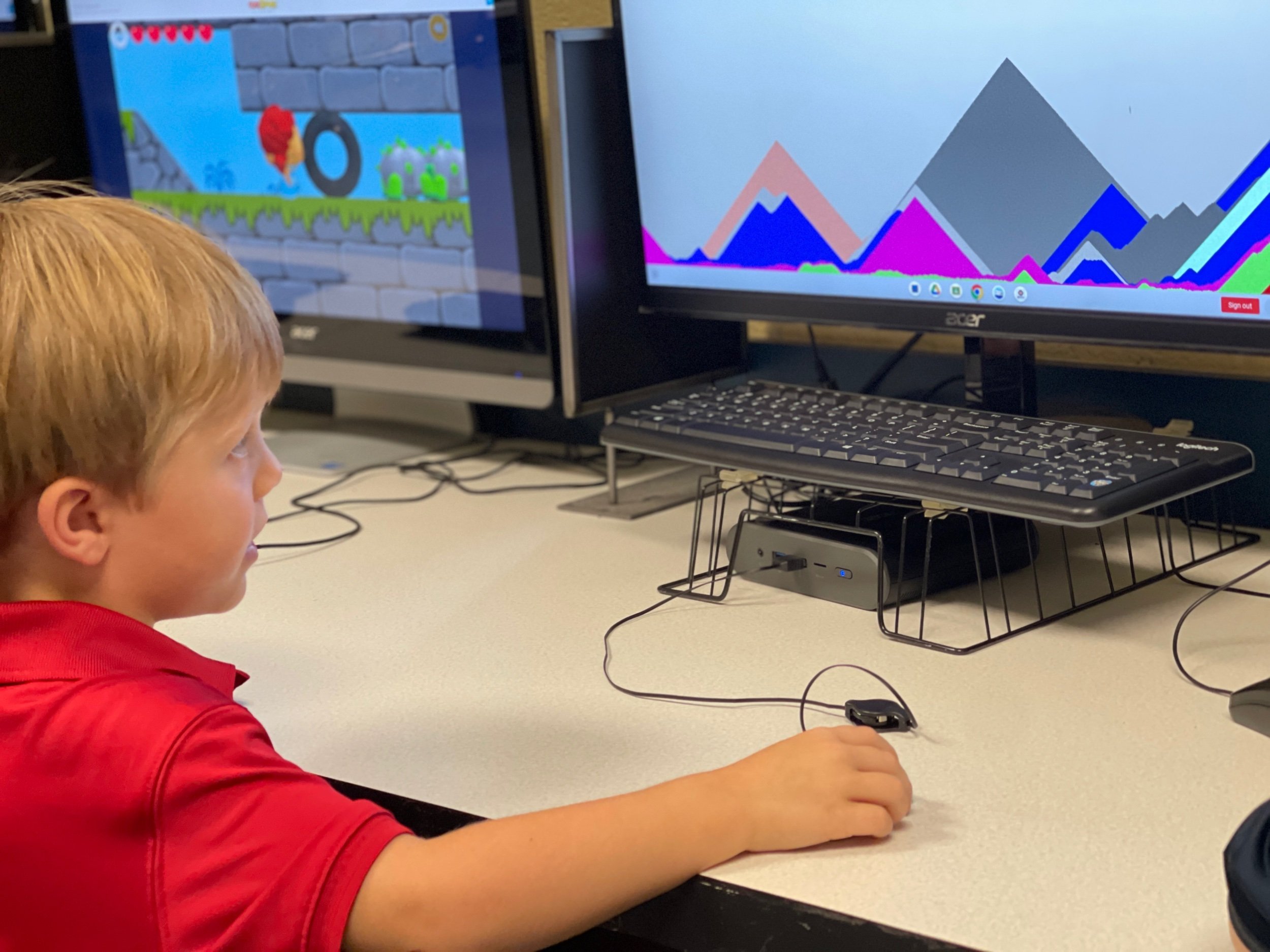
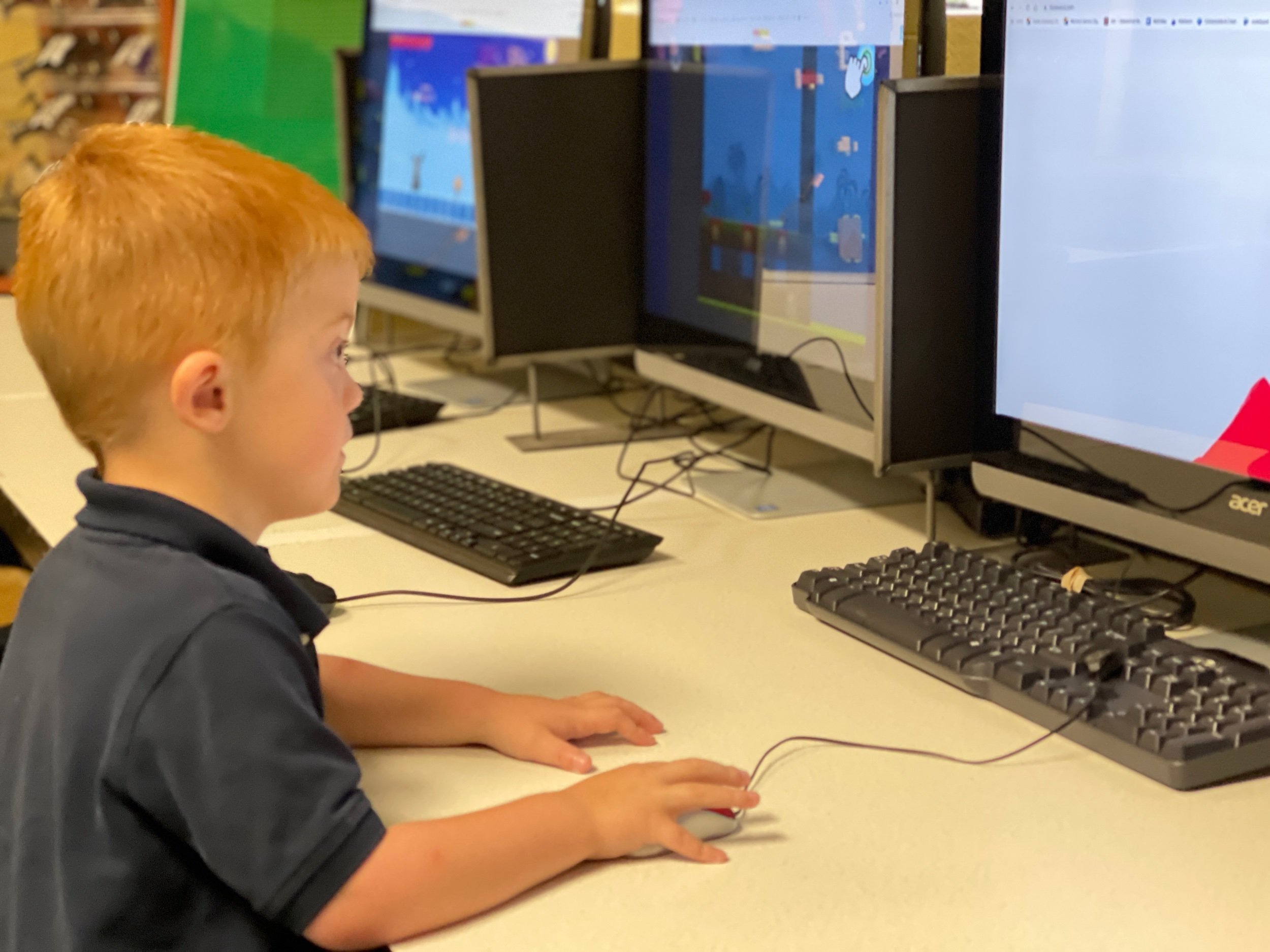
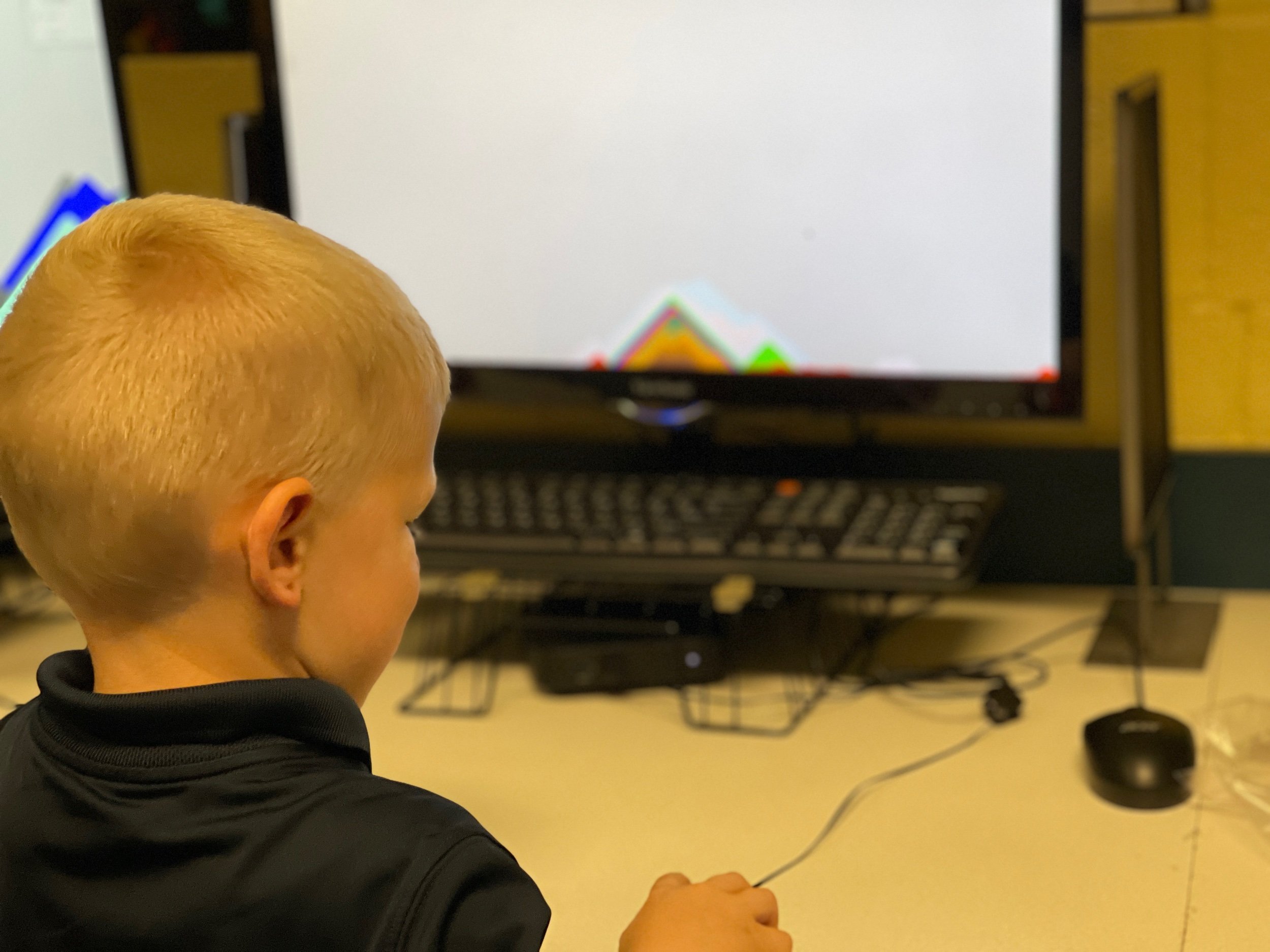
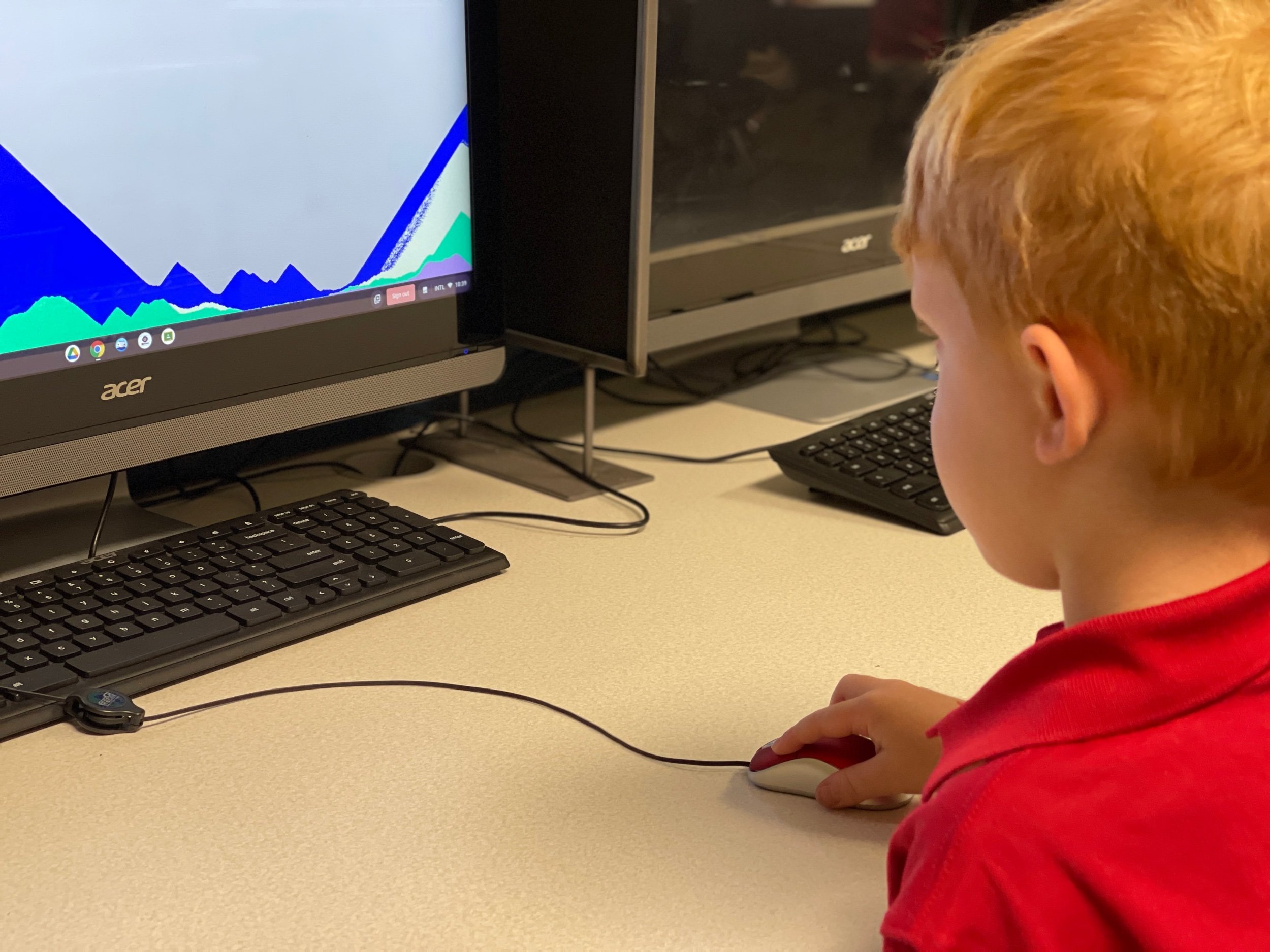

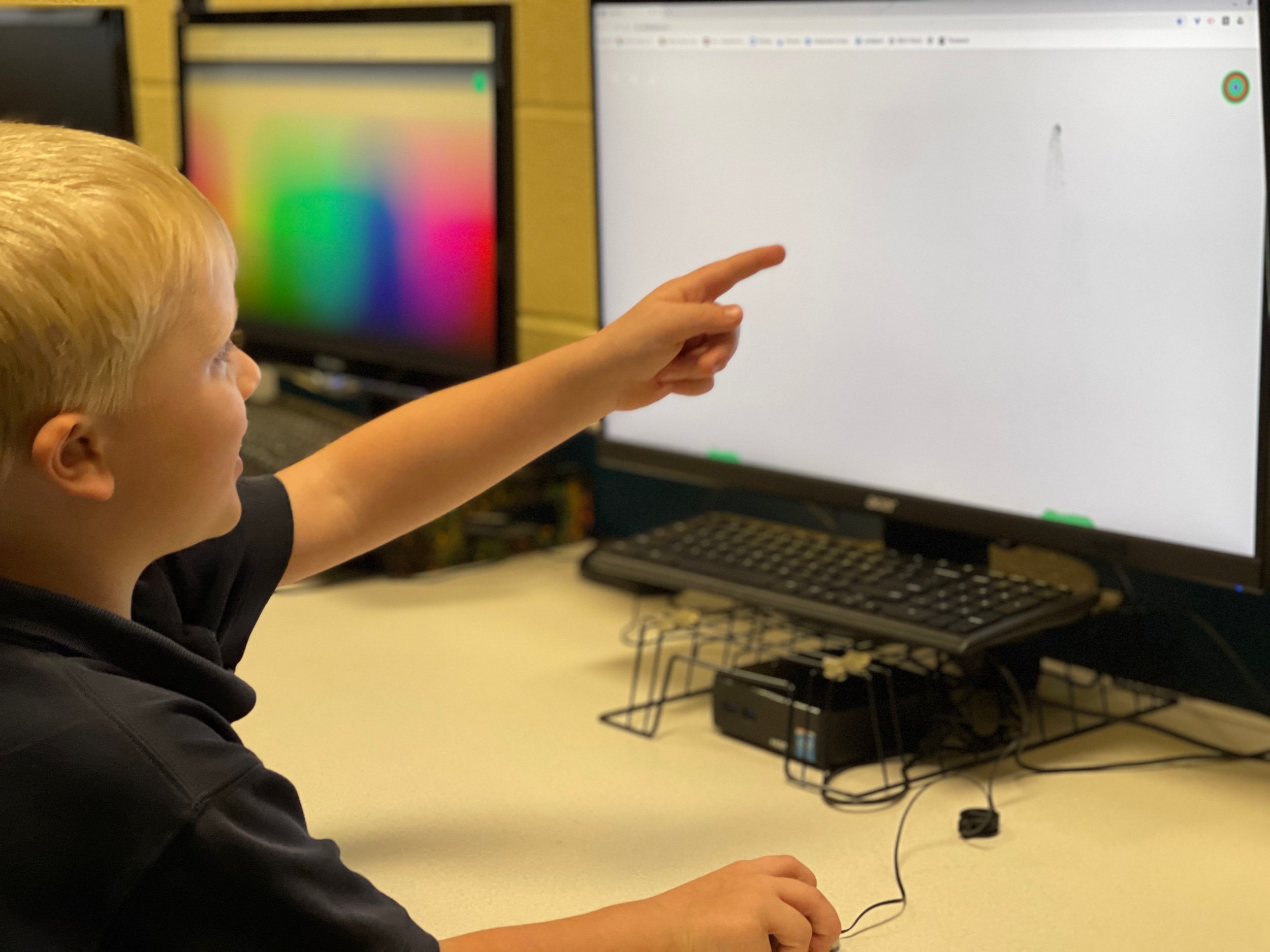
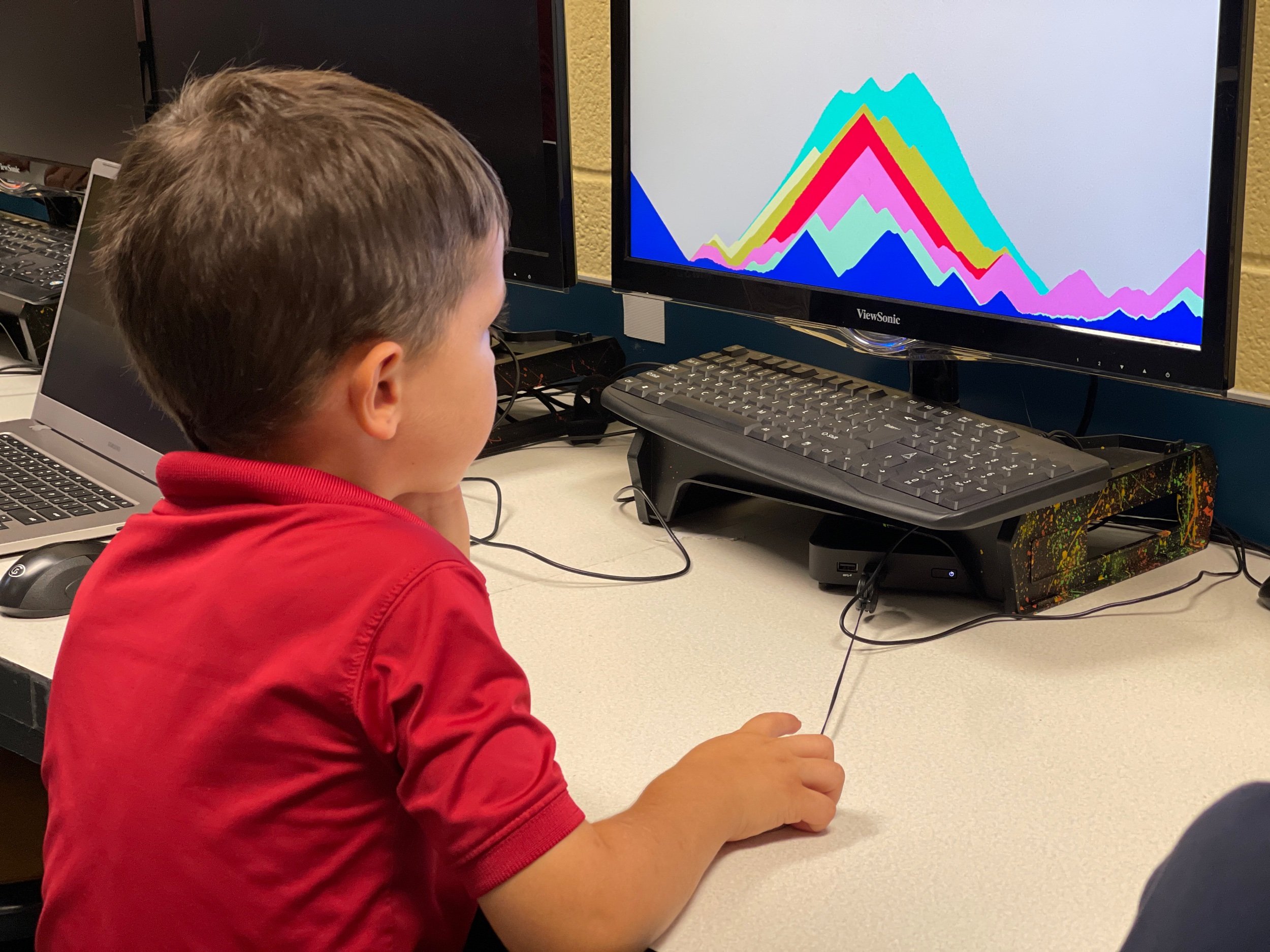
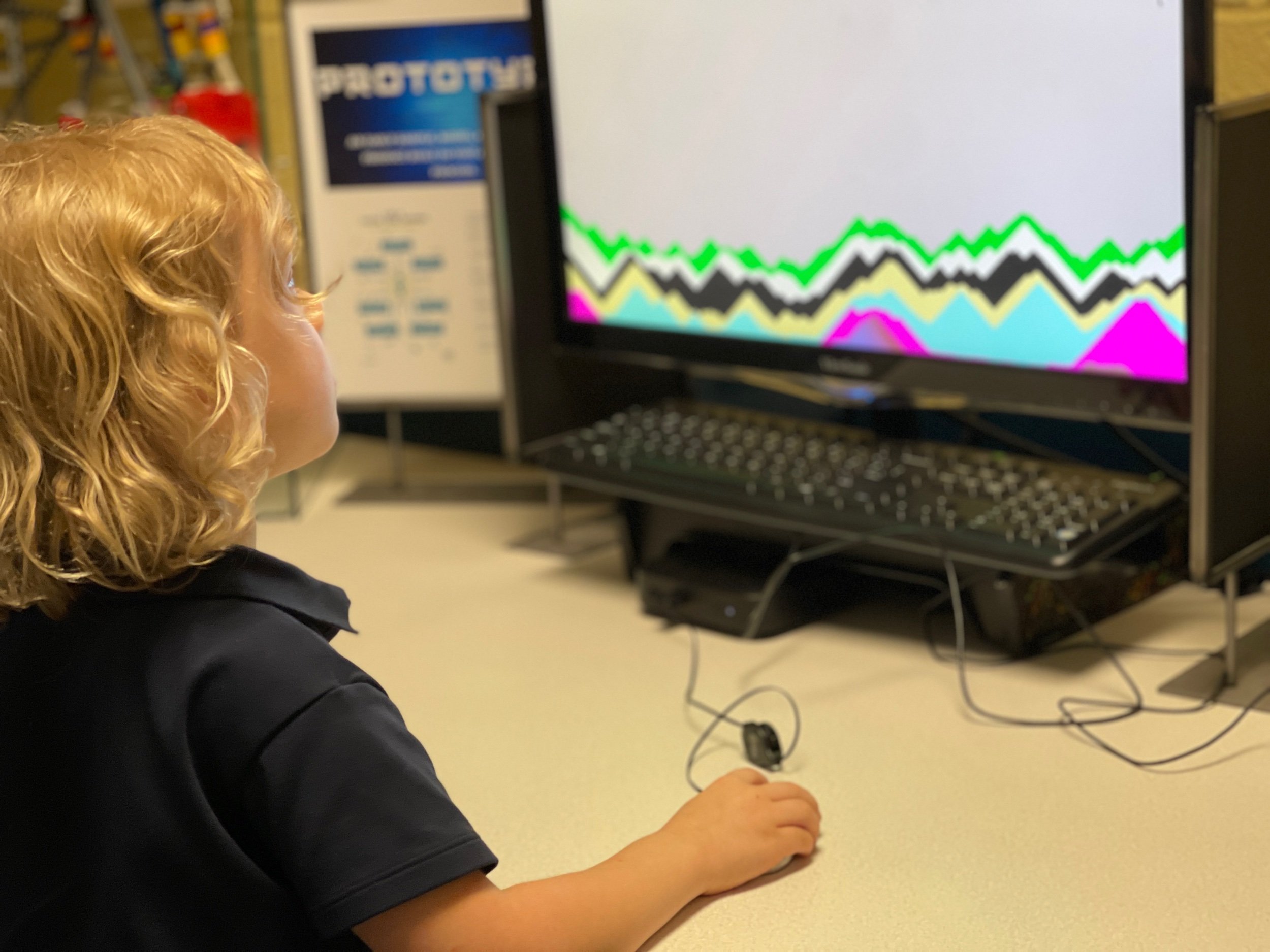
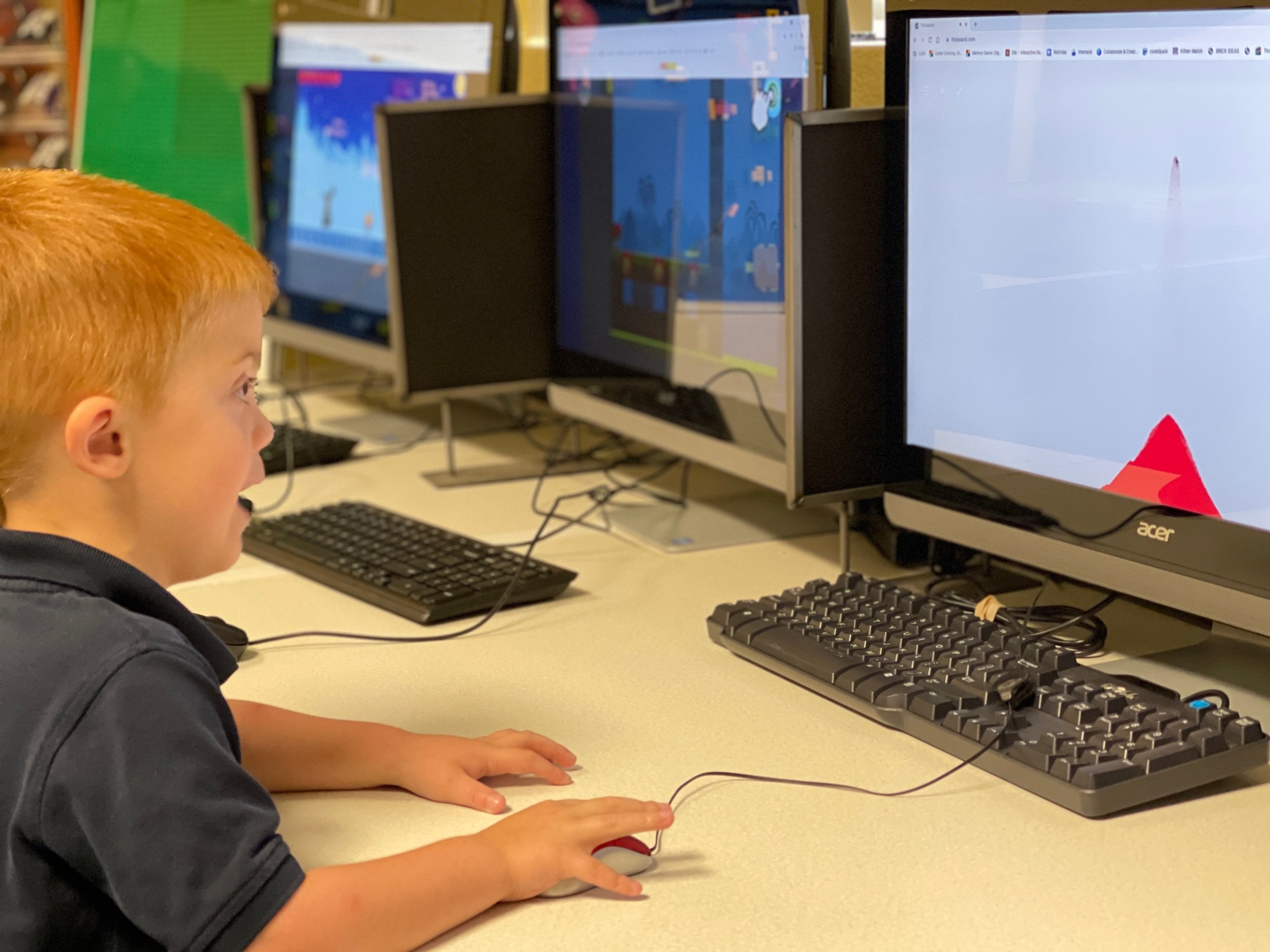
INSERVICE 2022-2023
We have been working on creating personalized videos for our Mother’s’ Day projects. Each student was allowed to choose the media/digital tool that they would use to create their unique videos. The choices were WEVIDEO and Canva. The students were asked to Google their mothers to find images that they could use in their videos. Upon collecting the images, they imported them into to their preferred digital tool. After arranging the images on timelines, they added transitions, texts, and audio that fit their project. The final edit was then shared with their mothers via email.
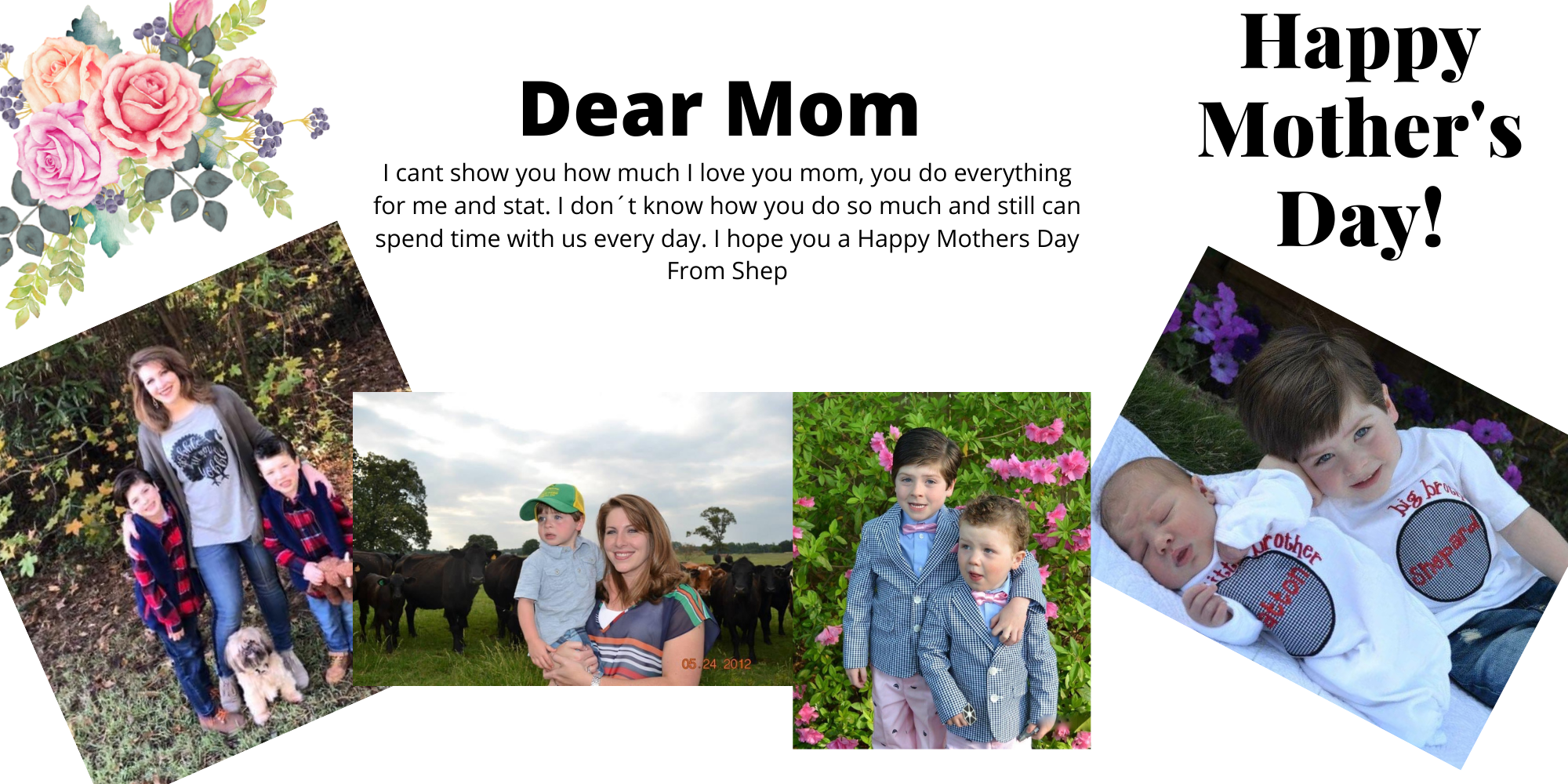

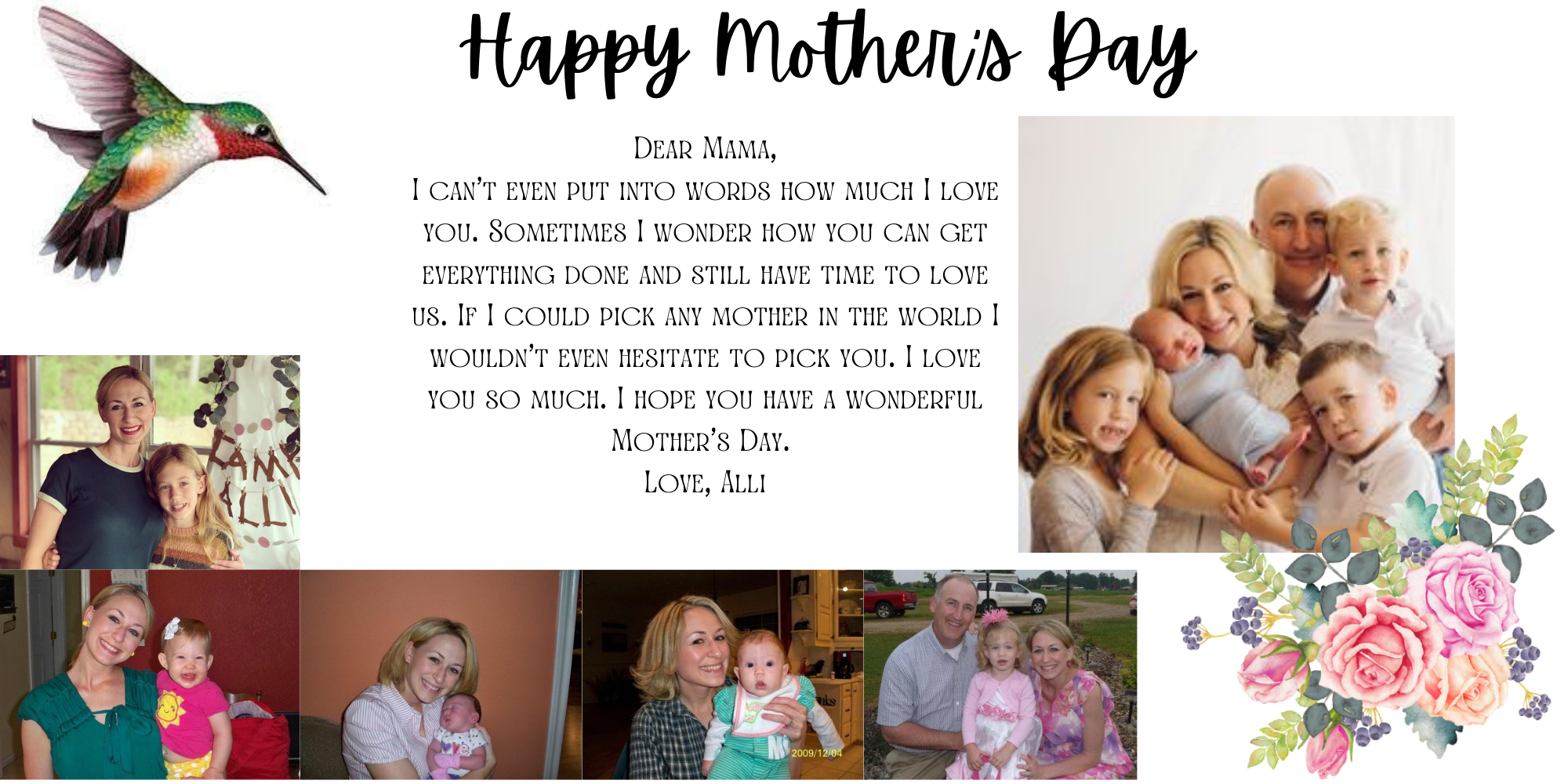
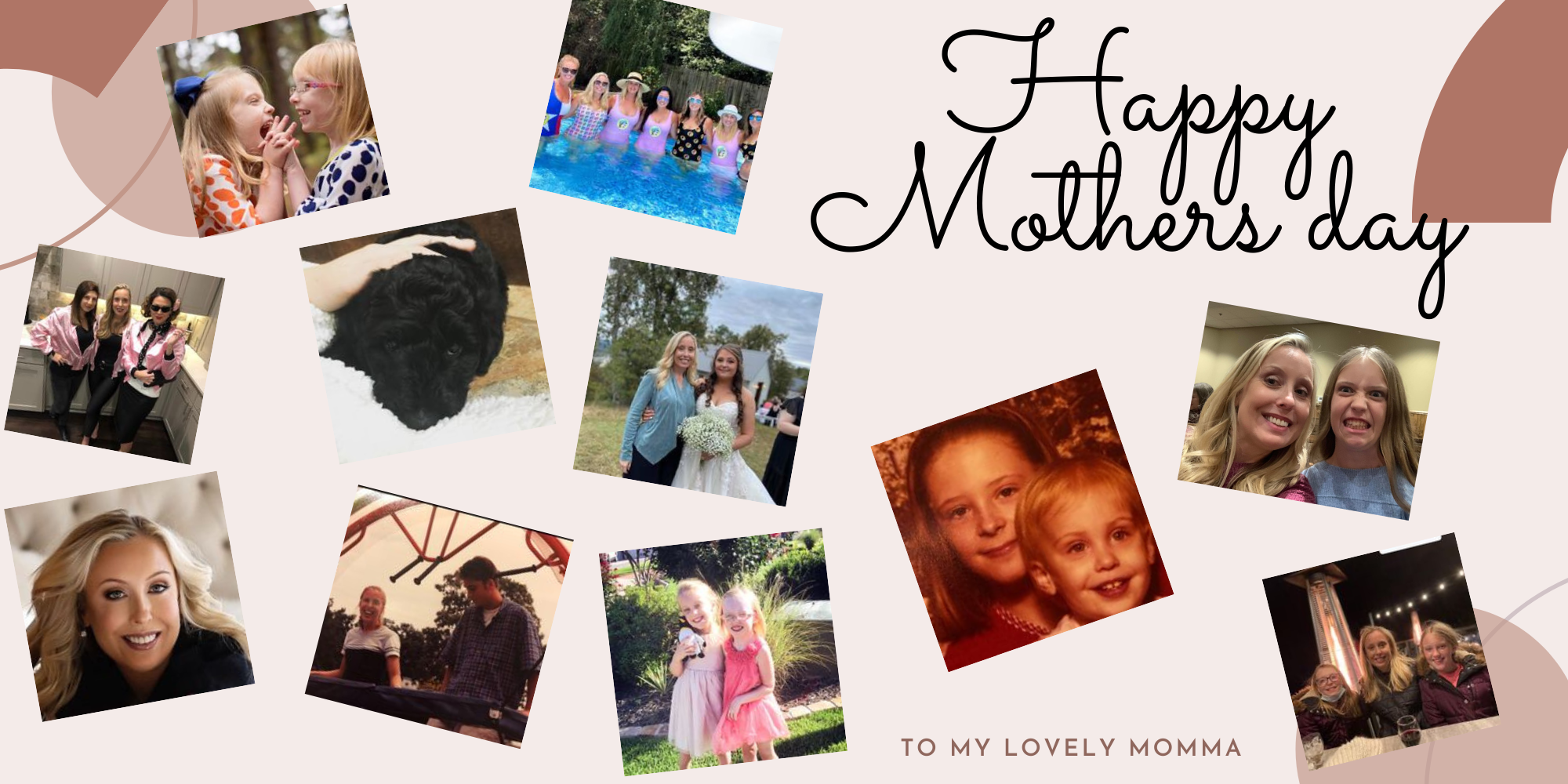
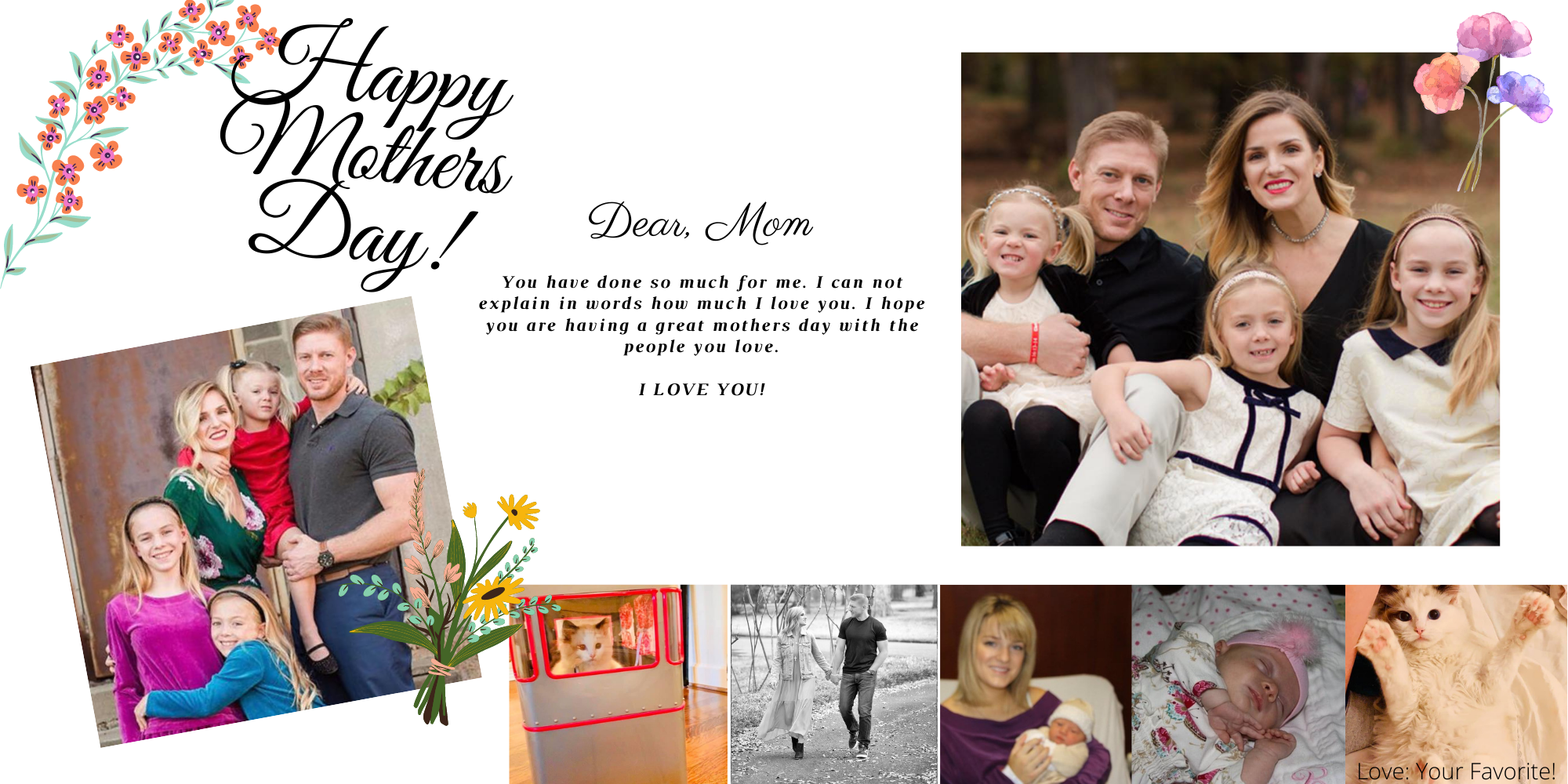
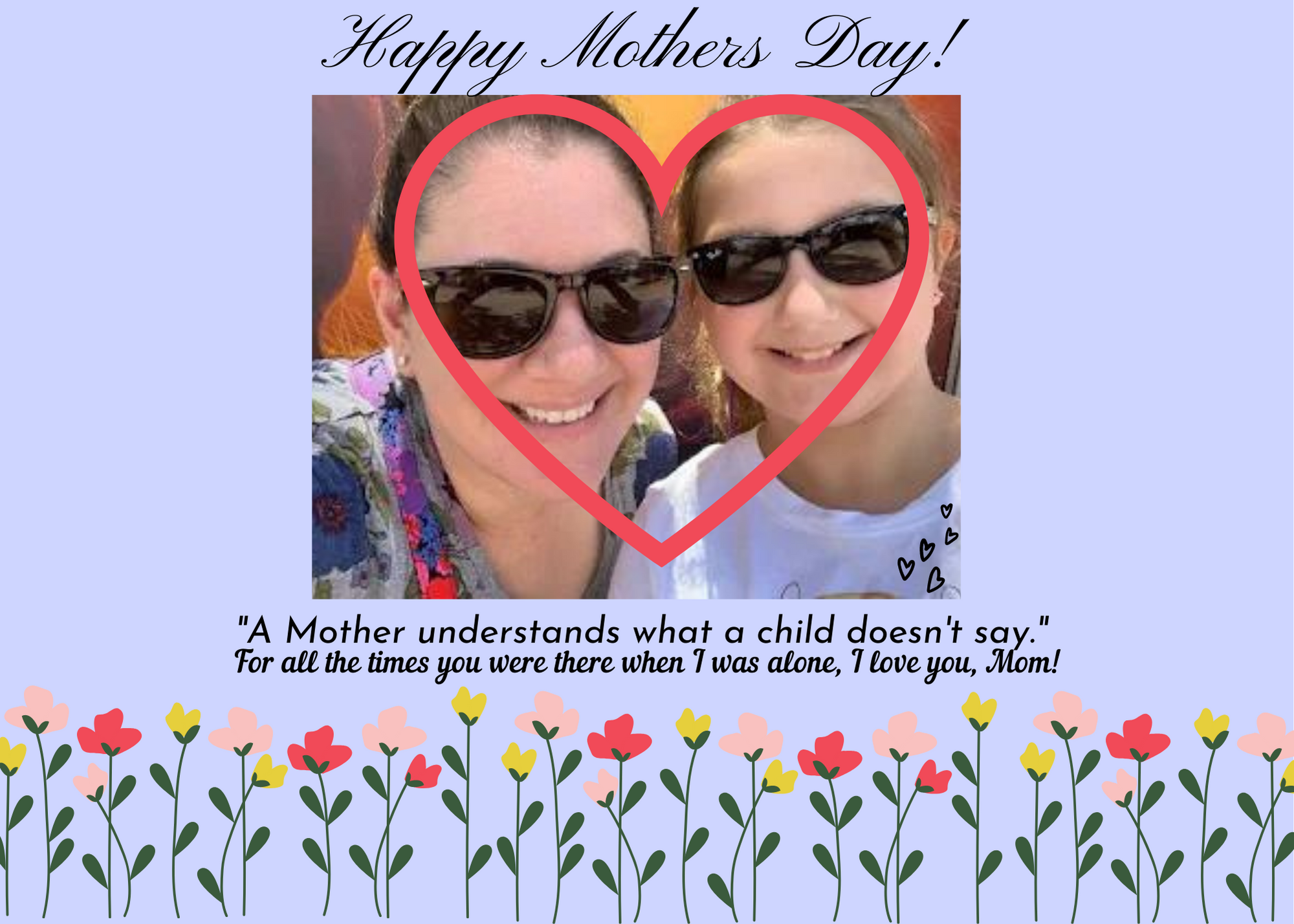
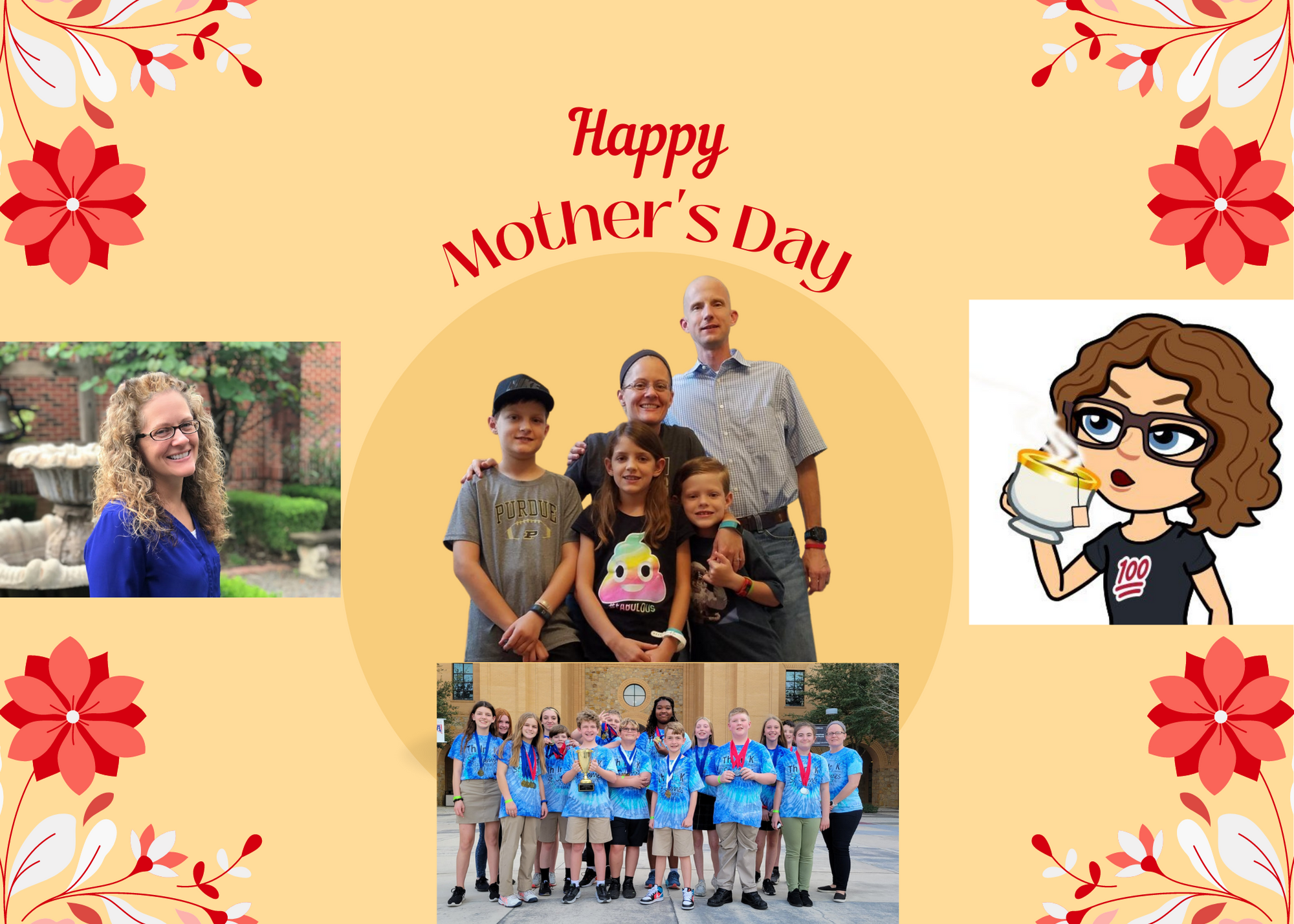
Pre-Kindergarten students are designing their own video game characters. Animation is the second step to the design. After they have designed and animated their characters, they have the opportunity to alter the character’s DNA. Testing their character’s design and DNA attributes is the final step. After reflecting on their design, they have the opportunity to make any changes needed and the process begins again. In the designing stage, we have student who teach other students. This is a prime opportunity for them to collaborate with one another.
Come and discover what our students have the opportunity to learn about all year long. This summer we are offering weekly sessions of Photography 101, Vex & EV3 Robotics, Video Game Design, Stop Motion Animation, Director’s Cut Movie Making, and DJI Drone Academy & Flight School so that your child can experience a taste of what we offer at St. James Day School. These sessions are structured learning experiences available to anyone interested in St. James Day School or just extending their child’s learning throughout the summer. Registrations and reservations are available now by clicking the following link. TechKNOW Camp Registration





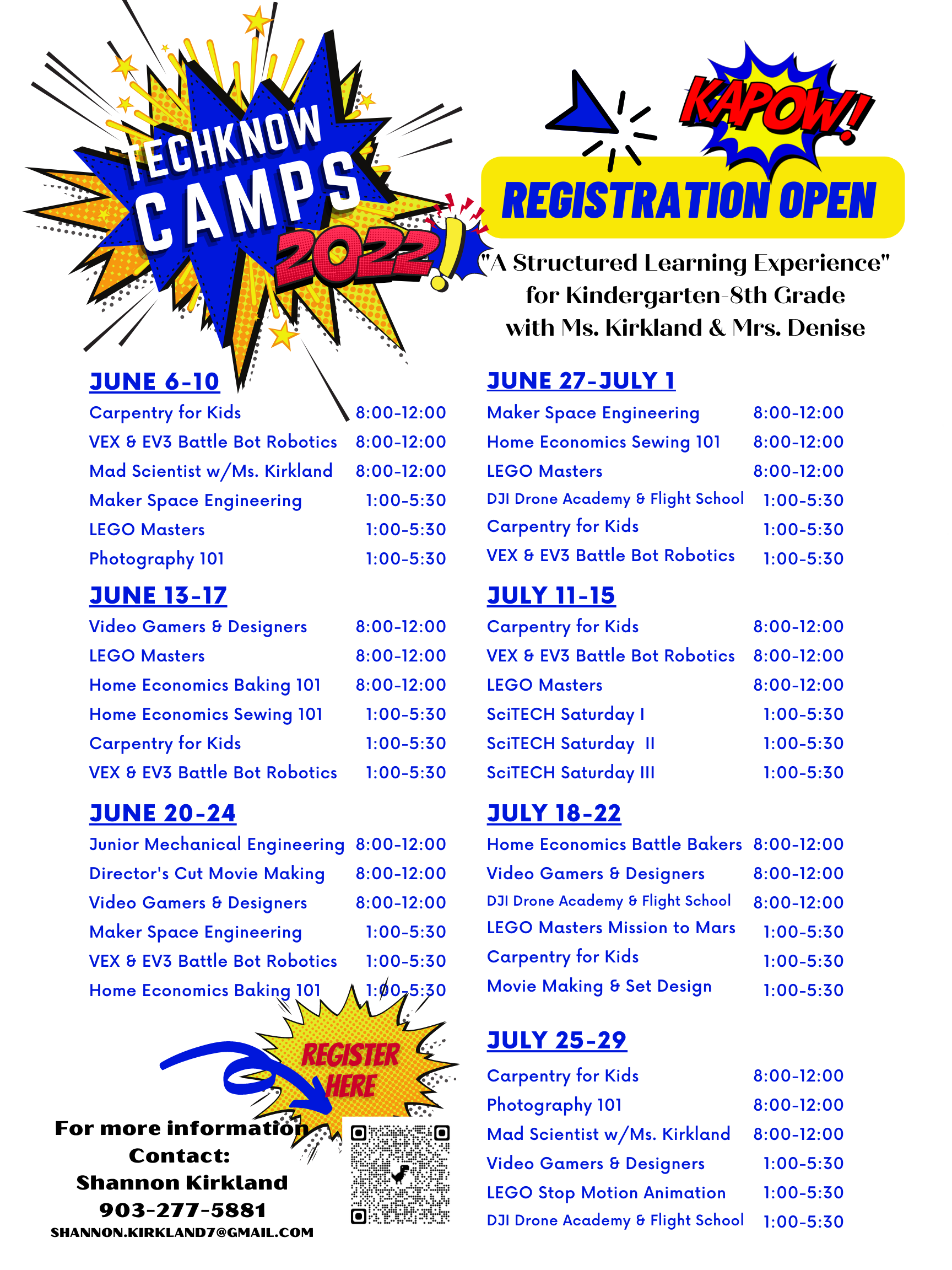


Students in PK and Kindergarten designed and built their own working marble runs. They applied prior knowledge to develop new ideas, products, and processes.(K-2.1A) PK and Kindergarten used their problem-solving and troubleshooting skills to create and execute steps to accomplishing tasks. (K-2.1D)
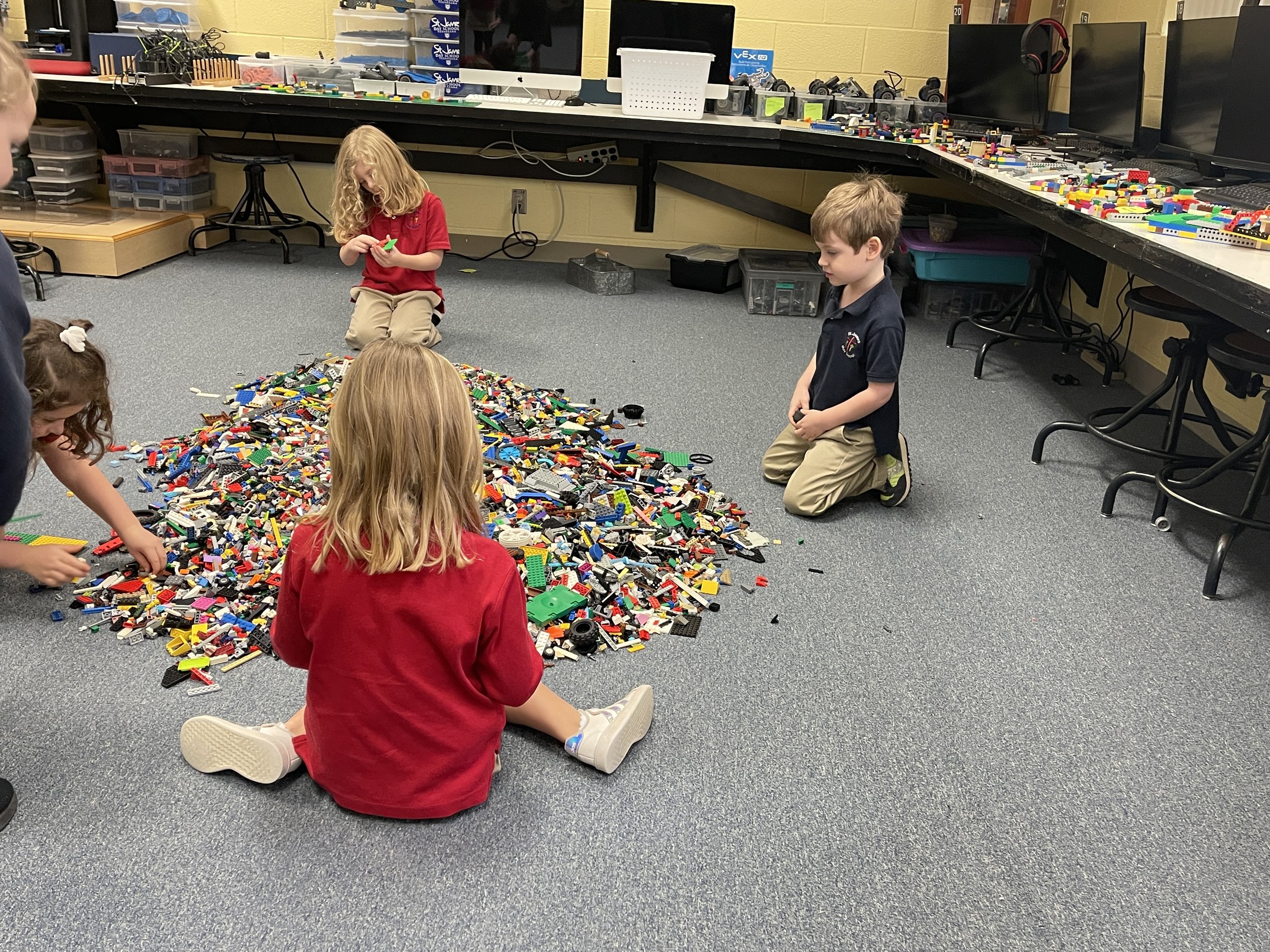
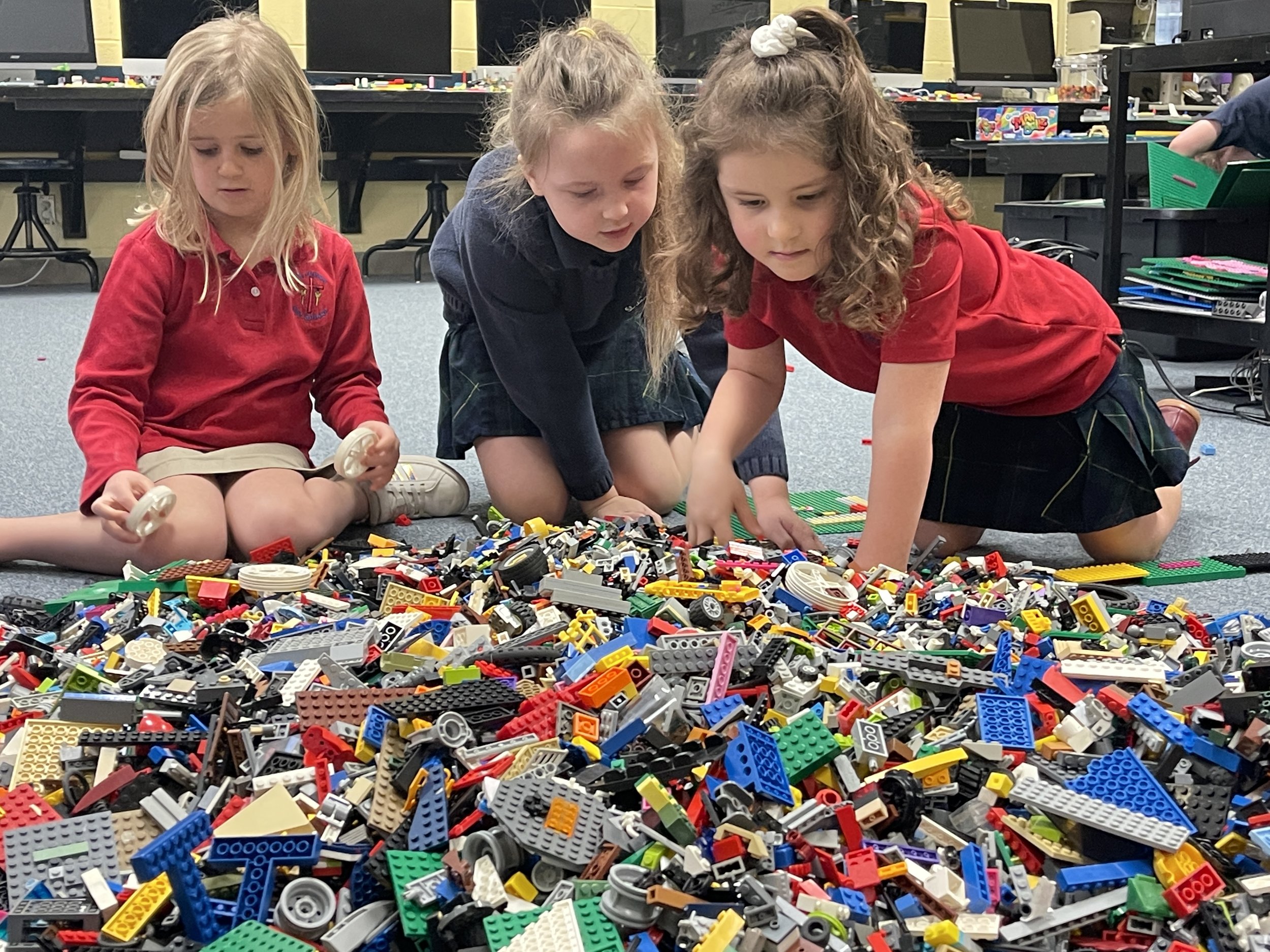
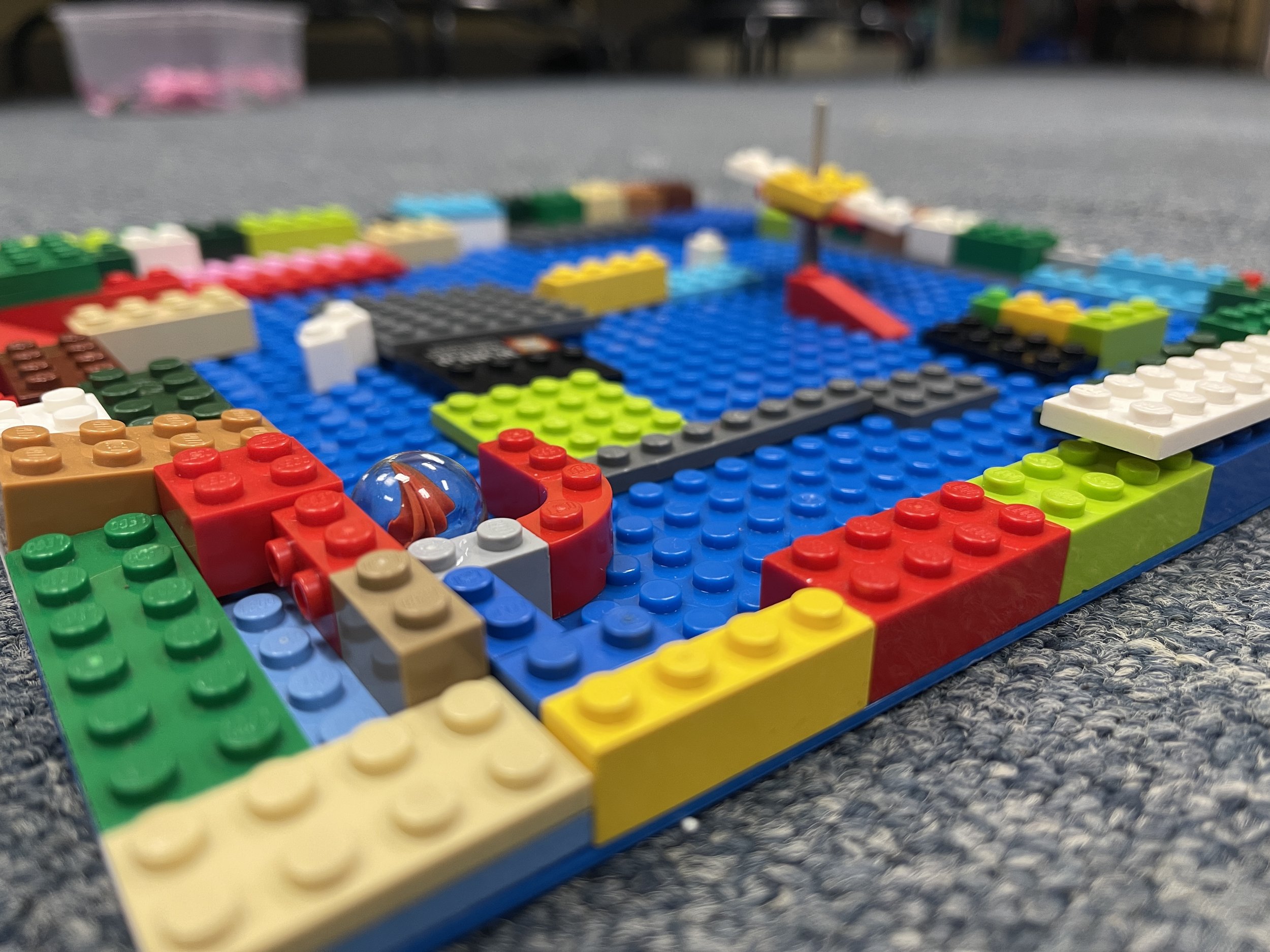
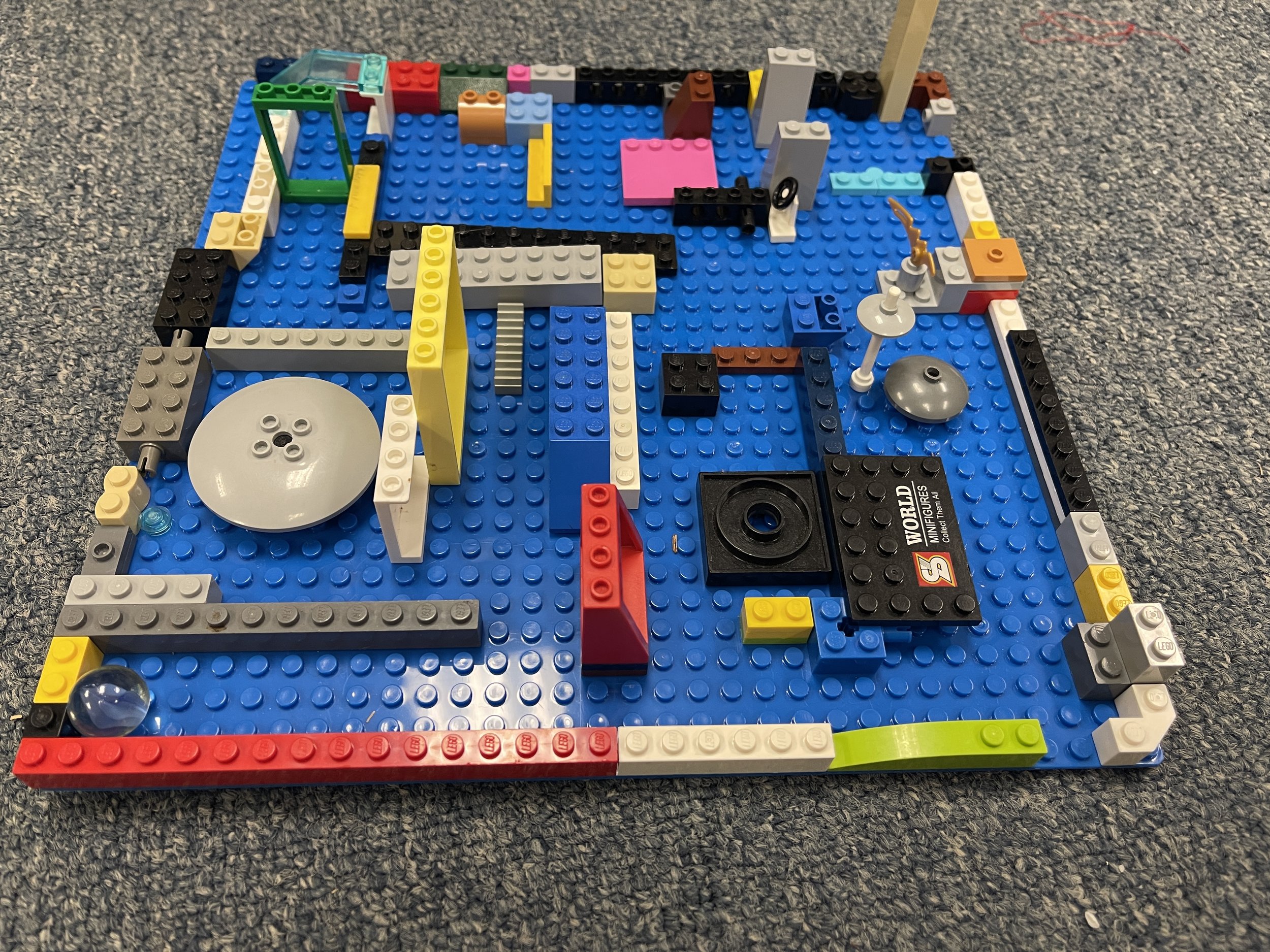

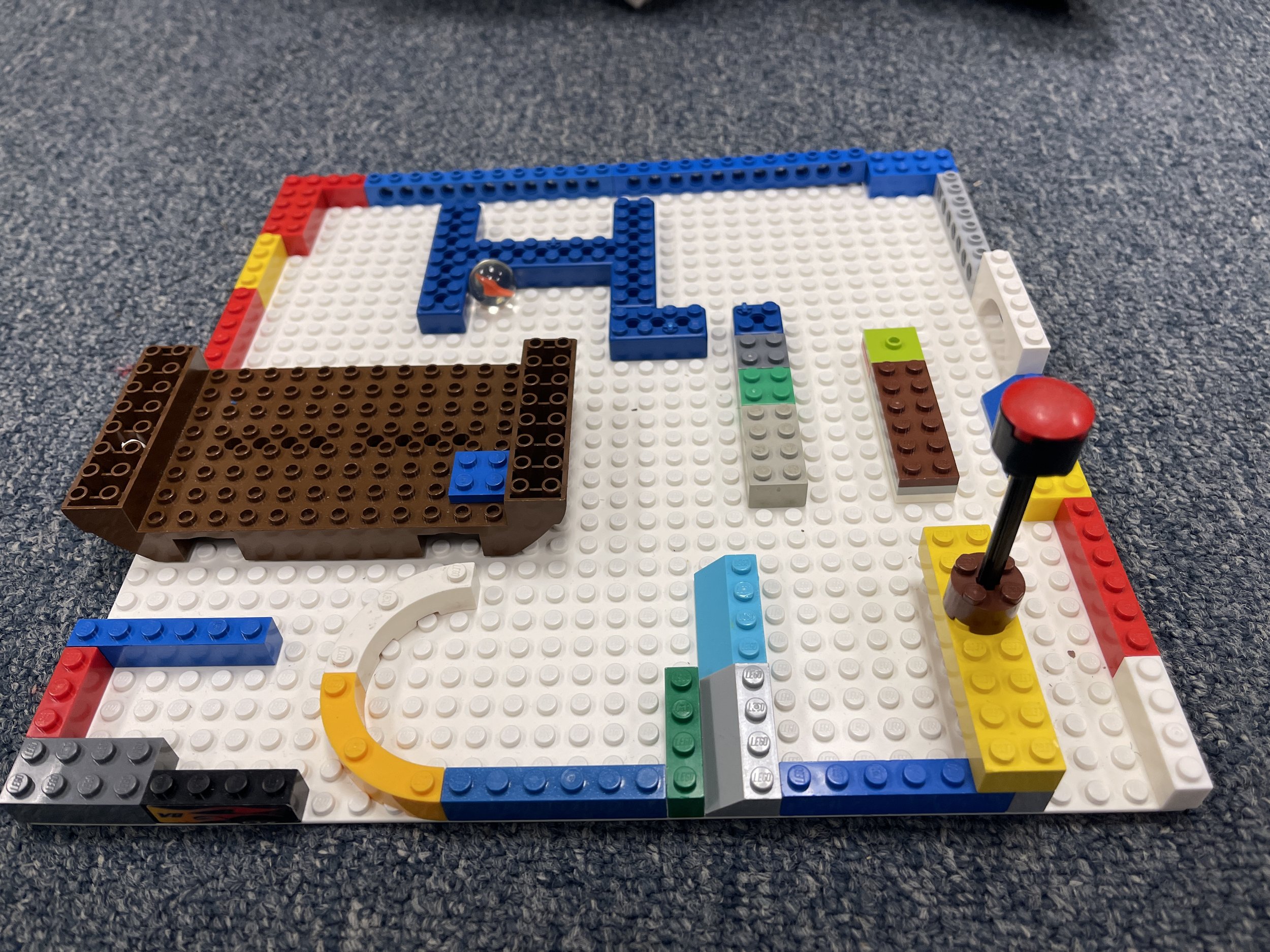
This week we combined Science TEKS and Technology TEKS to research and design a prototype for a LEGO Pinball machine that used at minimum 3 simple machines in the construction. The students designed and experimented with their structural prototypes to create flawless, working pinball machines. Students judged one another on levels of creativity, levels of difficulty, and final designs of their projects.
The Science TEKS we used were(6) Force, motion, and energy. The student knows that energy exists in many forms and can be observed in cycles, patterns, and systems. The student is expected to:(D) design an experiment to test the effect of force on an object such as a push or a pull, gravity, friction, or magnetism.
The Technology TEKS we covered were(1) Creativity and innovation. The student uses creative thinking and innovative processes to construct knowledge and develop digital products. The student is expected to: (A) create original products using a variety of resources; (B) analyze trends and forecast possibilities, developing steps for the creation of an innovative process or product; and(3) Research and information fluency. The student acquires and evaluates digital content. The student is expected to:(D) acquire information appropriate to specific tasks. (4) Critical thinking, problem-solving, and decision-making. The student researches and evaluates projects using digital tools and resources. The student is expected to:(C) evaluate student-created products through self and peer review for relevance to the assignment or task.
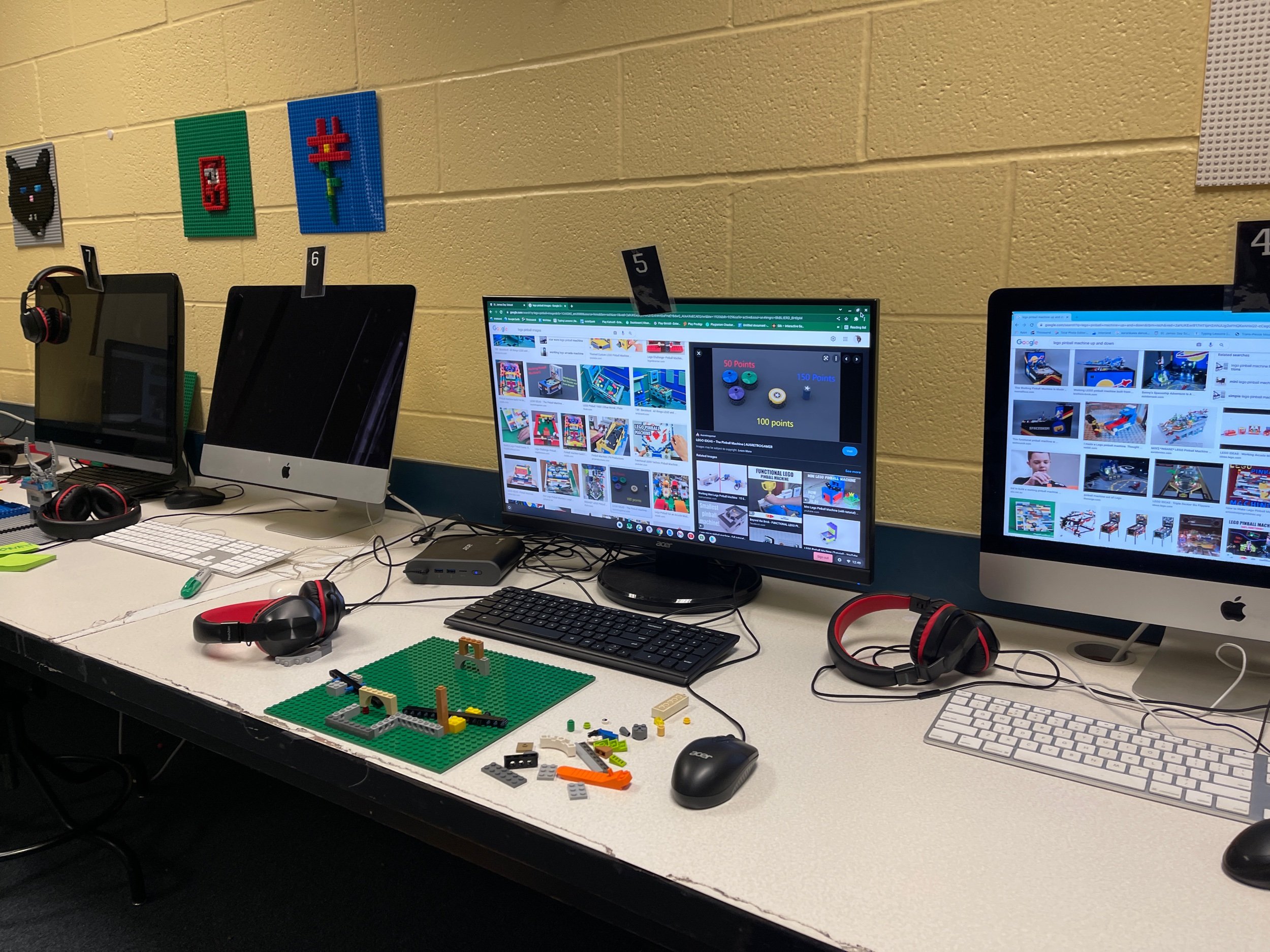
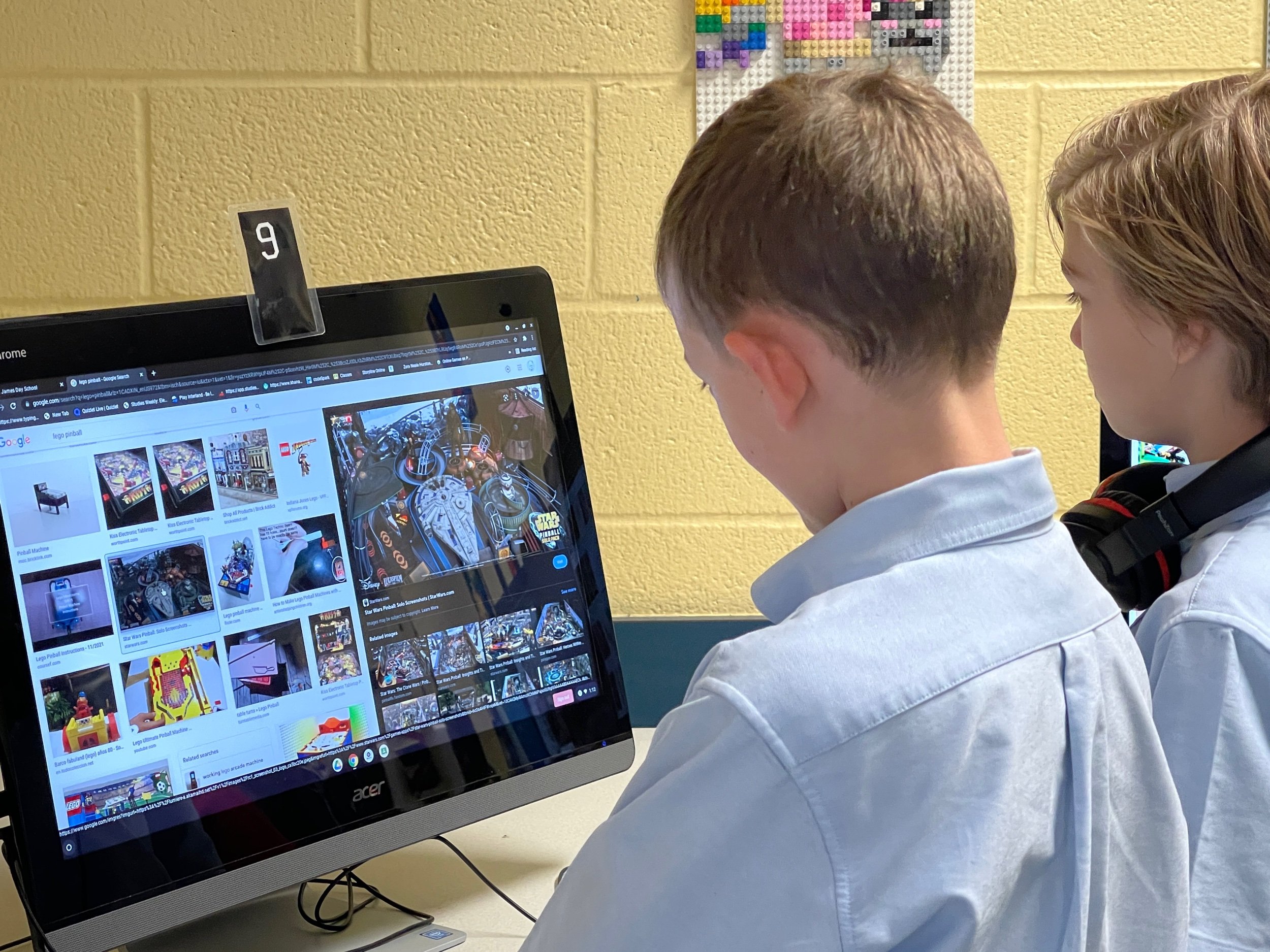
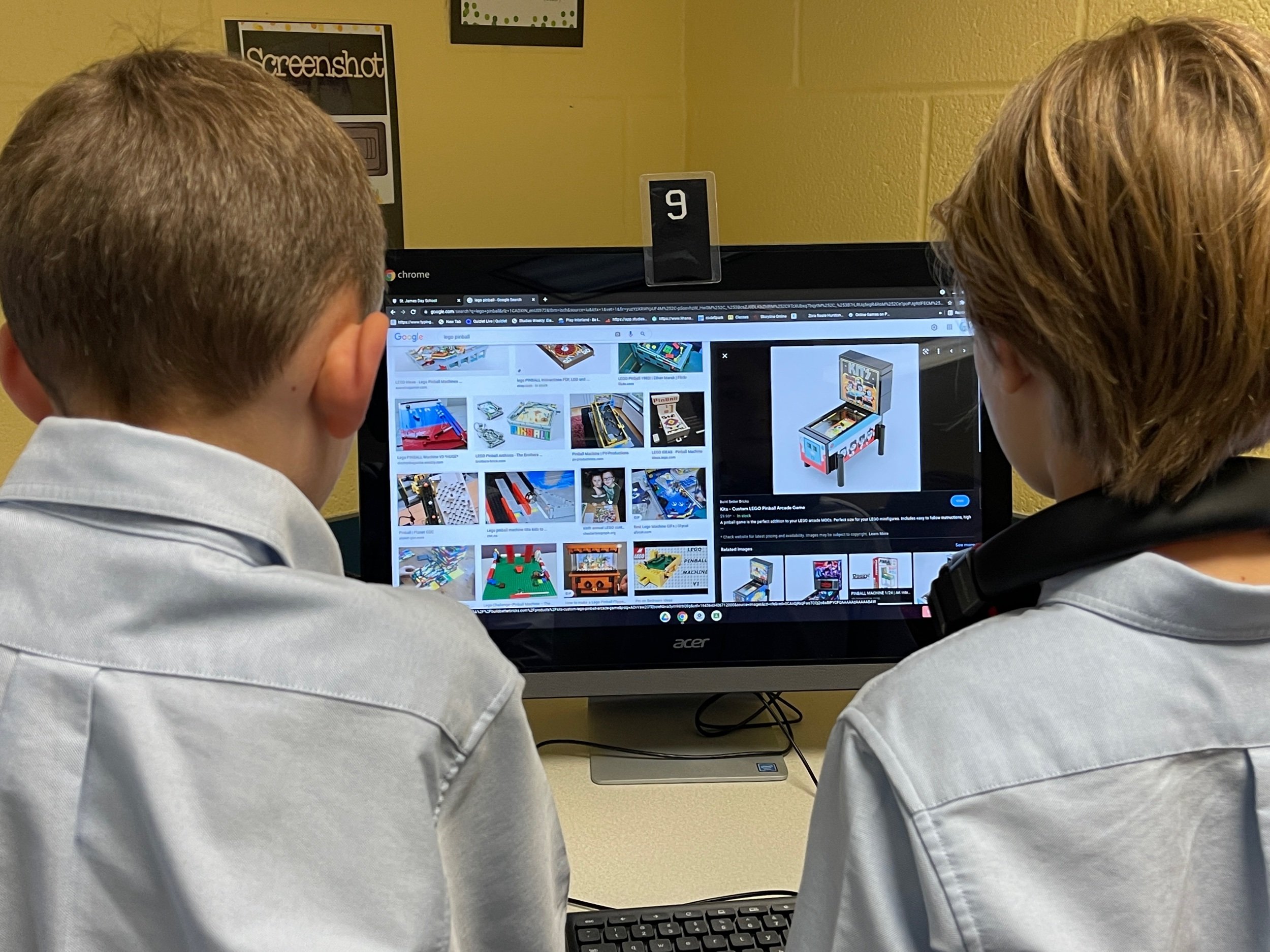

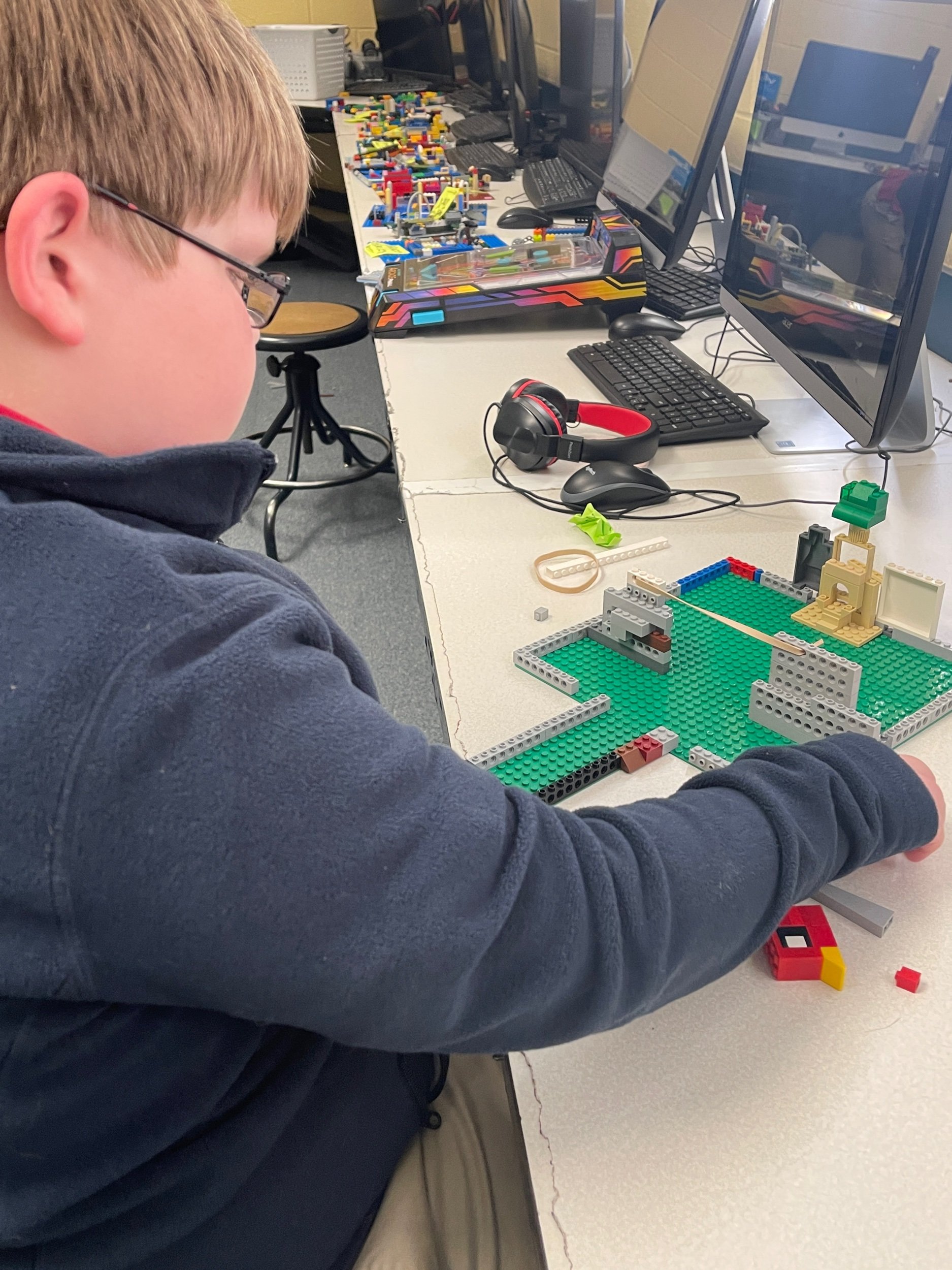


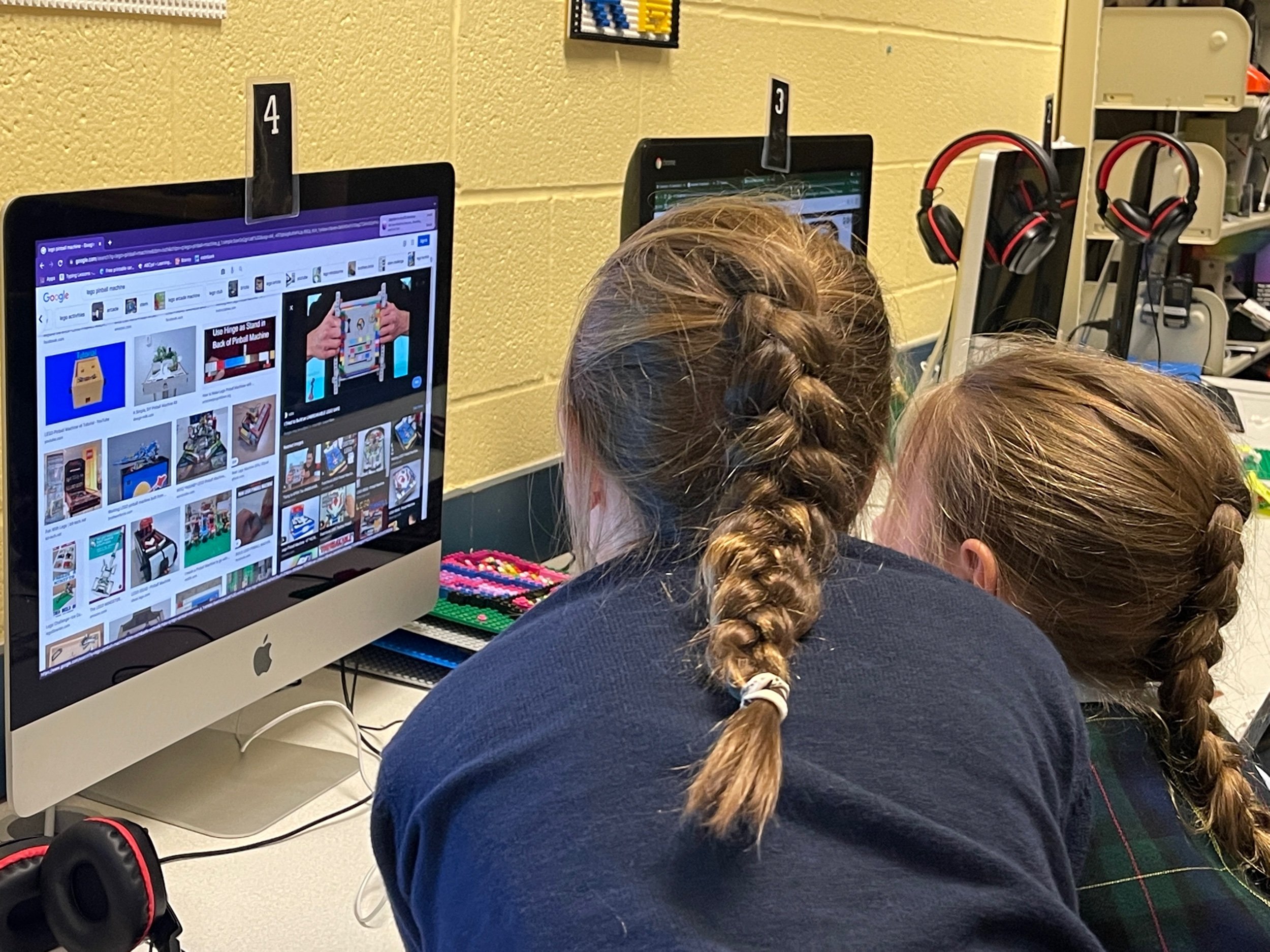
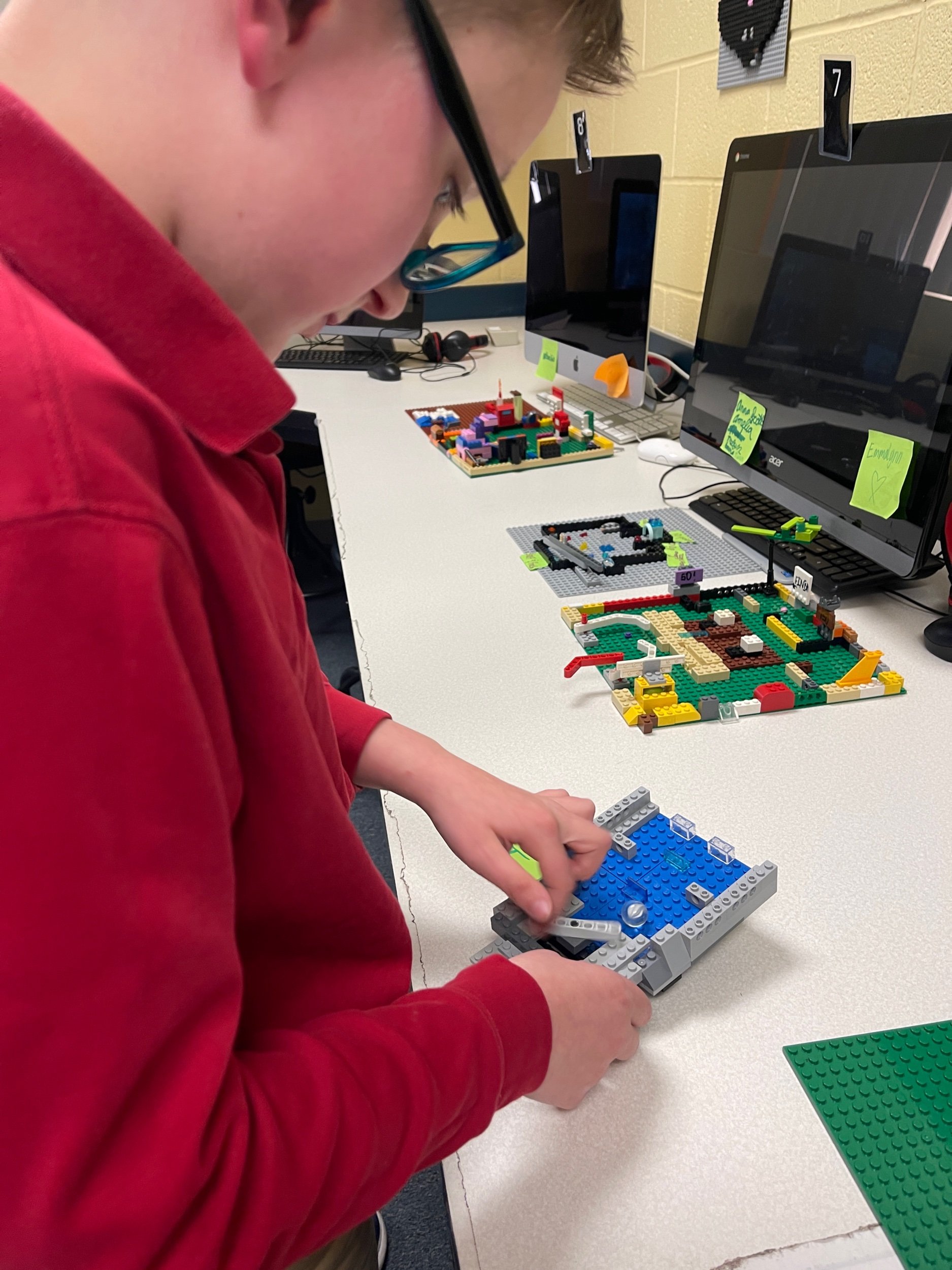
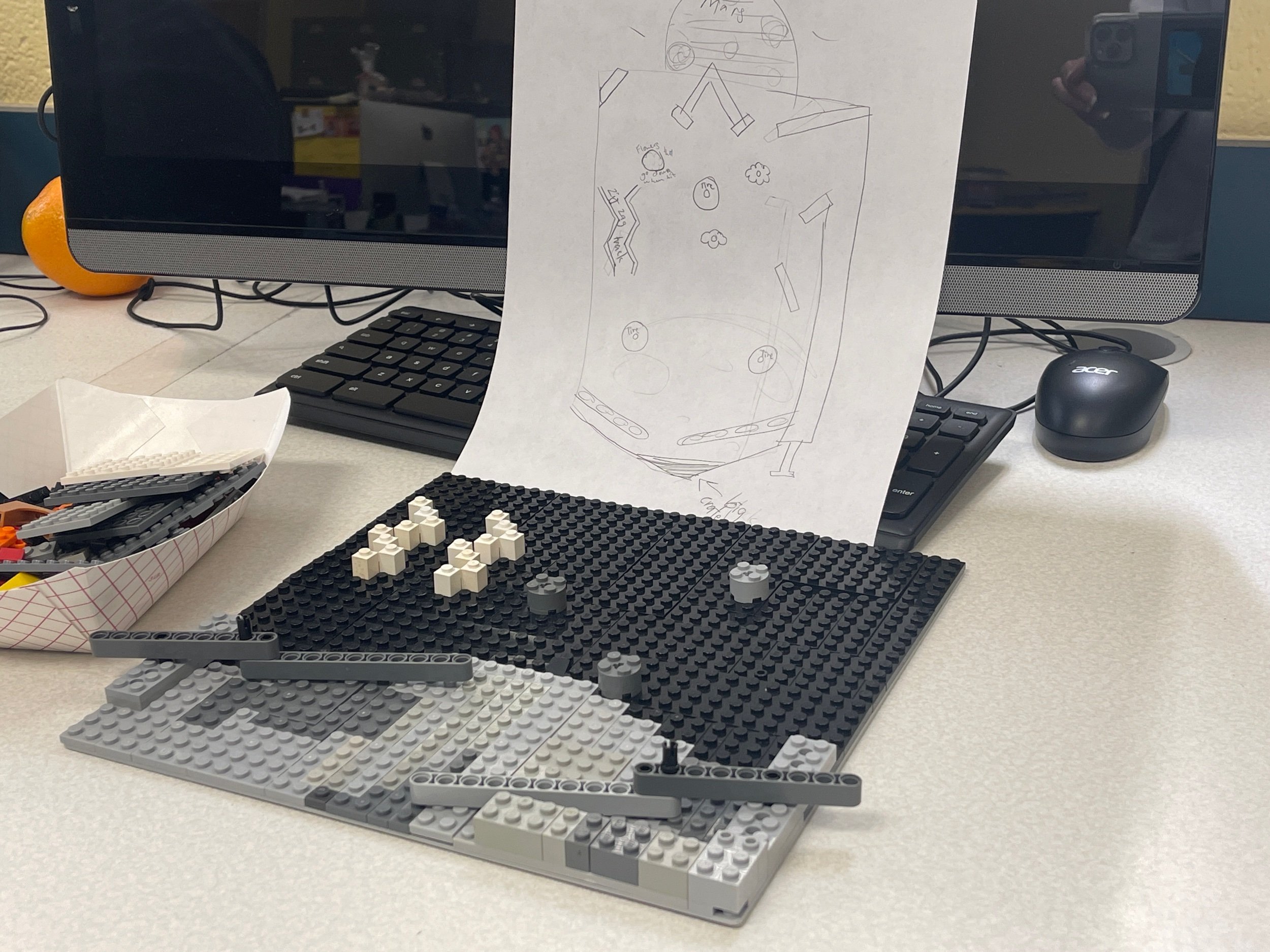
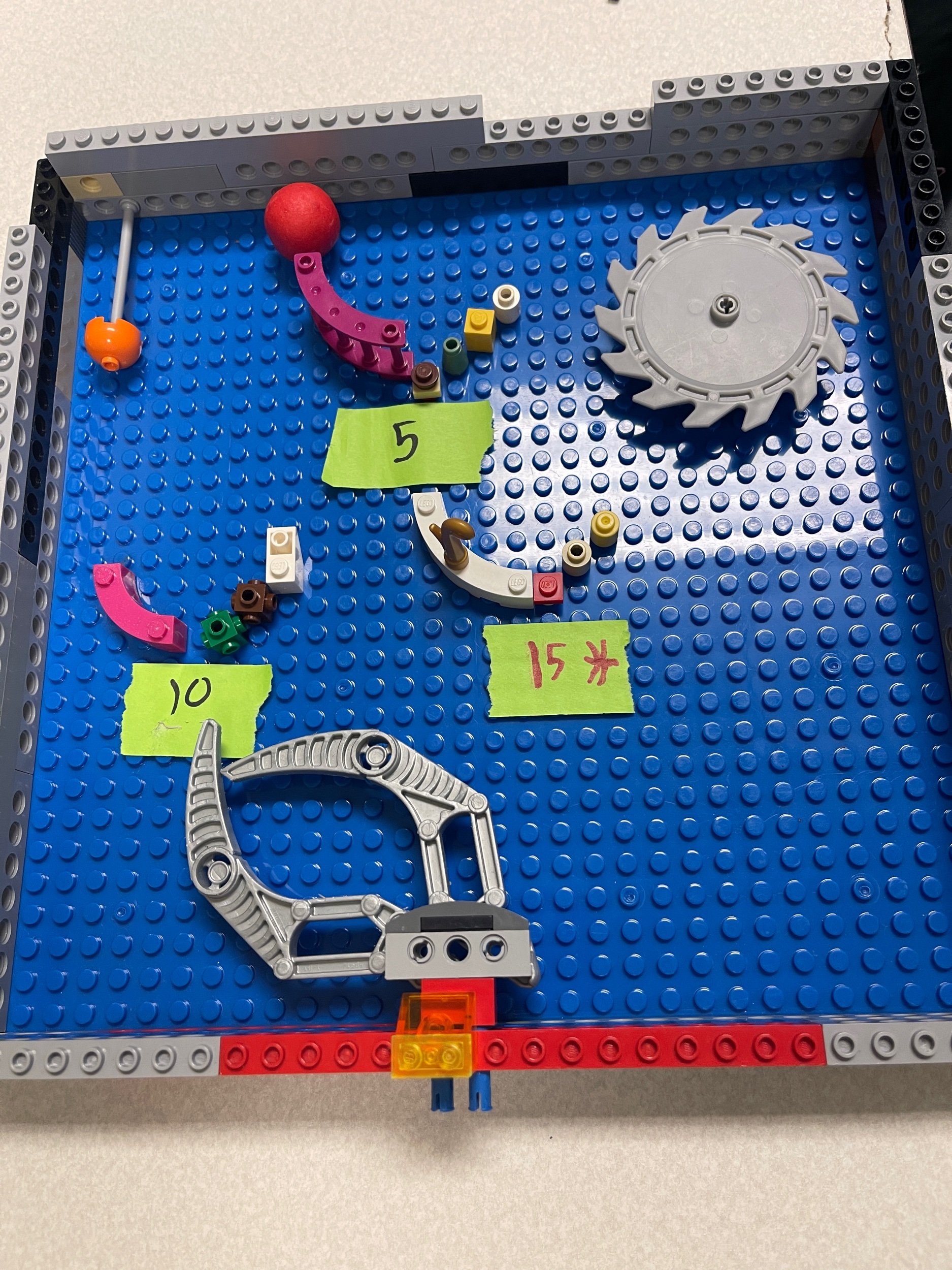
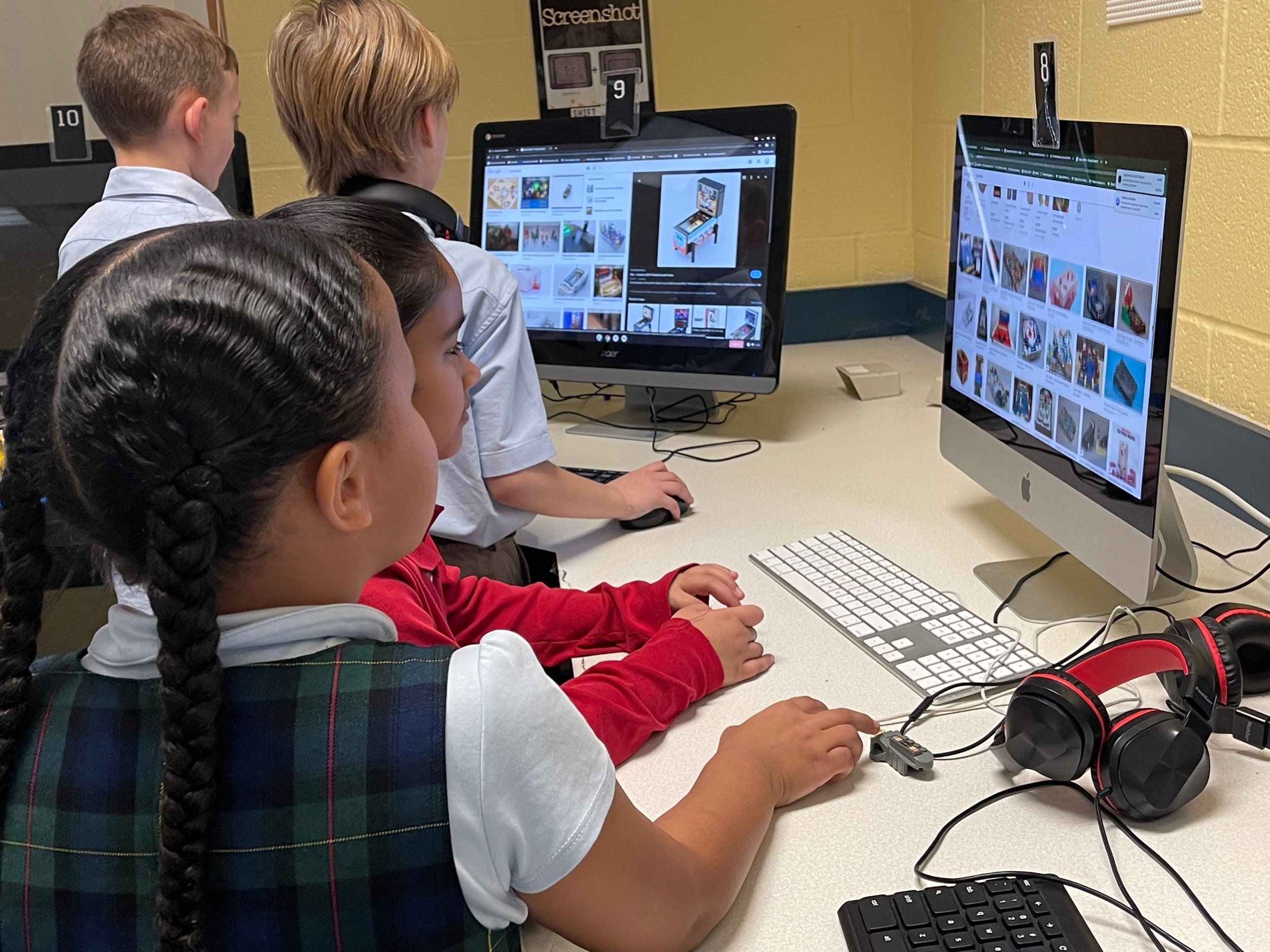
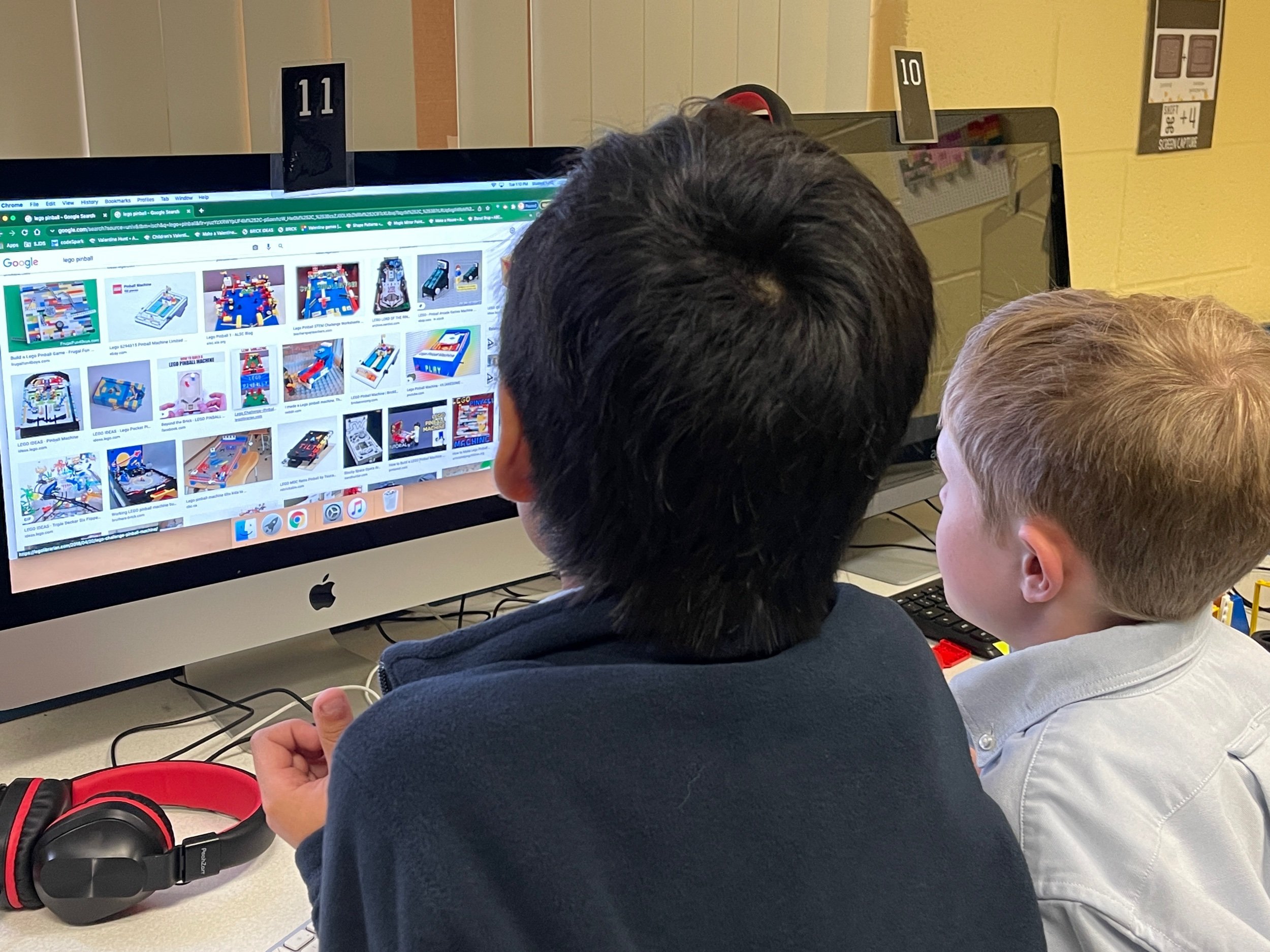
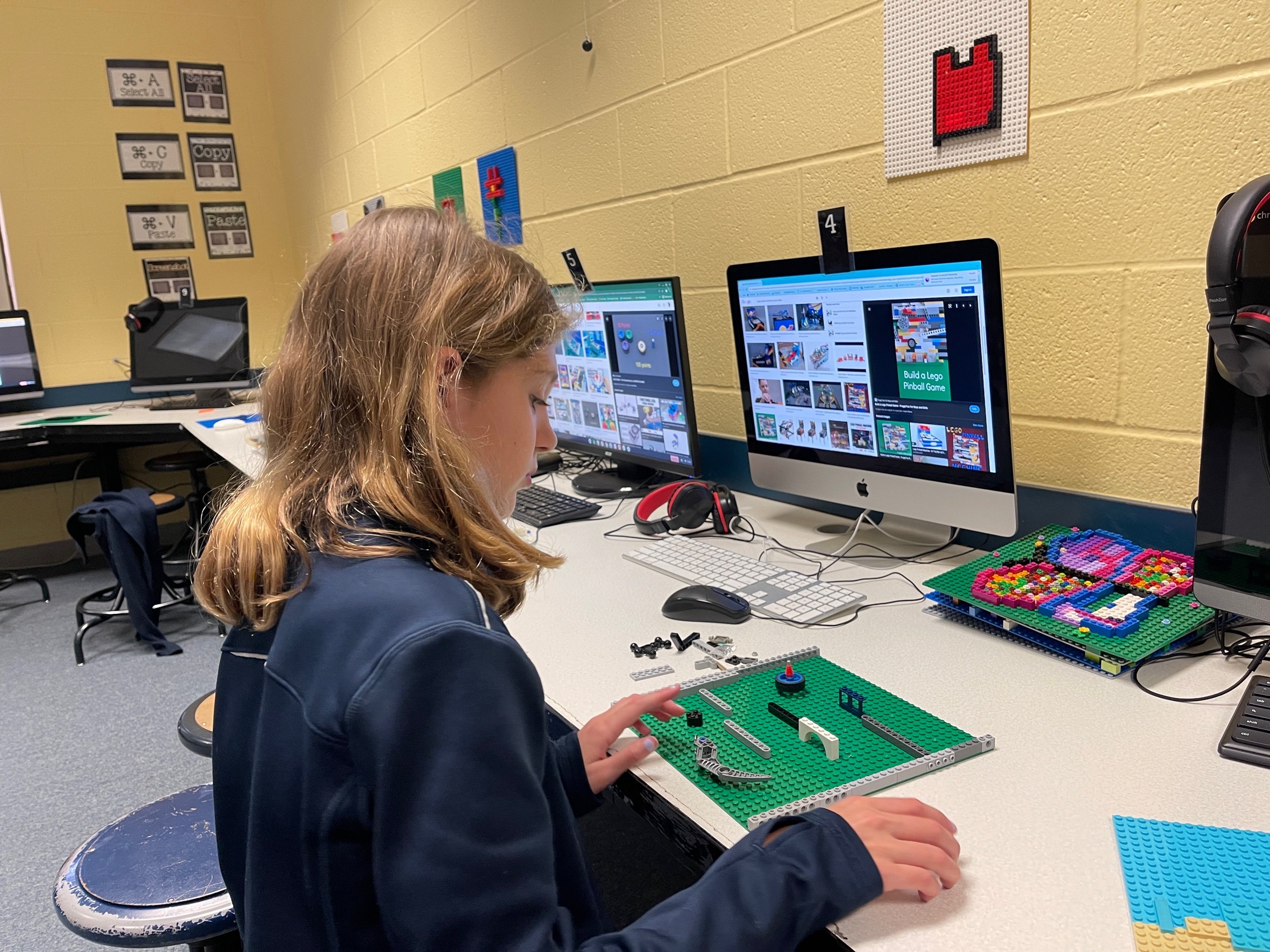
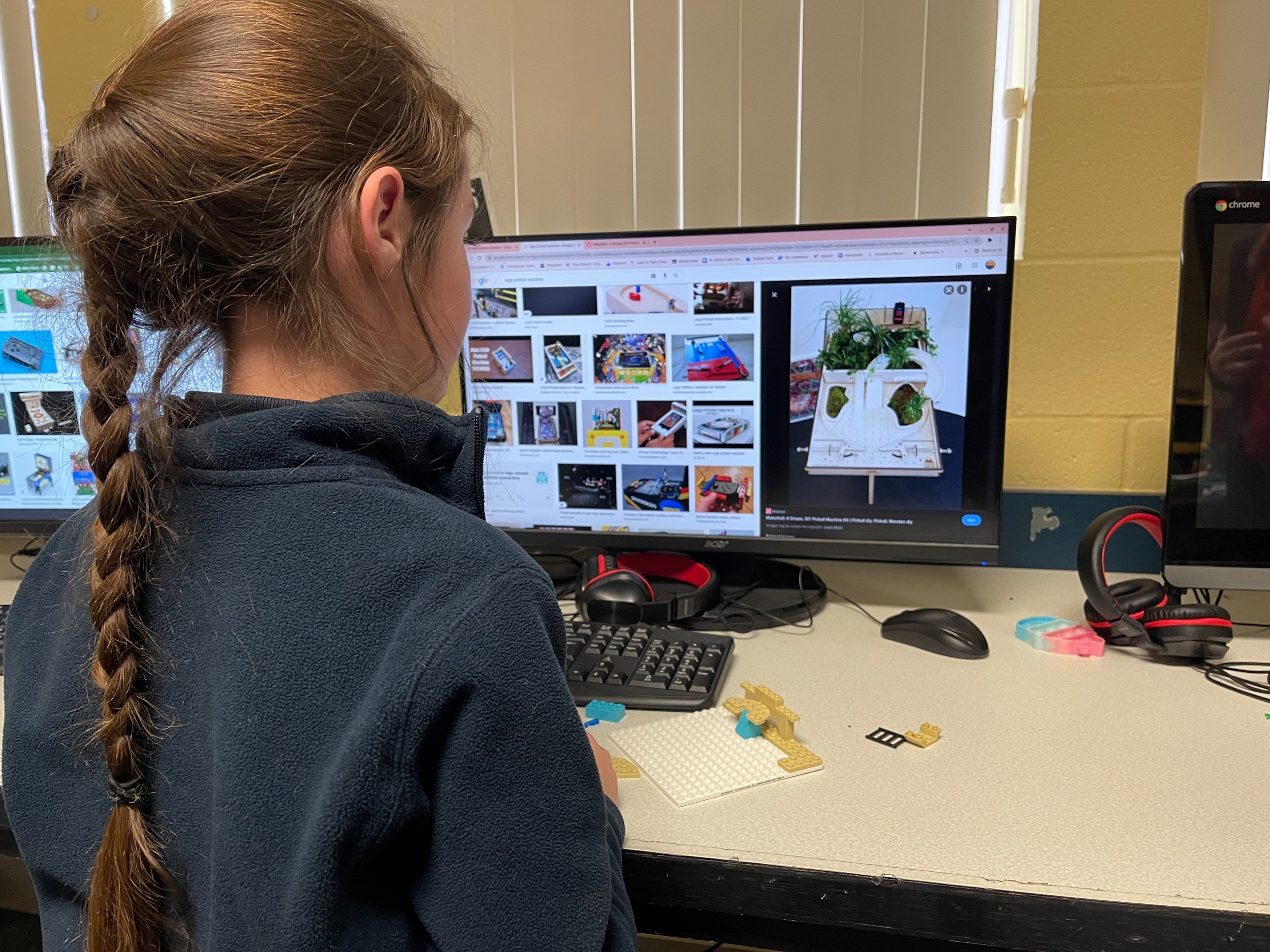
Students used BRIK to research the Design Gallery and find a BRIK Mosaic to recreate on LEGO plates. They also built their own designs online in the Build Your Own Design and recreated their personalized designs to display. Students used their research skills to find and recreate designs using Google search tools.
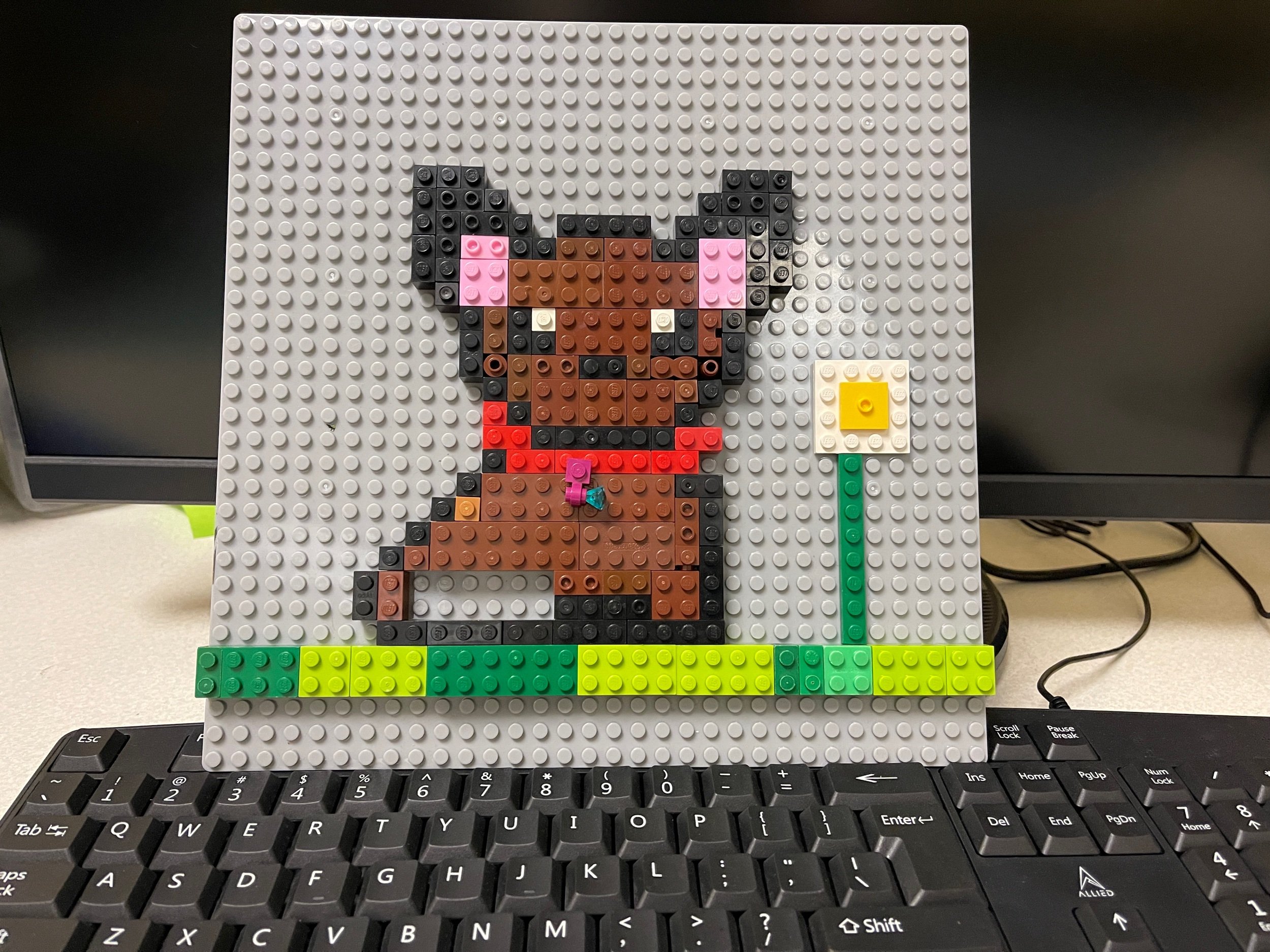

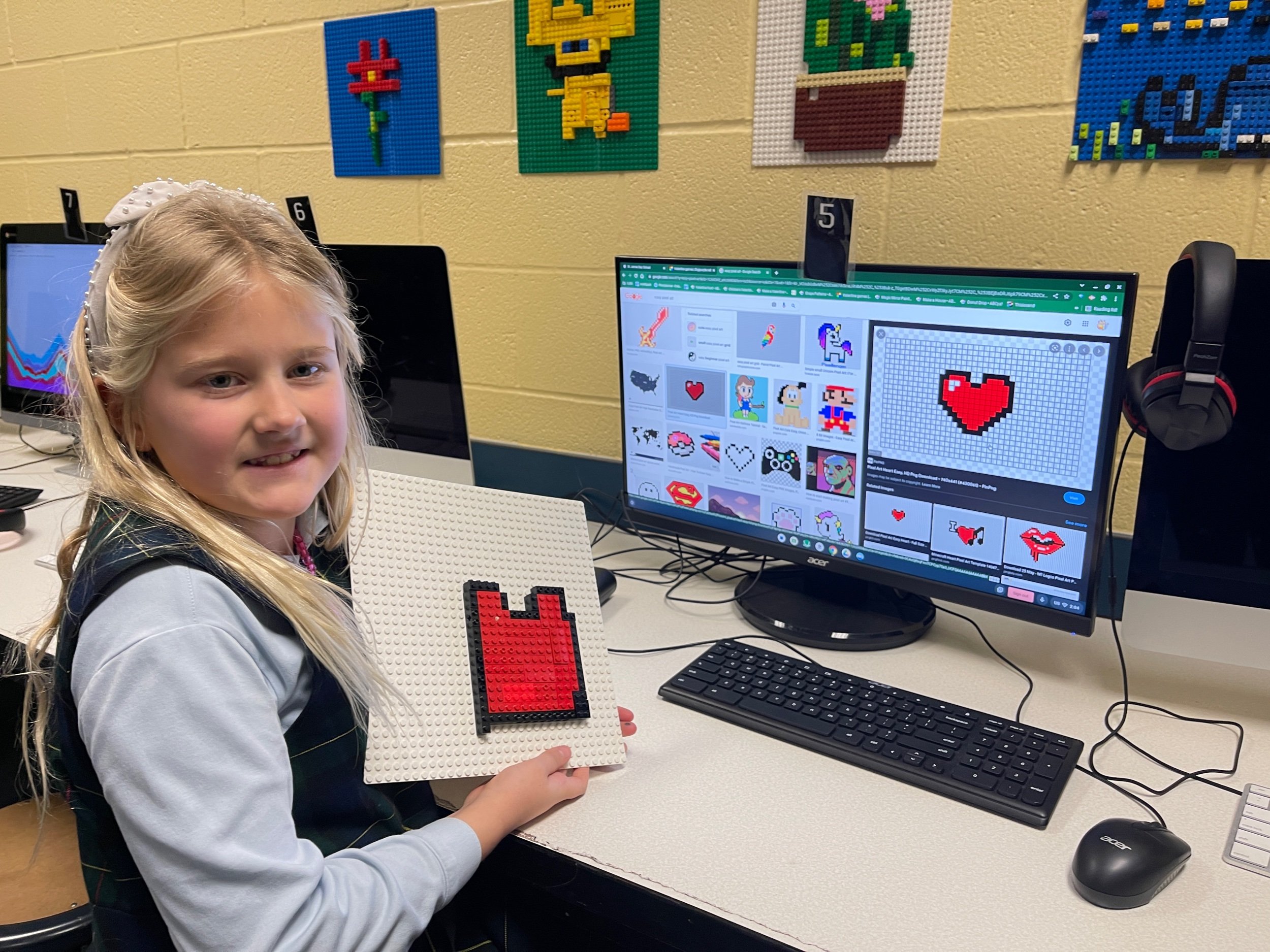

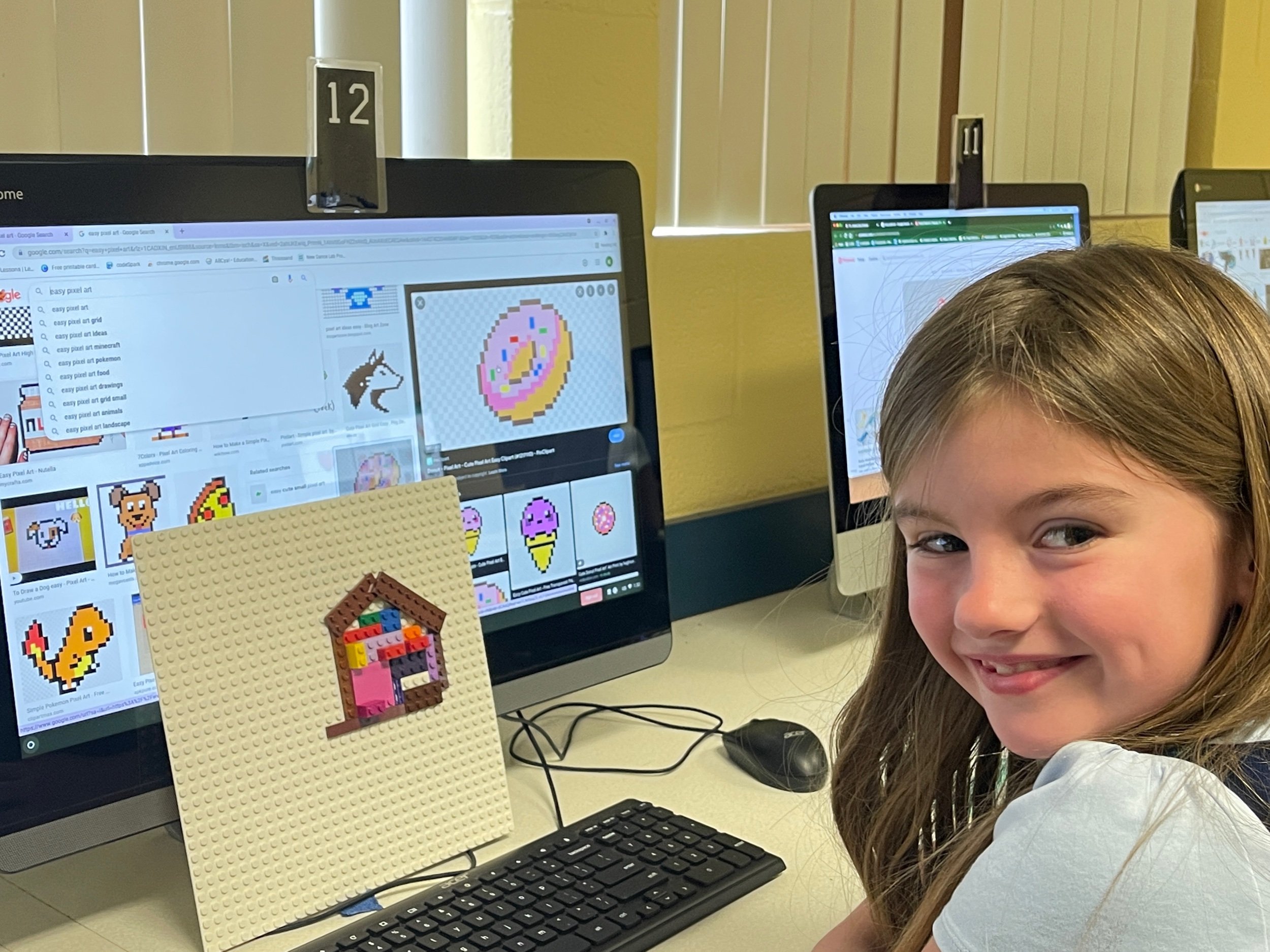
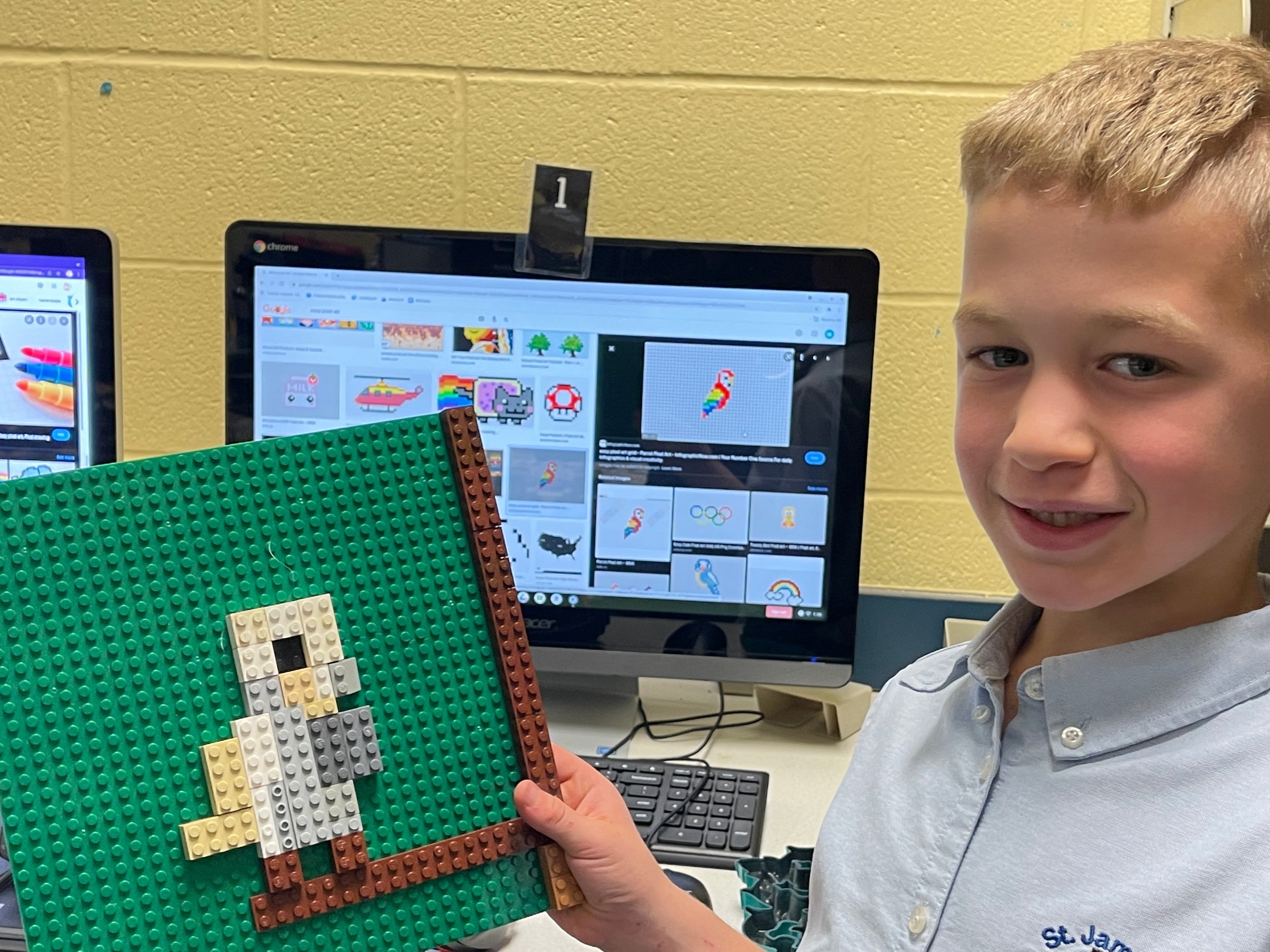
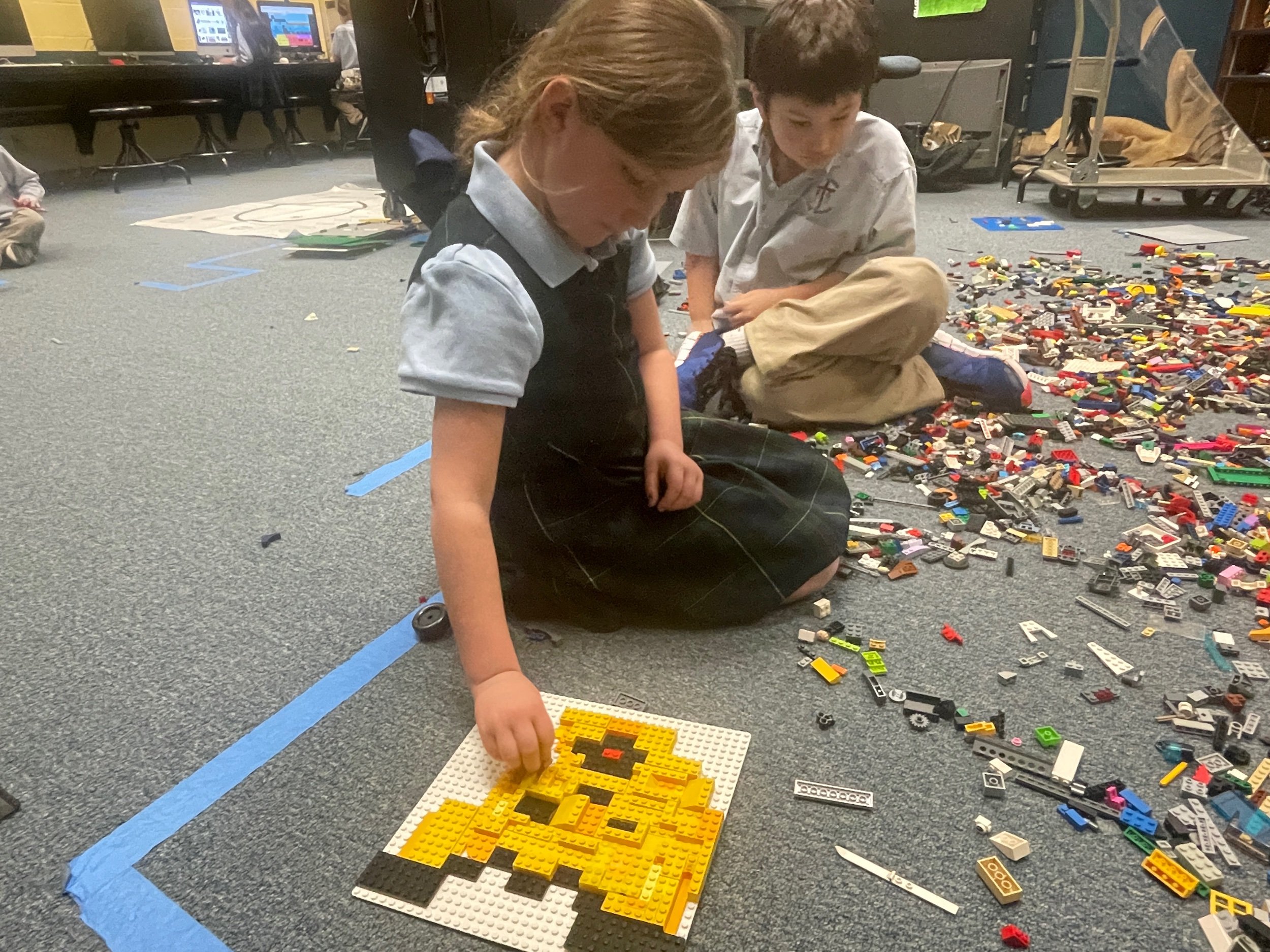
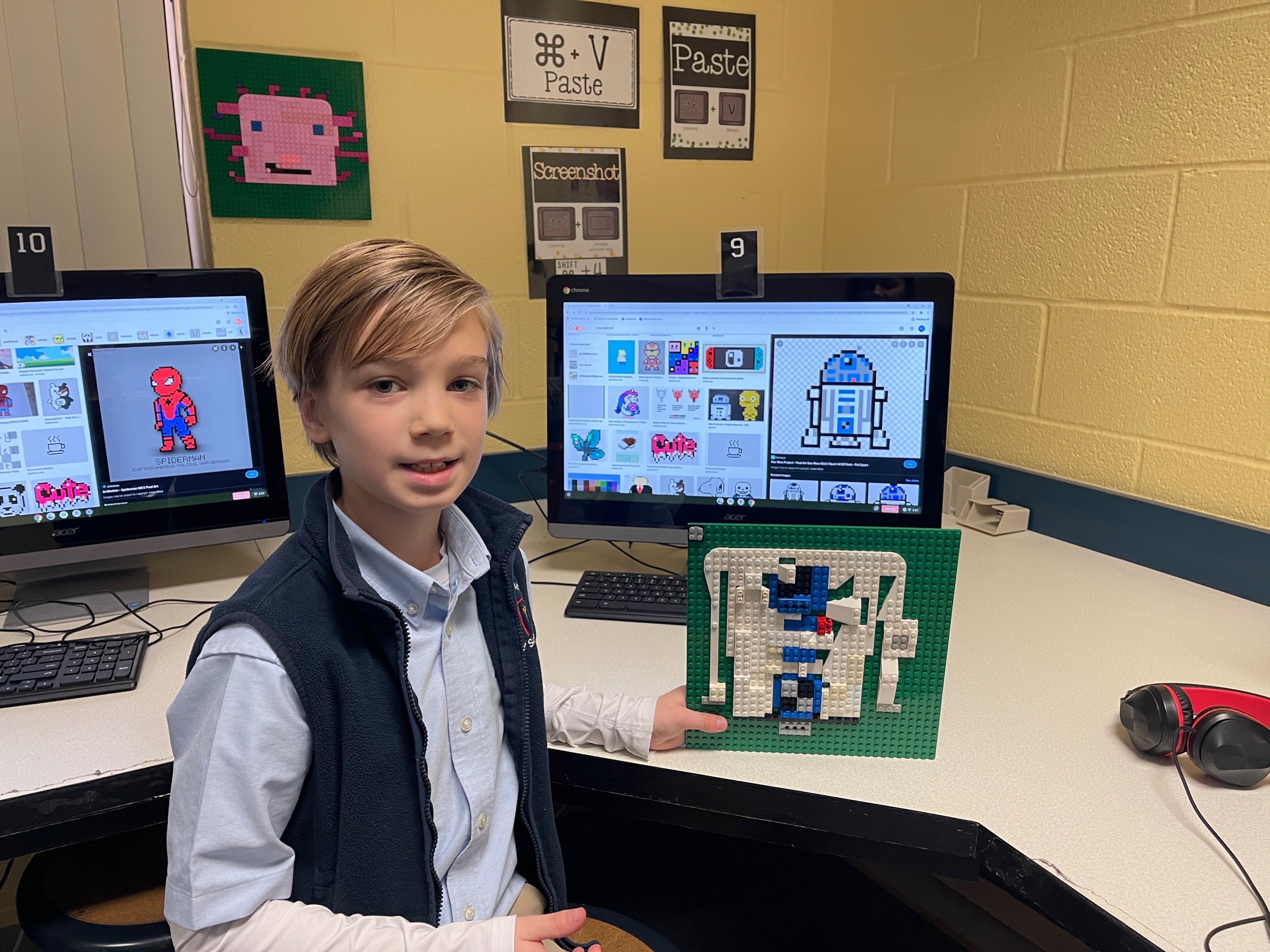

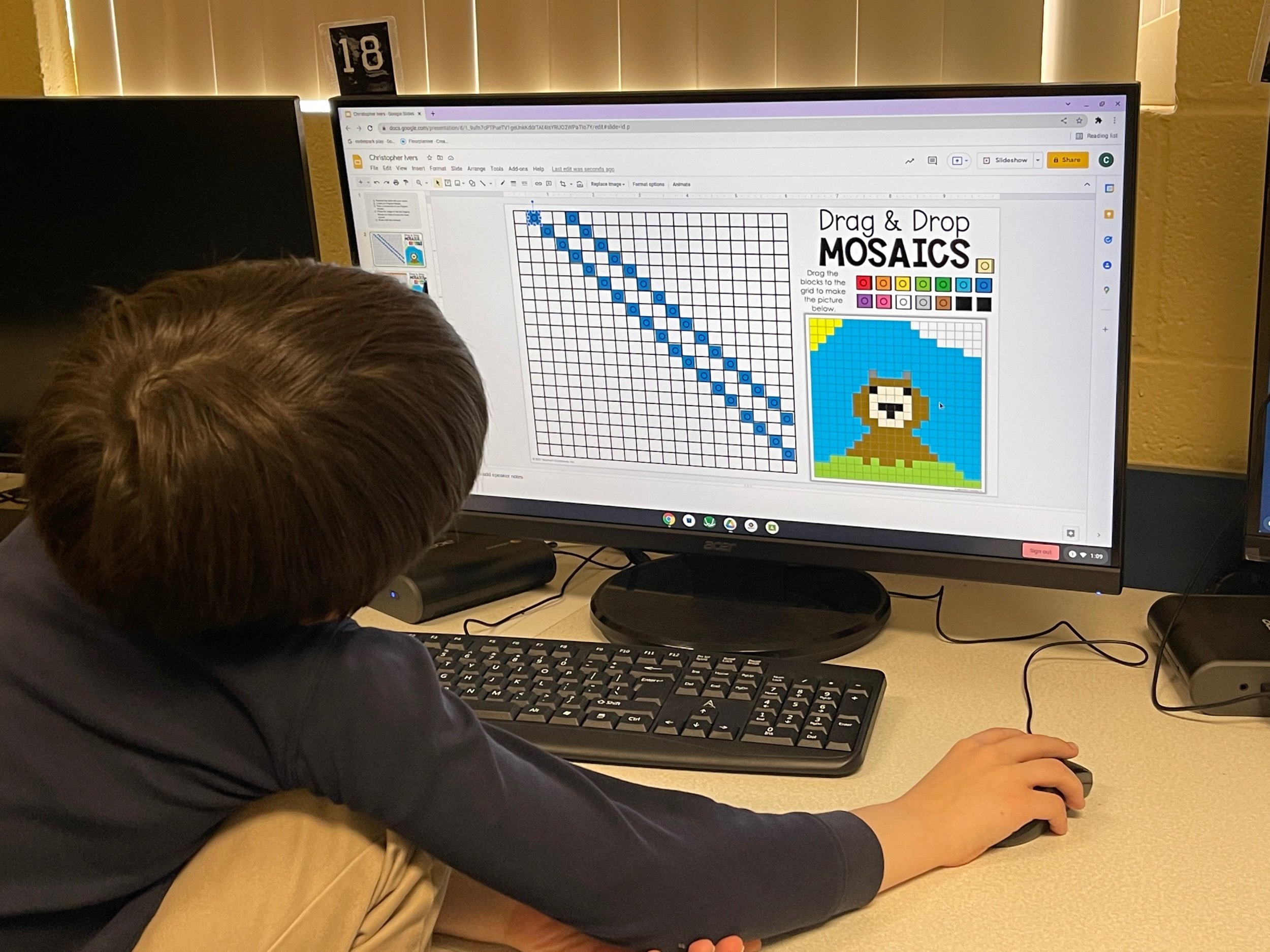
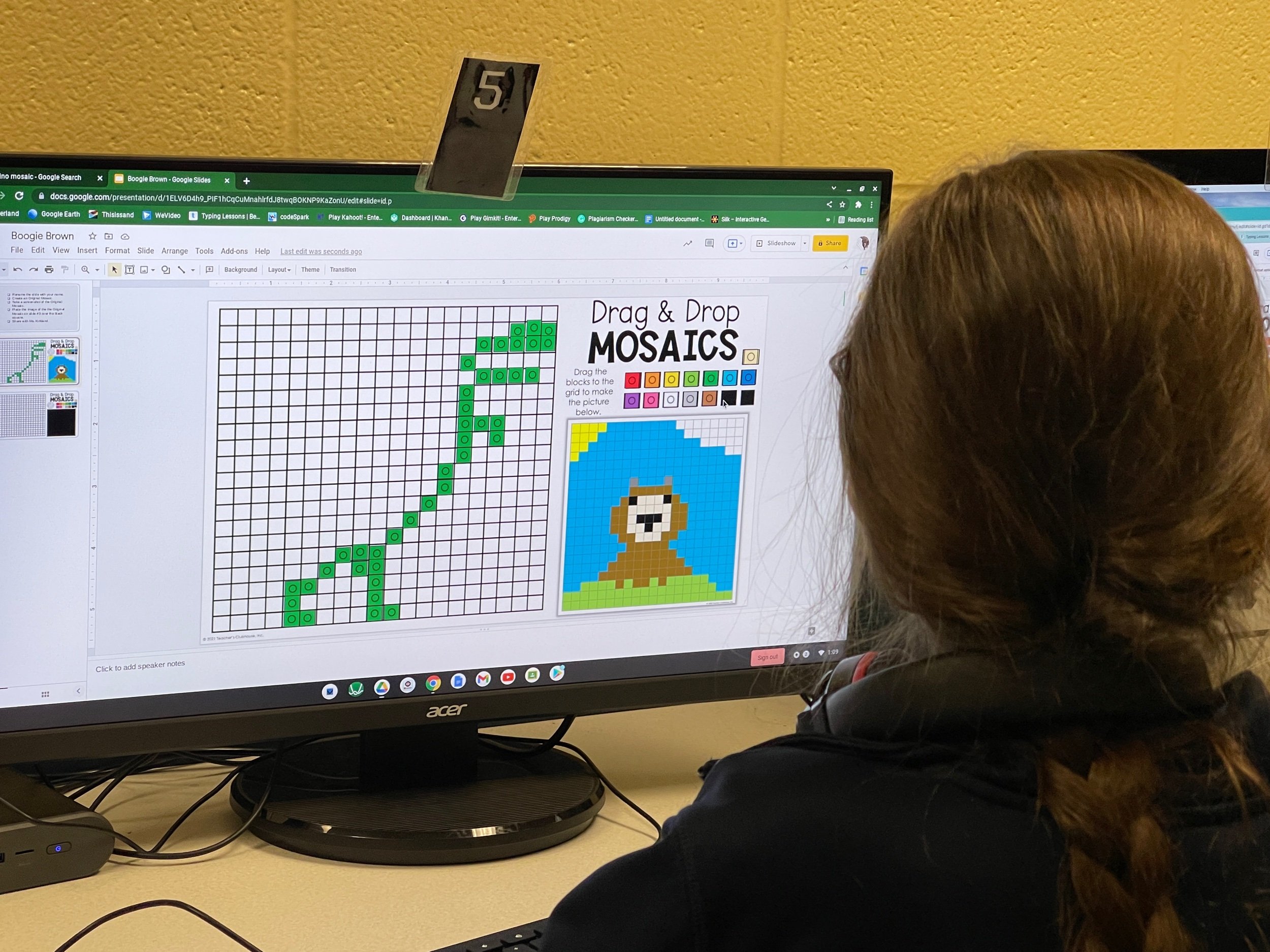
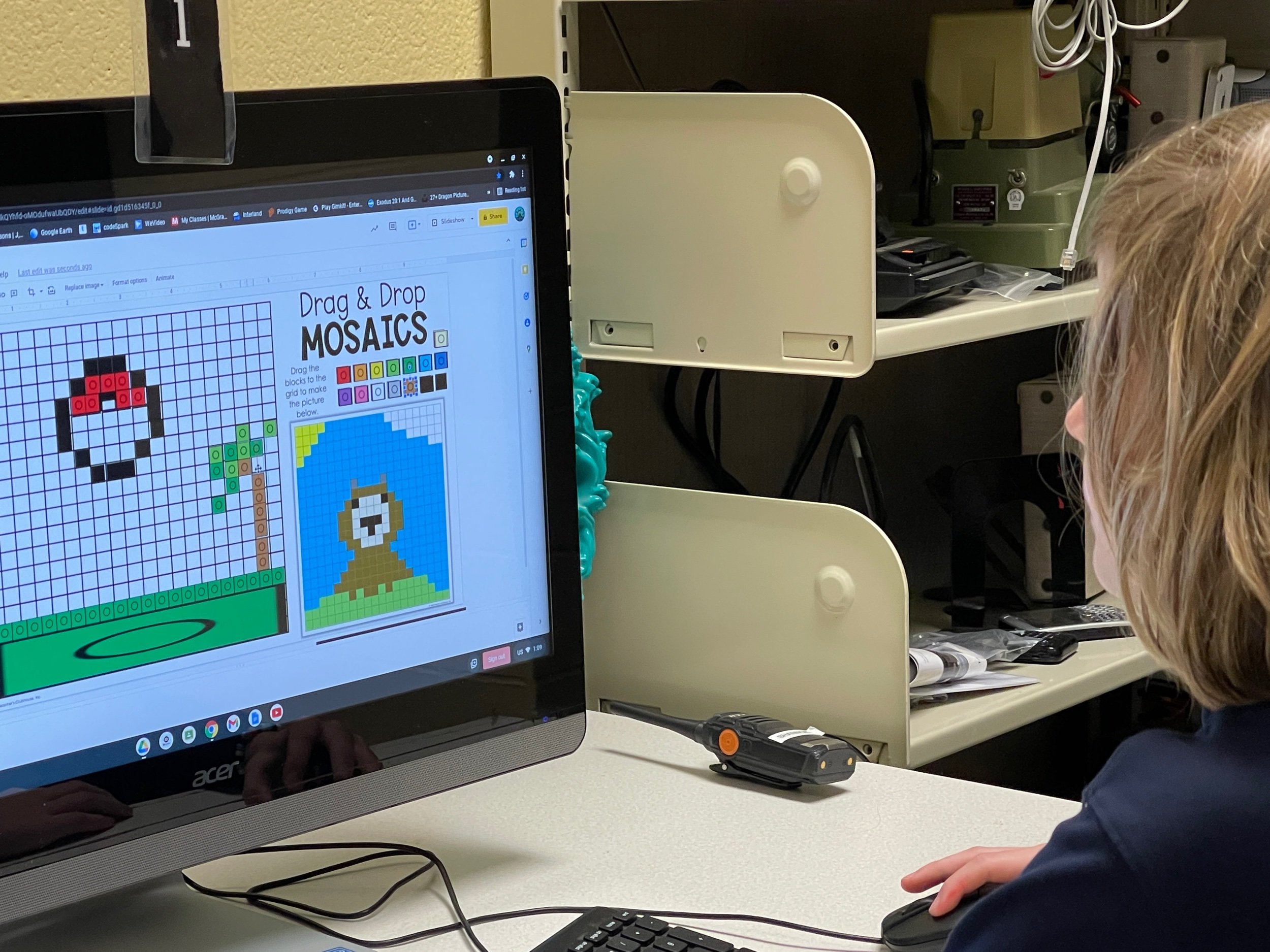
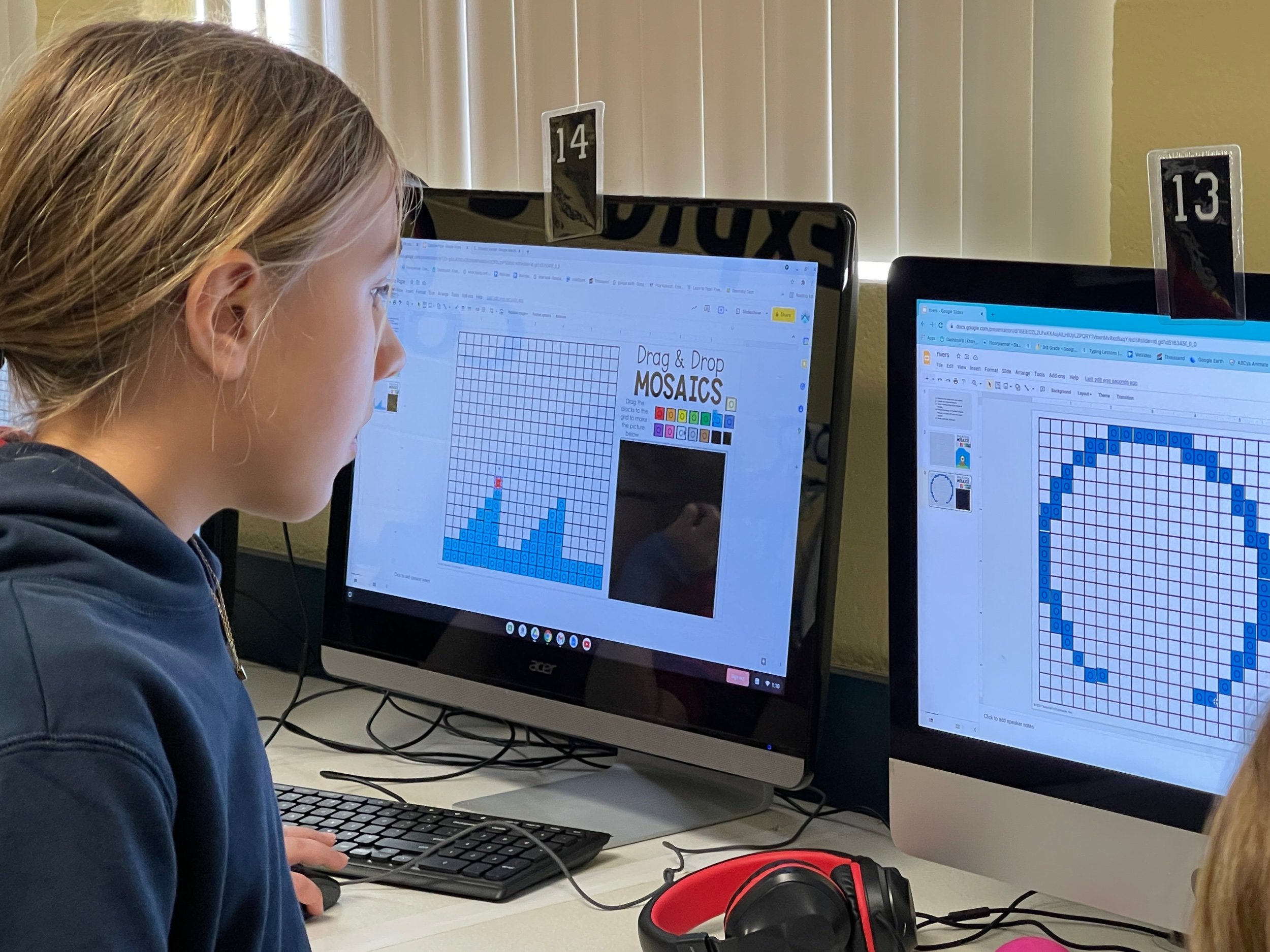
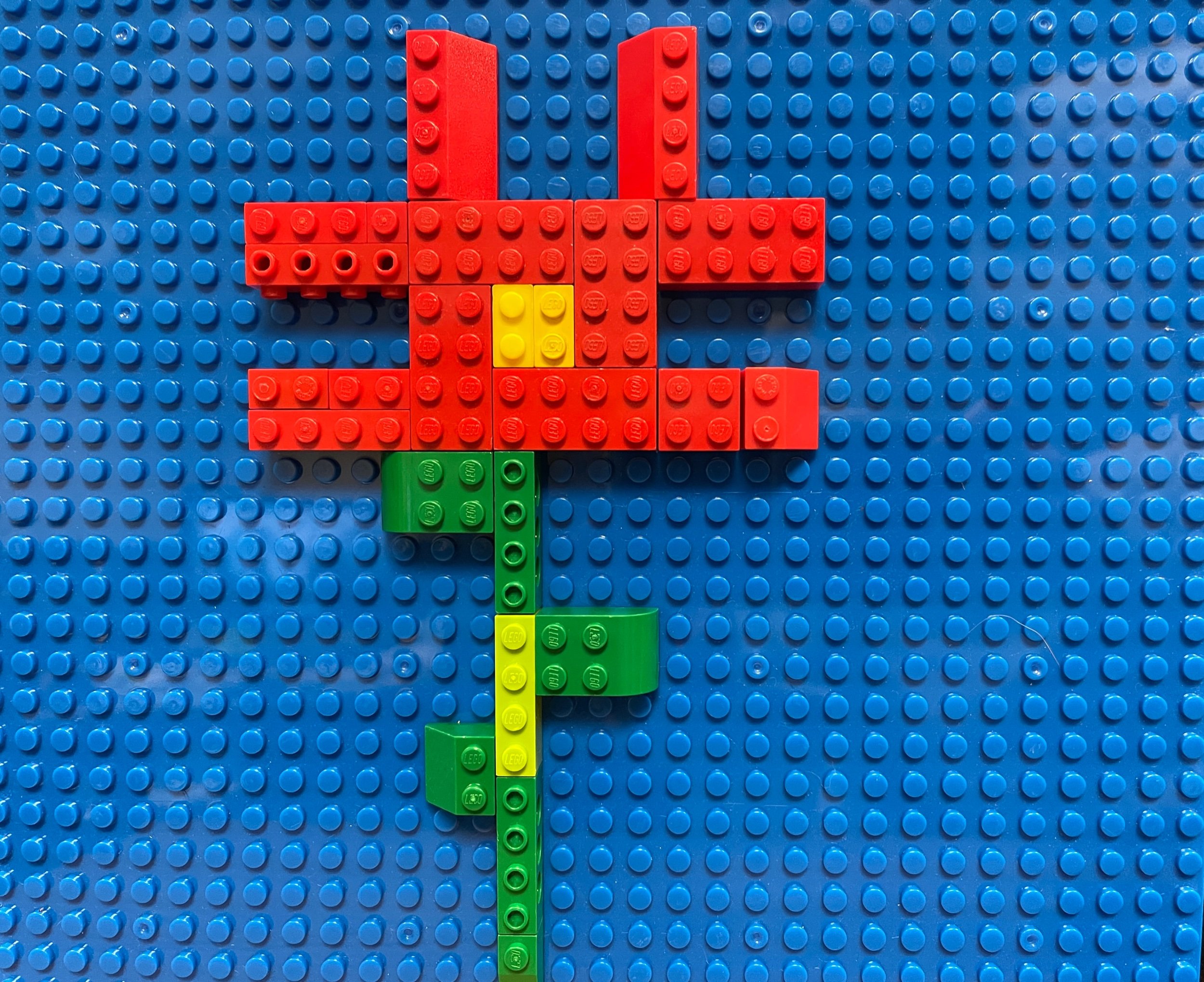

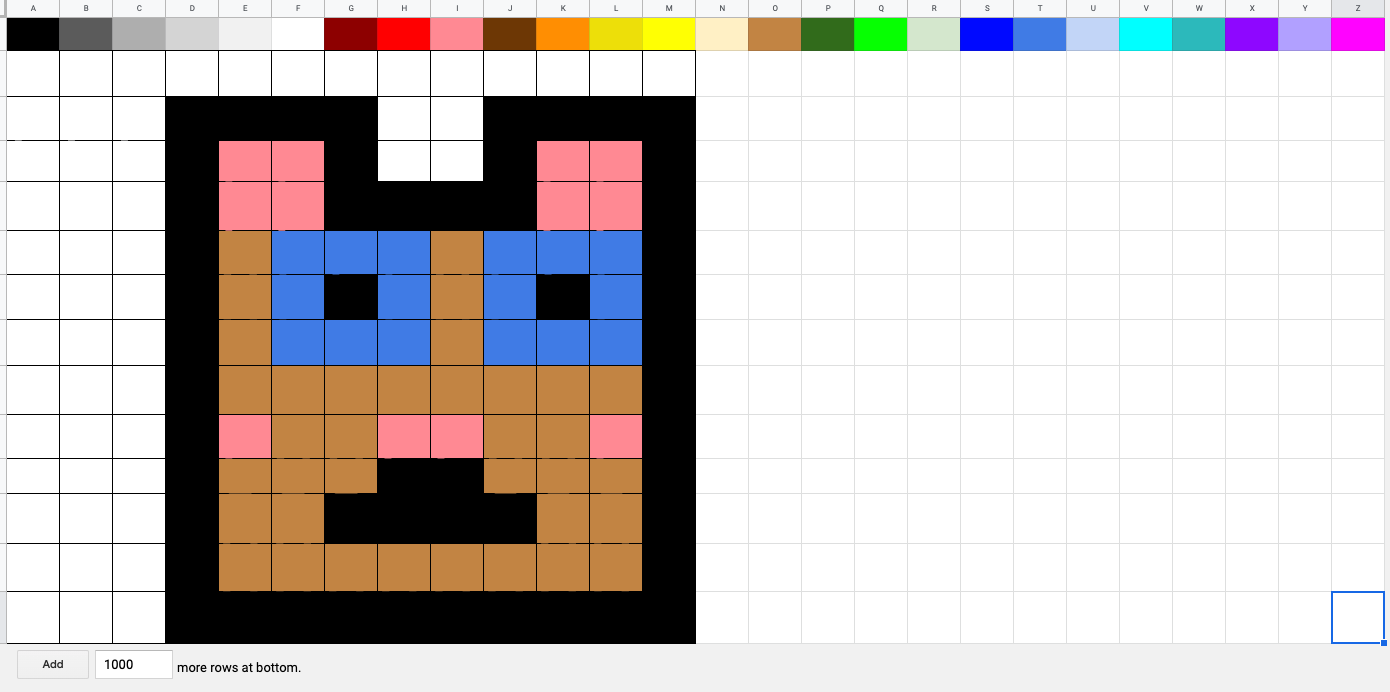
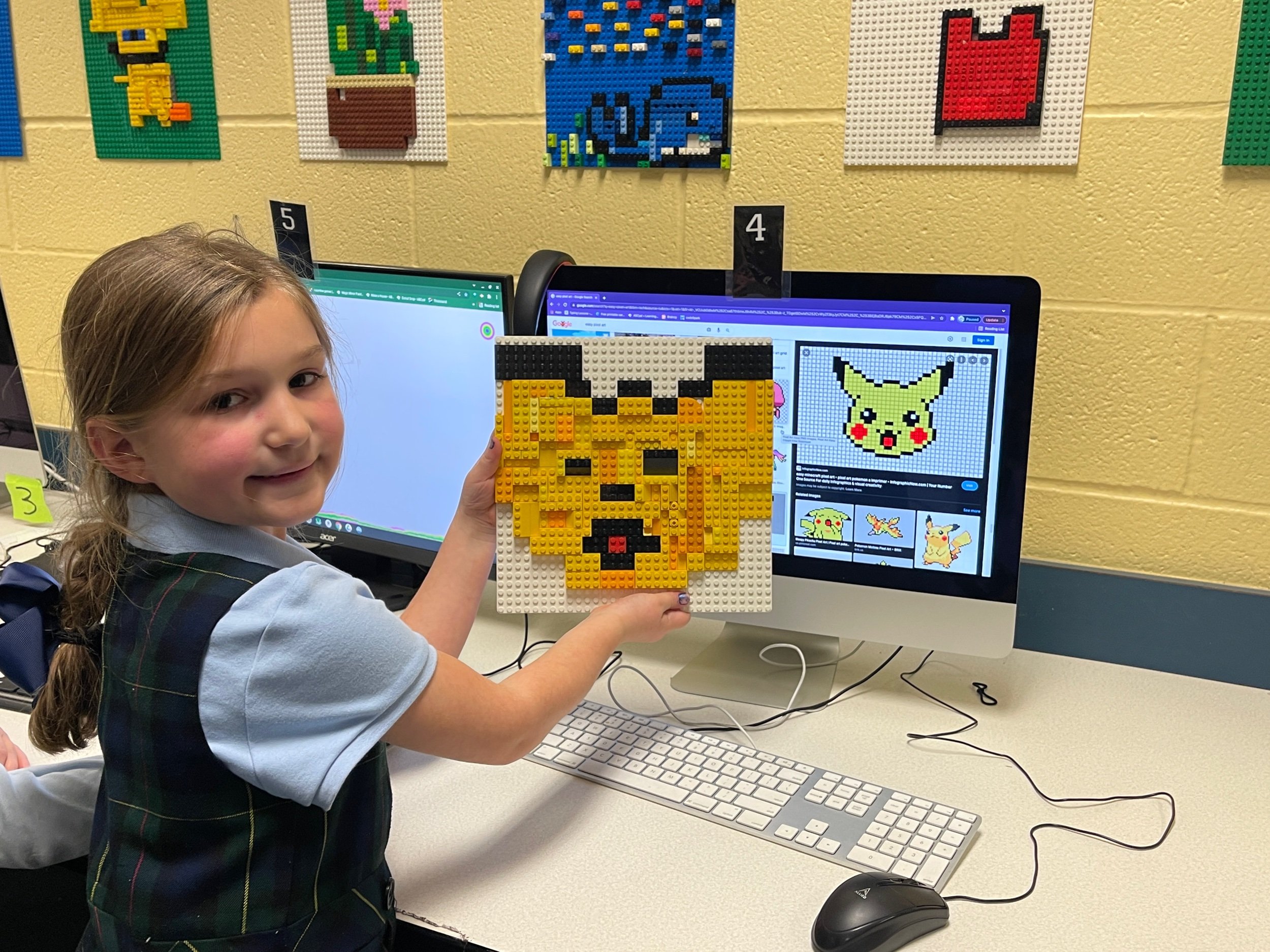
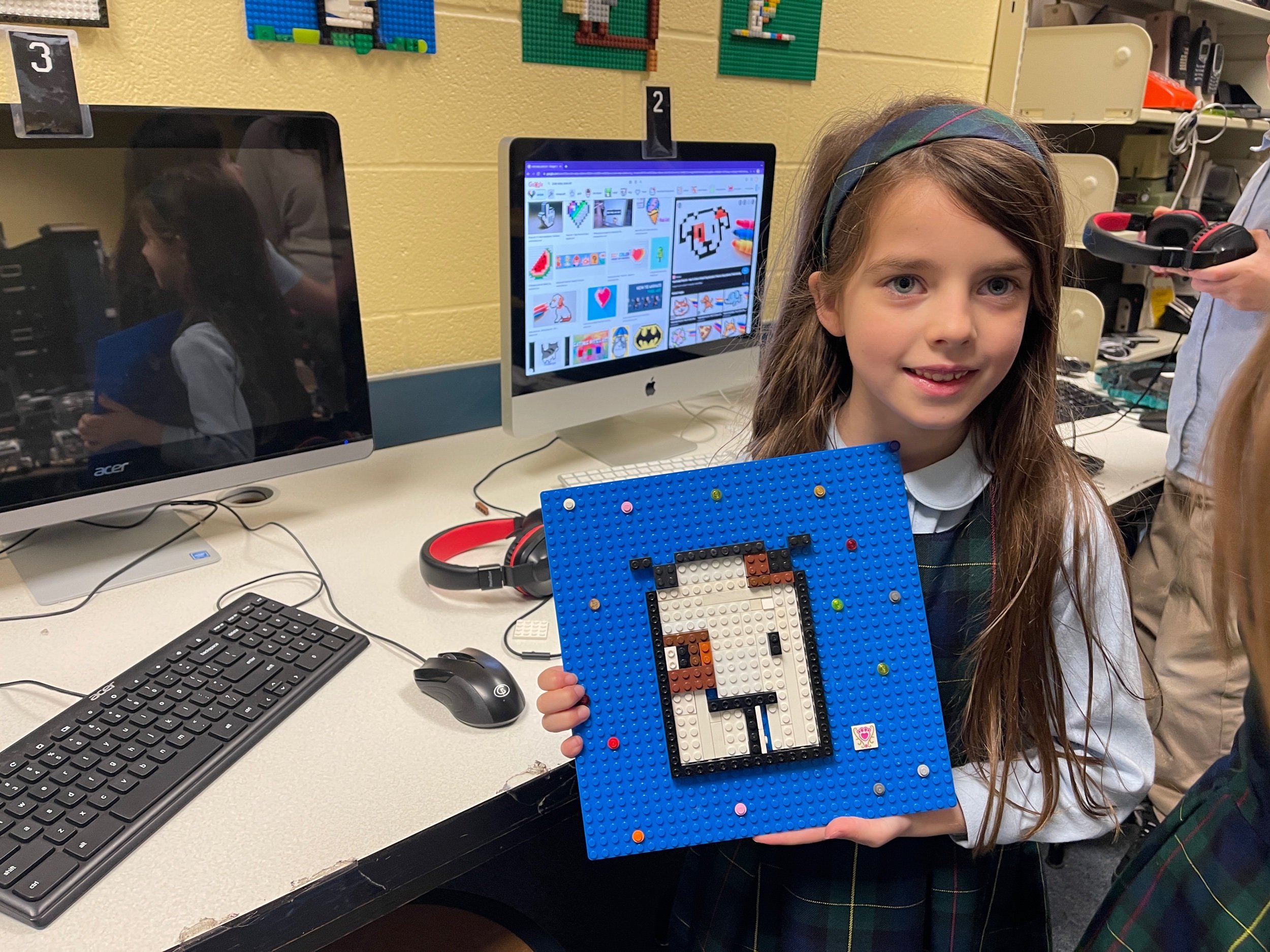
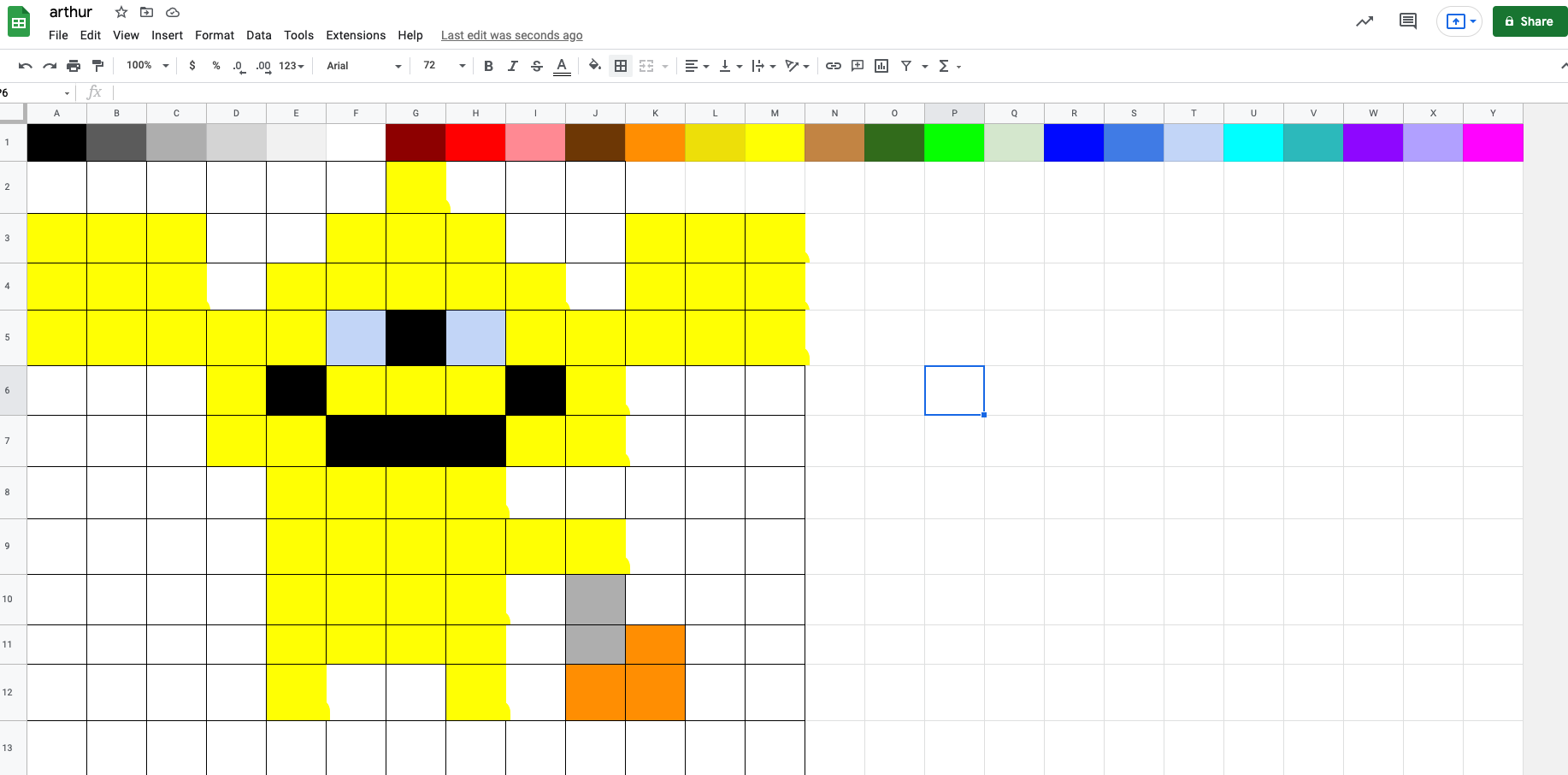
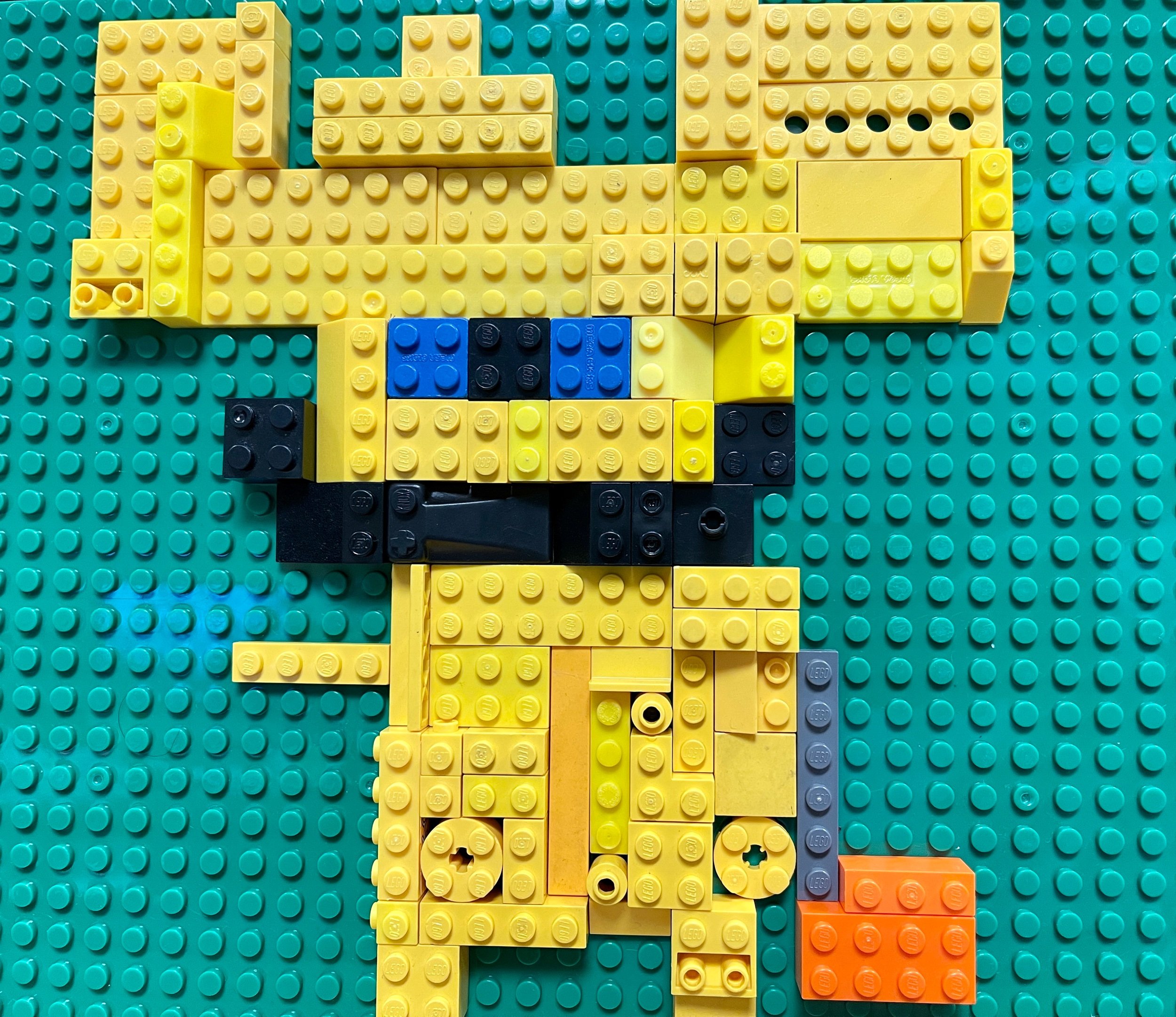
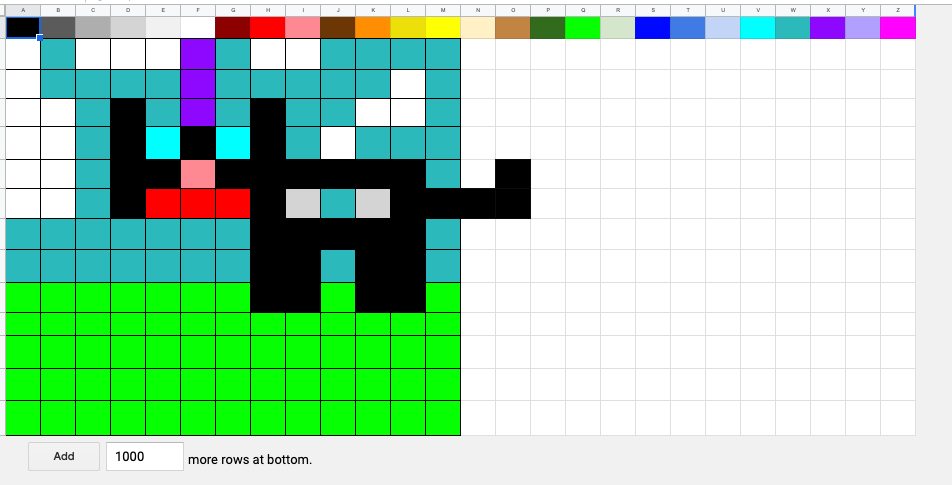
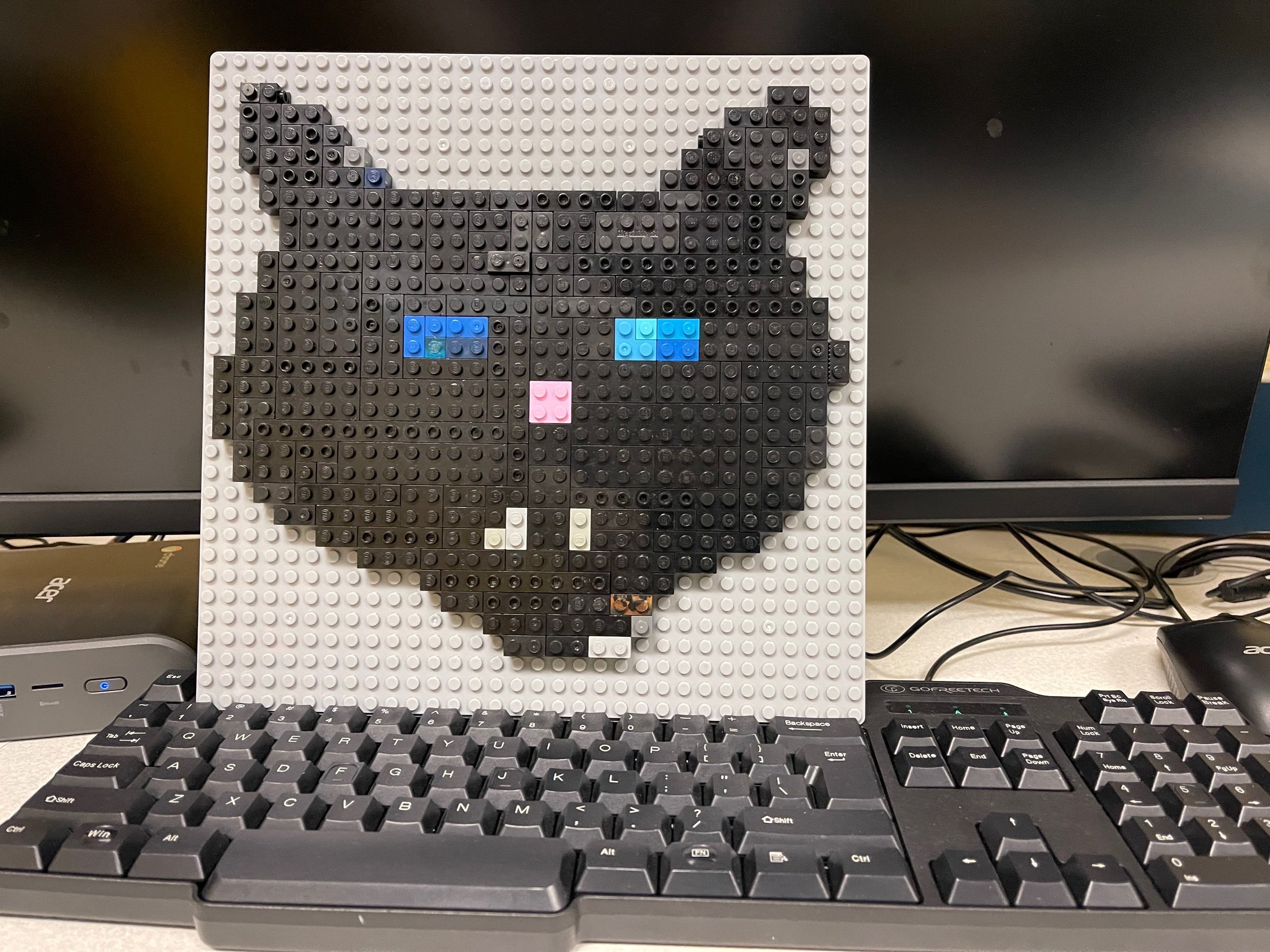


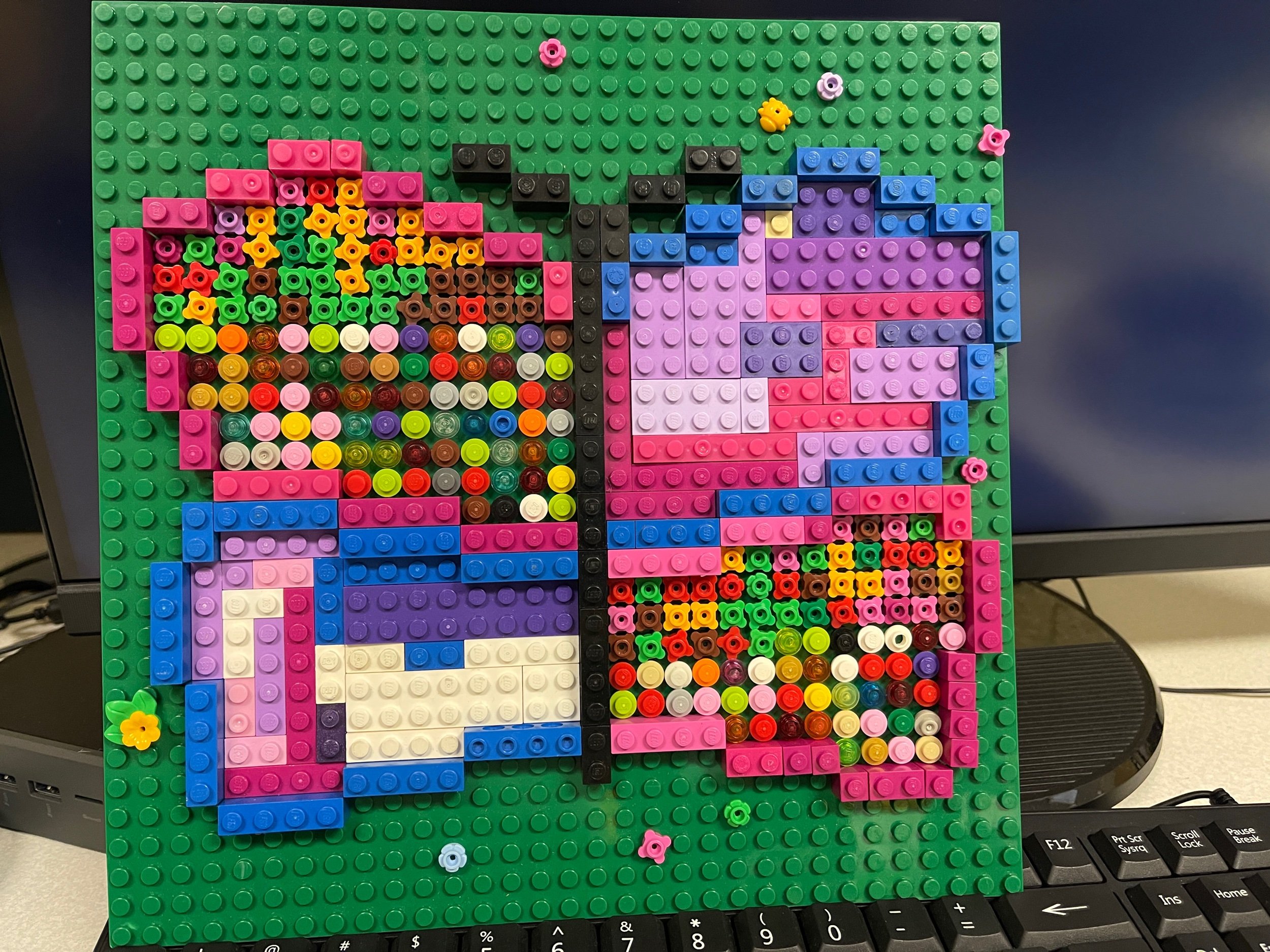
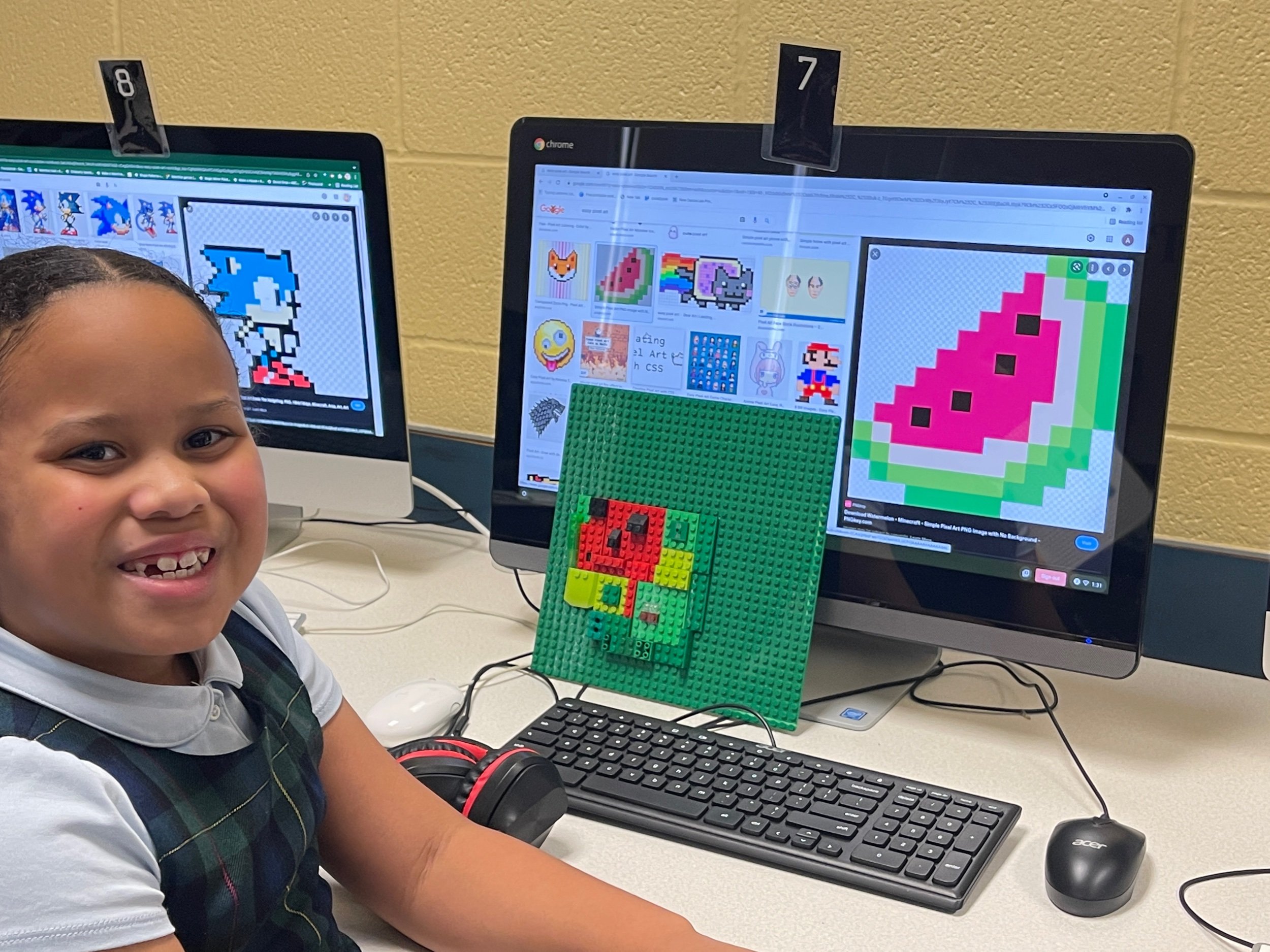
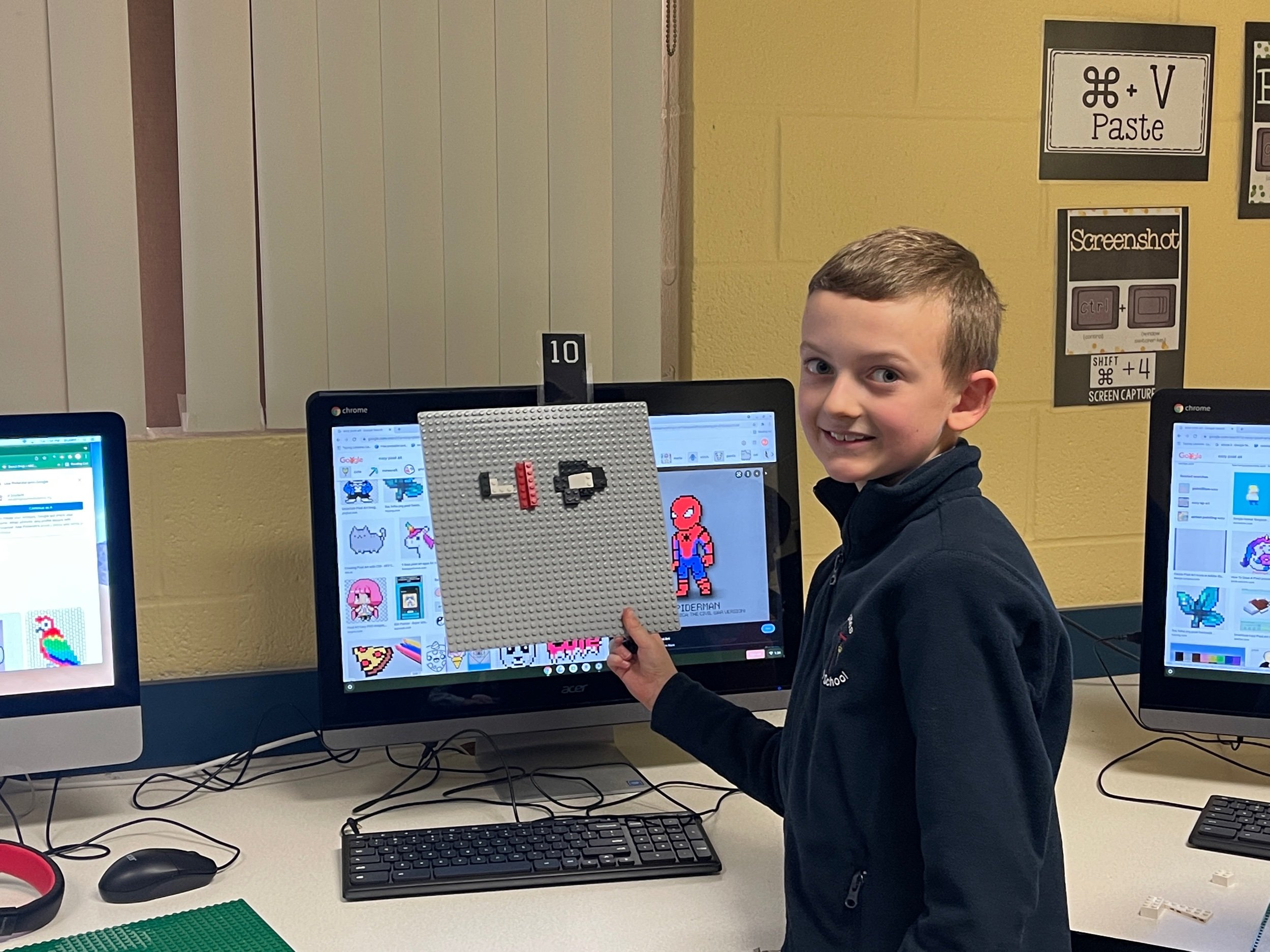
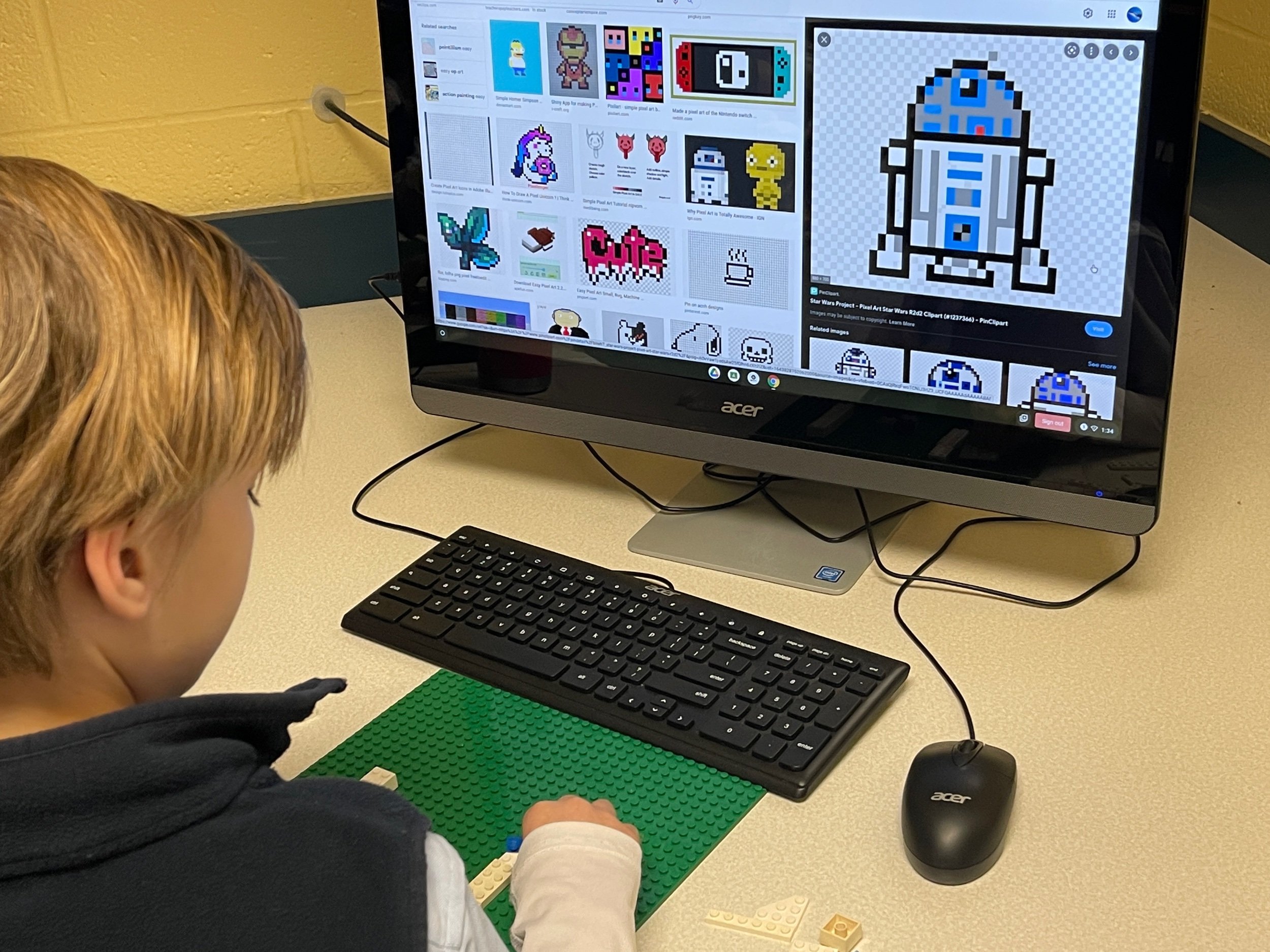
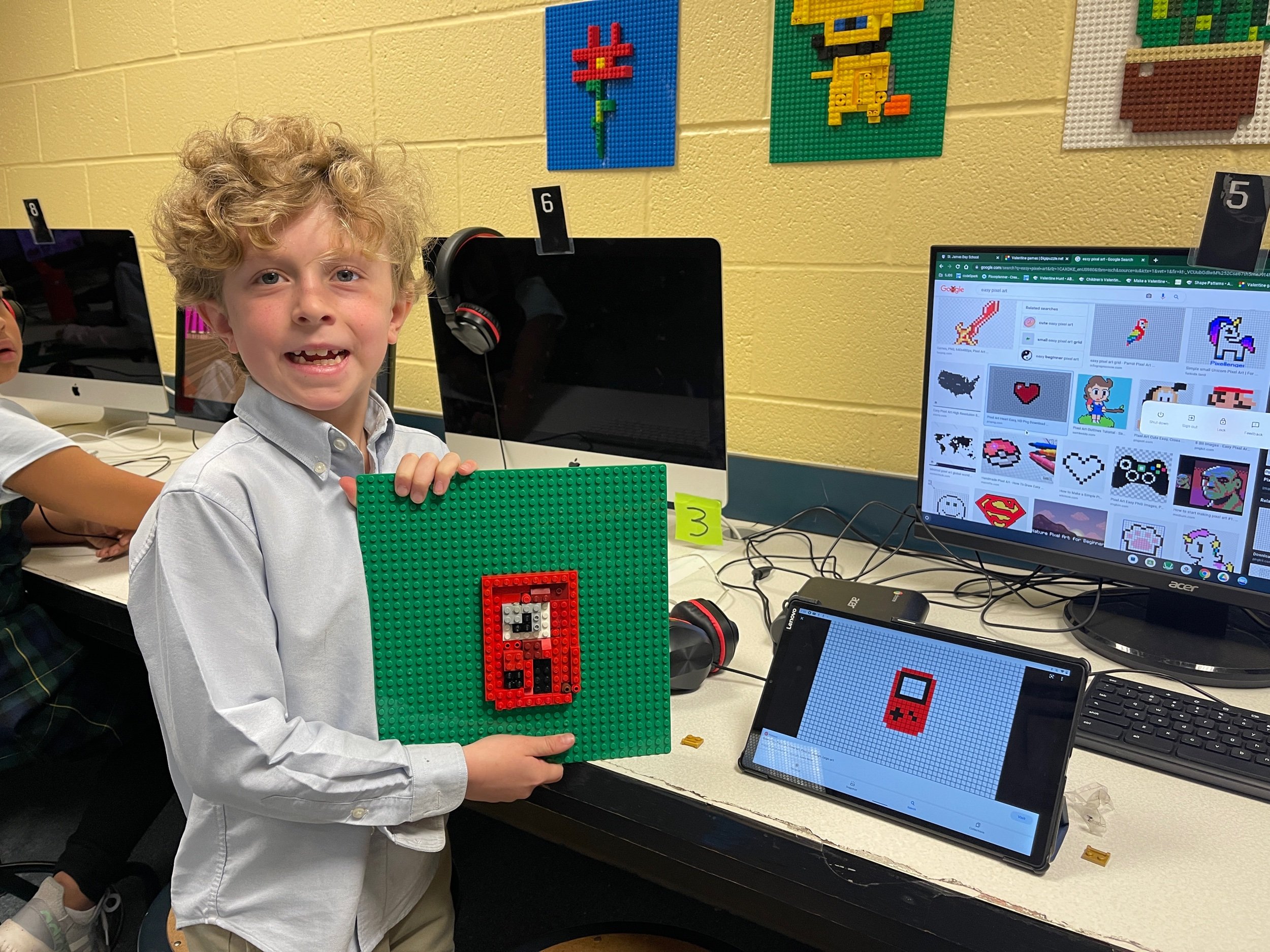
Middle school students designed, created, published, and presented their interactive games. Their interactive trivia games were small group collaborative works. Each game was required to have correct answers with visual cues that led the game. They added sound bytes, intro and extro music, links for correct and incorrect responses, and visual cues that led the game’s journey.
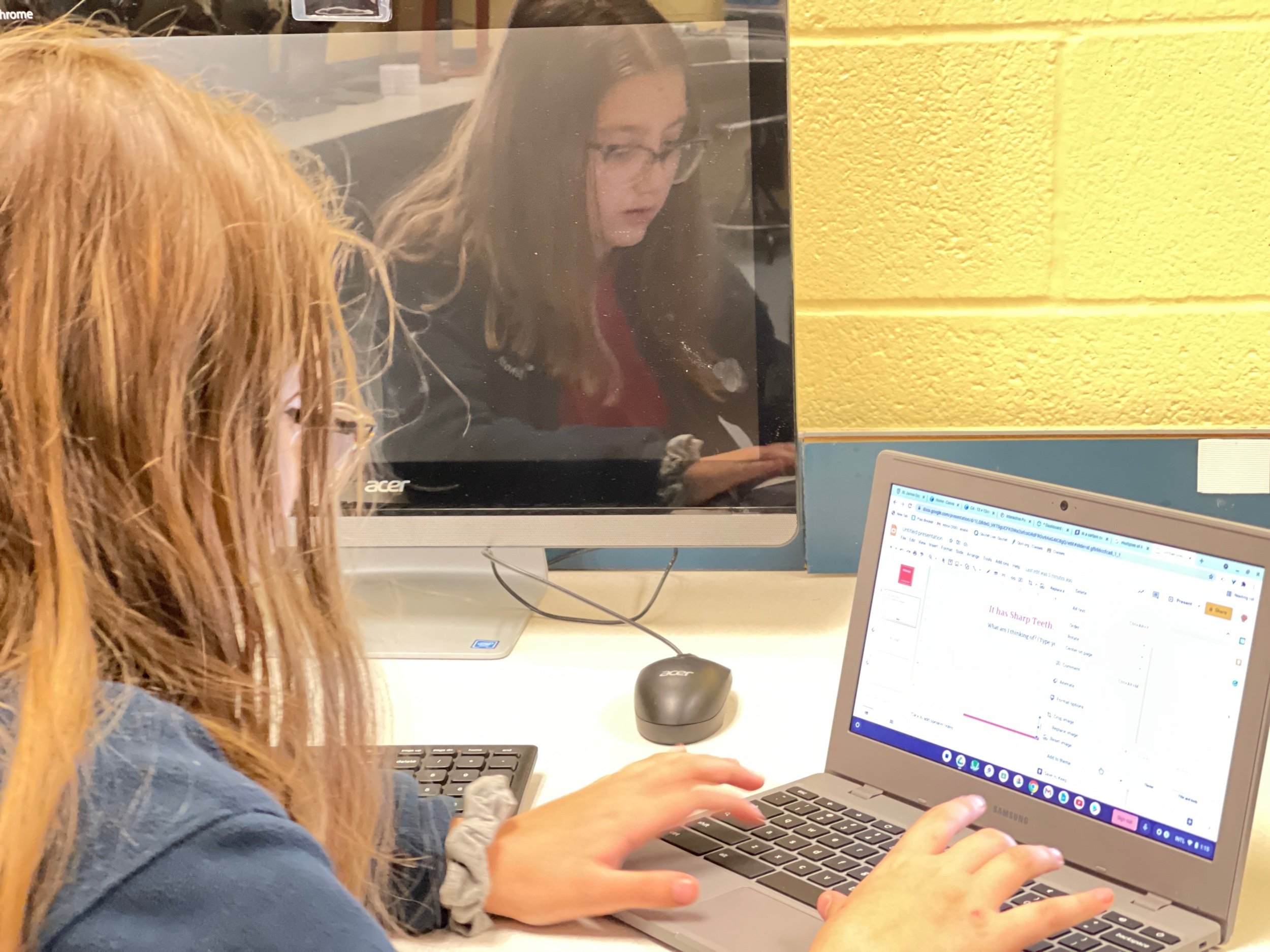
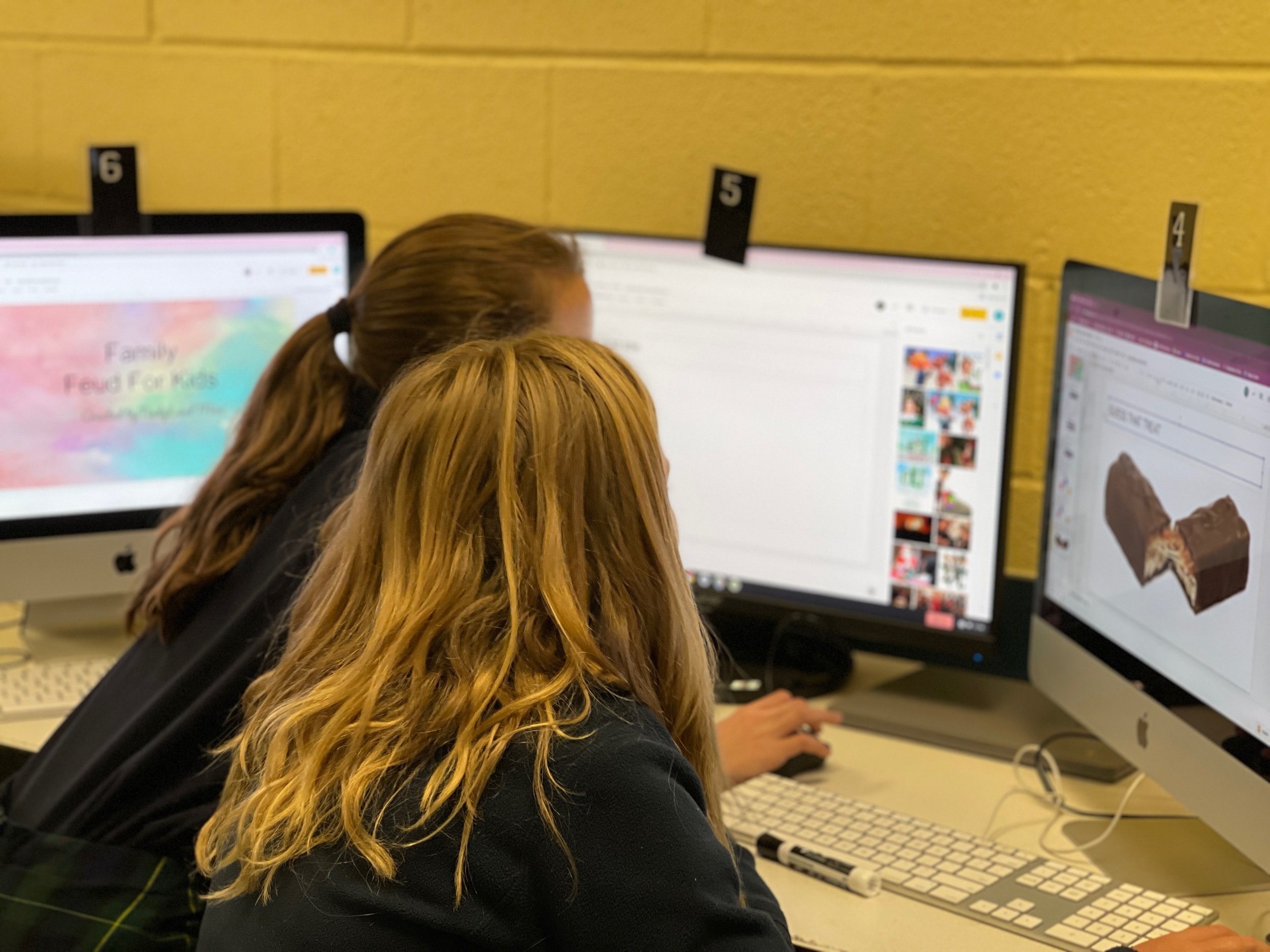
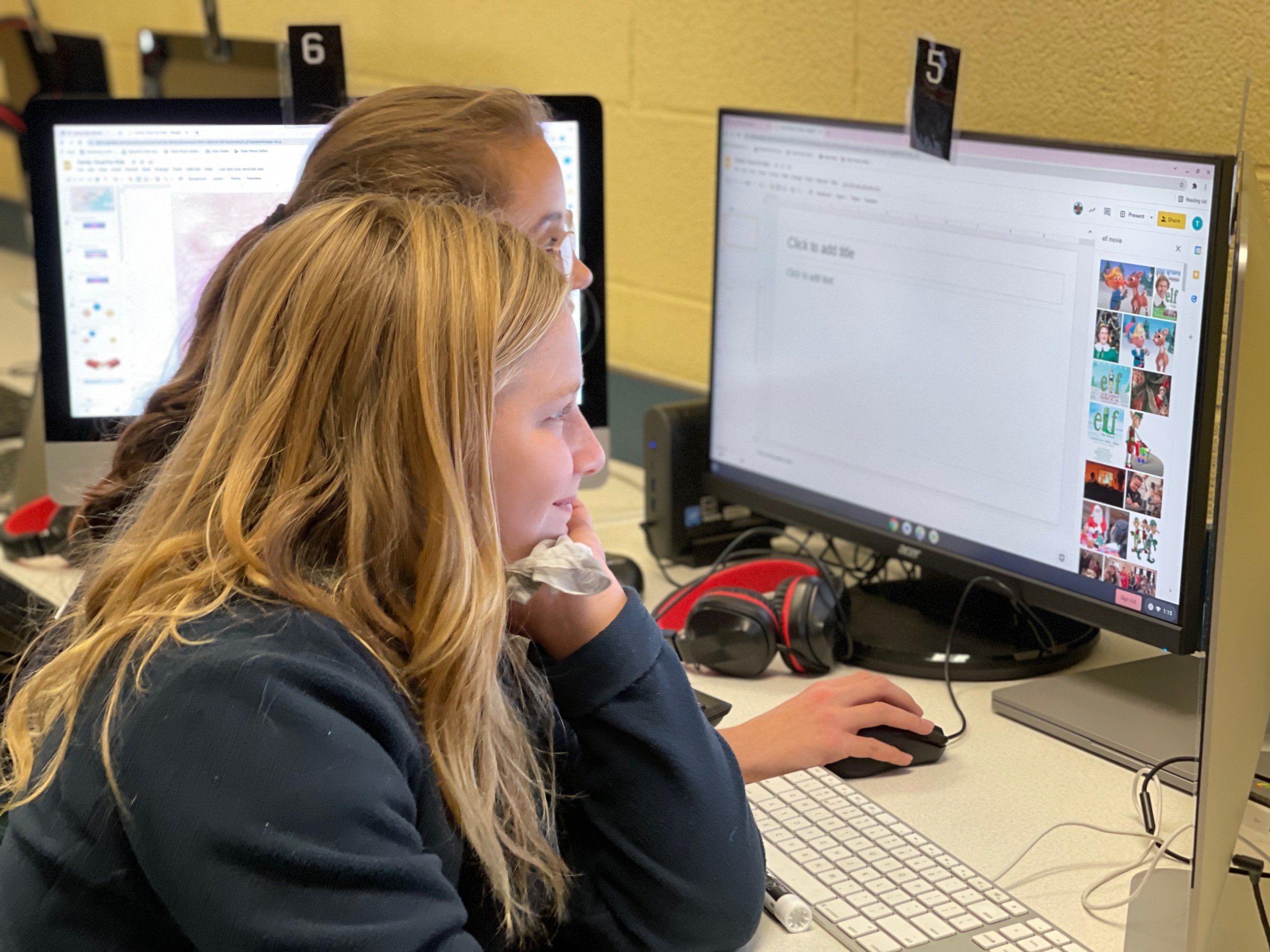
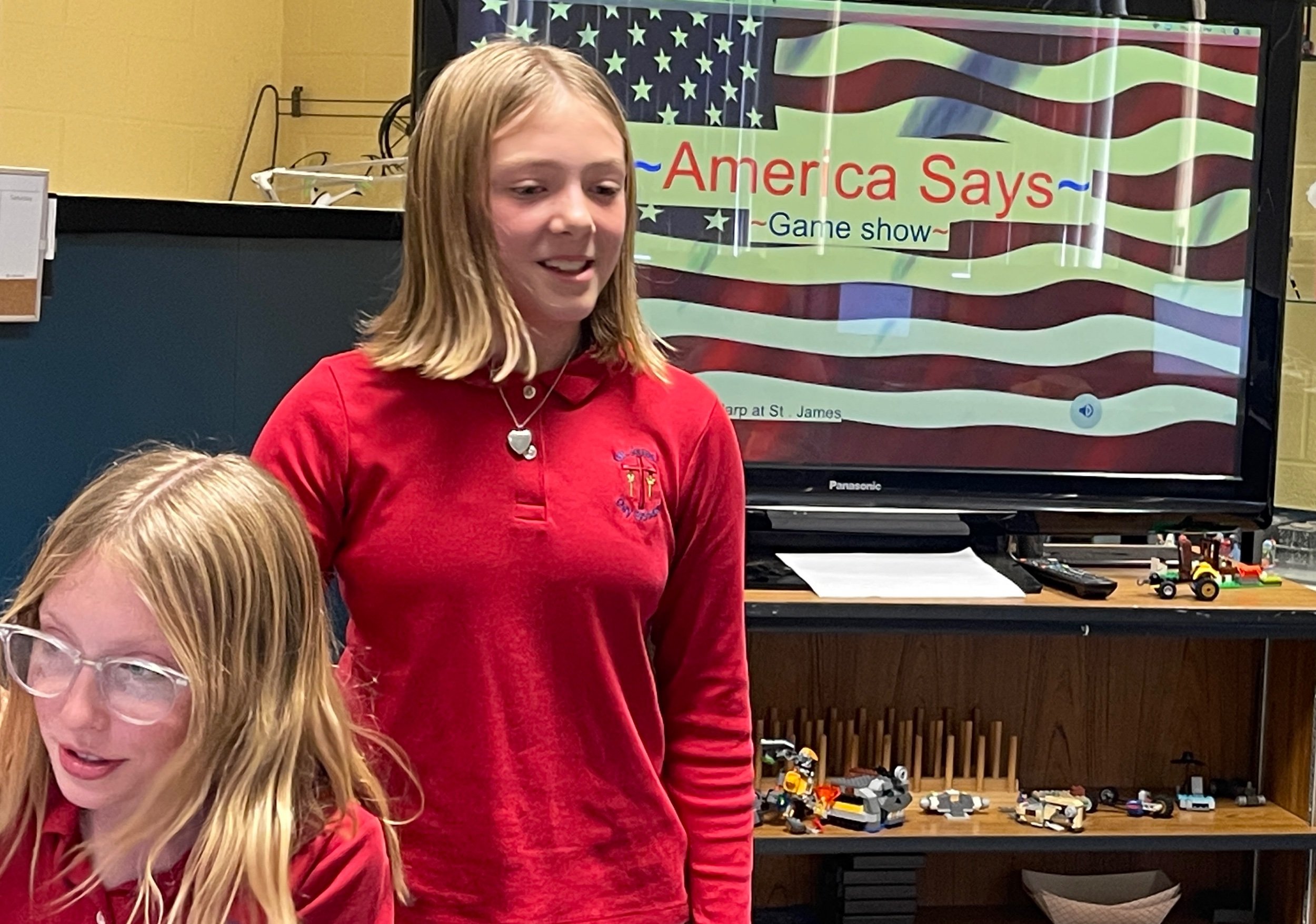
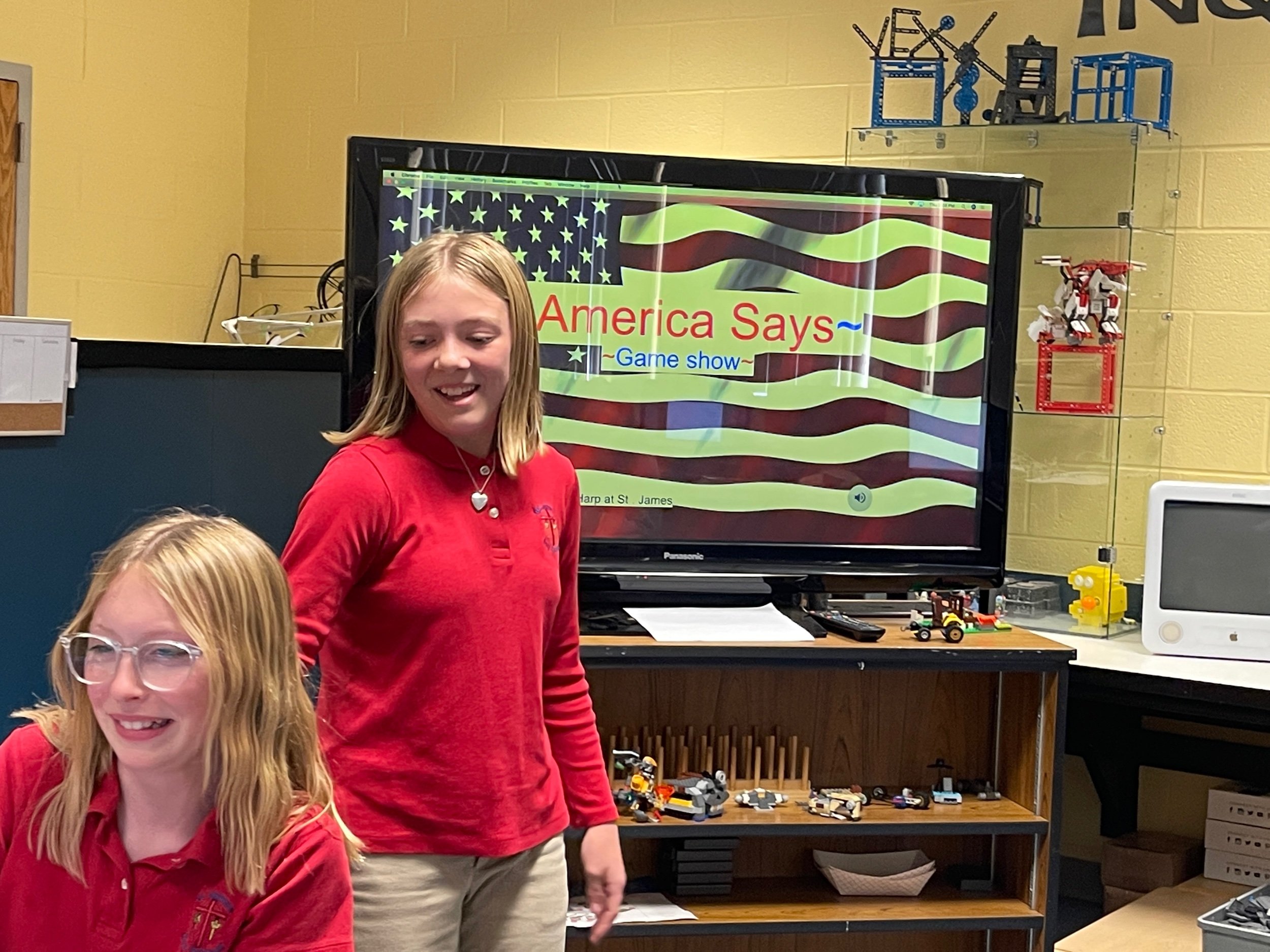
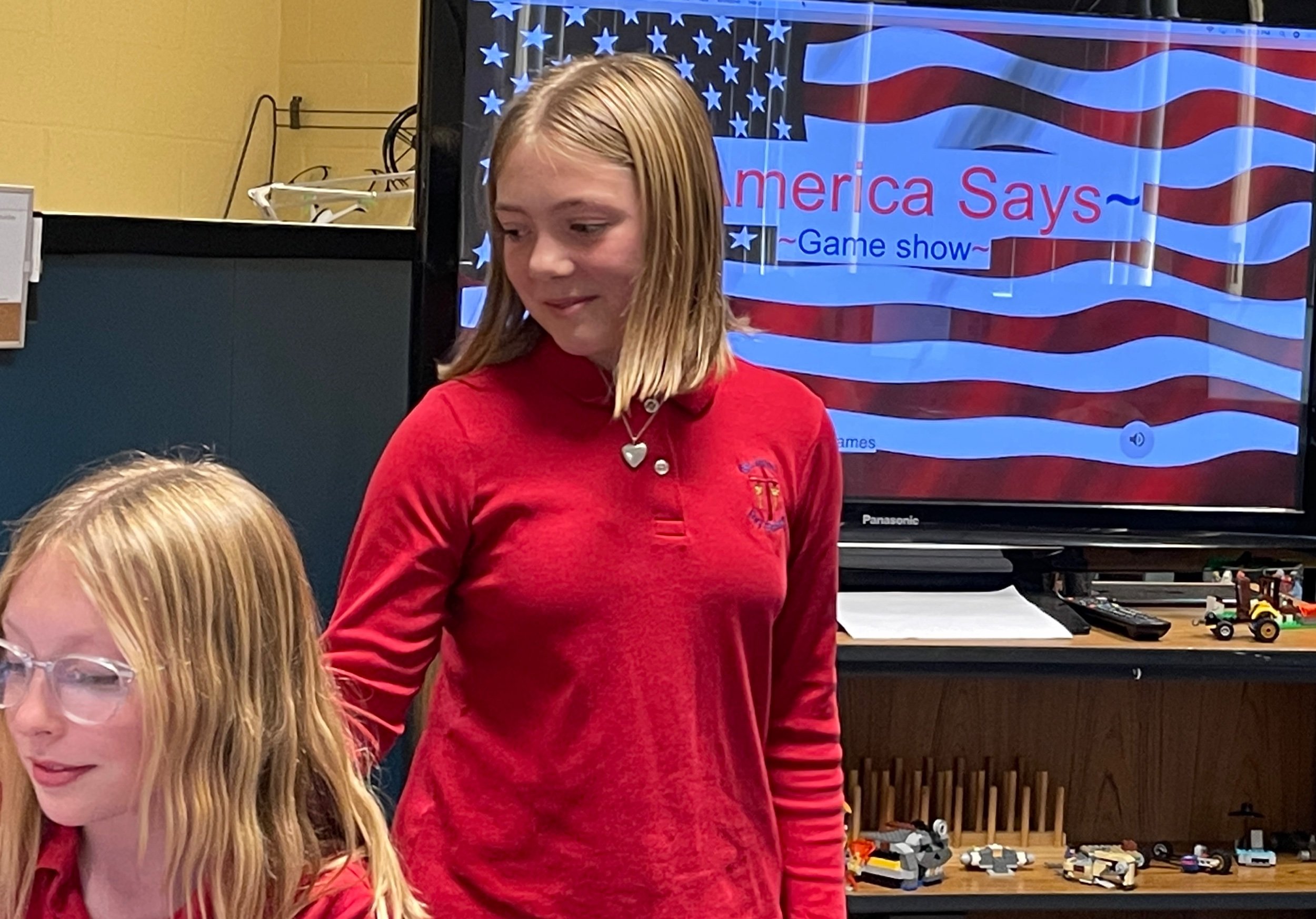
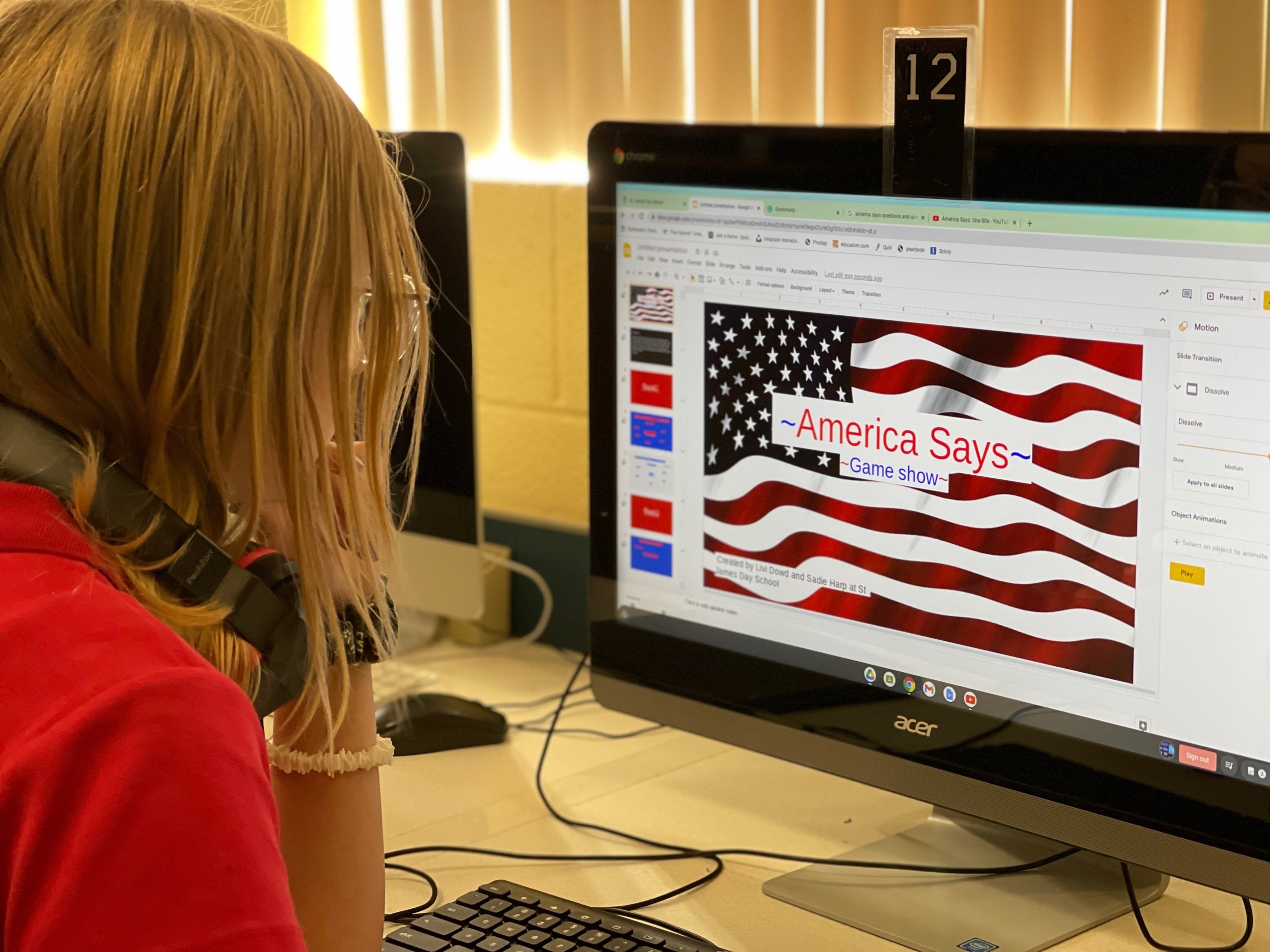
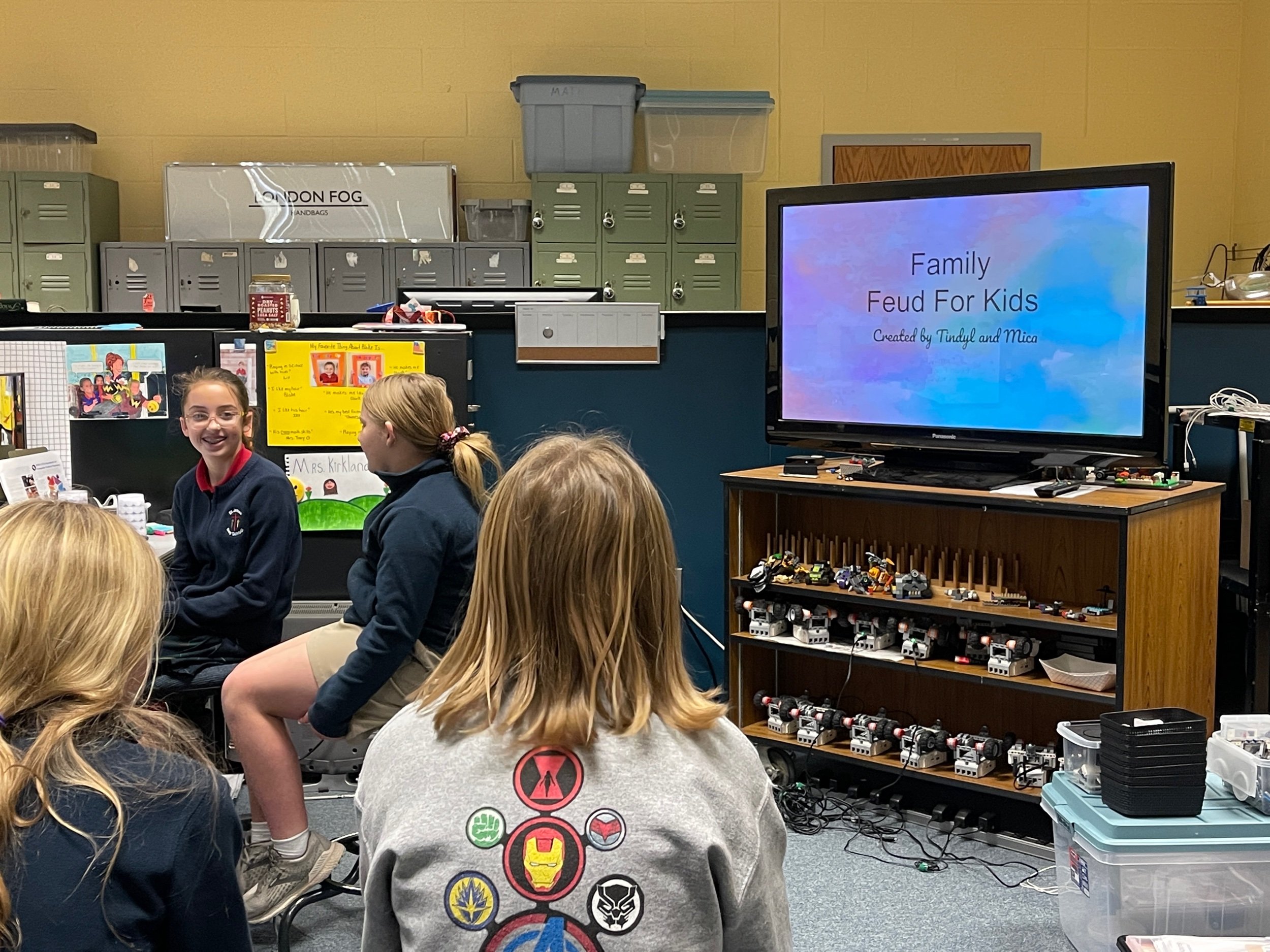
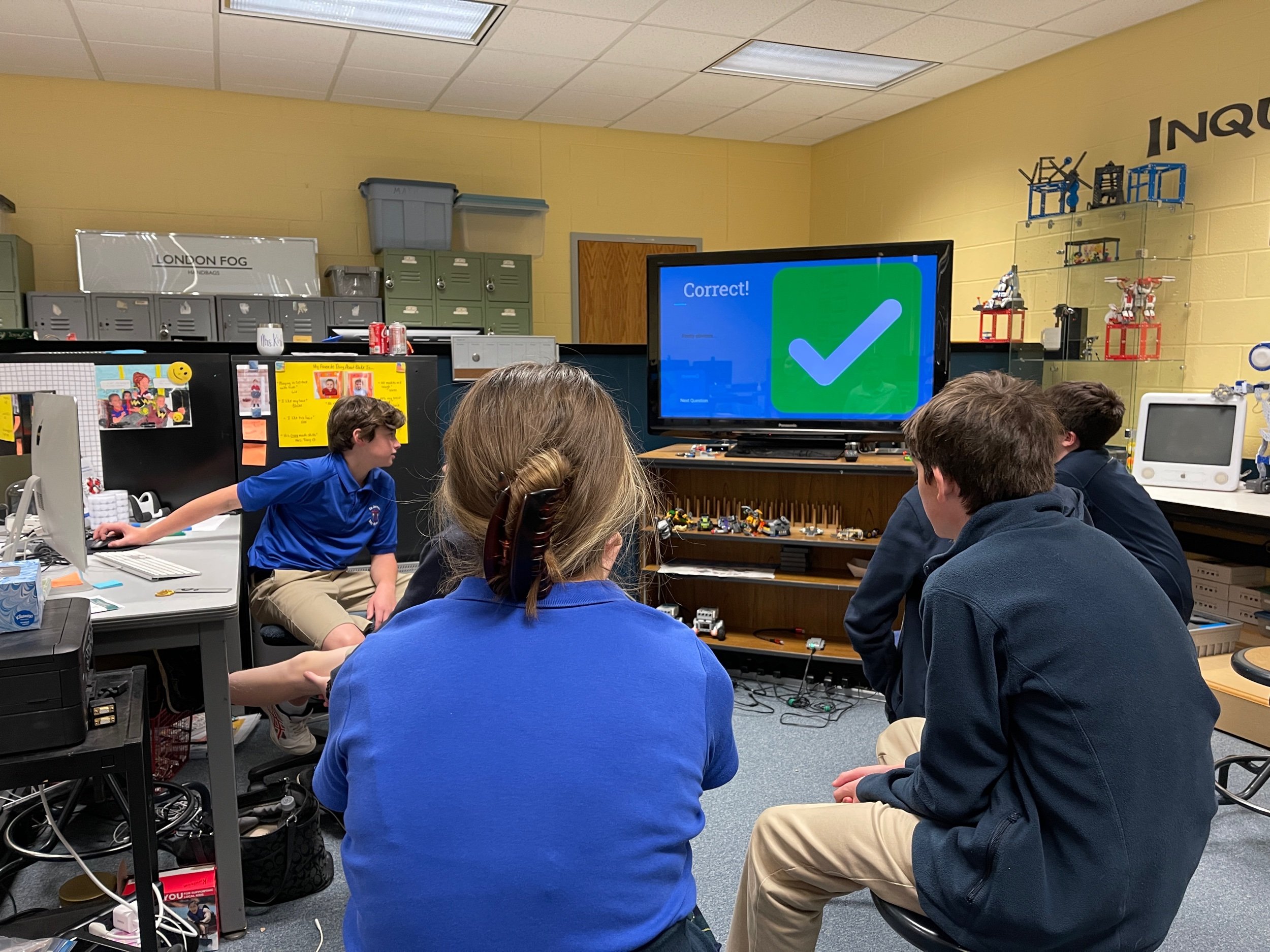
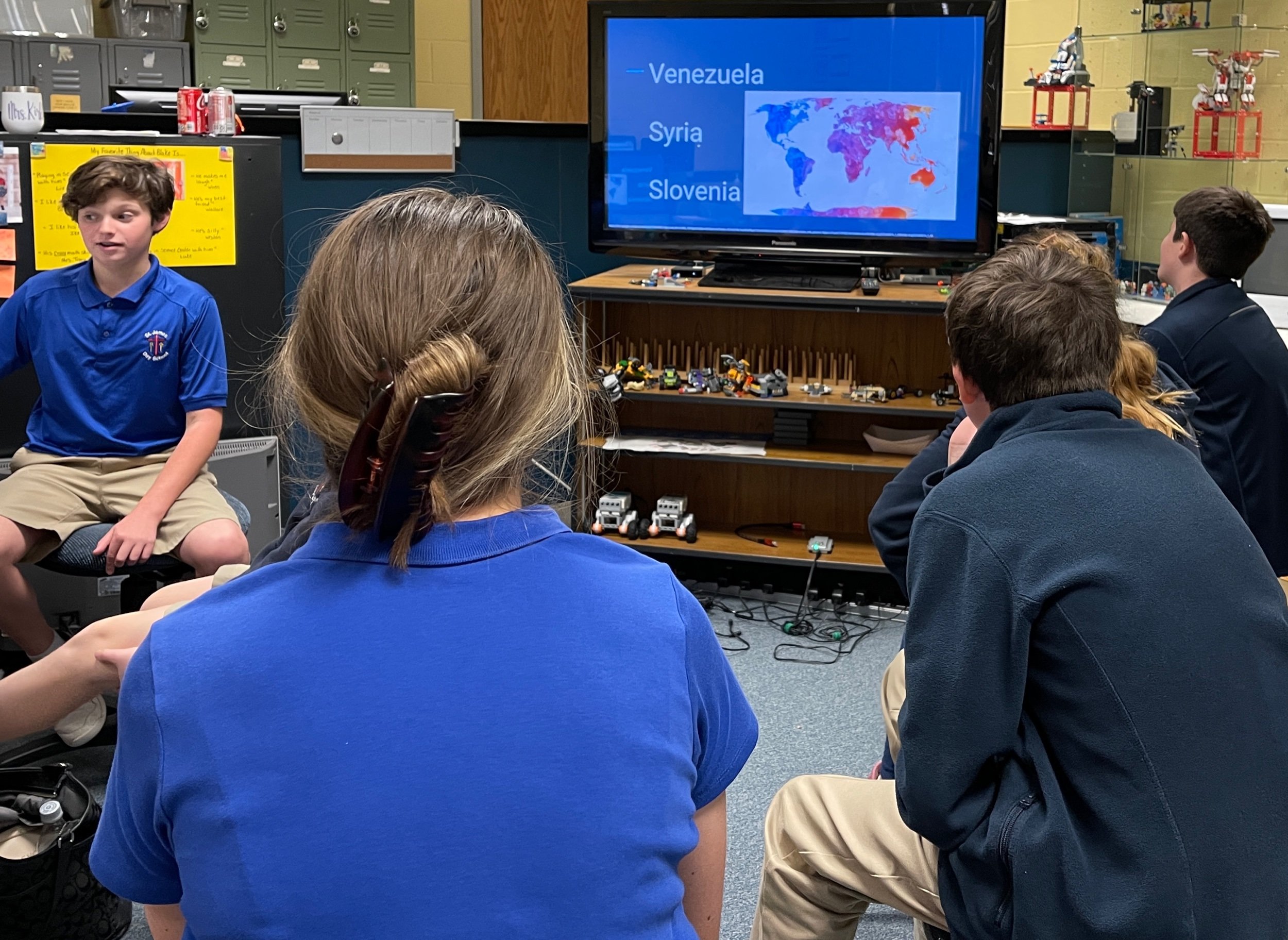
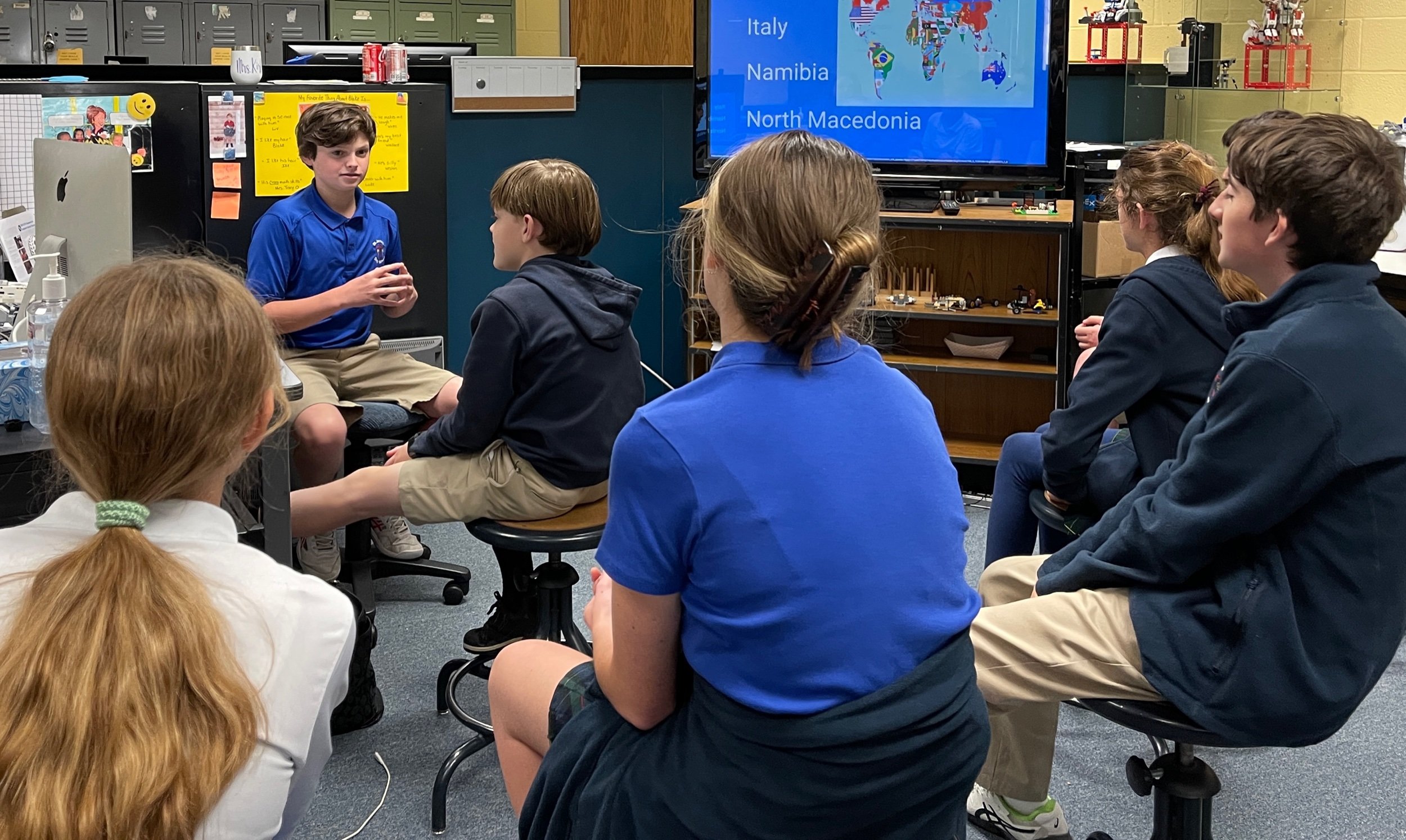
Fourth grade students began designing their tiny home models in their classroom. After their drafts were completed, they created 3D models of their designs. They were able to see their designs come to life. They polished their designs by adding furniture, custom textures, and design elements. Each student published their tiny home designs to the web.
We are currently working on our programming and coding skills to program our EV3 robots. We are estimating how many seconds it takes the robot to get from the start of the blue tape to the end of the blue tape and then entering that value into the MINDSTORMS software. Sometimes it takes more than two second but less than three so ,we then add time that increases by increments of .25. An example is 2.00, 2.25, 2.50, 2.75 and then 3.00. This process reinforces our money math and estimation skill. We will begin design and construction of our frontals to move couplers from one designated point to the other.
Our Kindergarten students are using WEDO 2.0 robotics and Santa’s Sled build design to practice their coding skills and building skills. The Kindergarten students followed a building design to create the Santa’s sleigh. Then they, connected their sleighs to tables using WEDO 2.0 programming to program the sleighs to go forward, go backward, and play music. Kindergarteners recorded their own versions of Santa’s ho ho ho and uploaded it to their programs. Using computational thinking skills, they fine tuned their builds and their programs.
Computational thinking is a set of skills that everybody can use to solve everyday life problems. In WeDo 2.0, these skills are developed throughout each phase of every project. Development opportunities have been identified for you in each of the projects, it is up to you to focus on the ones that are most relevant to you and your students. Every project in WeDo 2.0 combines the use of the LEGO bricks with an iconic programming language, enabling your students to find solutions to problems while being introduced to programming principles. WeDo 2.0 develops computational thinking through coding activities, which bring students’ creations to life, generating smiles and the desire to discover more.
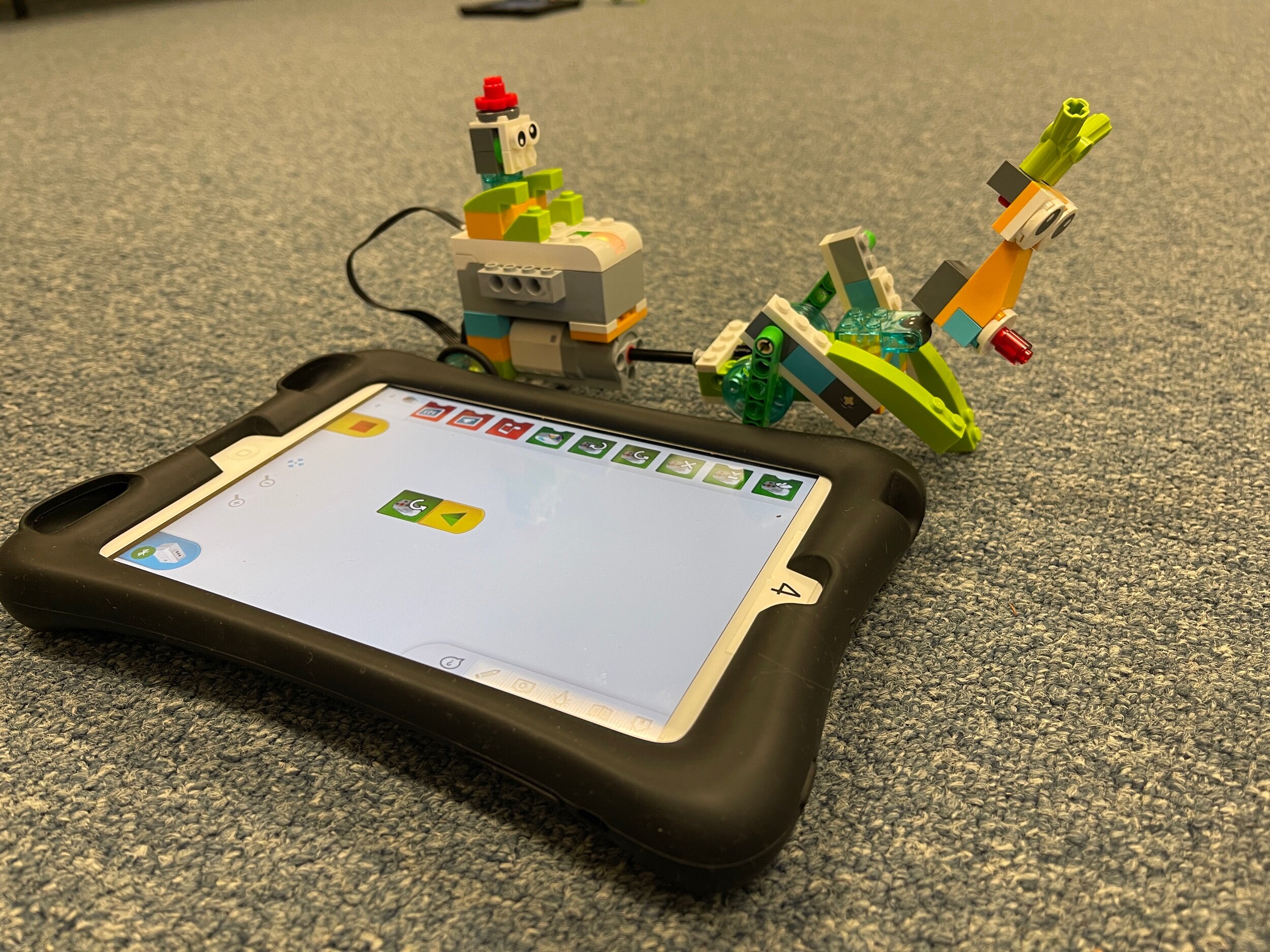
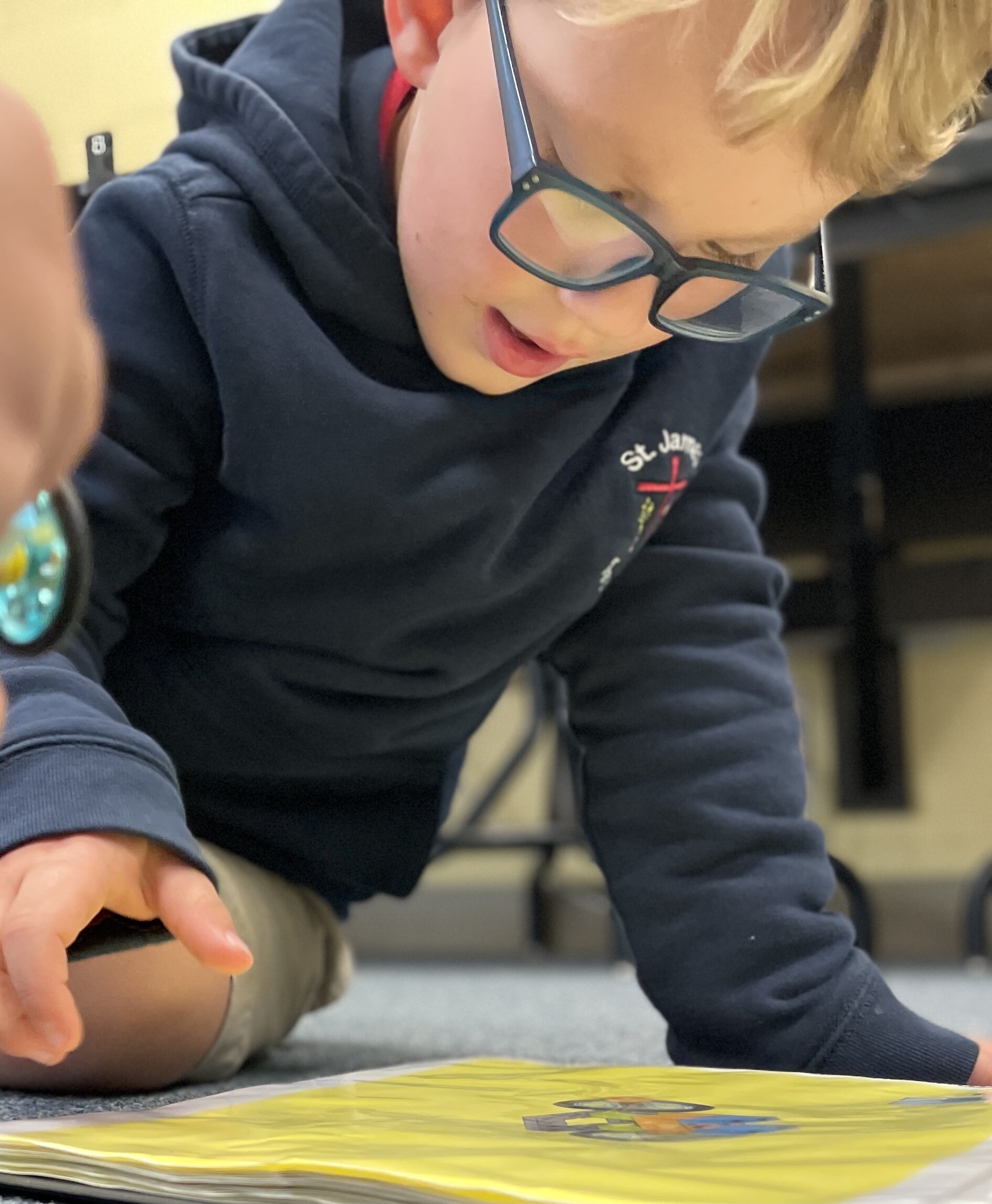
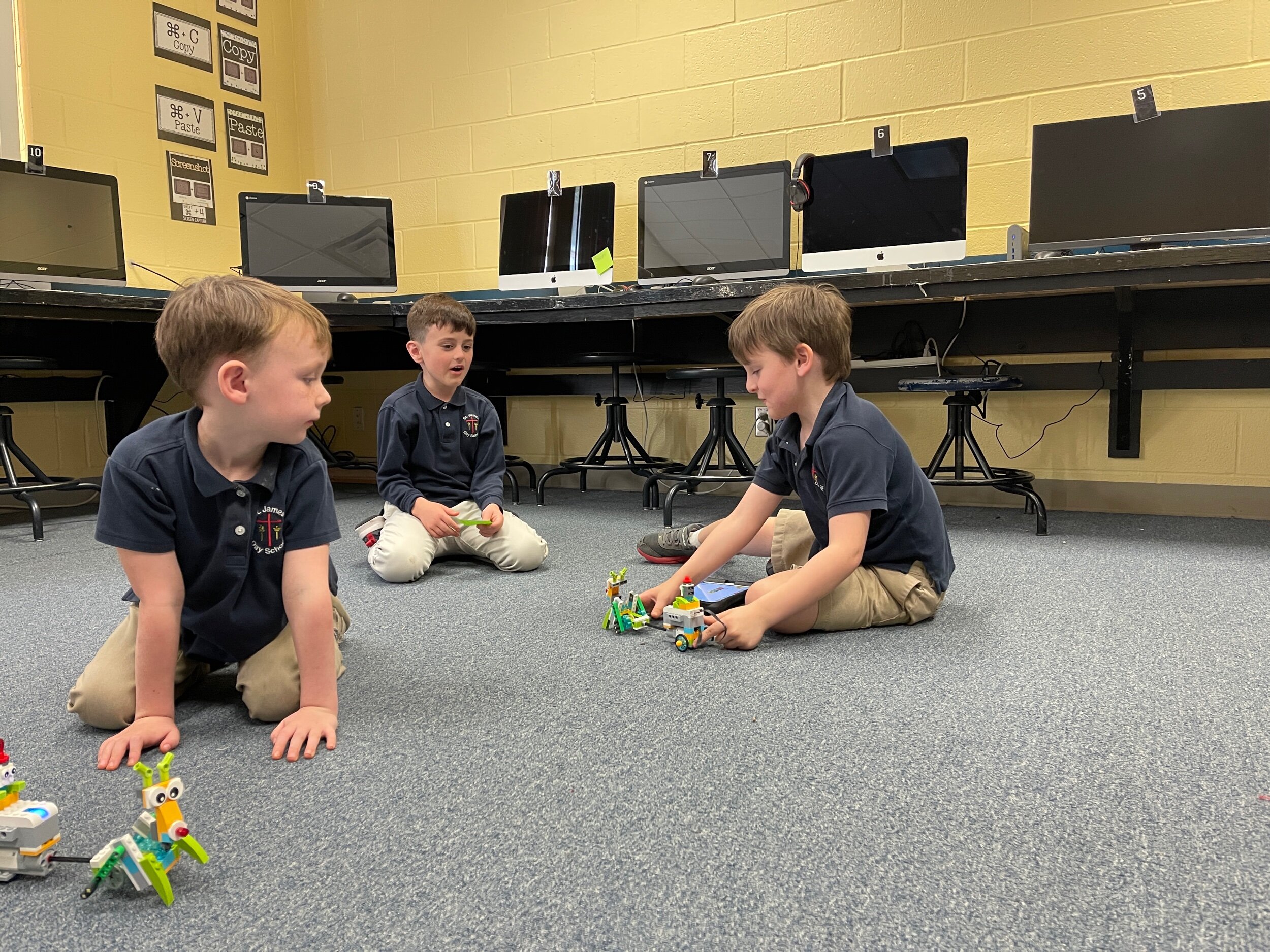
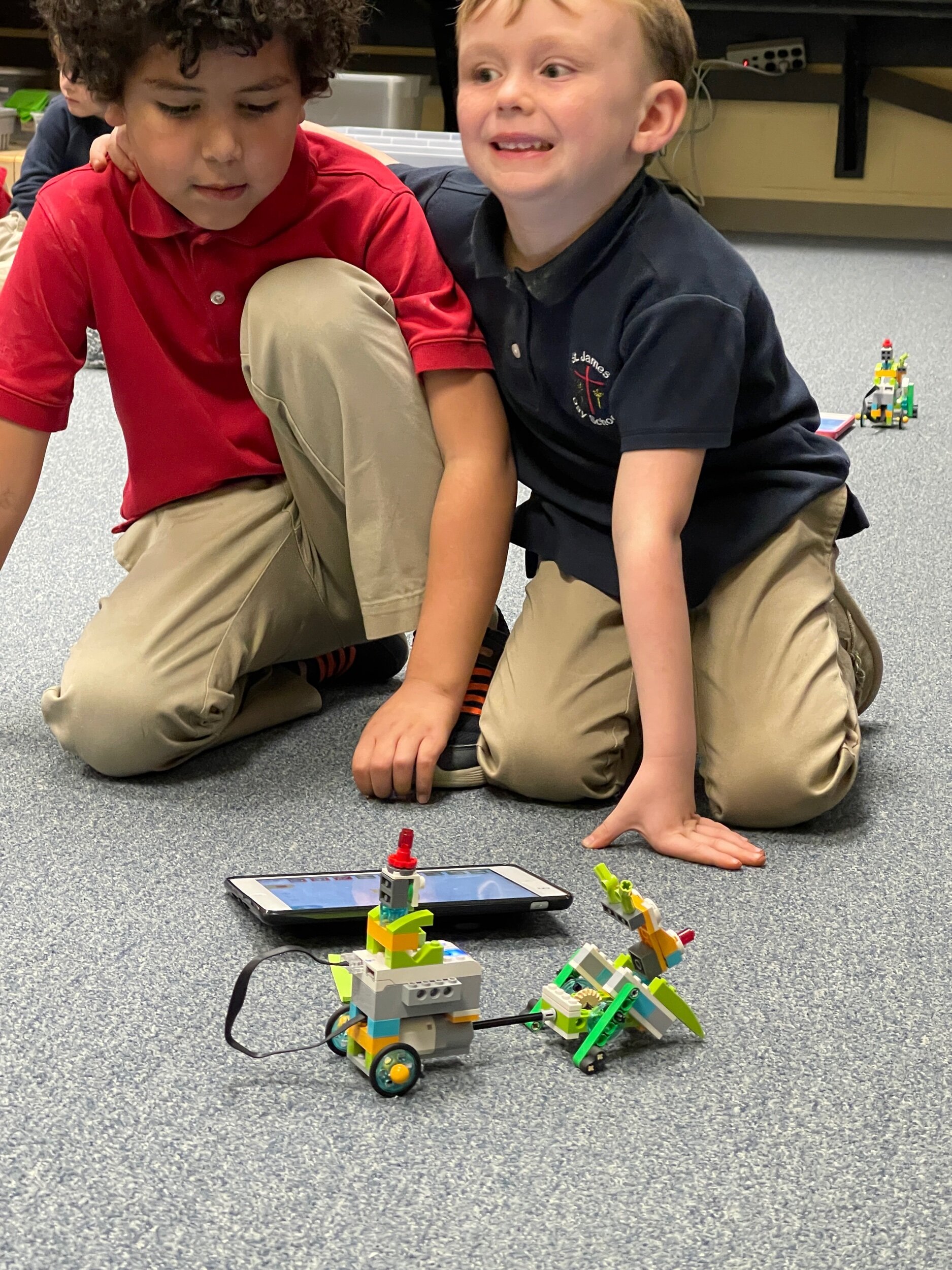
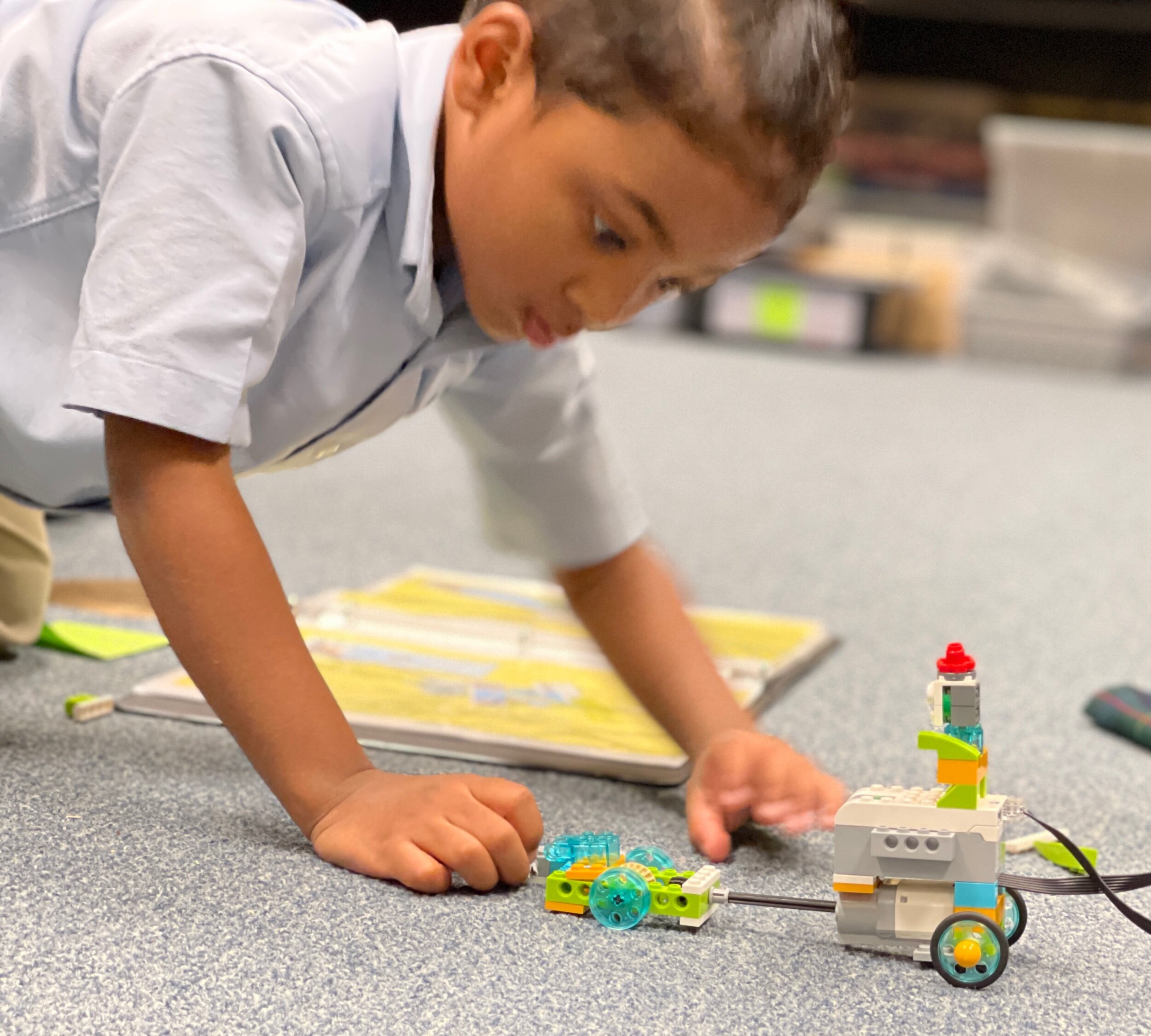
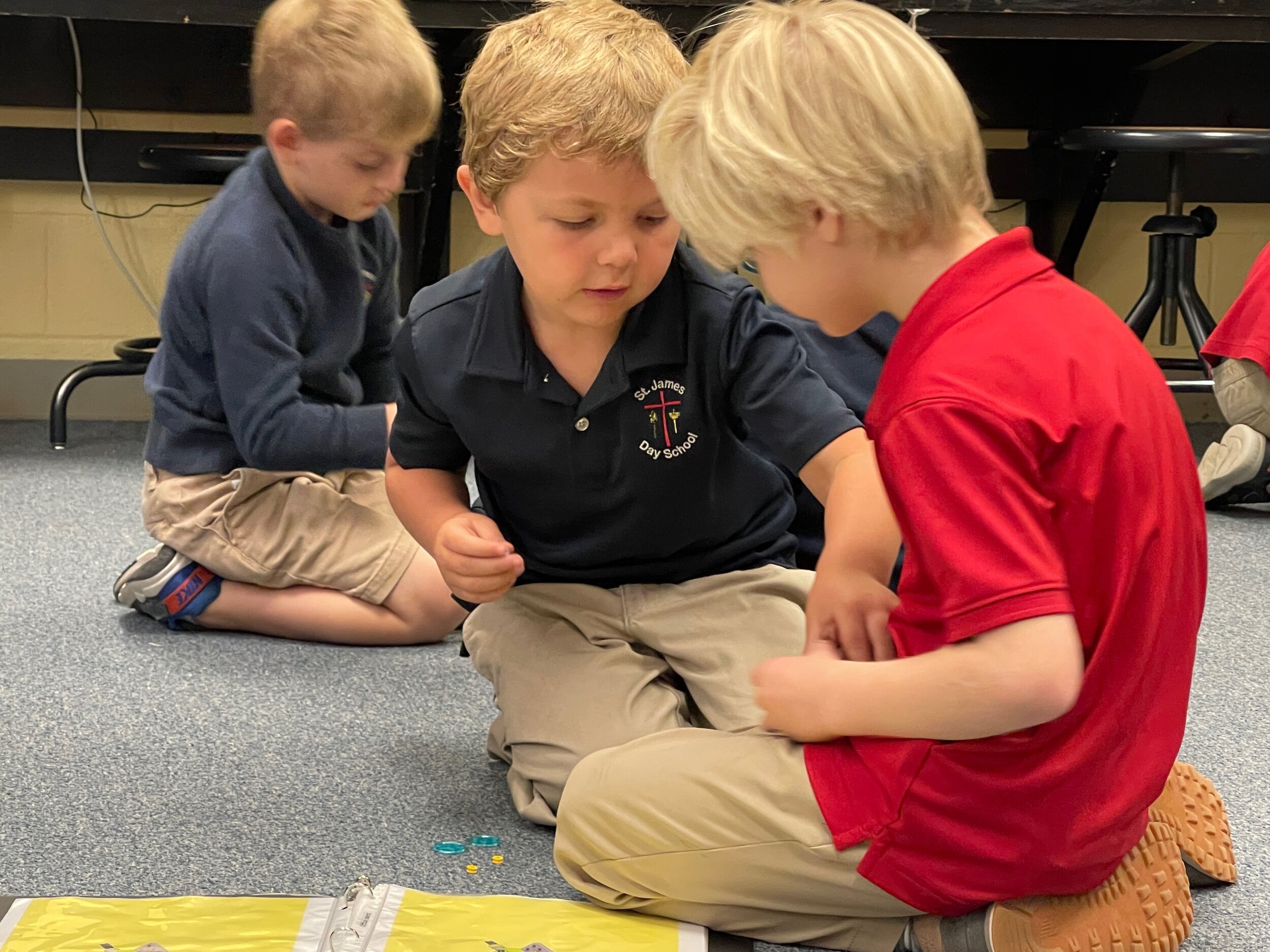
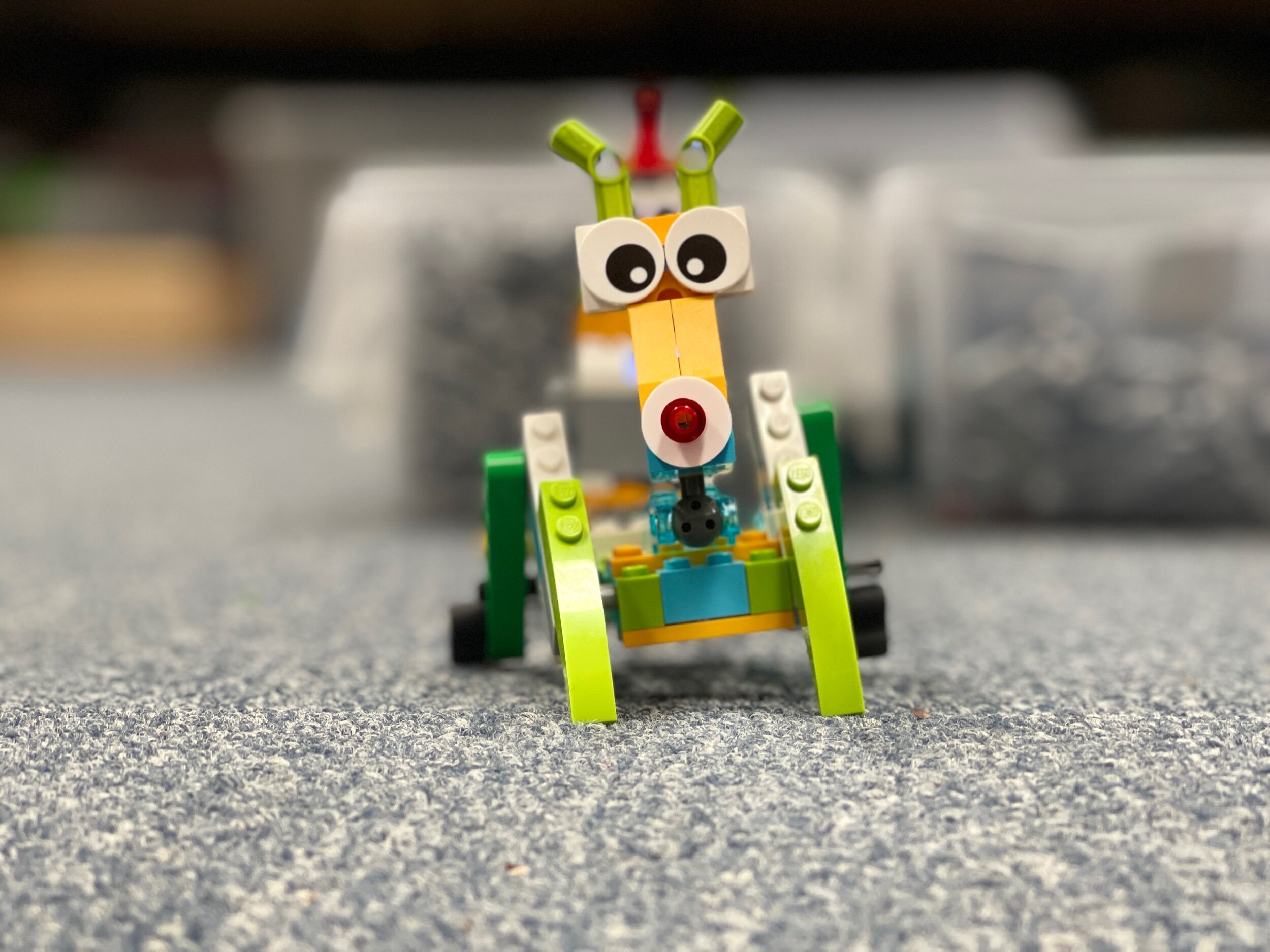
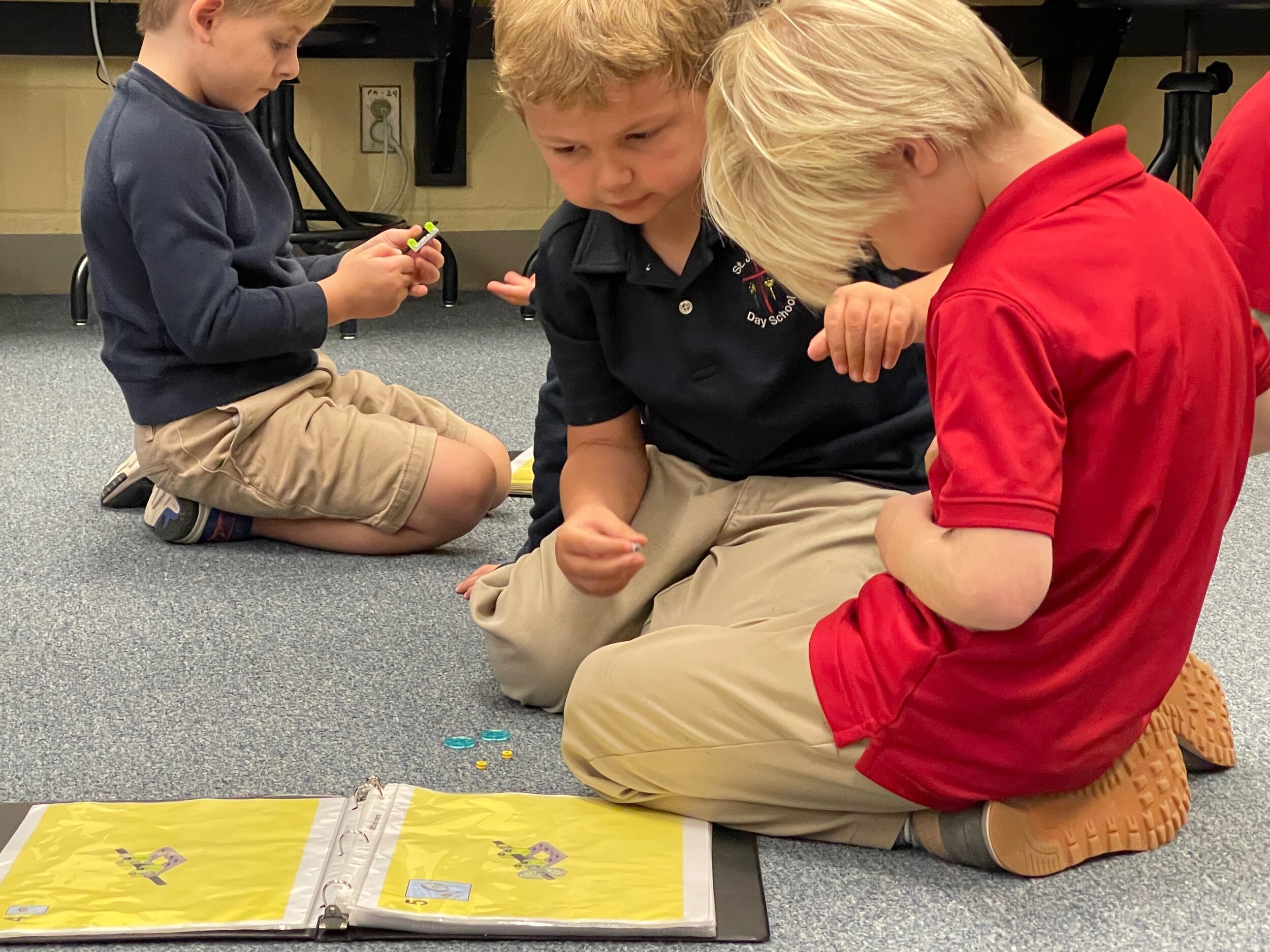
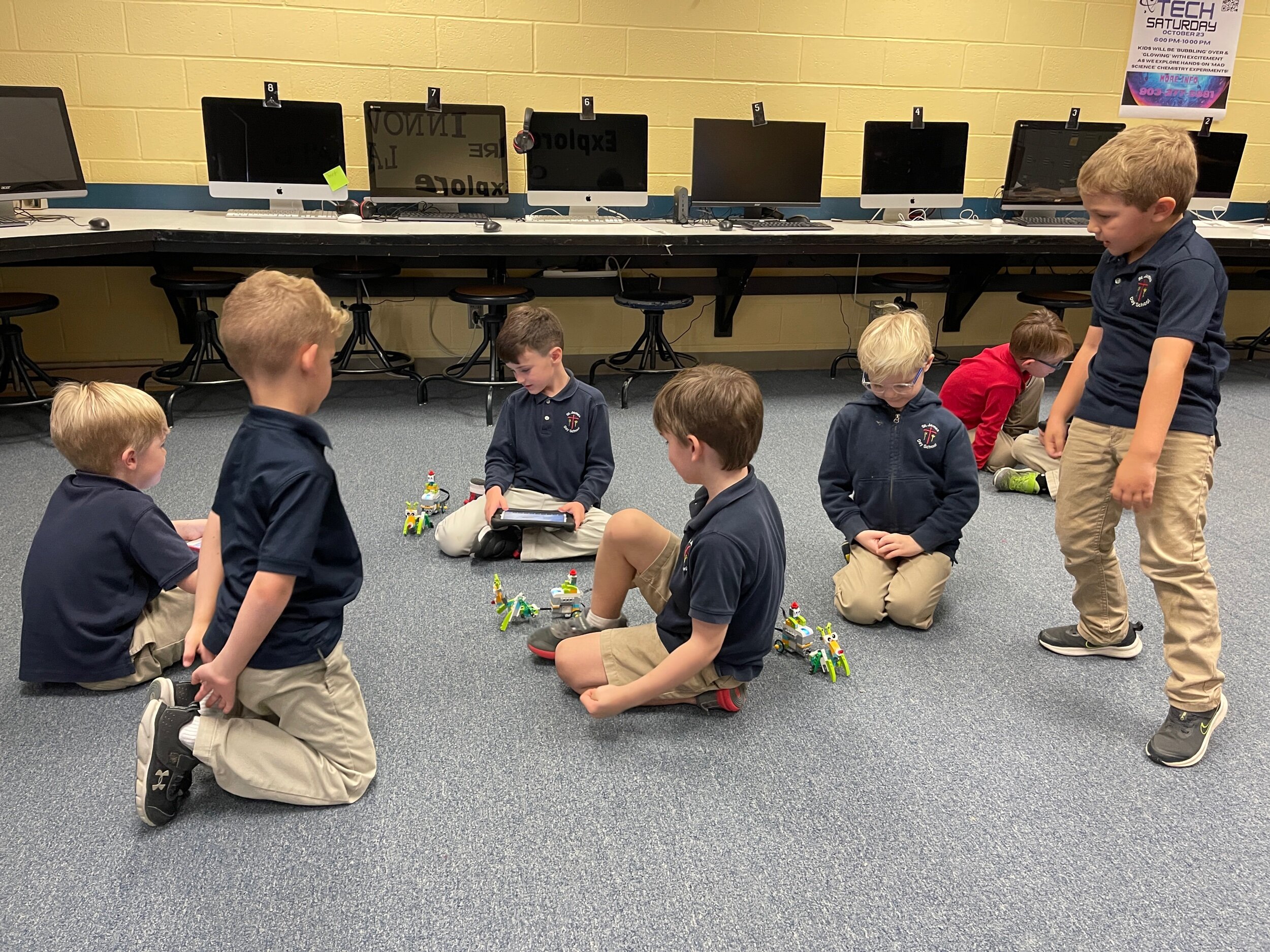
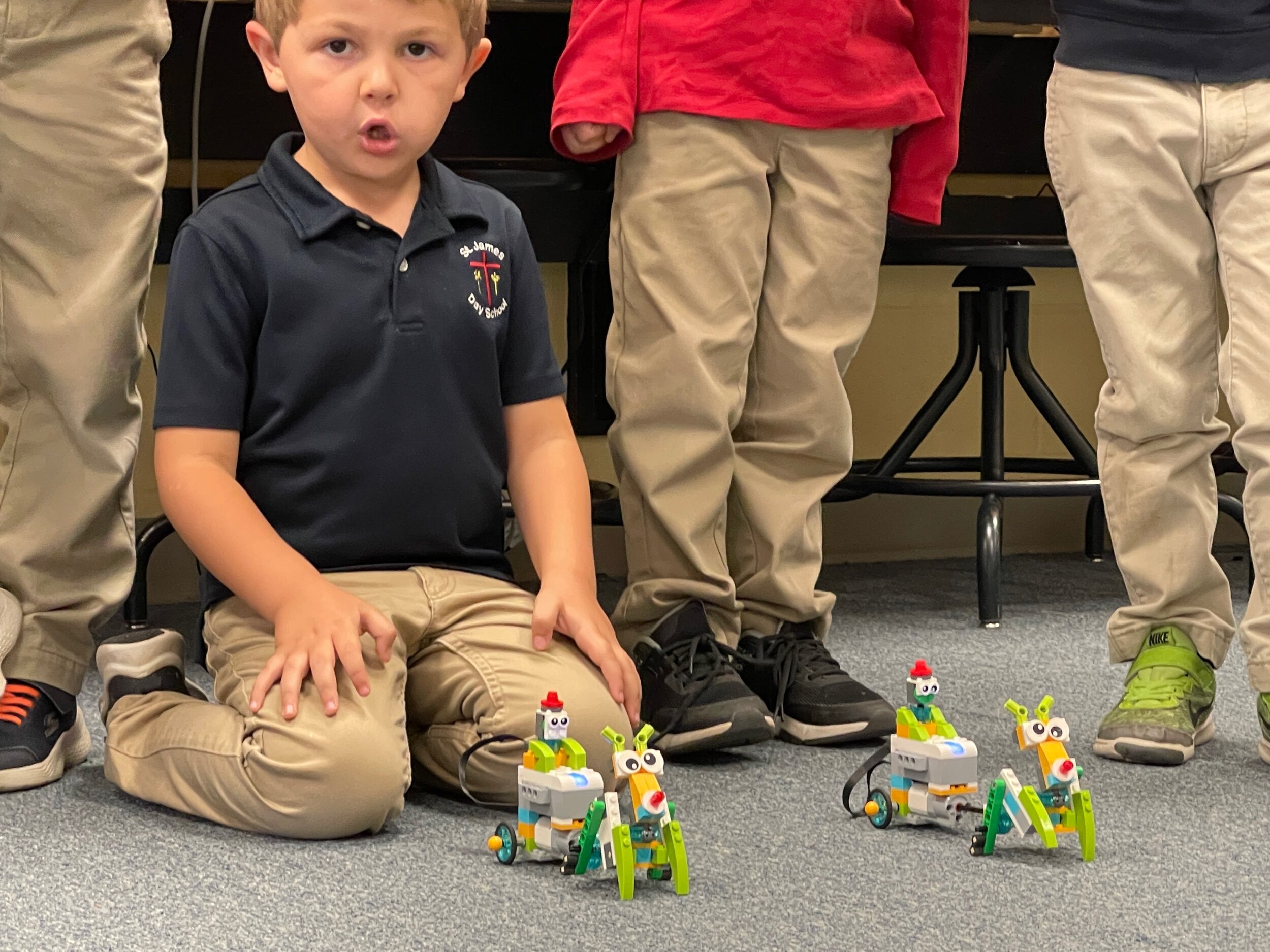
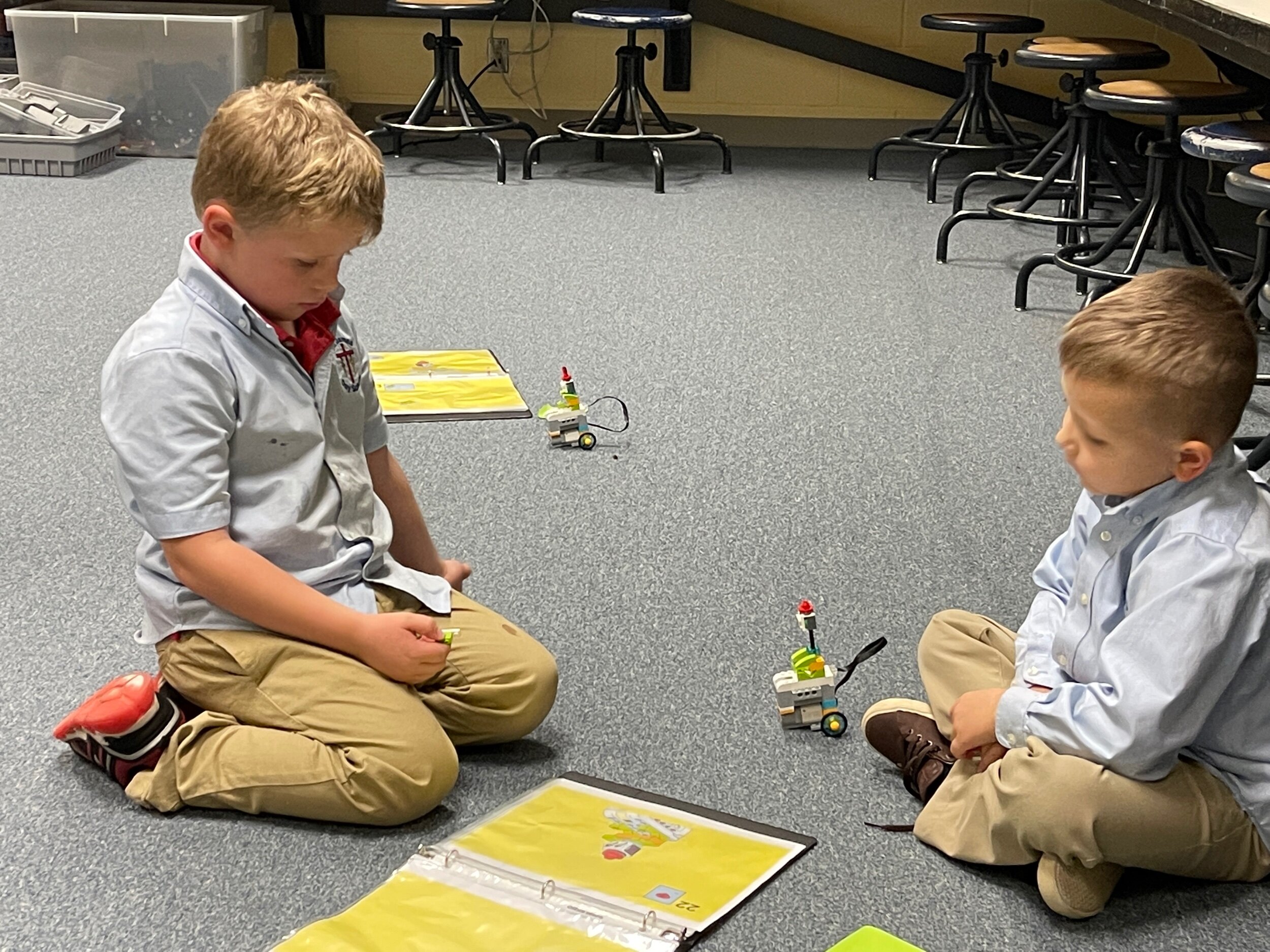
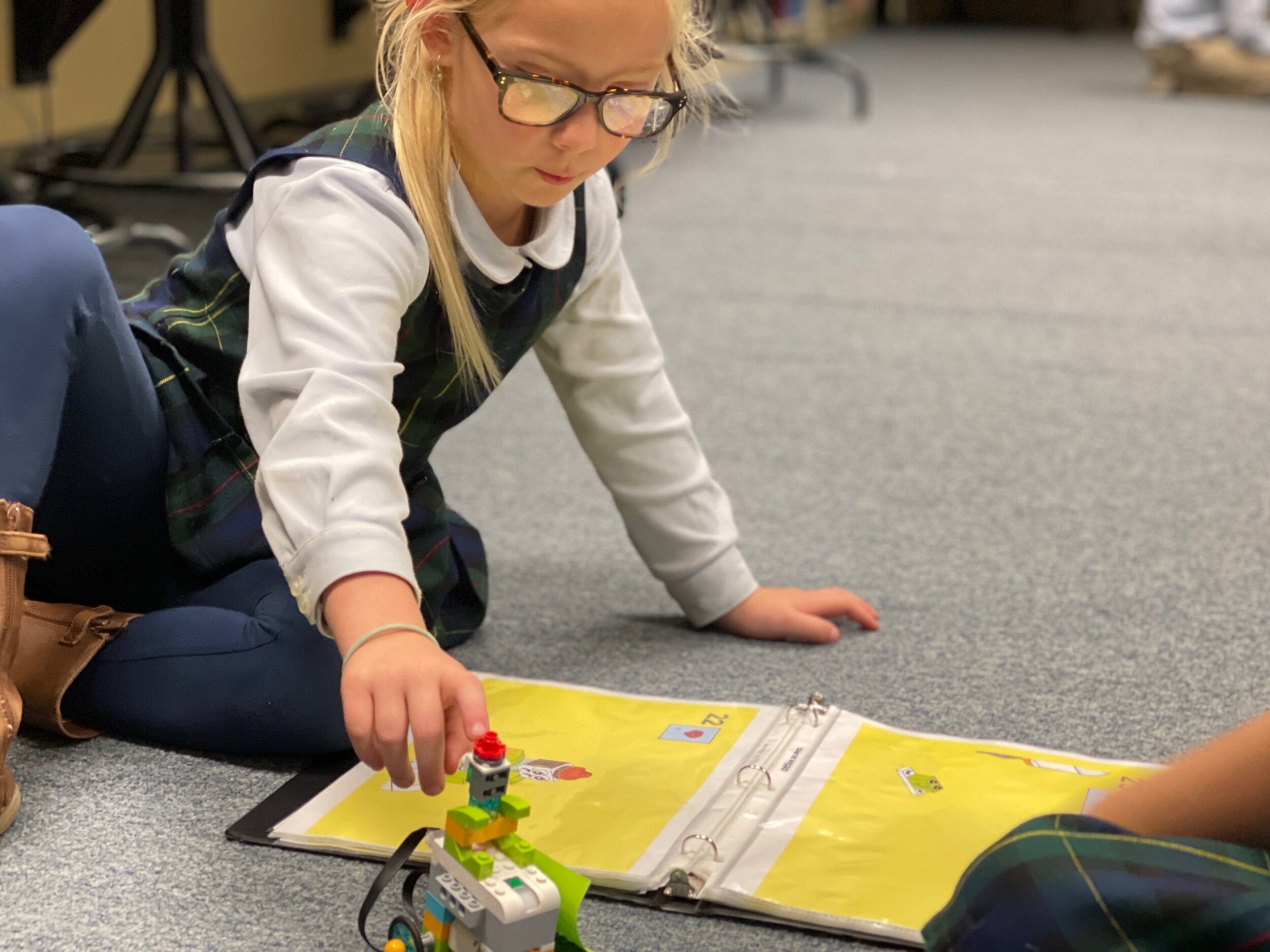
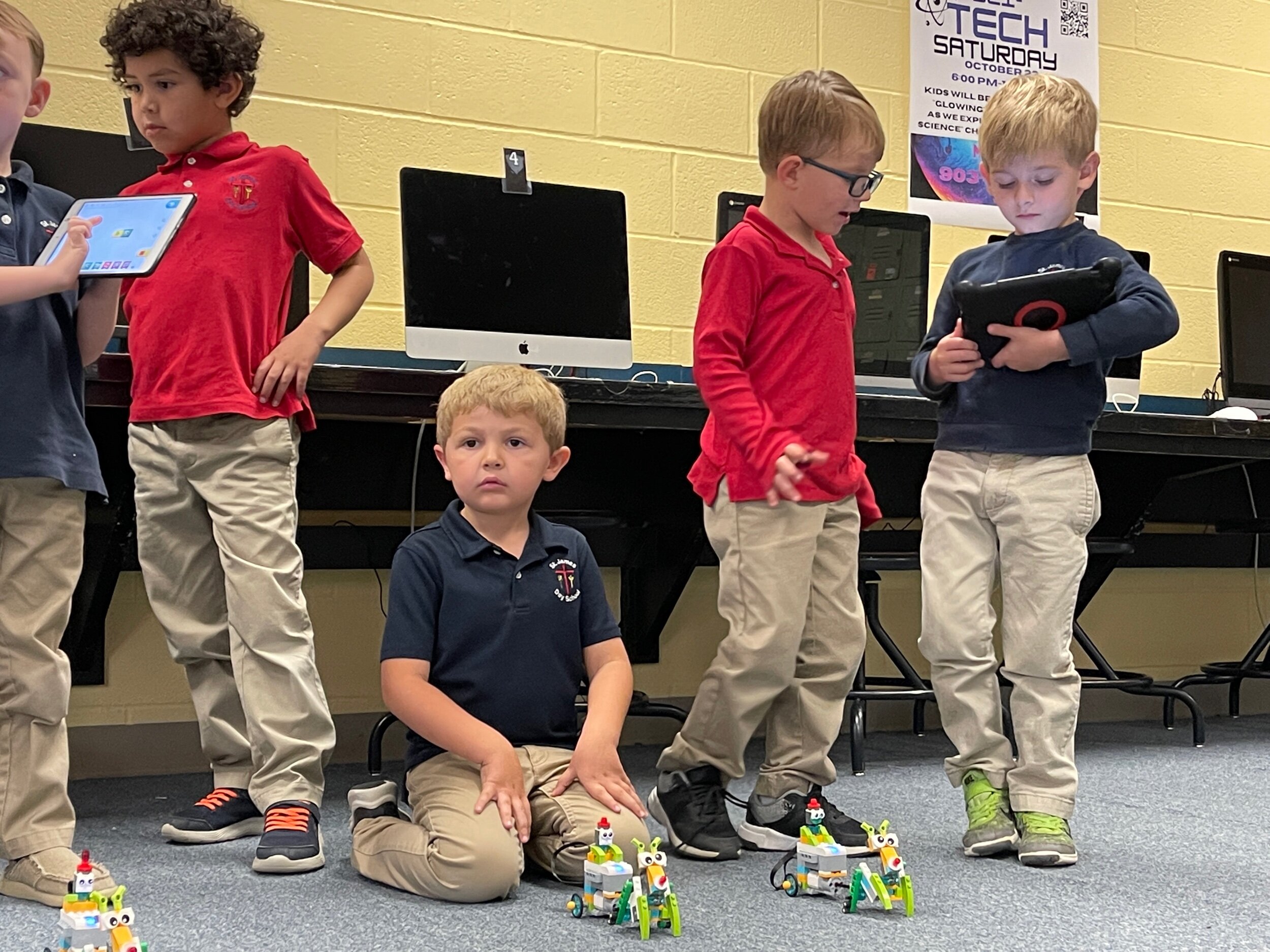
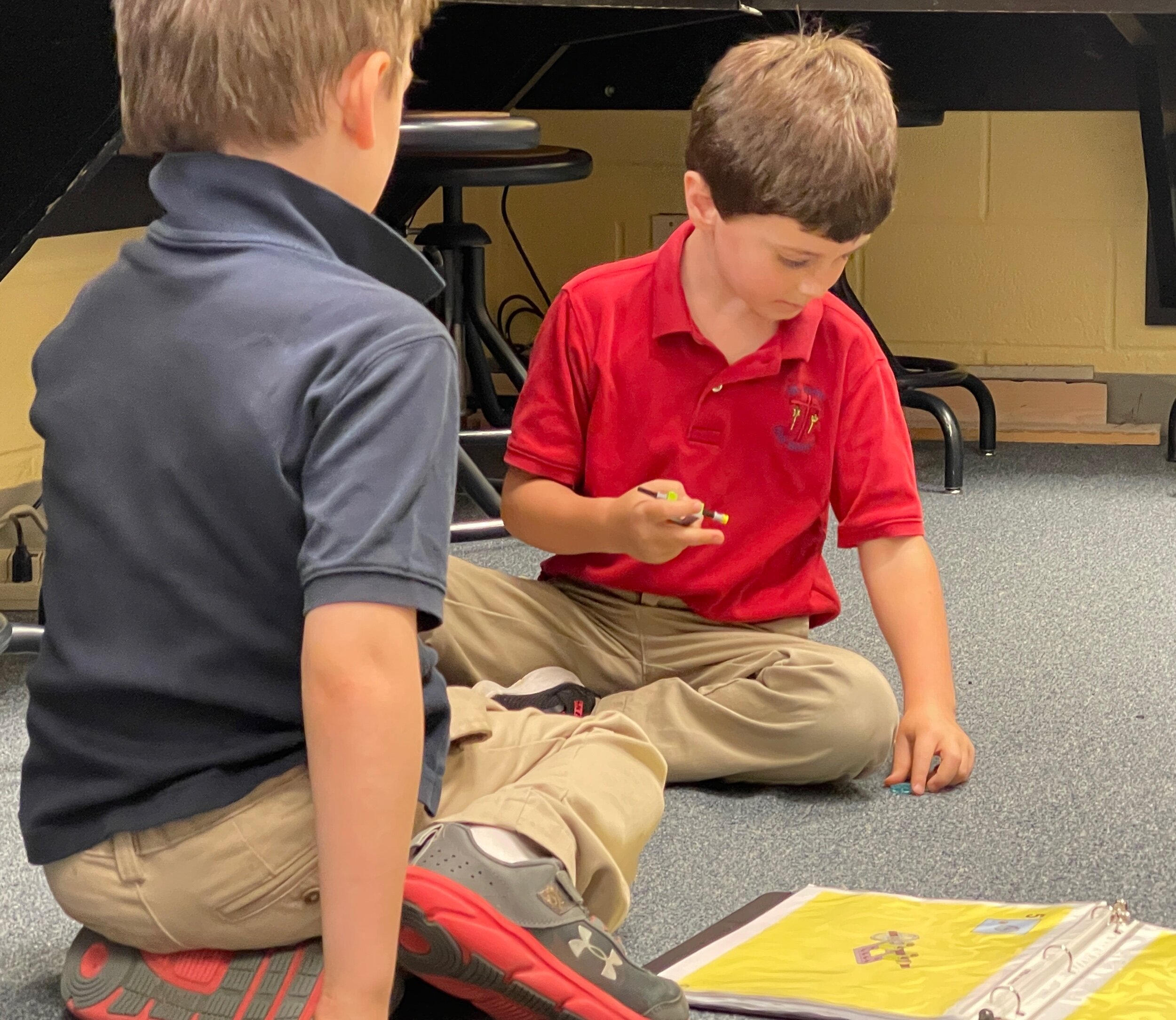
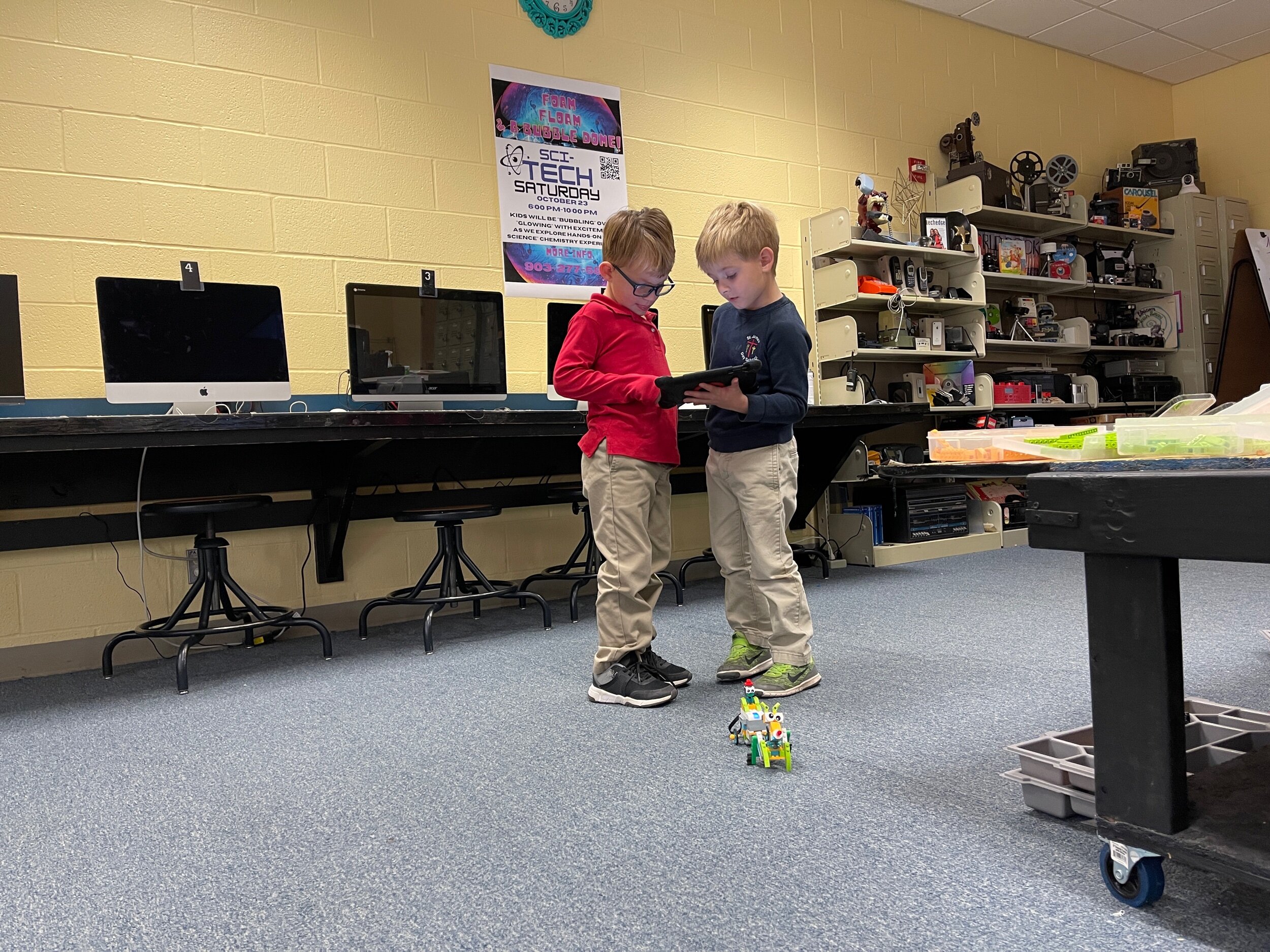
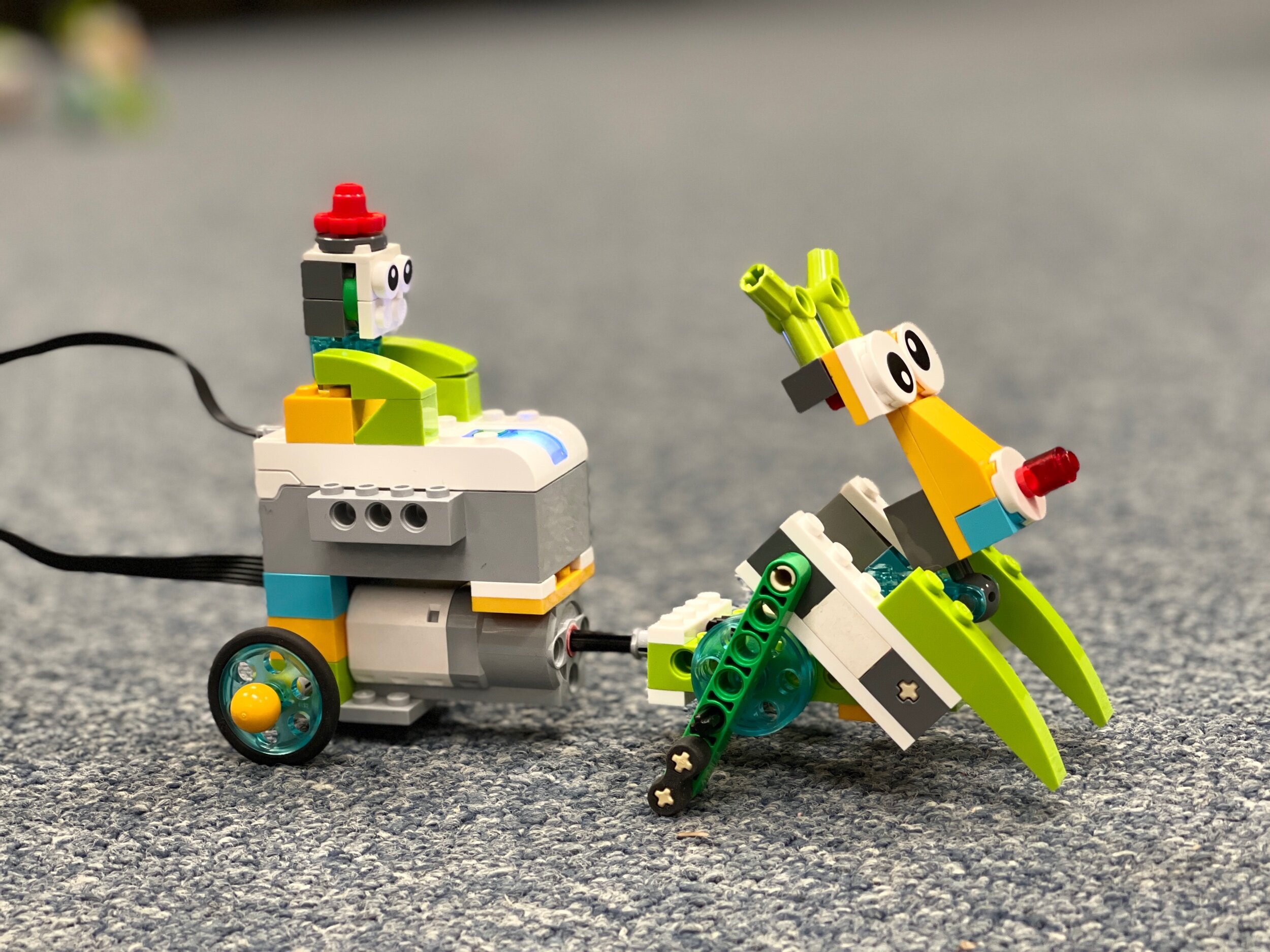
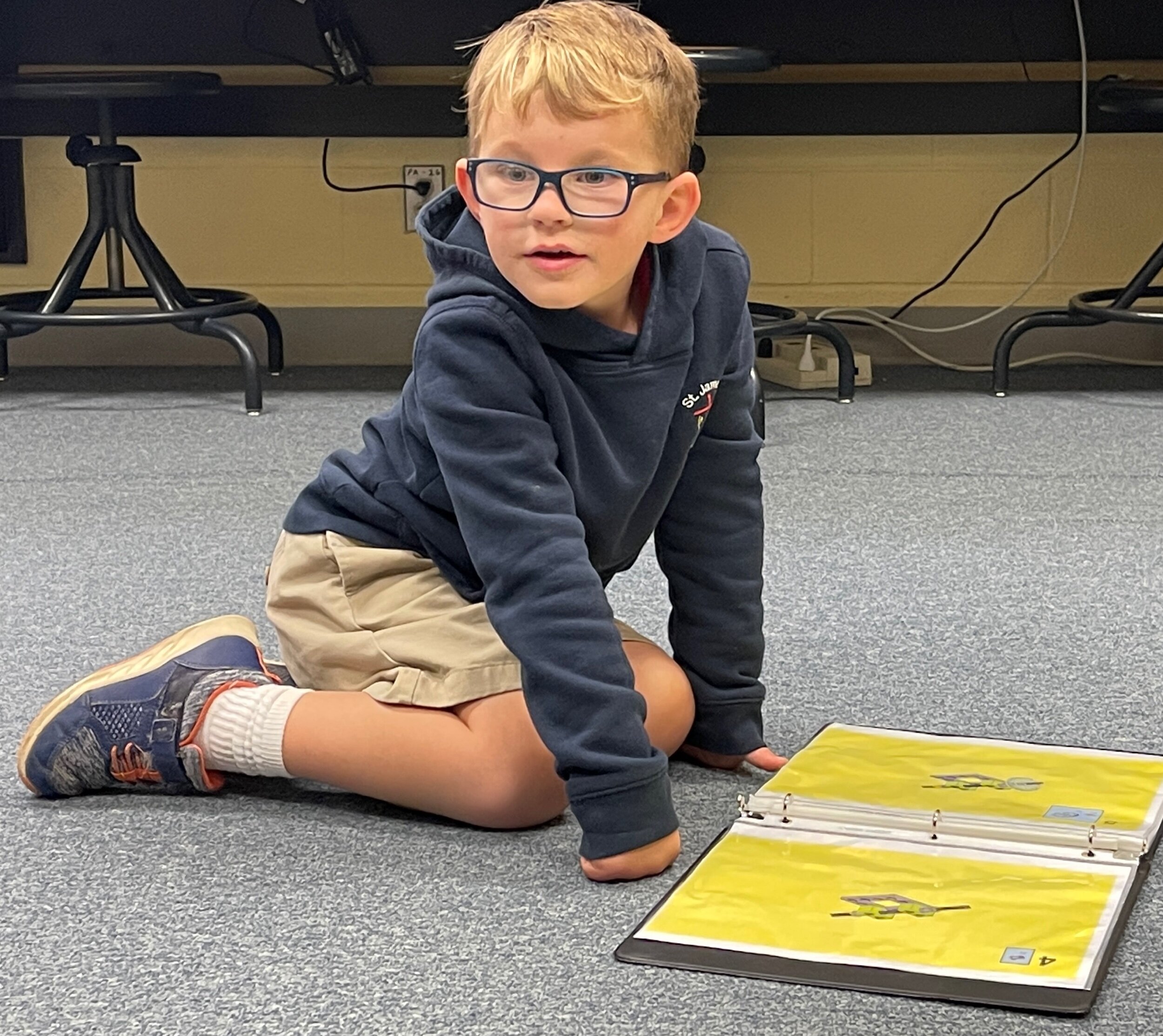
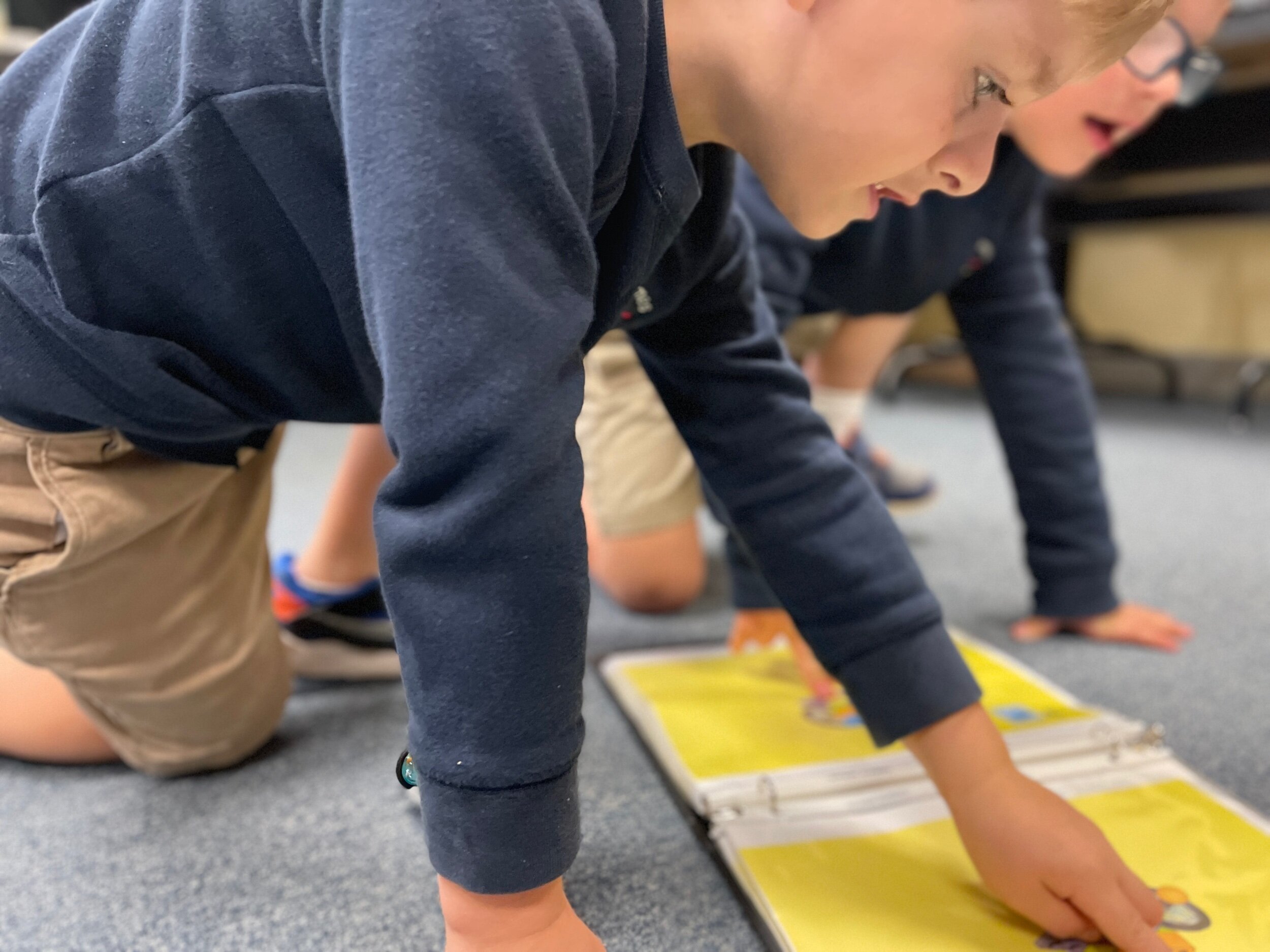
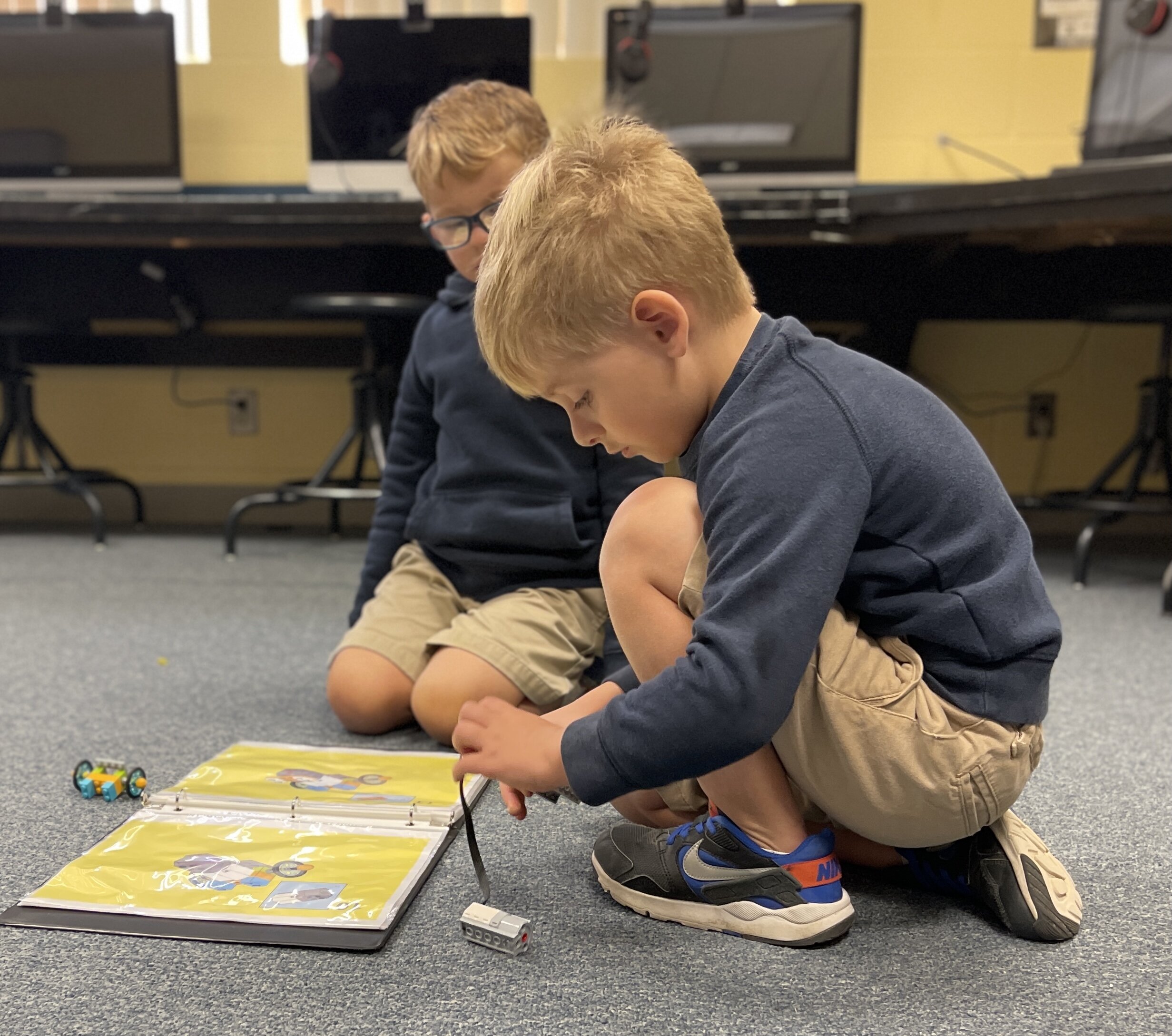
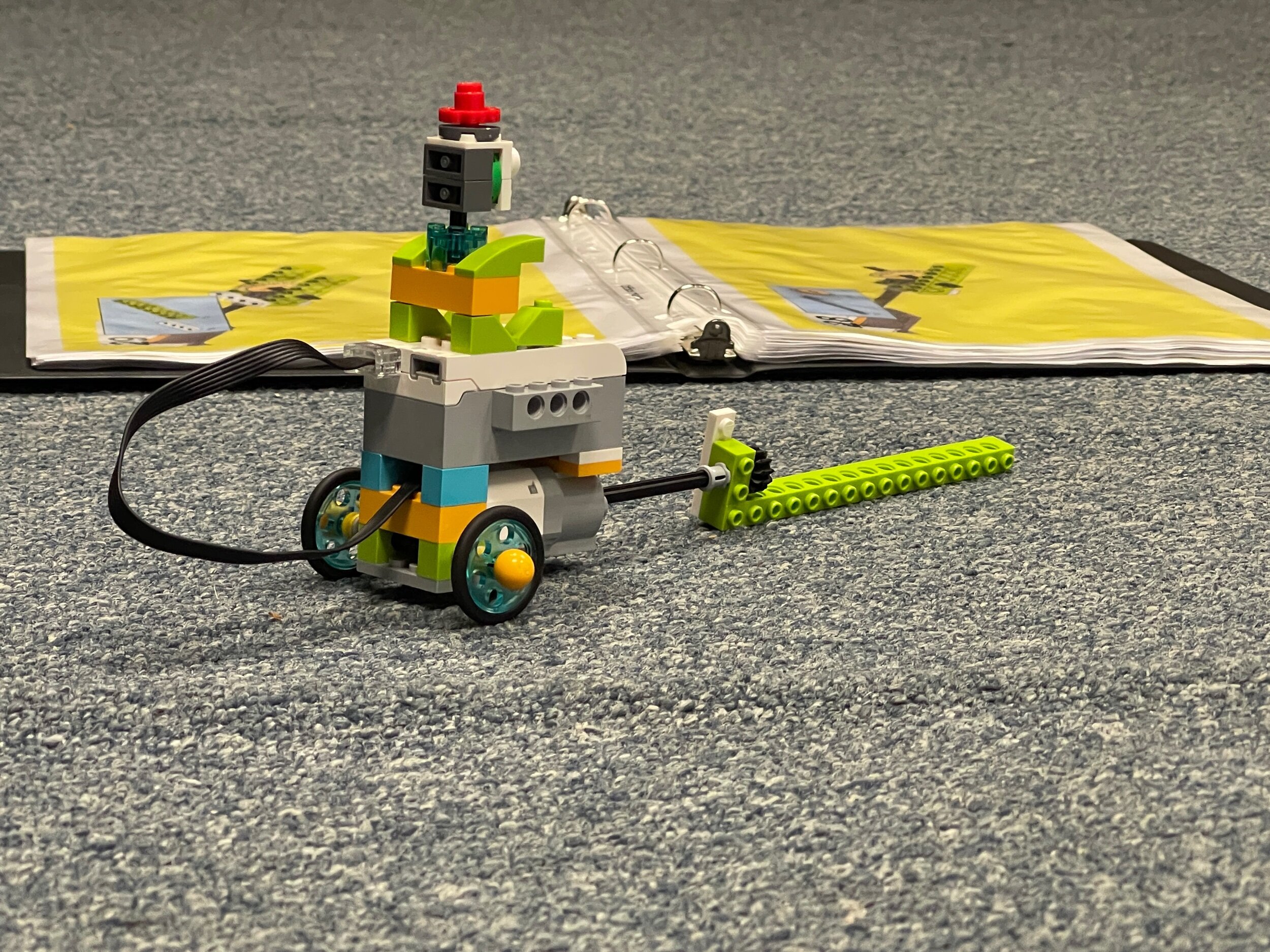
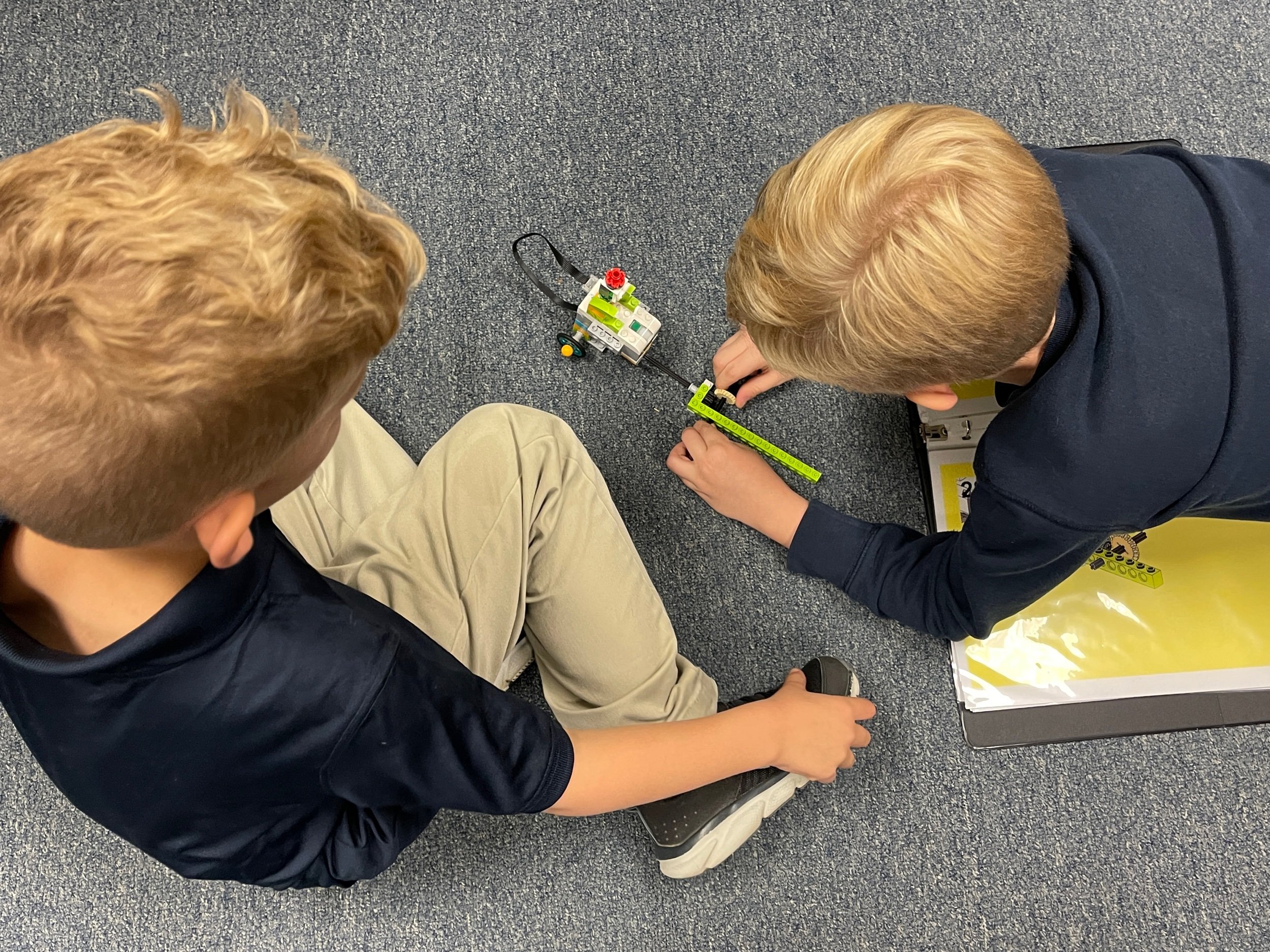
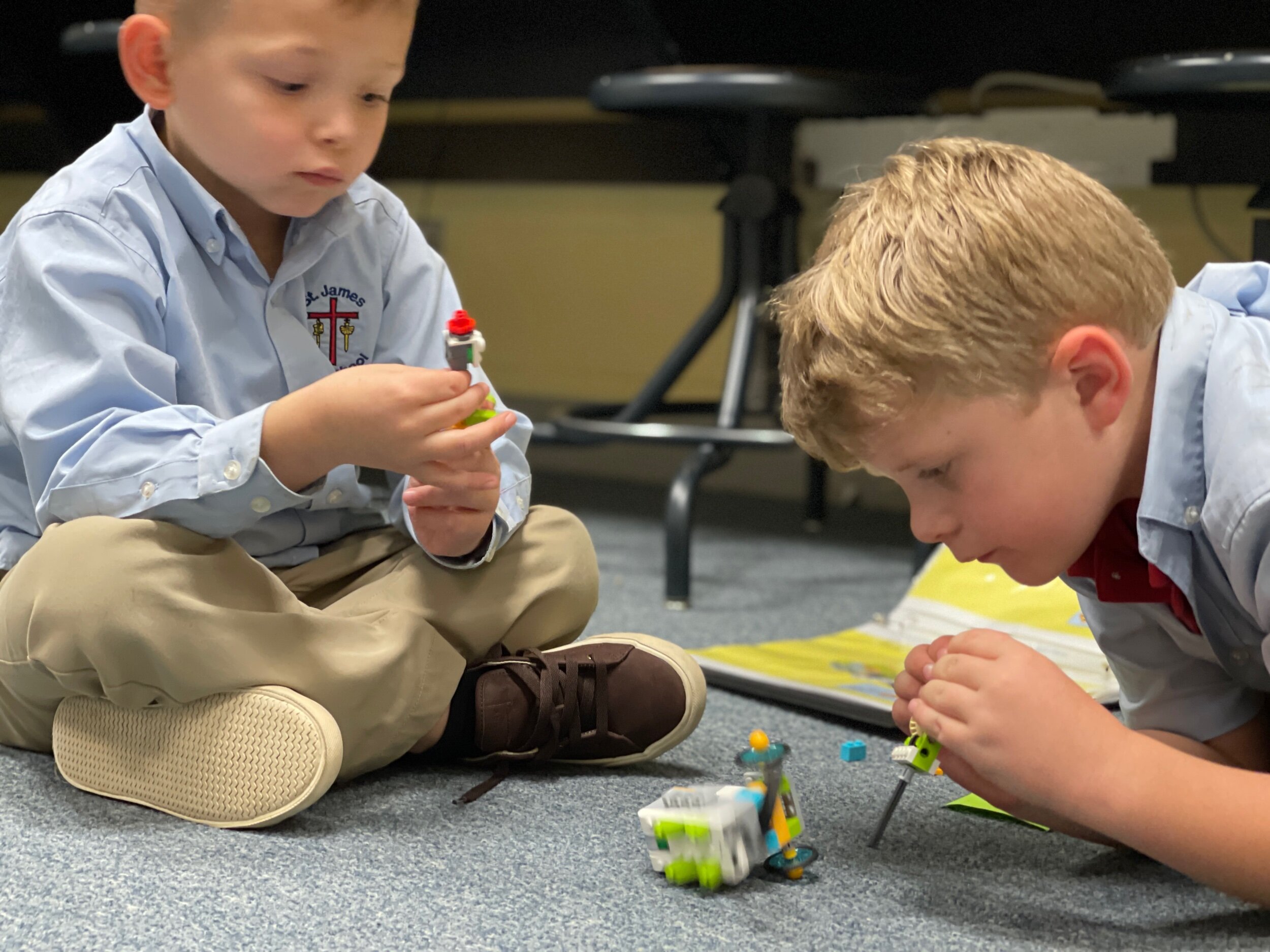
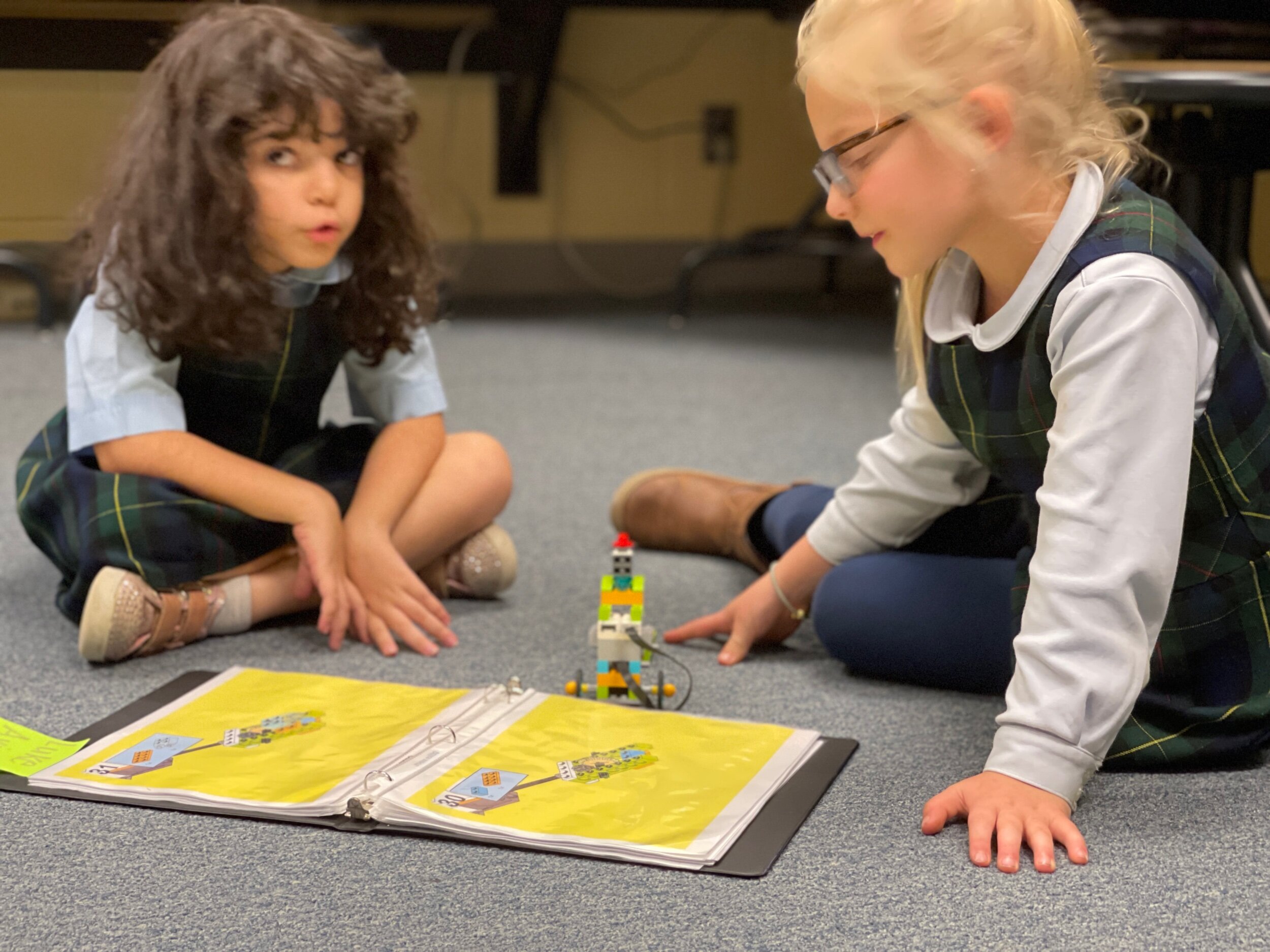
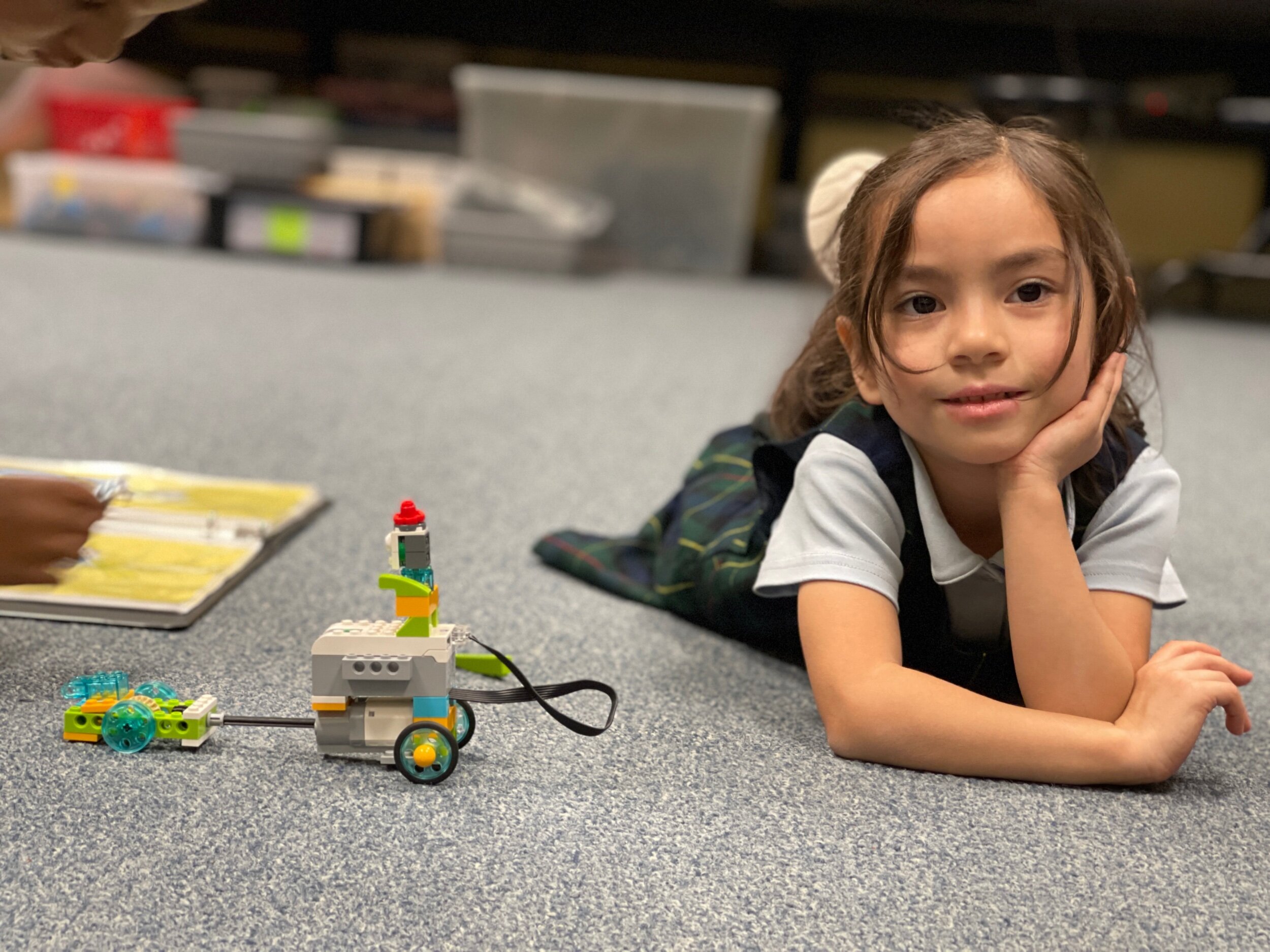
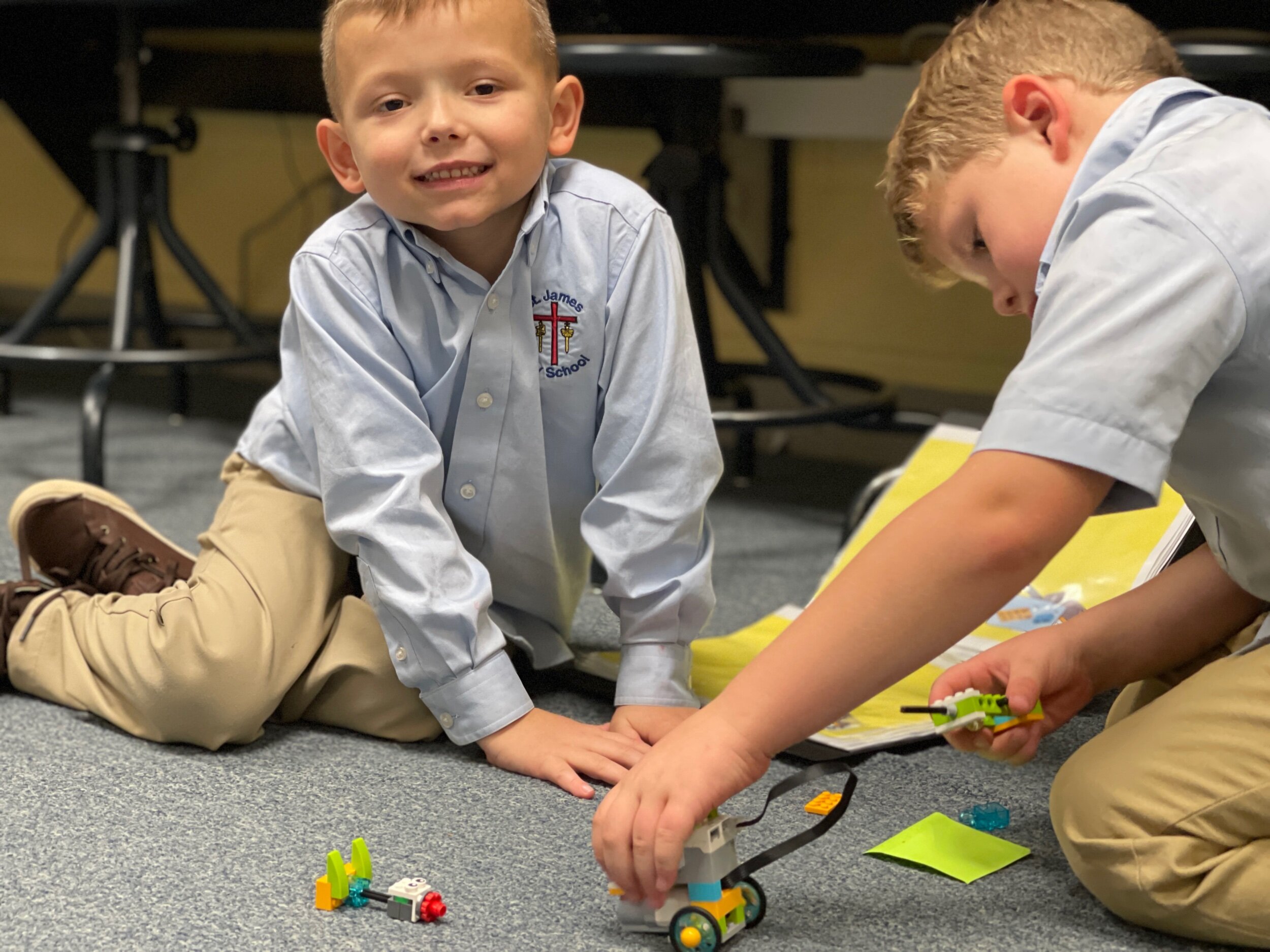
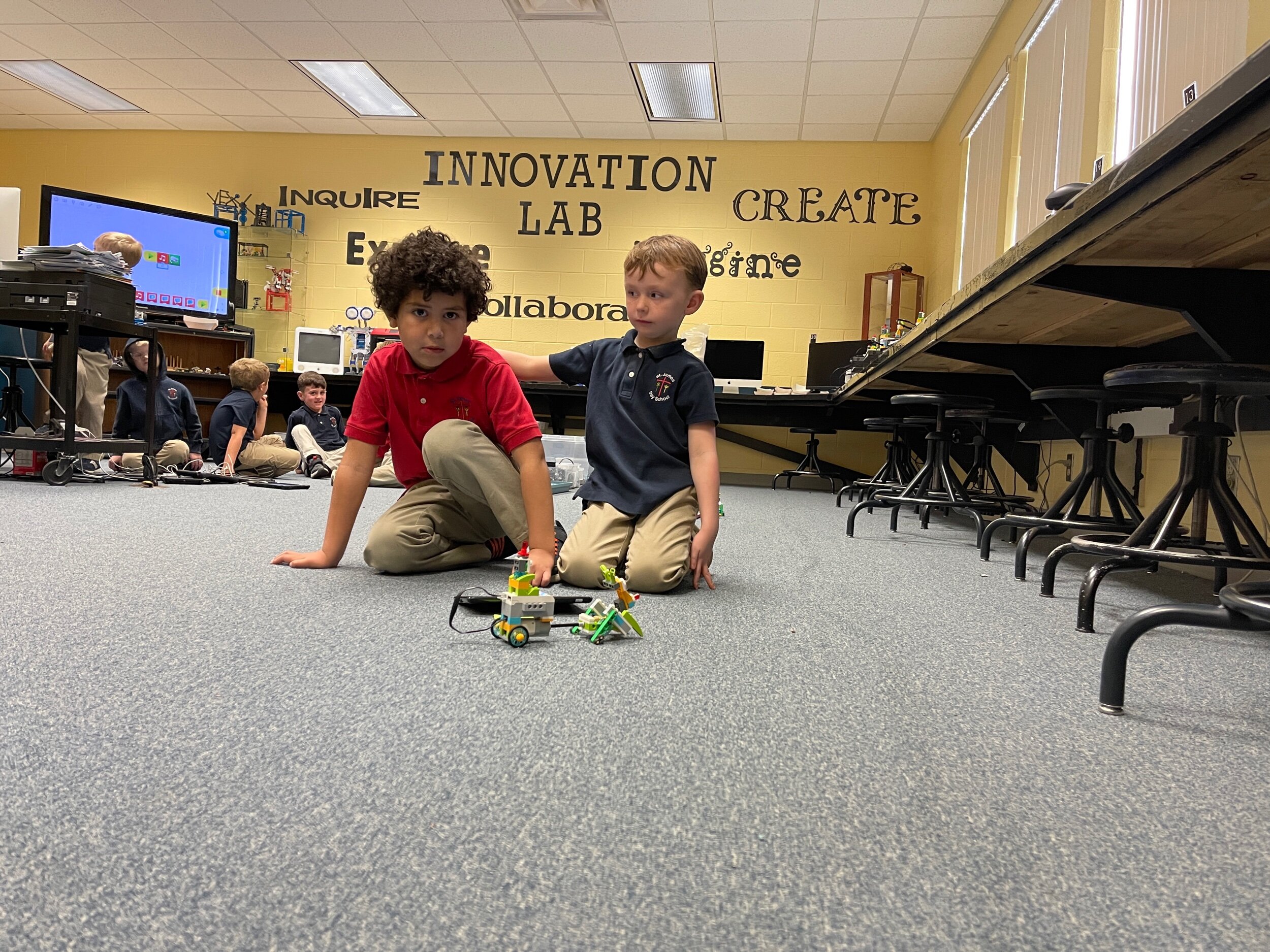
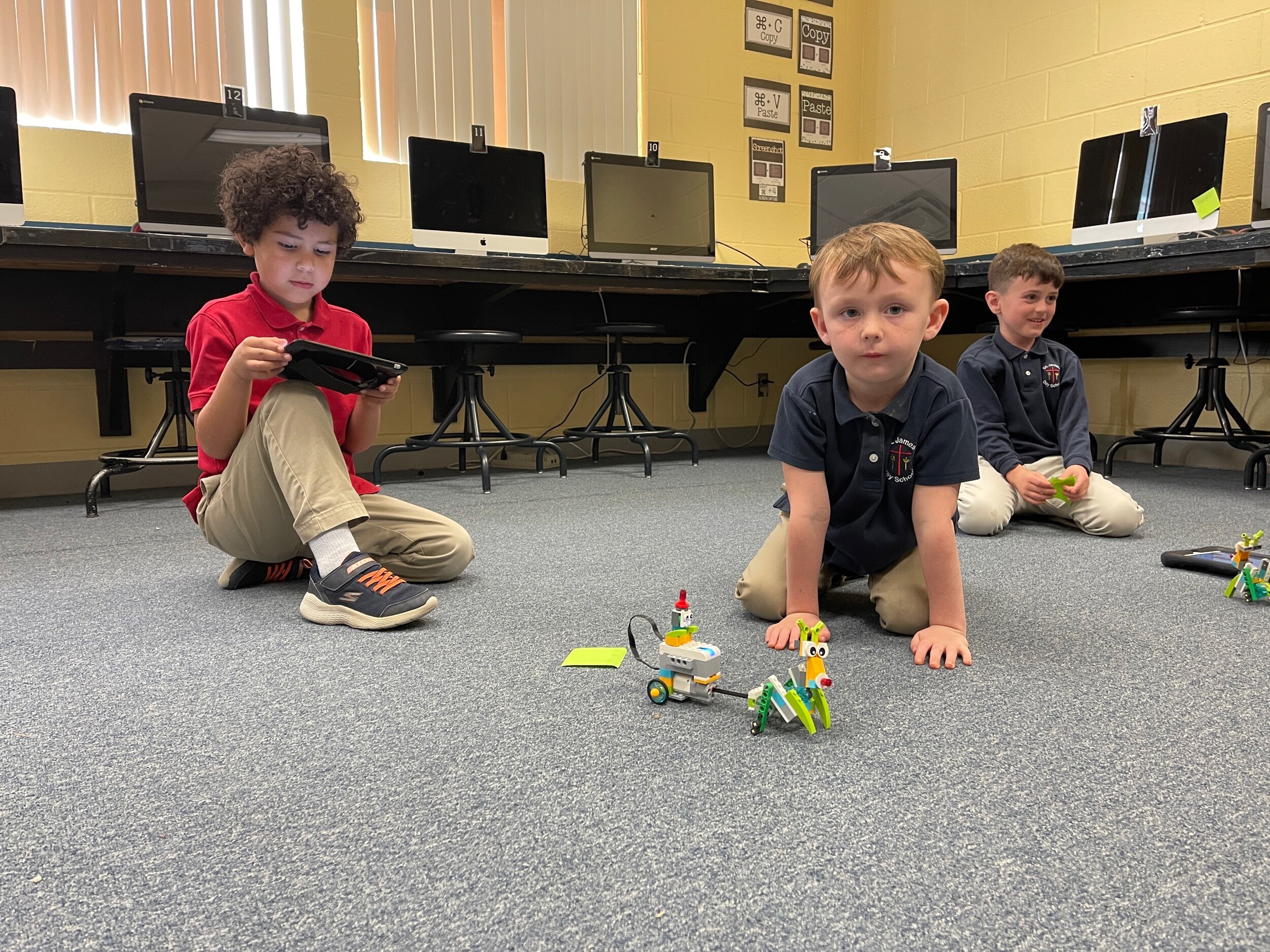
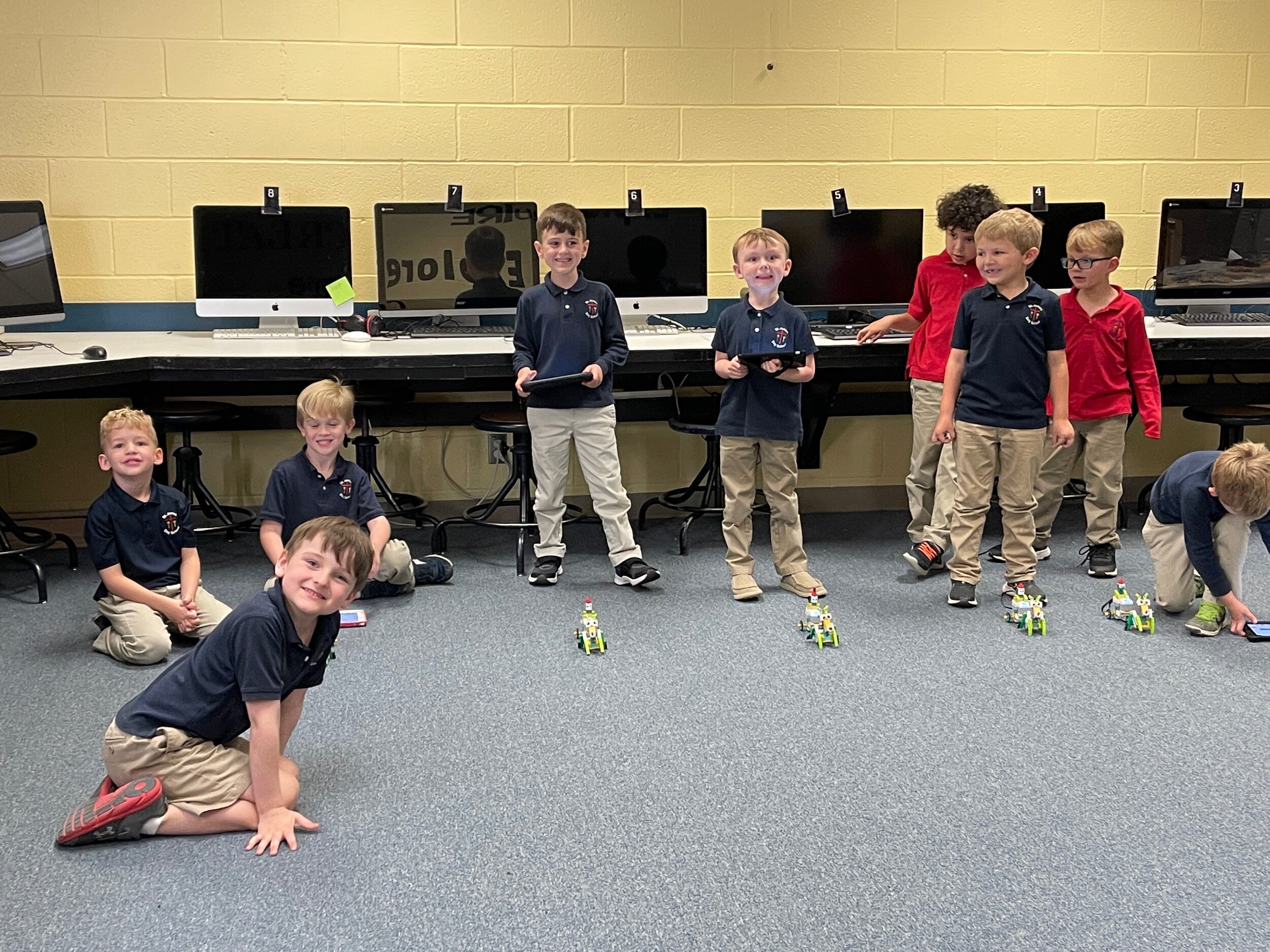
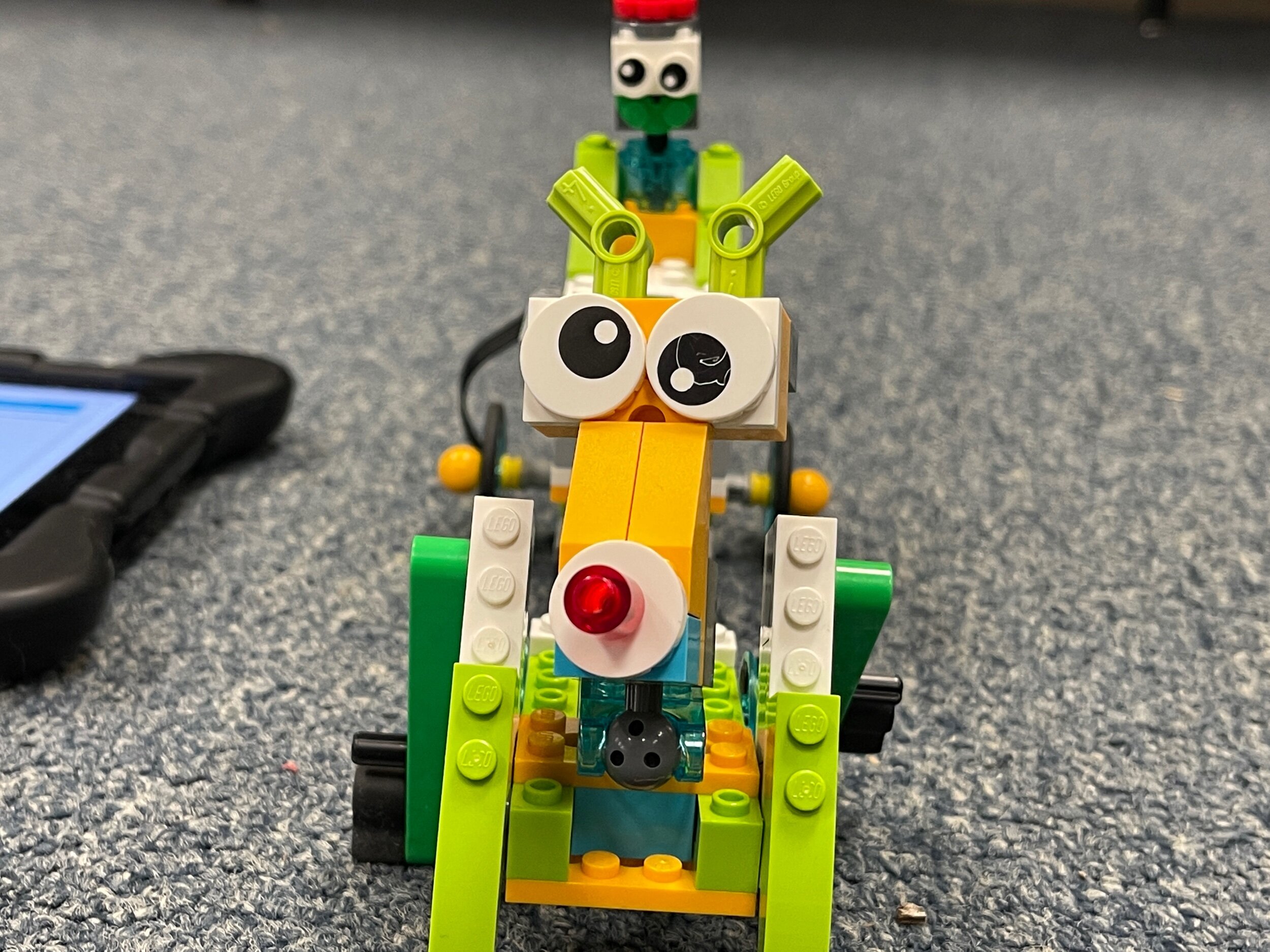
Our first grade and second grade students are starting a new adventure this week. We are learning the names of the parts of LEGO EV3 robotics. We are beginning to build the Riley Rover. This is a basic robot build that we will use to apply our coding skills that we have been practicing in CodeSpark.
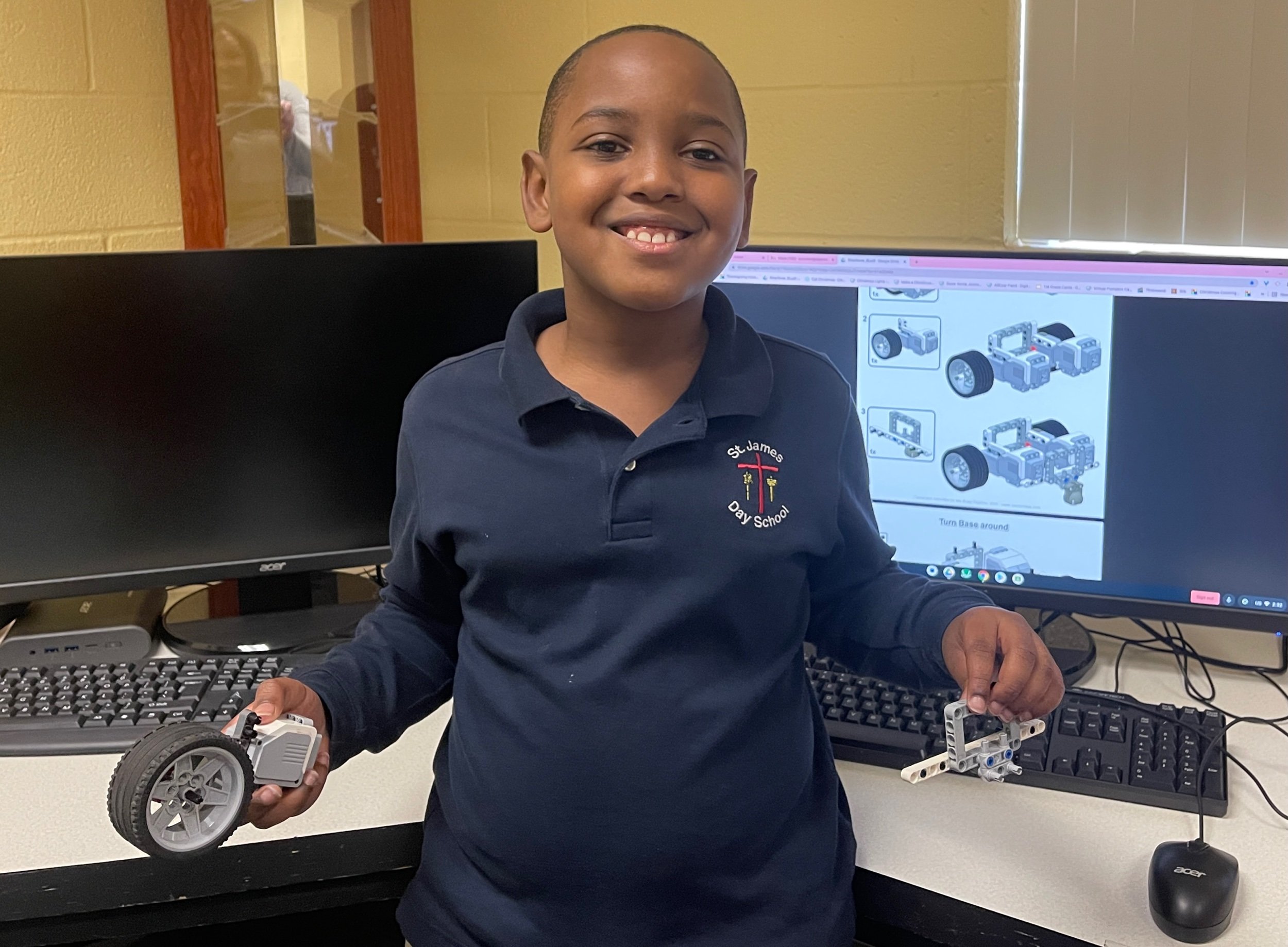
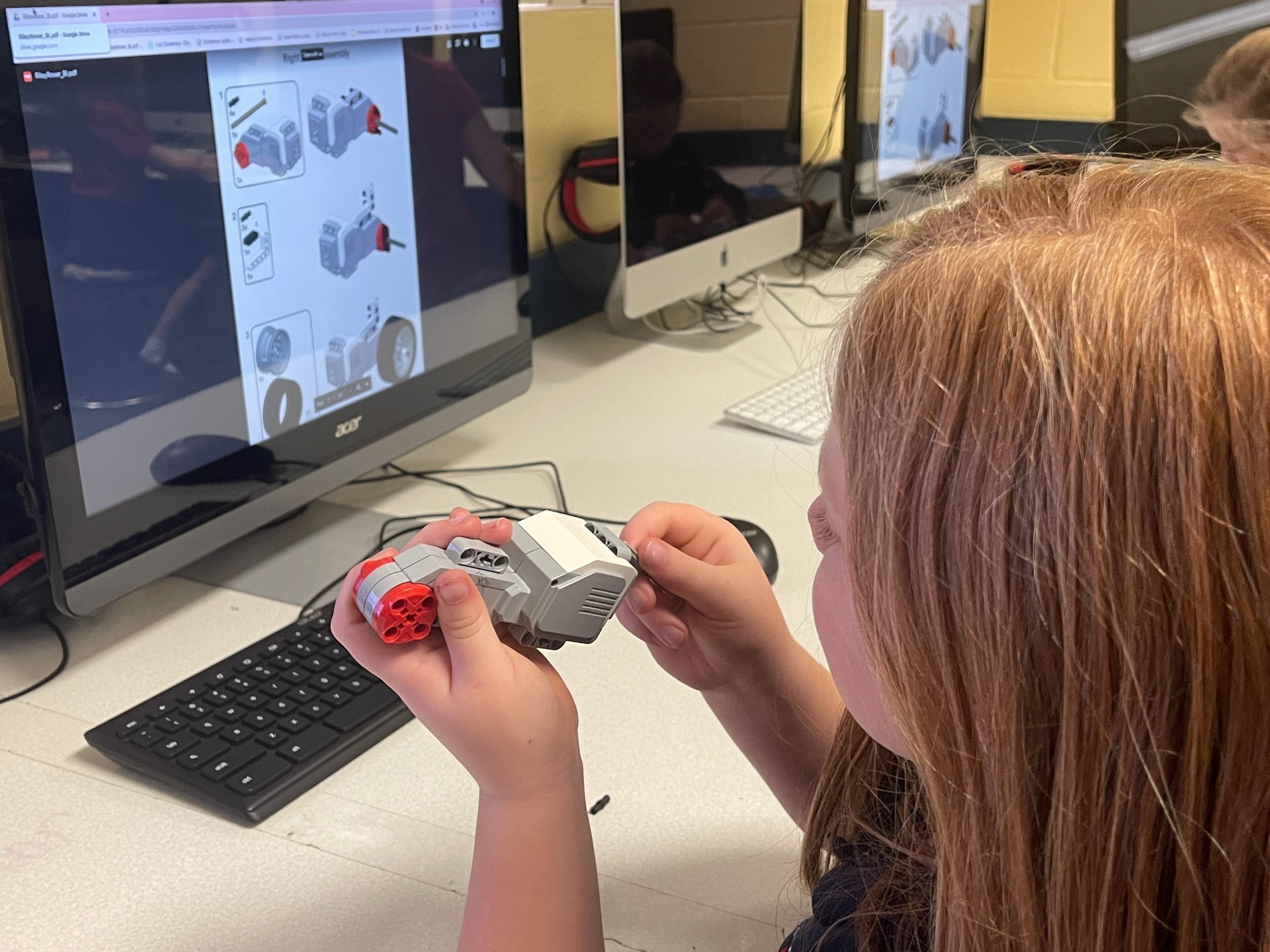
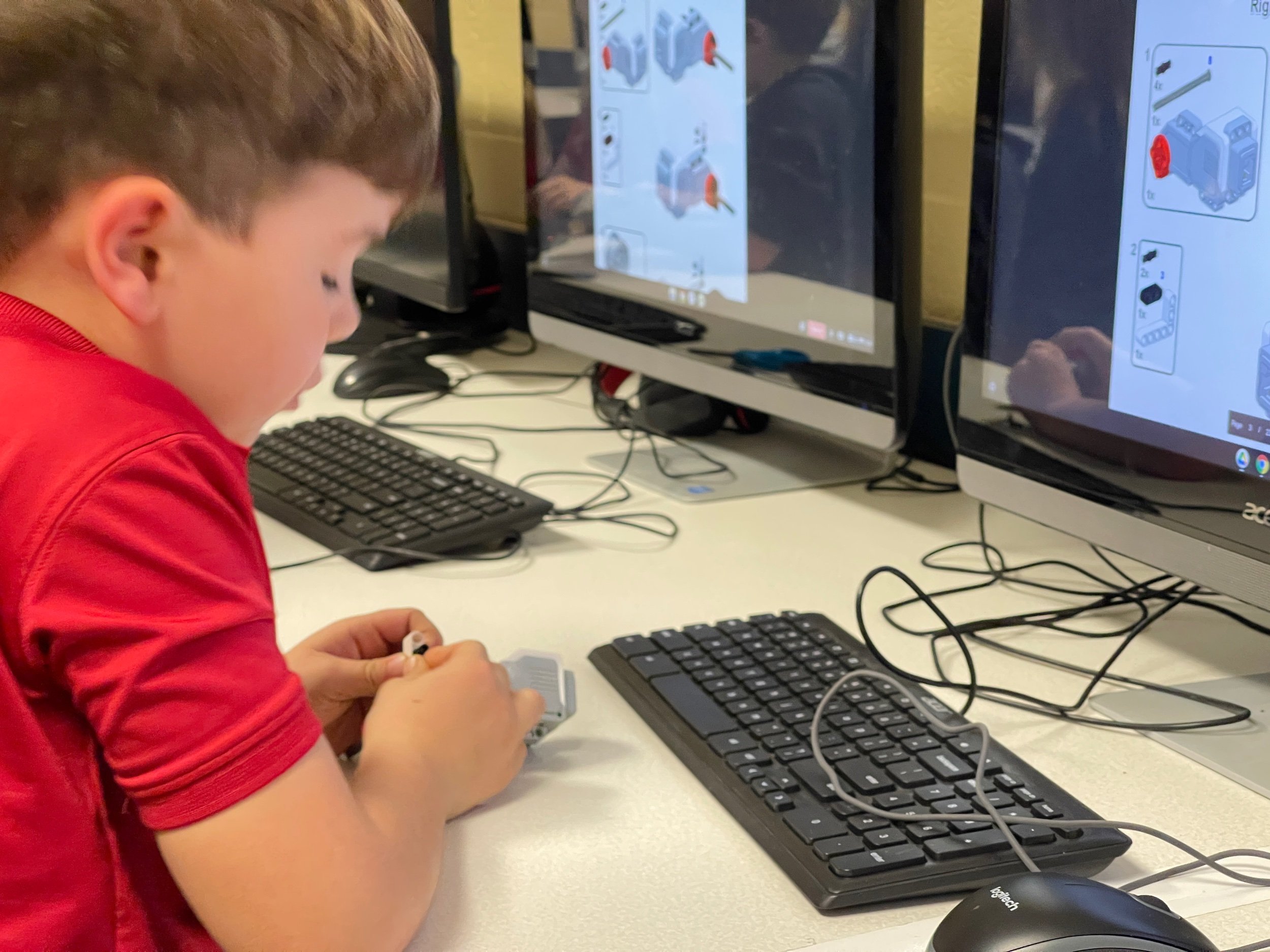
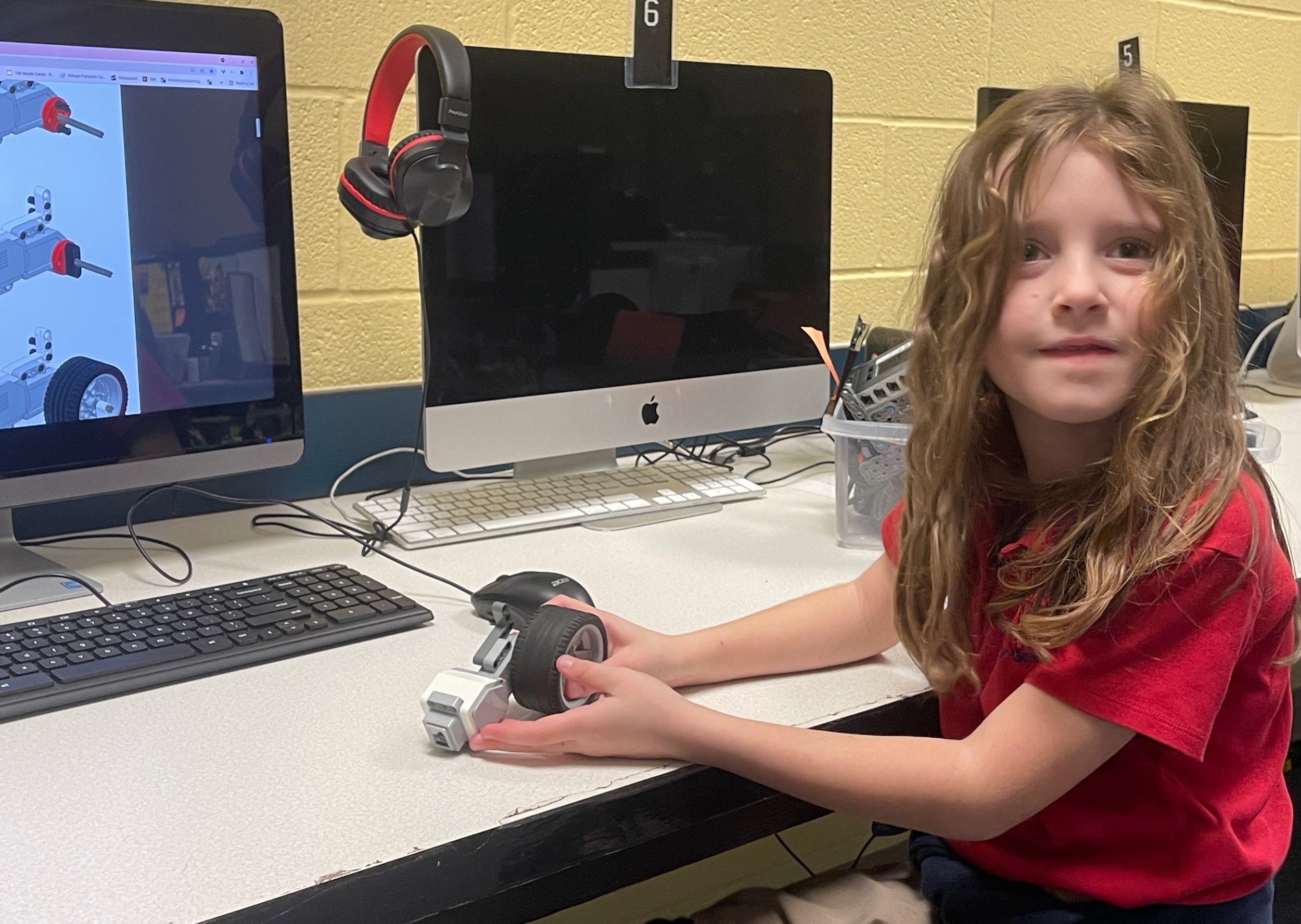
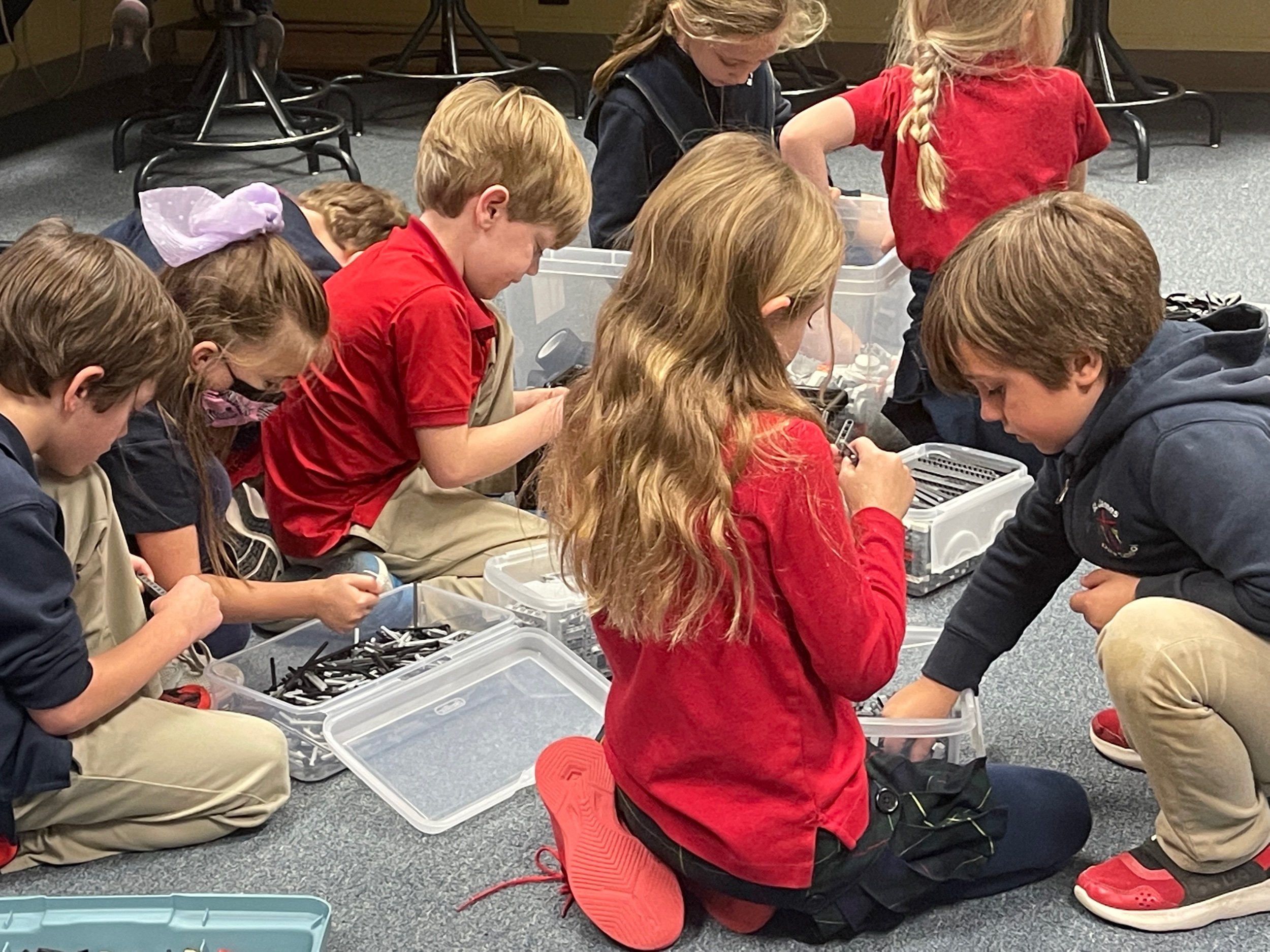
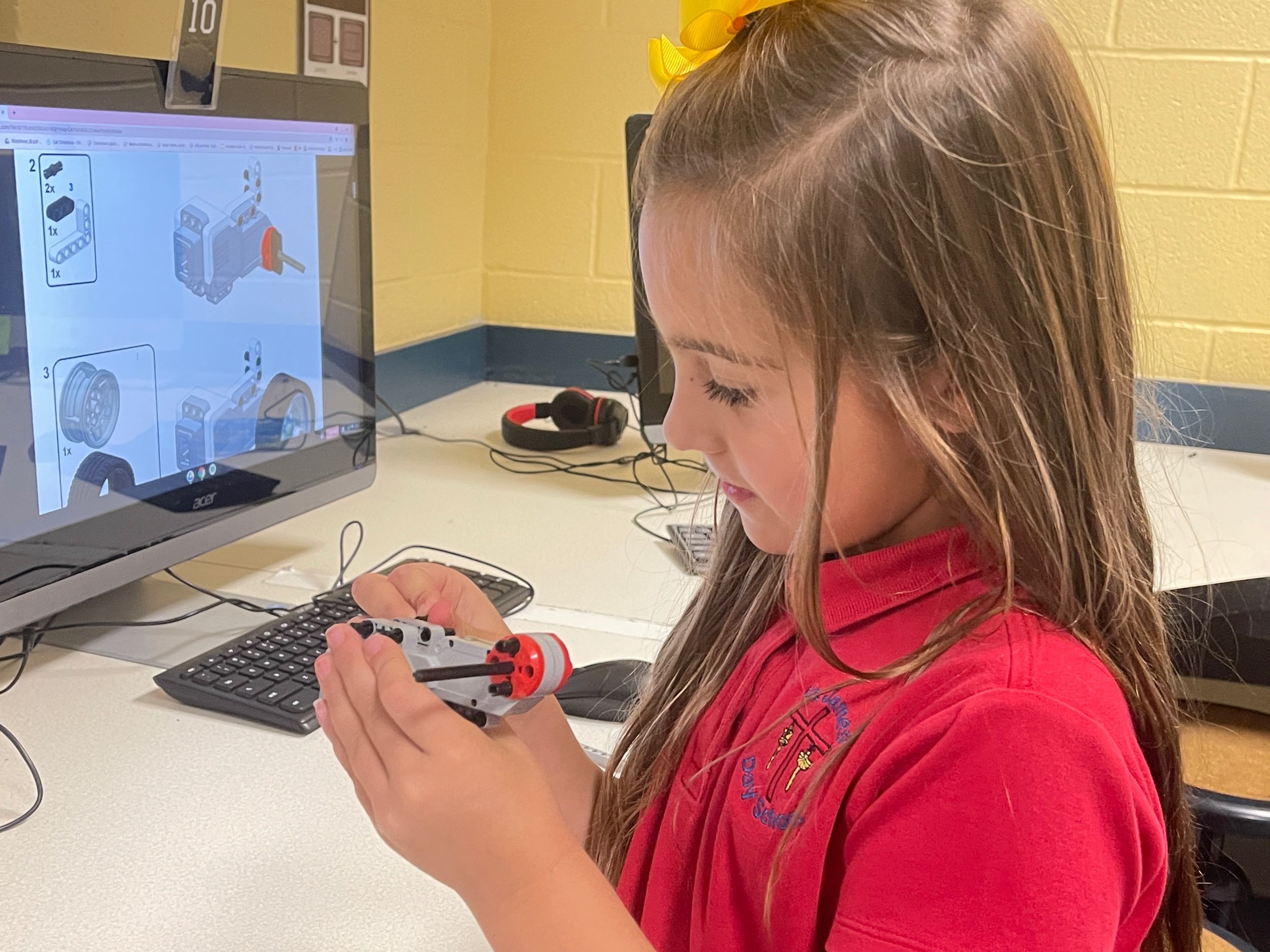
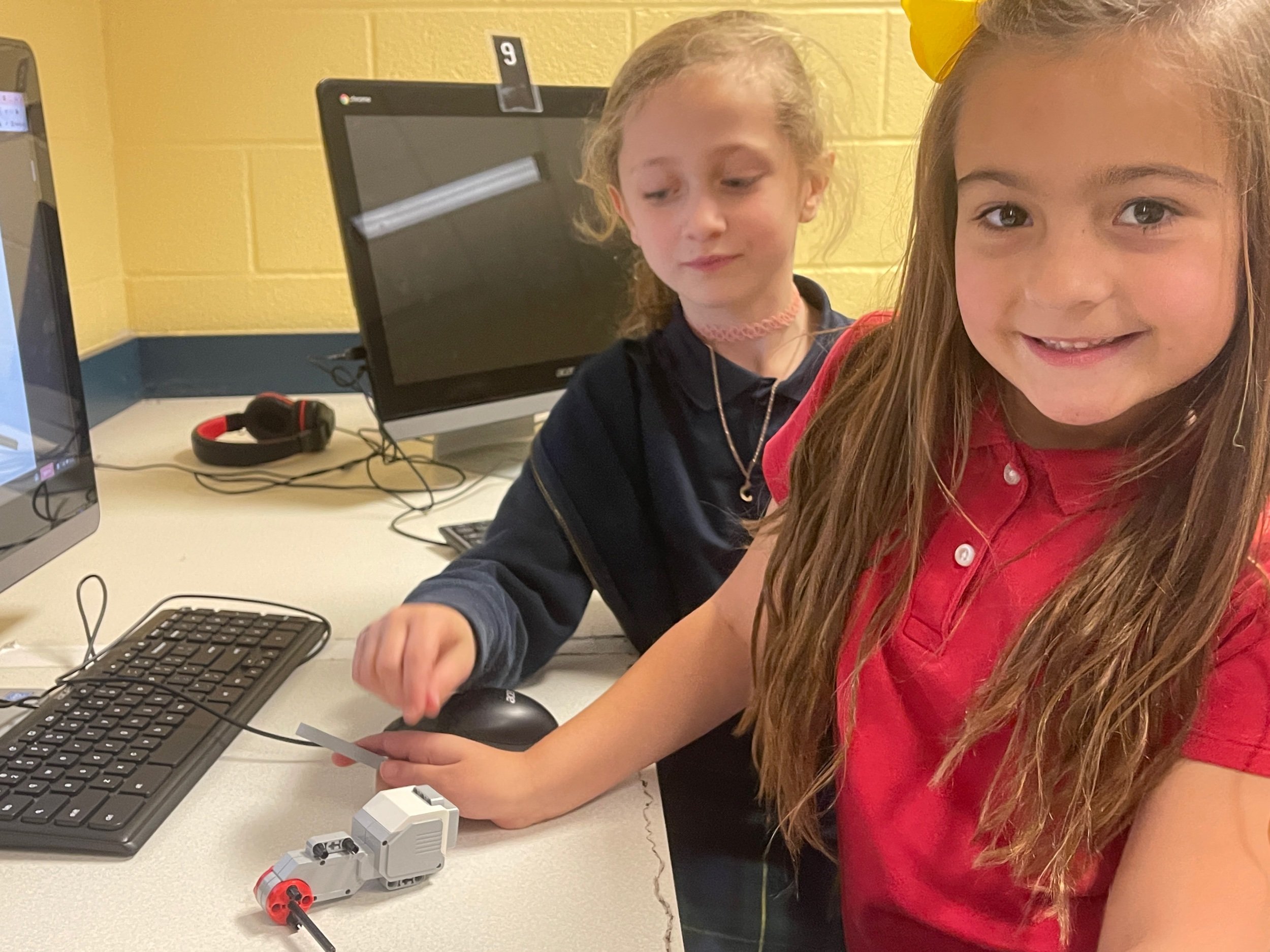
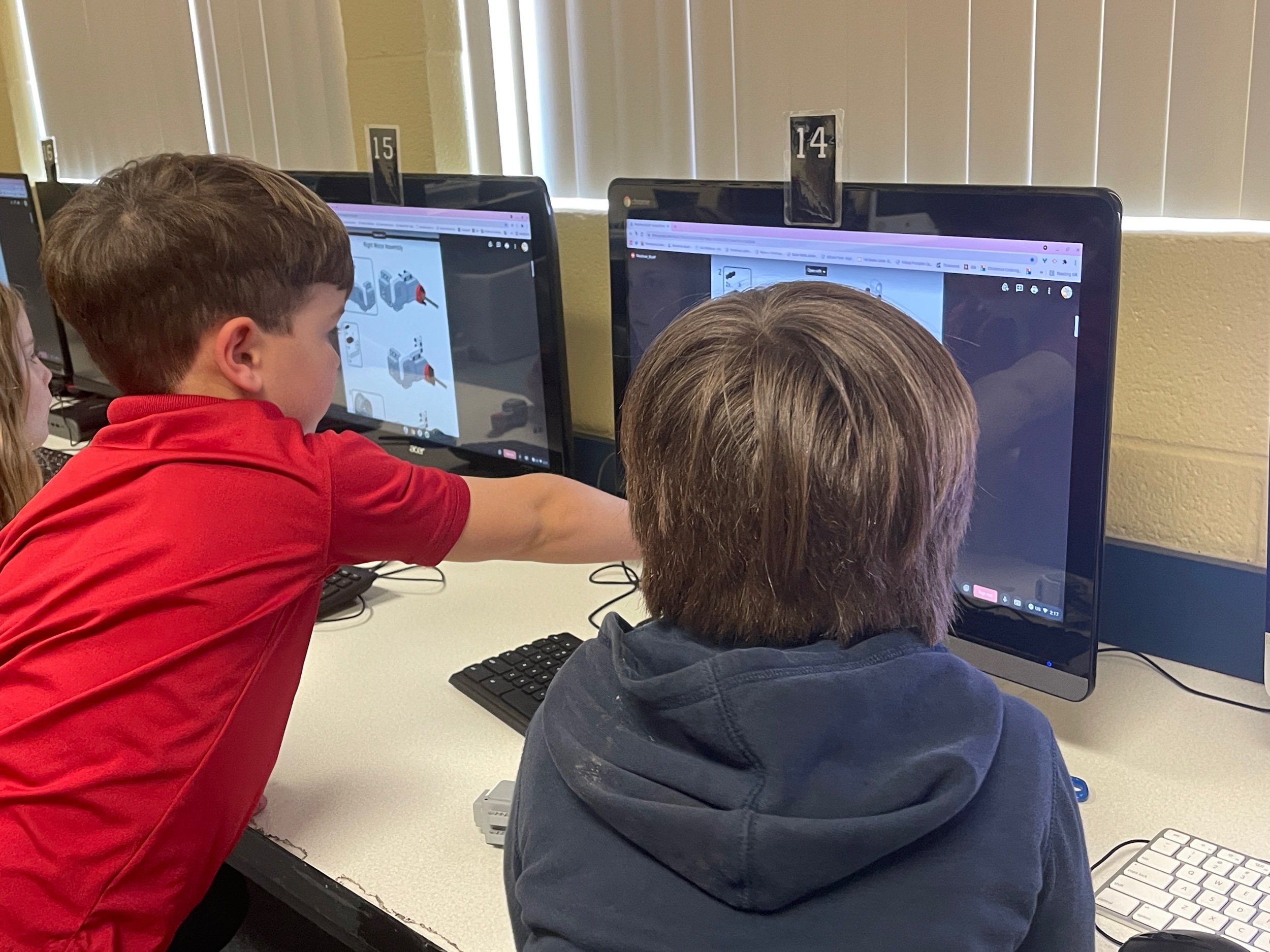
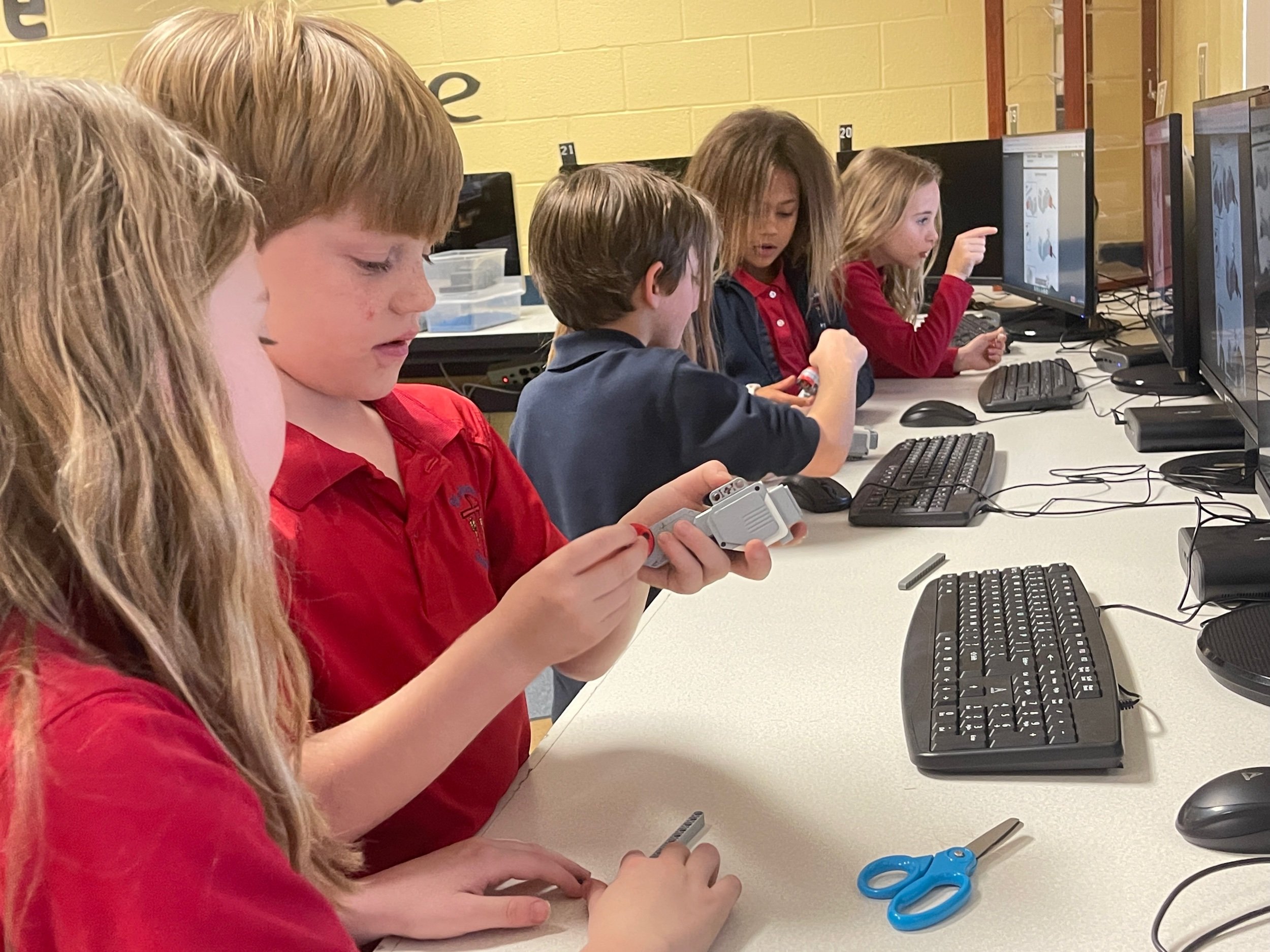
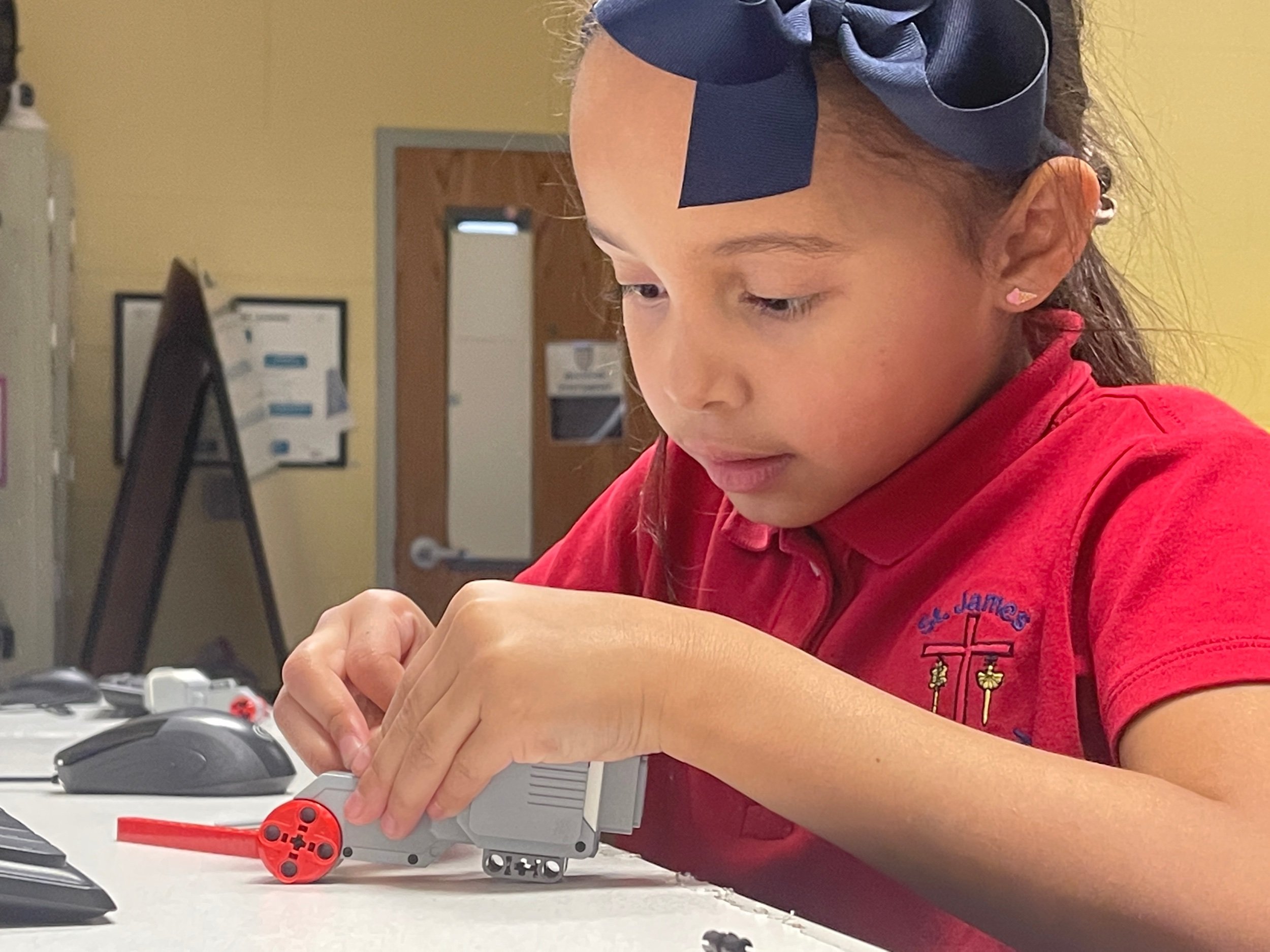
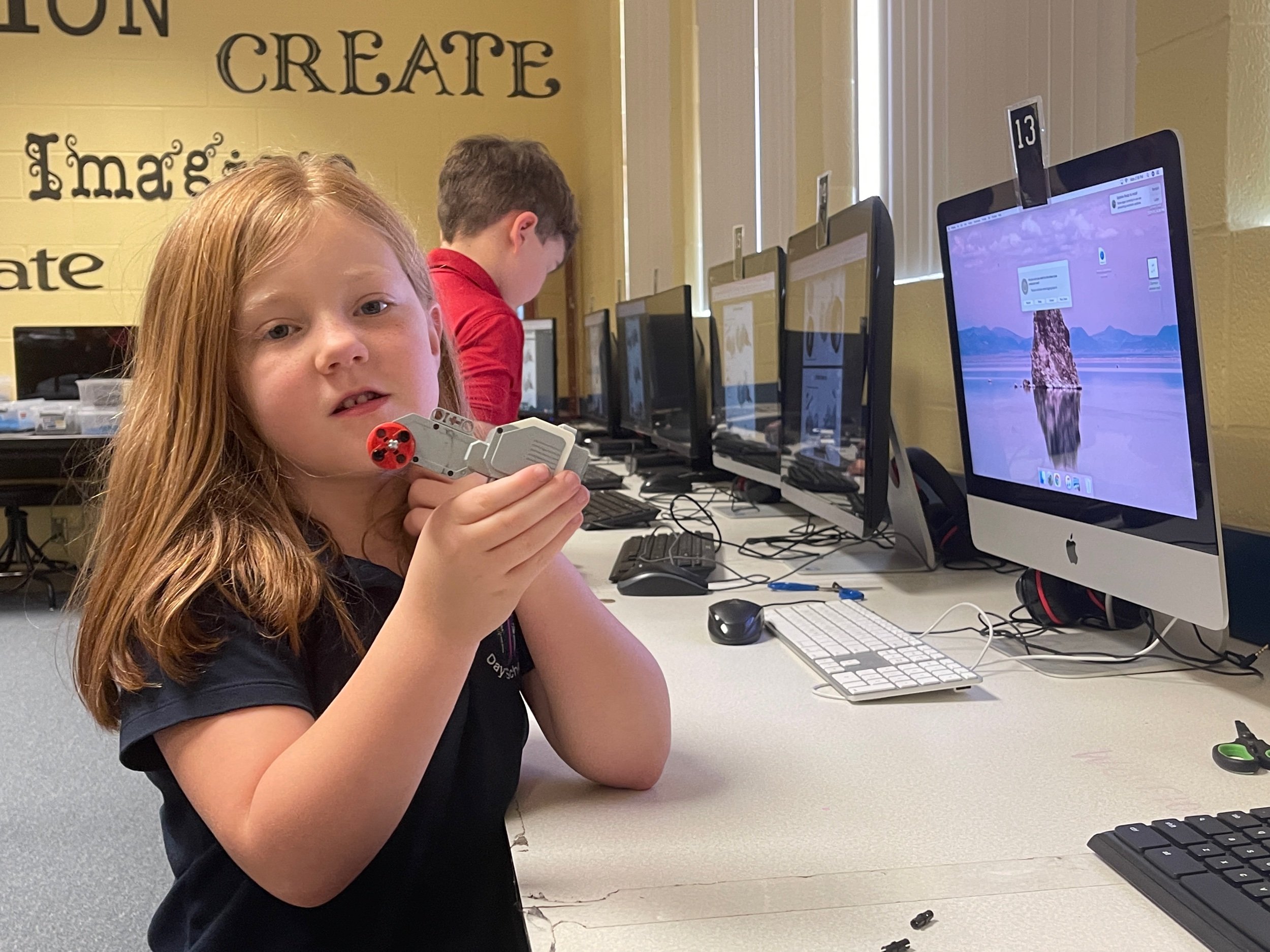
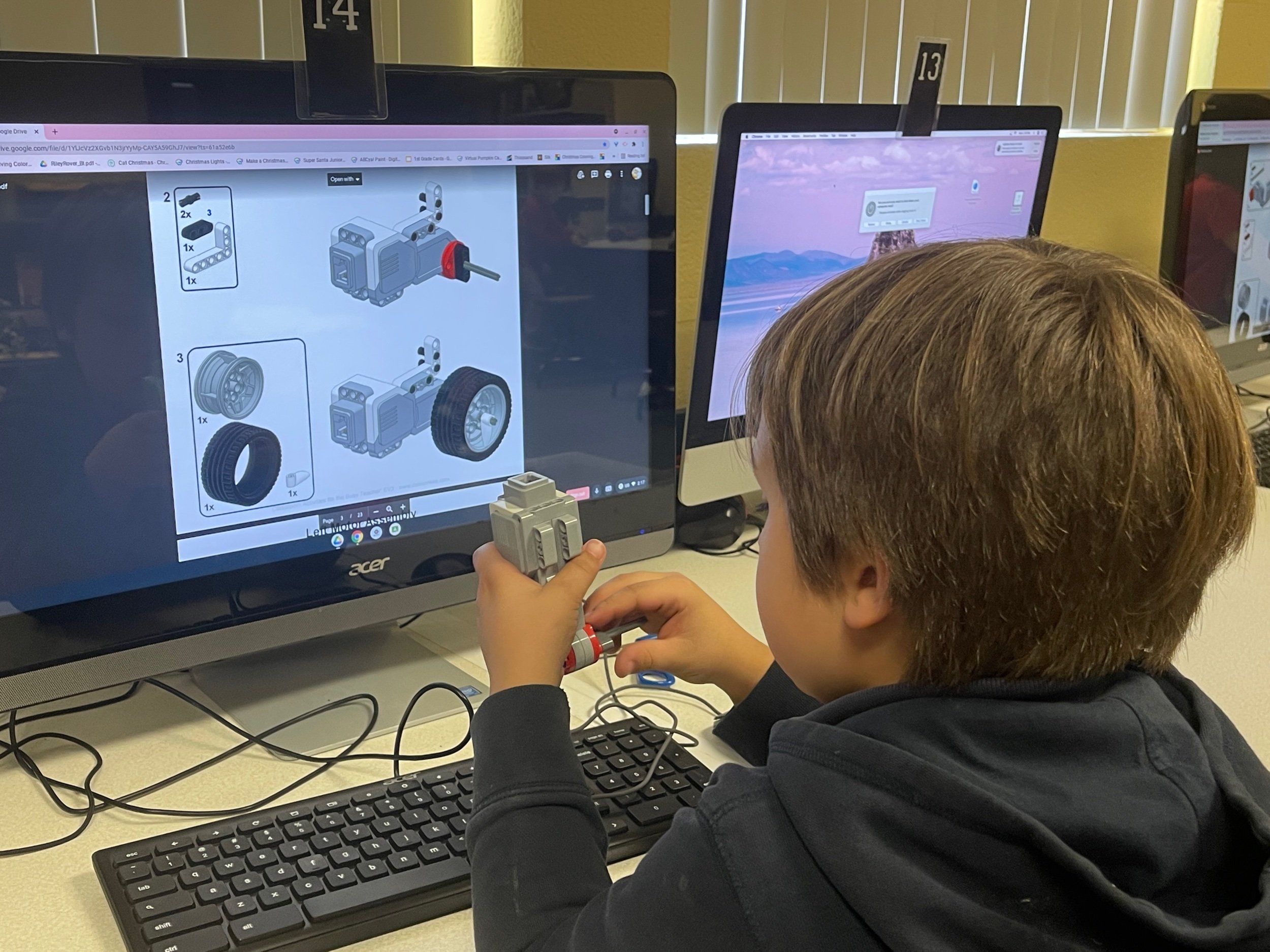
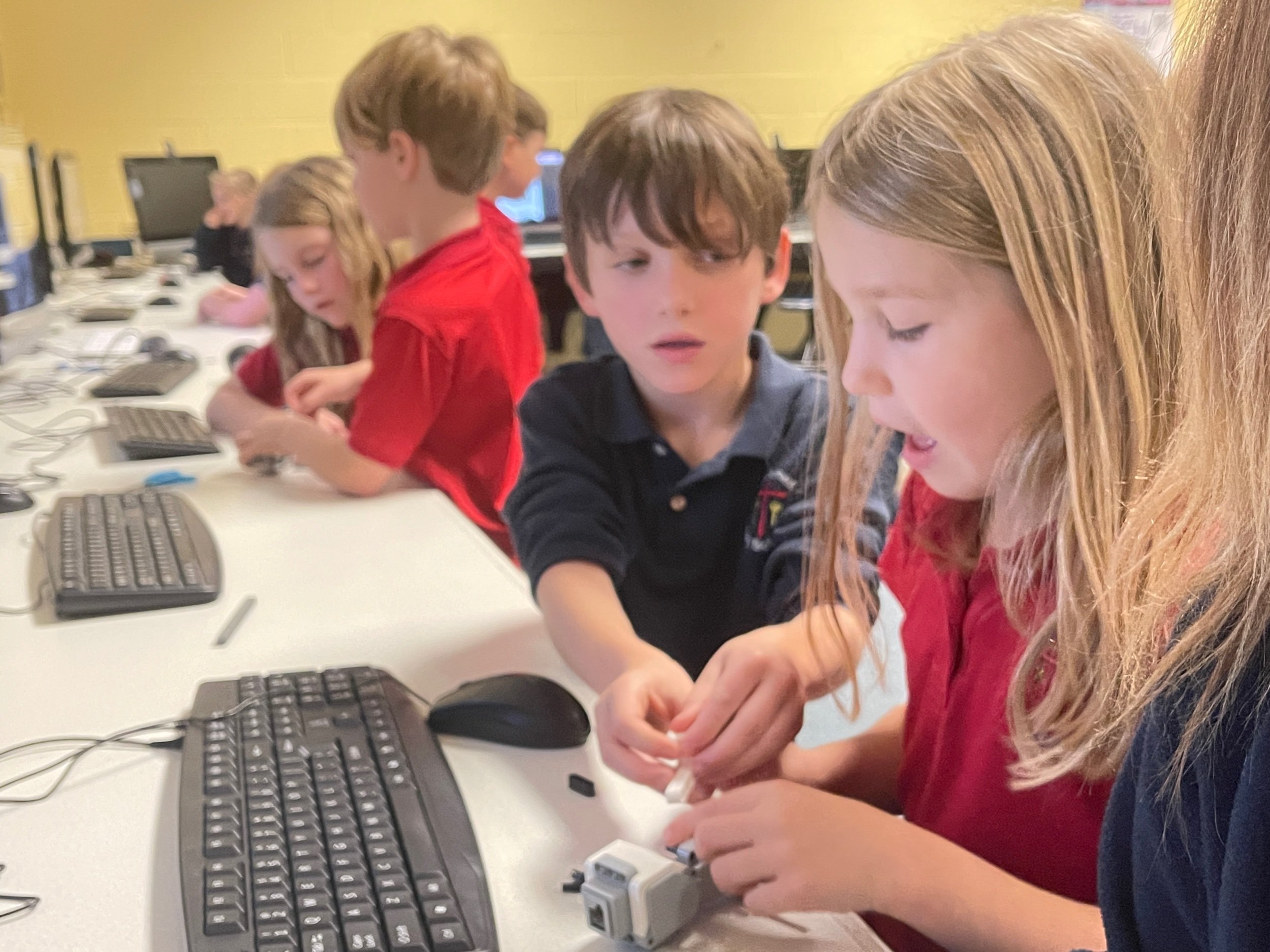
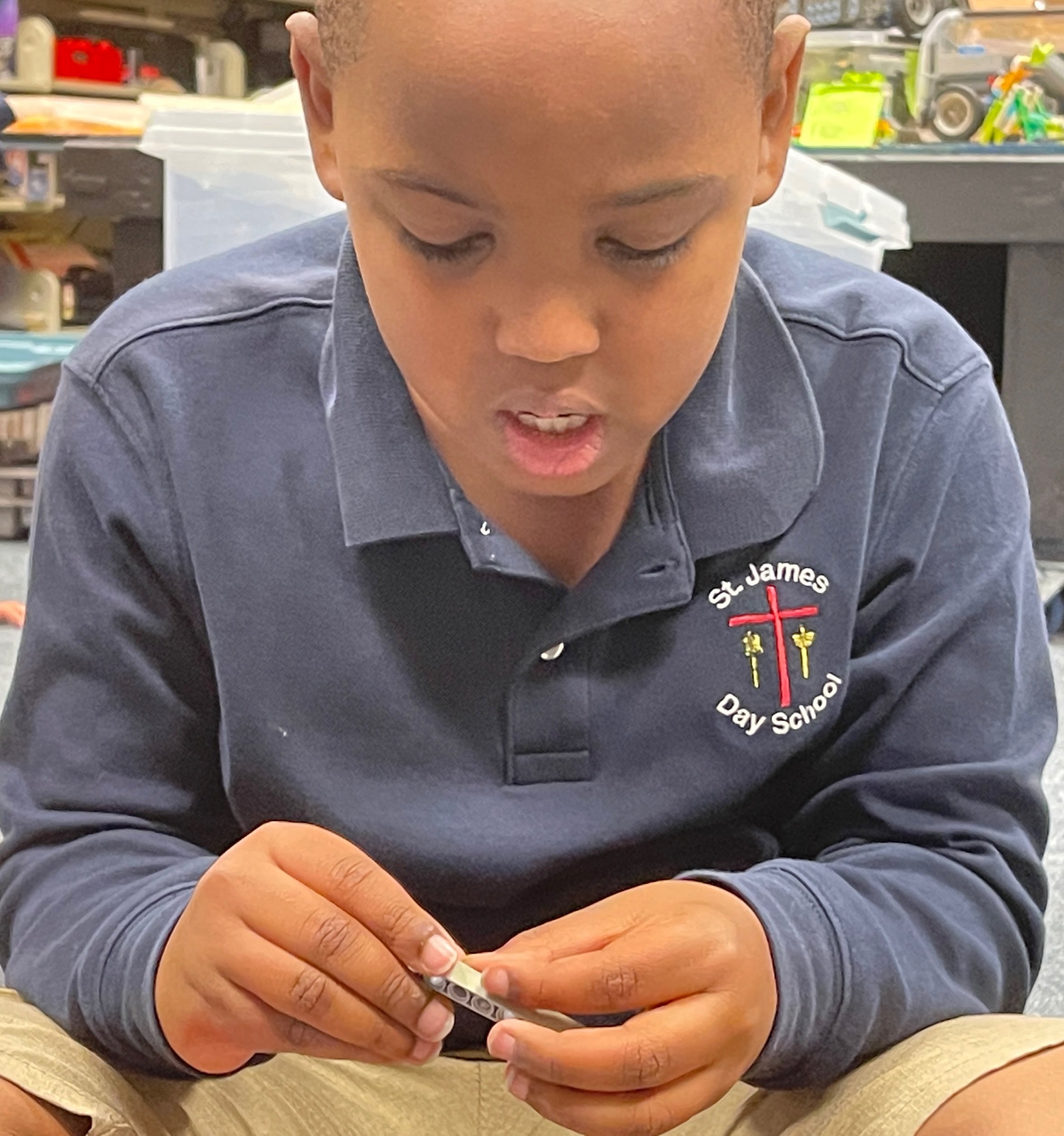
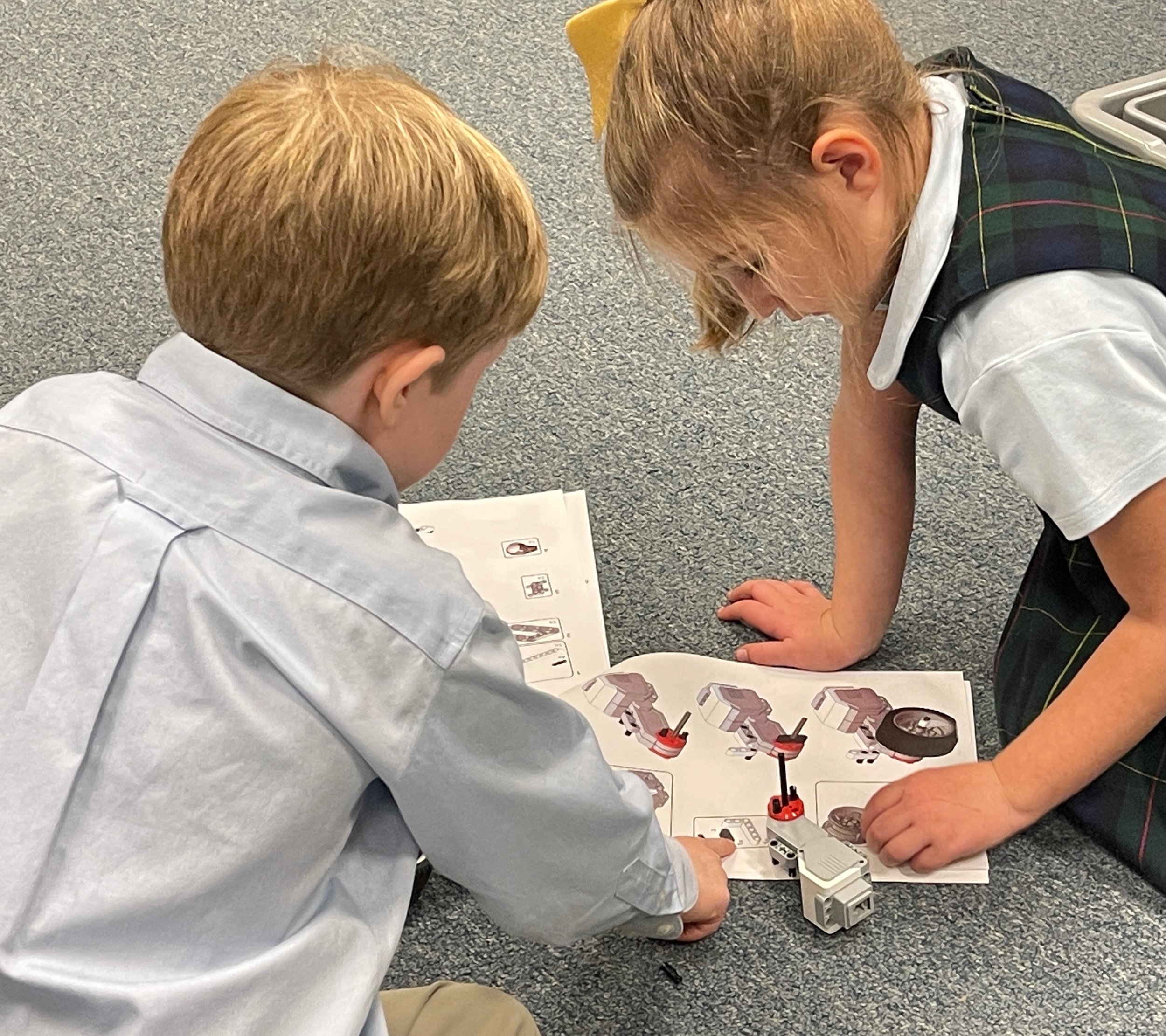

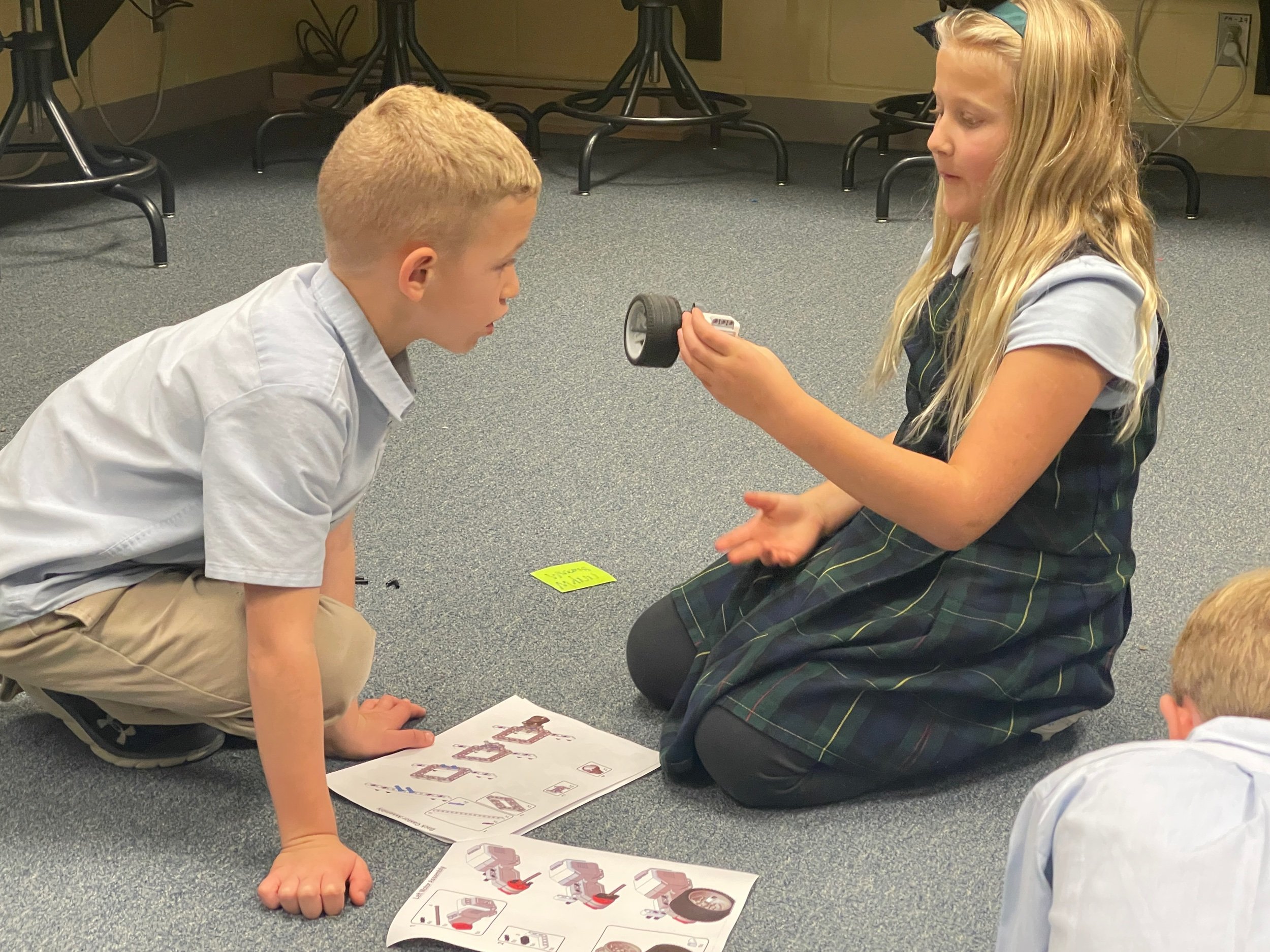
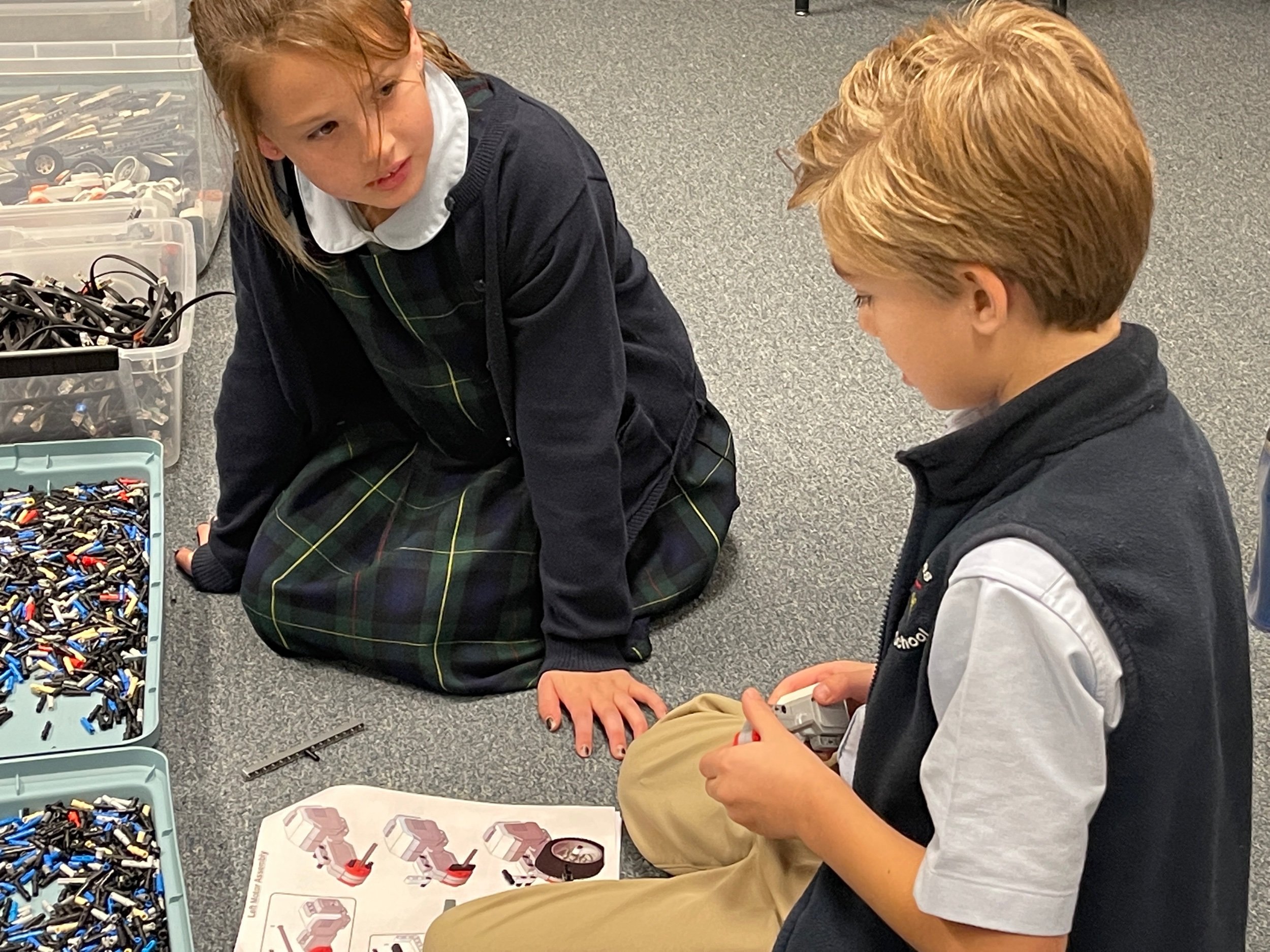
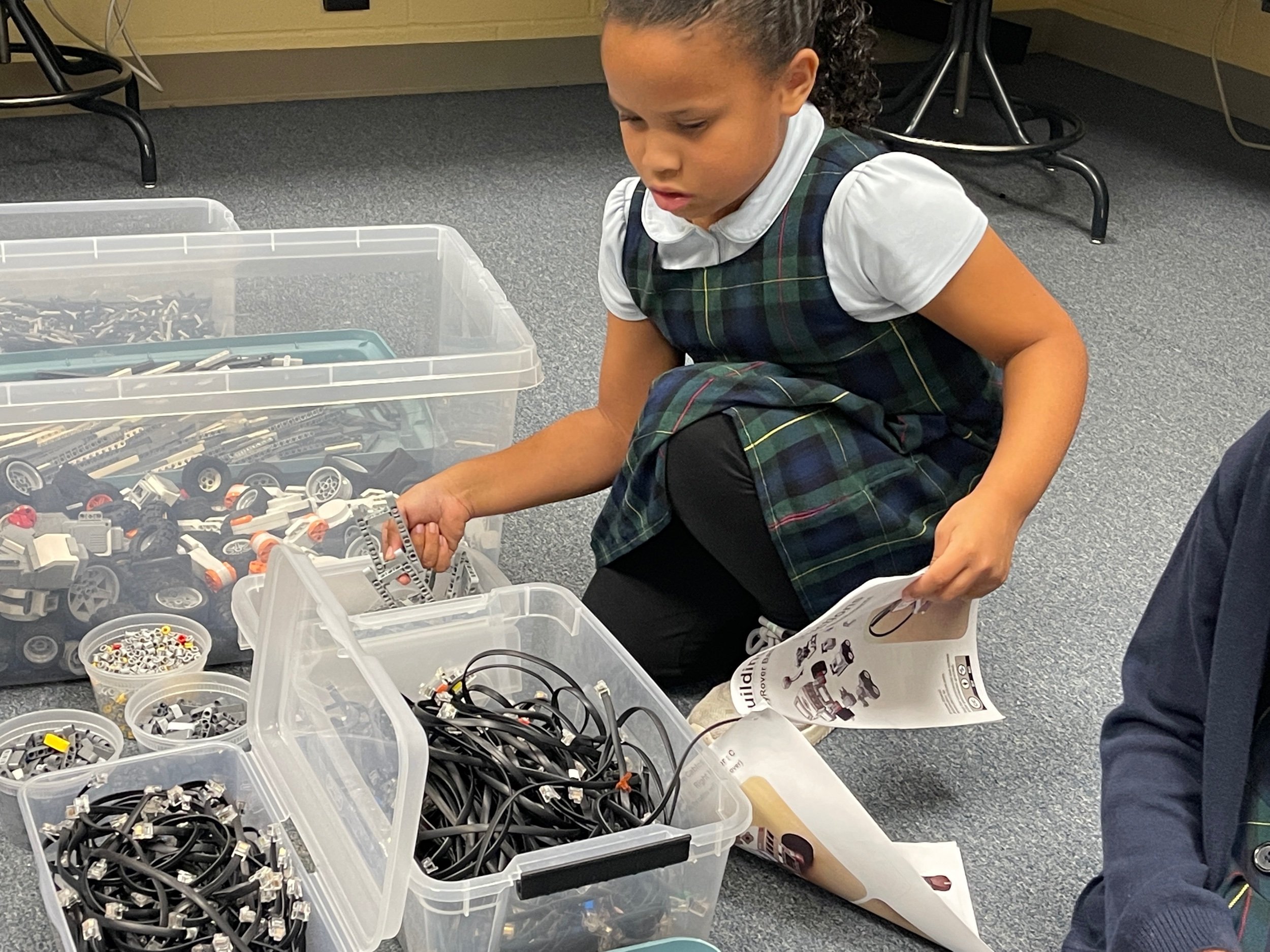
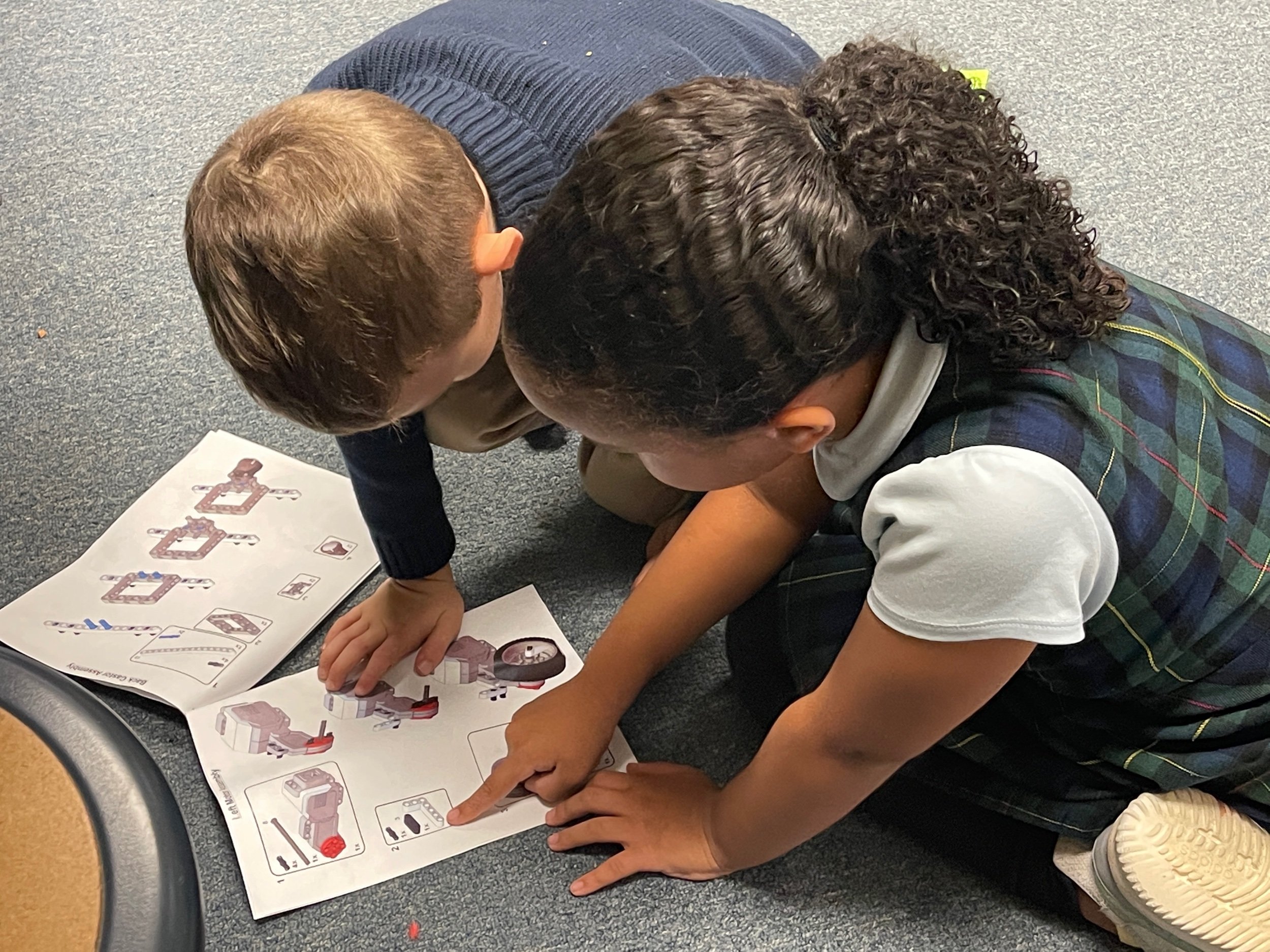

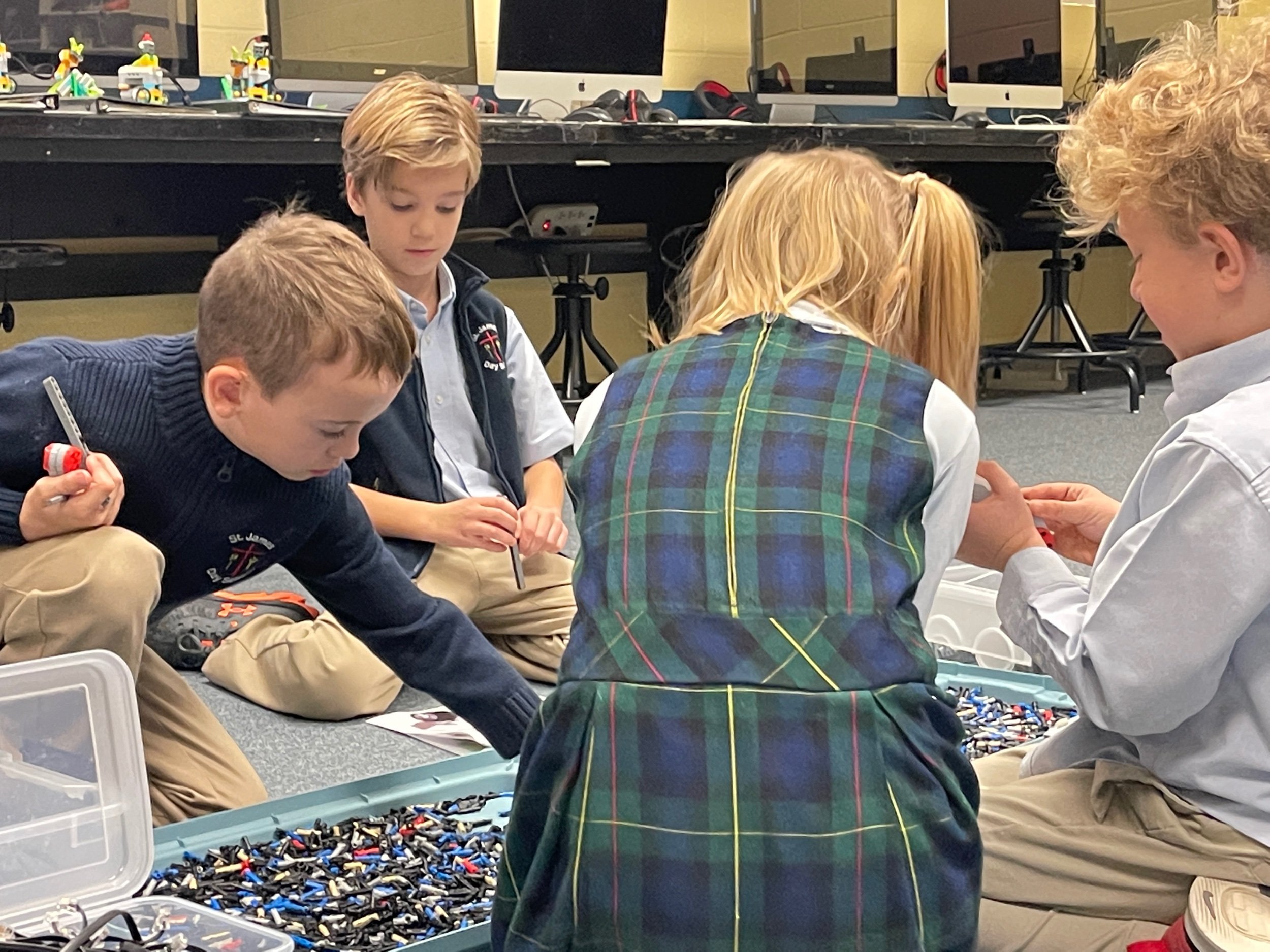

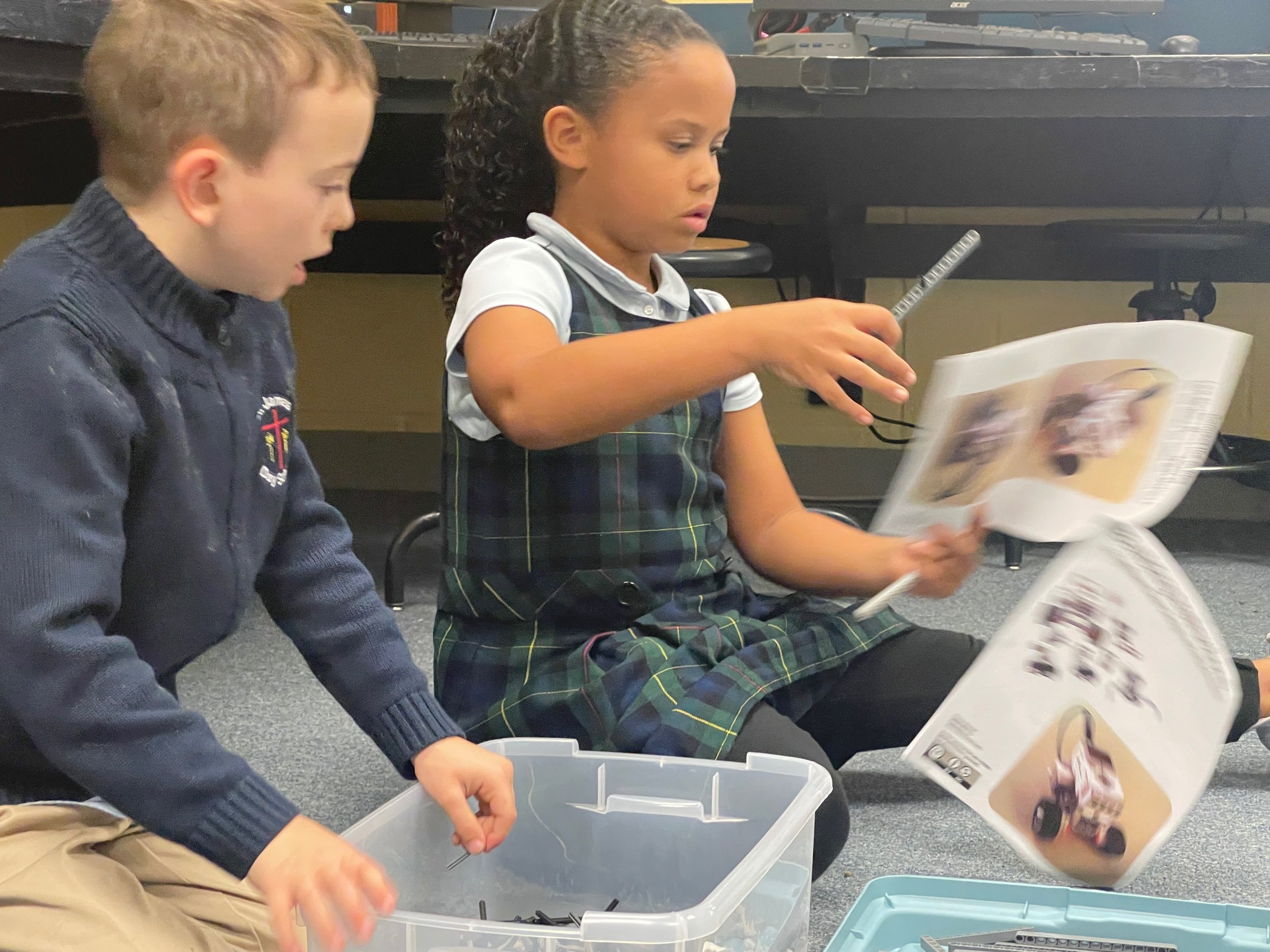
The primary goal of the Holiday Card Challenge and #cards2connect Programs is the collection and delivery of personalized, signed expressions of respect, caring, and gratitude to US Troops, Veterans, and Service Families. Your personalized and signed greeting cards and letters reflect your genuine support and caring, respect and appreciation of our military heroes, letting them know that they are not alone during the winter holiday season and now throughout the year.
Our PreKindergarten students through 8th graders are digitally designing and creating personalized cards for military troops who will be deployed throughout the holiday seasons. We will send these cards via mail to #cards2connect so that they may distribute them worldwide during the holidays. We are hoping to bring a smile to their day and remind them that we honor their sacrifices!

